Cloud data security refers to the process of safeguarding information and other cyber-based data assets against threats from security issues, human actions, and insiders. It takes advantage of technology, policies, and procedures to maintain your information in confidence but is also accessible to legitimate users when cloud-based infrastructure is used.
Cloud computing provides numerous advantages where you can retrieve data from any source using an internet connection to minimize the likelihood of data loss in case of outages or events and enhance scalability and responsiveness. Meanwhile, several organizations are holding back from moving applications containing sensitive information into the cloud because they cannot understand their security features and comply with regulatory requirements.
Knowing how to protect cloud data is still one of the biggest challenges to resolve as companies move away from creating and maintaining on-premises data centres. So, what is cloud data security? How is your data secured? And what are the best practices for cloud data security to ensure cloud-based data assets are safe and secure?
Continue reading for more information about cloud data security advantages and disadvantages, how it functions, and how Qualysec helps businesses identify, examine, and prevent threats in cloud, on-premises, and hybrid environments.
Why do companies need cloud security?
We are now in the age of big data, with corporations creating, capturing, and storing gigabytes of data, from highly sensitive business or personal customer information to less confidential data such as behavioural and marketing analysis.
In addition to the increasing amounts of data that businesses must be able to access, manage, and analyze, organizations are turning to cloud security services to enable them to realize greater agility and shorter time to market and to enable more remote or hybrid workforces.
The traditional network circle is rapidly vanishing, and security teams understand that they need to rethink what has been and is being done when it comes to protecting cloud data.
Since data and apps no longer reside within your data centre, businesses are faced with solving how to safeguard data and grant access to data as it traverses across different channels.
Data privacy, integrity, and accessibility
Cloud data security best practices follow the same guiding principles of information security and data governance:
- Data confidentiality: Data can be accessed or changed only by authorized individuals or processes. That is, you must keep your organization’s data confidential.
- Data integrity: The information is reliable—i.e., accurate and authentic. The point here is to have measures or policies in place that prevent your data from being corrupted or erased.
- Data availability: Although you need to prevent unauthorized access, data must remain available and accessible to authorized individuals and processes when it is required. You’ll have to maintain constant uptime and have systems, networks, and devices operating efficiently.
Frequently called the CIA triad, these three general pillars are the central ideas that constitute the foundation of robust, effective security infrastructure—or any company’s security program. Any breach, vulnerability, or other security issue will probably break one (or more) of these rules. That is why security professionals employ this model to assess possible risks to an organization’s data assets.
What are the challenges of cloud data security?
The greater the distance from a single data centre and away from standard security measures and infrastructure, the greater the exposure risk. While much of the underlying elements of on-premises data security are still there, they have to be transposed to the cloud.
Typical issues with data protection in cloud or hybrid environments are:
- Less control. As data and apps are hosted on third-party infrastructure, they have less control over how data is accessed and shared.
- Uncertainty regarding joint responsibility. Multicloud and hybrid cloud share responsibility among cloud providers and companies, and there are gaps in protection if responsibilities and tasks are poorly understood or established.
- Lack of uniform coverage. More companies are embracing multi-cloud and hybrid cloud because they better fit the needs of business, but different providers provide a different amount of coverage and capability that can produce inconsistent security.
- Escalating cyber threats. Cloud databases and cloud data storage are the perfect targets for cyber criminals, particularly since organizations are still learning about data management and handling in the cloud.
- Rigid compliance mandates. Organizations are being asked to meet stringent data protection and privacy mandates that mandate enforcing security policies across several environments and showing robust data governance.
- Distributed data storage. Having data on international servers can provide lower latency and greater flexibility. However, it can also increase data security concerns that may not be an issue if you were hosting within your data centre.
“Related content: Read our guide to – Cloud Penetration Testing“
Latest Penetration Testing Report
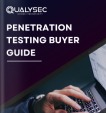
What are the benefits of cloud data security?
Greater visibility
Robust cloud data security features enable you to keep an eye on the inner movement of your cloud, i.e., what data assets you possess and where they reside, who accesses your cloud security services, and what type of data they access.
Data encryption
Organizations have to be capable of safeguarding sensitive information at all times and wherever it may travel. Cloud service providers enable you to meet secure cloud data transfer, storage, and sharing by applying numerous layers of complex encryption for safeguarding cloud information, both during transit and storage.
Easy backups and recovery
Cloud implementation services offer automated and standardized backup solutions, eliminating the need for your team to manually monitor and troubleshoot. Additionally, cloud-based disaster recovery enables rapid data and application restoration within minutes.
Lower costs
Cloud data security lowers the total cost of ownership (TCO) and the administrative and management overhead of cloud data security. Furthermore, cloud providers provide the most recent security features and tools, enabling security professionals to do their work with automation, streamlined integration, and continuous alerting.
Cloud data compliance
Strong cloud data security solutions are built to fulfil compliance requirements, such as having visibility into where data is being stored, who has access to it, how it’s processed, and how it’s being protected. Cloud data loss prevention (DLP) can assist you in finding, classifying, and de-identifying sensitive information with ease to mitigate the risk of breaches.
Advanced incident detection and response
A benefit of cloud data protection is that hosts spend money on the latest AI technology and intrinsic security analytics, which assist you in automatically searching for suspicious traffic to detect and react to security incidents in real time.
Who is responsible for securing your data?
Cloud providers and their customers both have responsibility for cloud security. The specific division of labour will vary based on your deployment and whether you opt for IaaS, PaaS, or SaaS as your cloud computing model.
Generally, a cloud provider is responsible for the security of the cloud itself, and you are responsible for securing anything within the cloud, including data, user identities, and access rights (identity and access management).
At Qualysec, we can assist you in applying best practices through secure-by-default configurations, blueprints, policy hierarchies, and premium security features to enable developing security consistency on your platforms and tools.
“Read more: Cloud Infrastructure Security – Importance, Challenges, Best Practices“
What it means to be compliant:
To be compliant in the case of the cloud means that any systems and services must safeguard data privacy based on legal standards and data protection regulations, data sovereignty, or data localization legislation. Some sectors, like financial services or healthcare, will also have a secondary set of laws that include mandatory guidelines and security procedures that must be adhered to.
That is why we must look to cloud service providers and carefully analyze their cloud security. Reliable cloud data security service provider will not only seek to ensure that their platforms and services comply but should be willing to engage with you themselves to get an understanding of, and work on, your unique regulatory and risk management requirements.
“Learn more in our detailed guide to Compliance Security Audit!“
Talk to our Cybersecurity Expert to discuss your specific needs and how we can help your business.
Best Practices for Implementing Cloud Data Security
By adopting best practices for data detection and classification, you can deploy controls and technologies that assist in securing data.
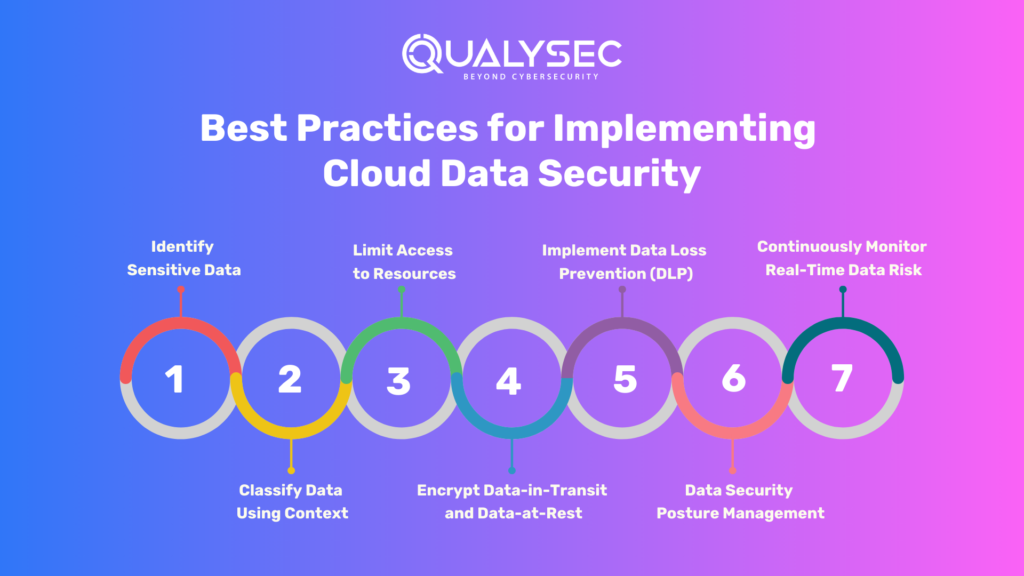
Identify Sensitive Data
To secure data, you first must determine what sensitive data you possess and where it is located. To obtain visibility into sensitive data that is critical and static data risk, you must discover and classify structured and unstructured sensitive data in:
- Public cloud platforms, such as storage like S3 buckets, RDS, and EFS
- Virtualization environments
- Data analytics platforms such as Redshift
- Databases as a Service such as Snowflake
- Shadow data
Classify Data Using Context
After you identify where sensitive information is, you must classify it based on:
- Type
- Sensitivity level
- Regulating law
Your process must include the ways the data flows in your organization, who accesses it, and how they do so.
Limit Access to Resources
With all your data labelled and categorized, you can establish user access permissions. You should restrict access as specifically as possible, giving each user the minimum amount of access required to perform their job function. You should implement a mix of:
- Role-based access controls (RBAC): permissions given to an individual based on their role within the organization, such as job function or department
- Attribute-based access controls (ABAC): rights that include context, such as user device security, geographic location, or time of day
Encrypt Data-in-Transit and Data-at-Rest
Almost all compliance requirements demand that organizations encrypt data at rest and in transit. Encryption renders data useless unless the decryption key is with the recipient. If an unauthorized person gets hold of it, they will not be able to read it.
Implement Data Loss Prevention (DLP)
When you have users working together, you can suffer from data leakage or loss, which means that a person shares data outside the organization when they shouldn’t. Data loss can be due to:
- Accidental sharing in collaboration
- Threat actors breach systems and networks to steal information
- Malicious insiders downloading data
You should seek DLP solutions that execute near real-time data risk detection in multi-cloud environments as data moves between clouds and applications.
Data Security Posture Management
Since humans consume data, you require visibility into how users access various datasets so that you know the changing nature of data flows.
You can utilize data security posture management (DSPM) to discover static risks such as:
- Misconfigurations, including logging disabled
- Encryption turned off
- Versioning problems
- Permissions
Continuously Monitor Real-Time Data Risk
Because cloud environments are dynamic, your data risk posture is in constant flux.
Secondly, you must apply threat modelling and threat intelligence for live risk discovery that encompasses:
- Recently created data assets
- Newly discovered threats
- New Attack Practices Affecting Your Cloud Services Providers
Create a Single Source for Continuous Monitoring, Remediation, and Documentation
For end-to-end visibility that records your data security posture, you should consolidate all monitoring and remediation in one place. With an end-to-end data security posture management (DSPM) and data detection and response (DDR) platform, you benefit from:
- A data-focused view of your cloud data assets, including content, identities and access, and data vulnerabilities and exposures
- Risk-based alerts that lead with real-world attack patterns for visibility into exploitability
- Automated remediation of data access violations related to business workflows
- Audit report by cloud, geographic location, and compliance standard.
Conclusion
Cloud data security is essential for securing sensitive data in the cloud. Cloud data security entails applying techniques such as encryption, access control, and threat detection to secure data against unauthorized access, breaches, and cyber-attacks. QualySec provides effective cloud data security solutions to enable businesses to secure their data. Begin securing your cloud data today—schedule a meeting with our cybersecurity experts now!

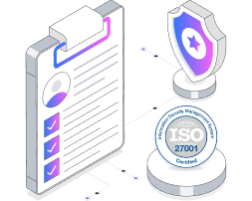
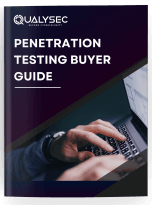


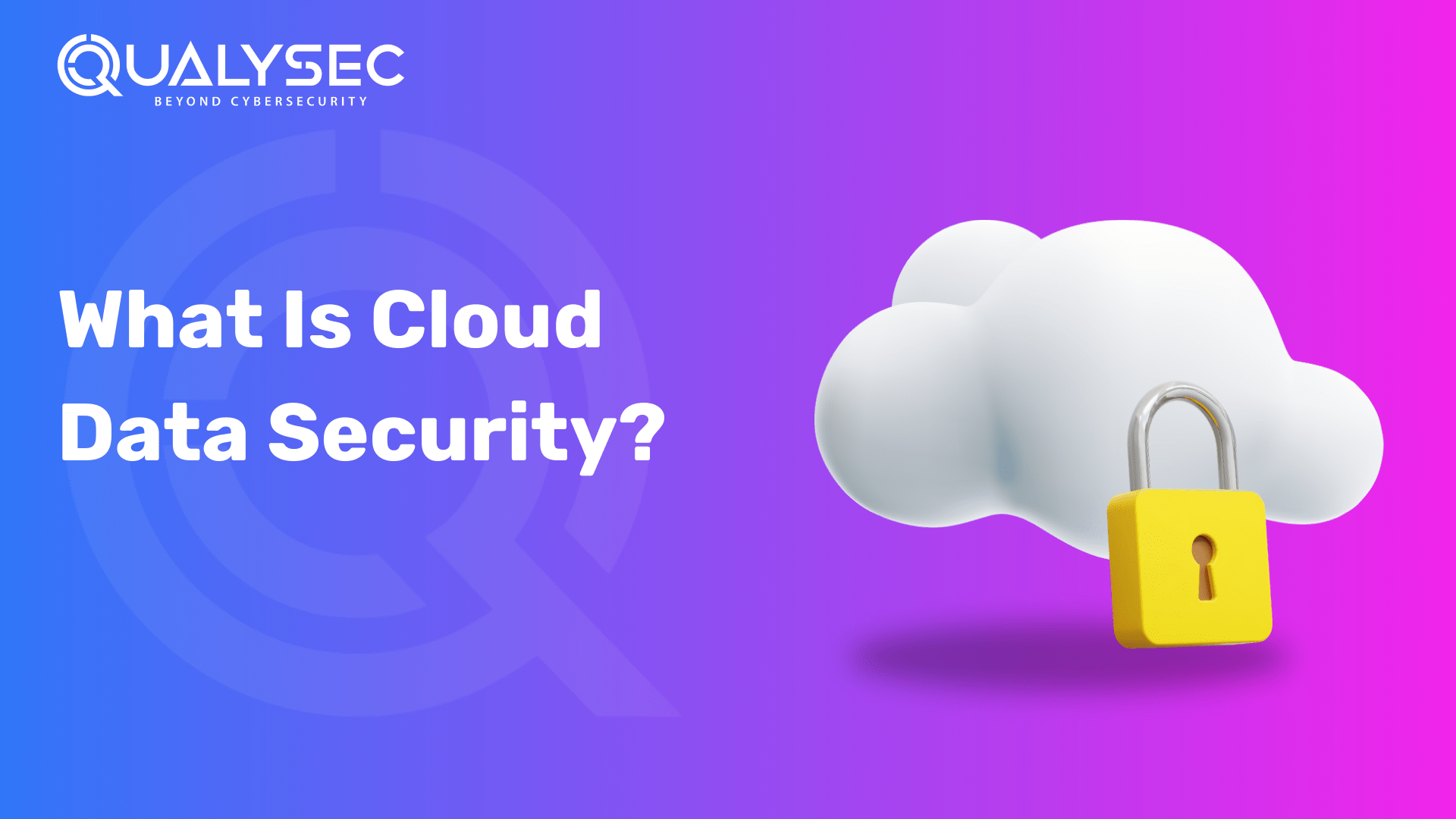




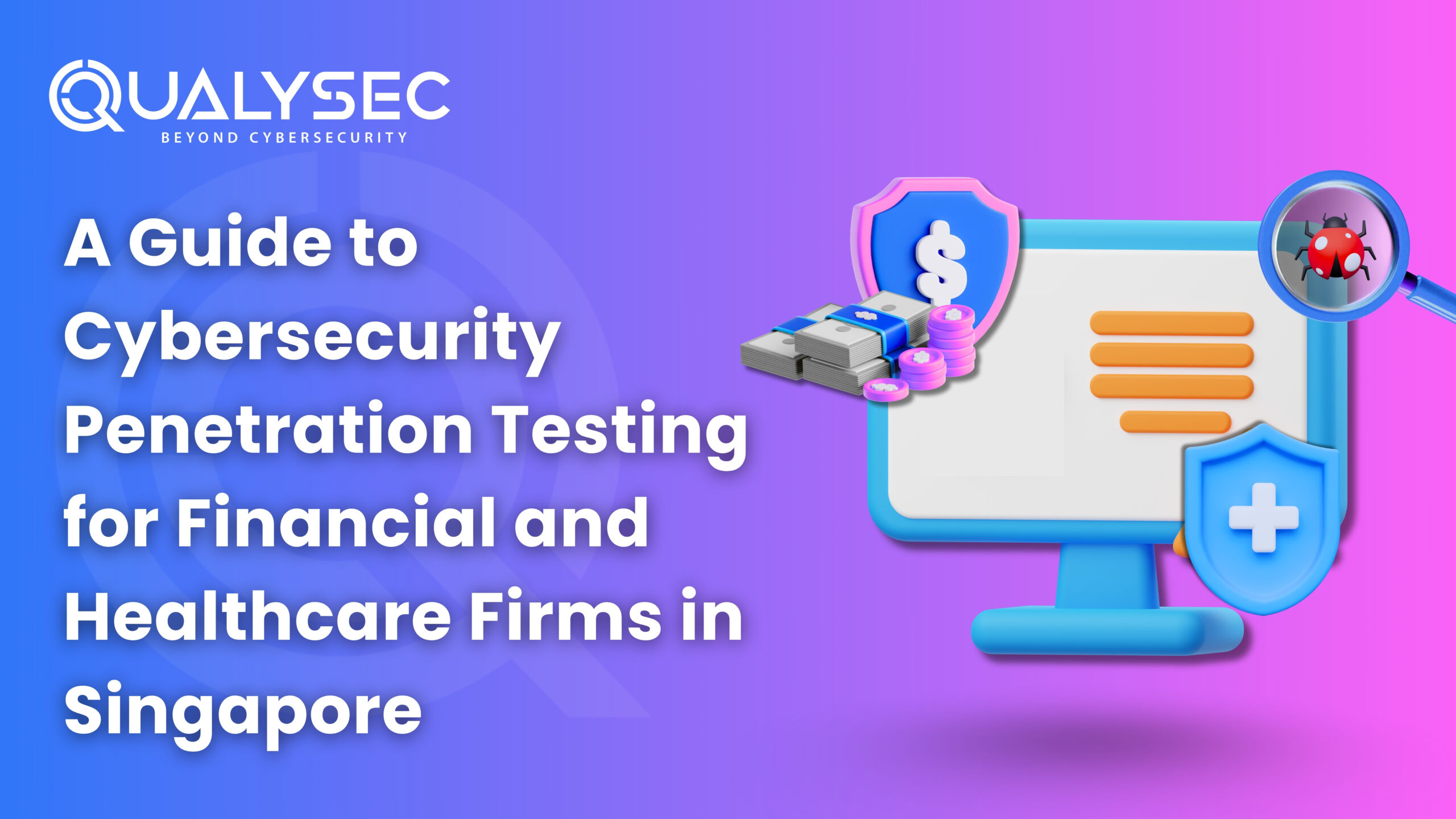

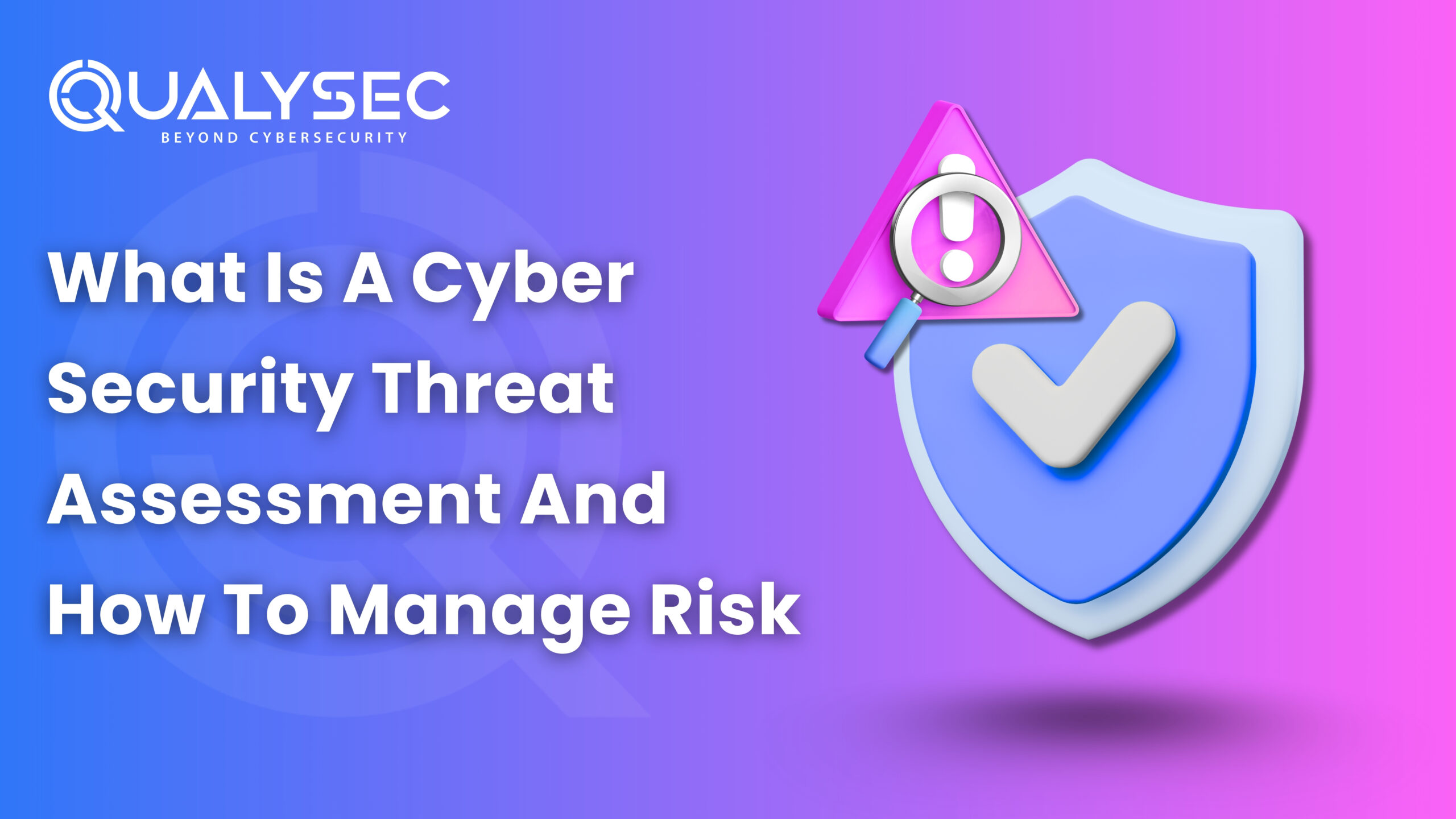

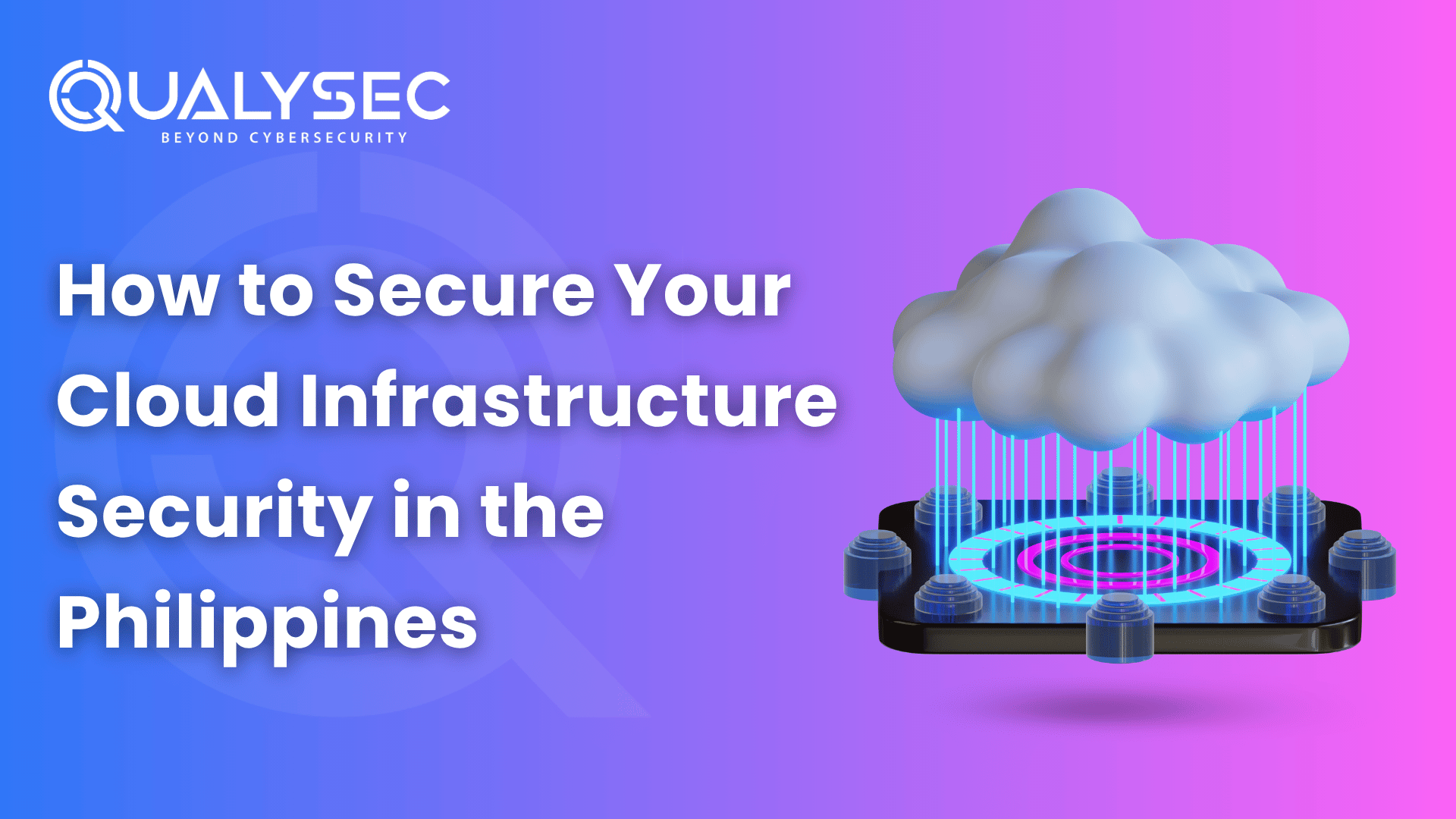
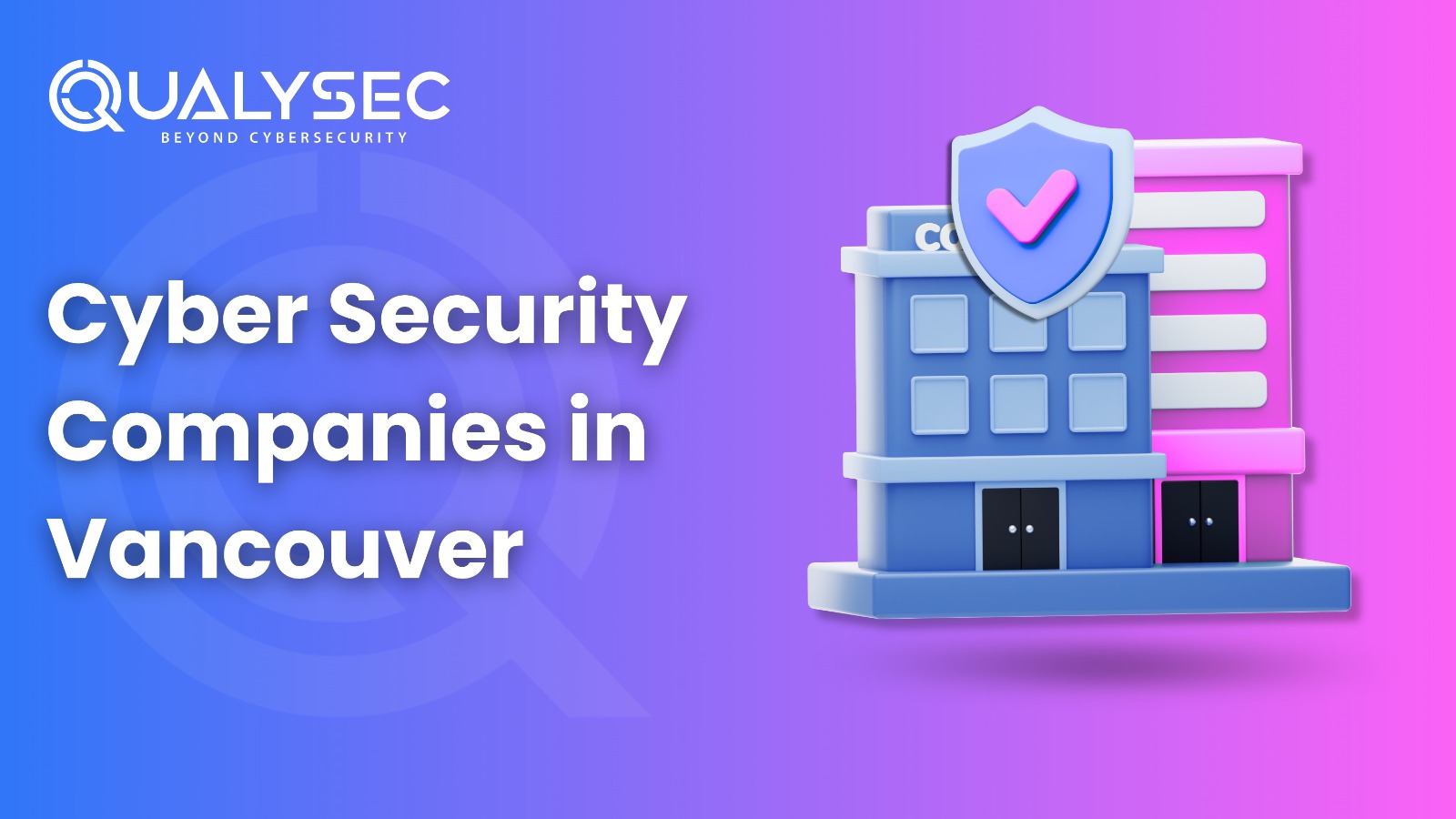
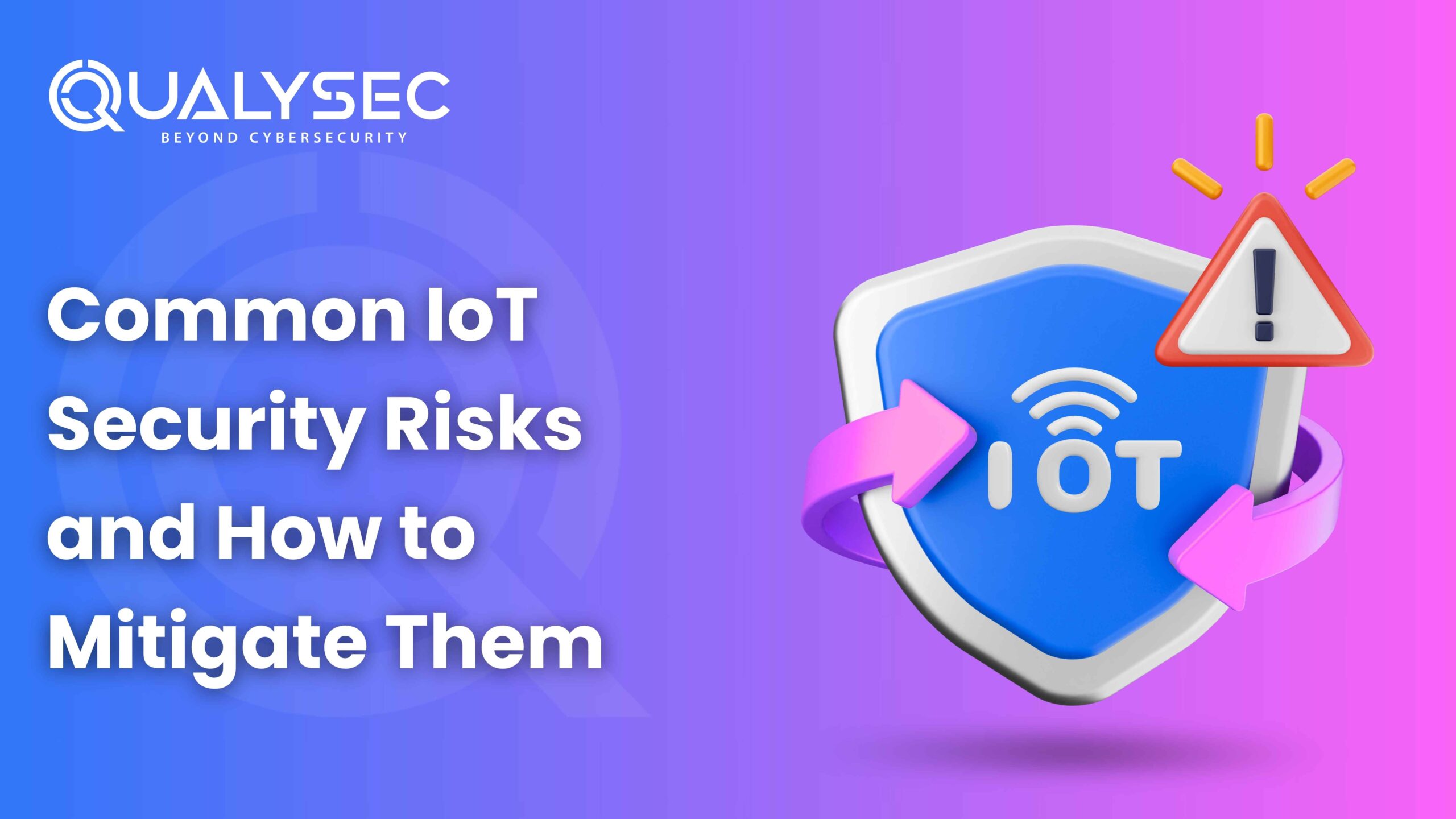
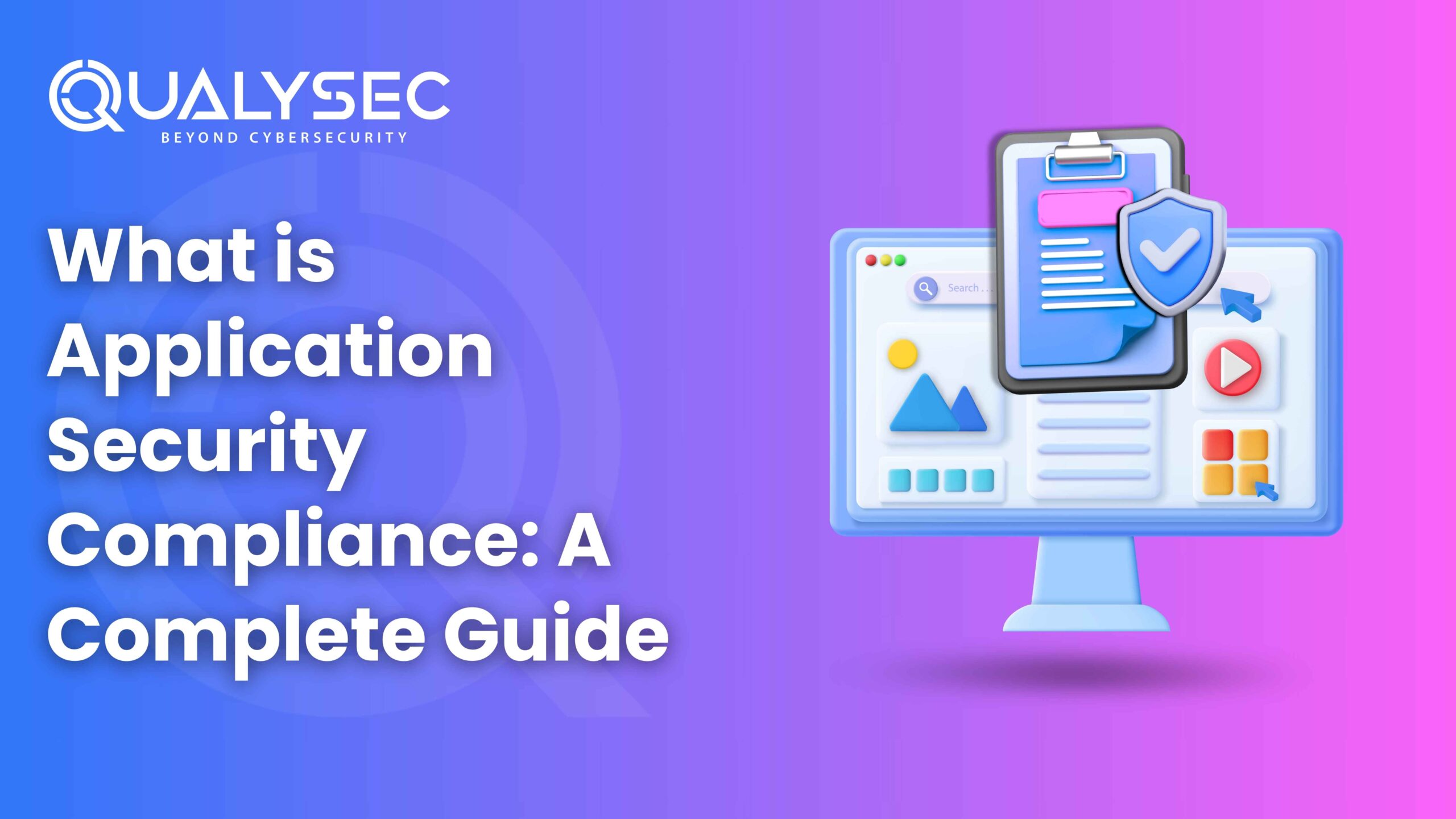
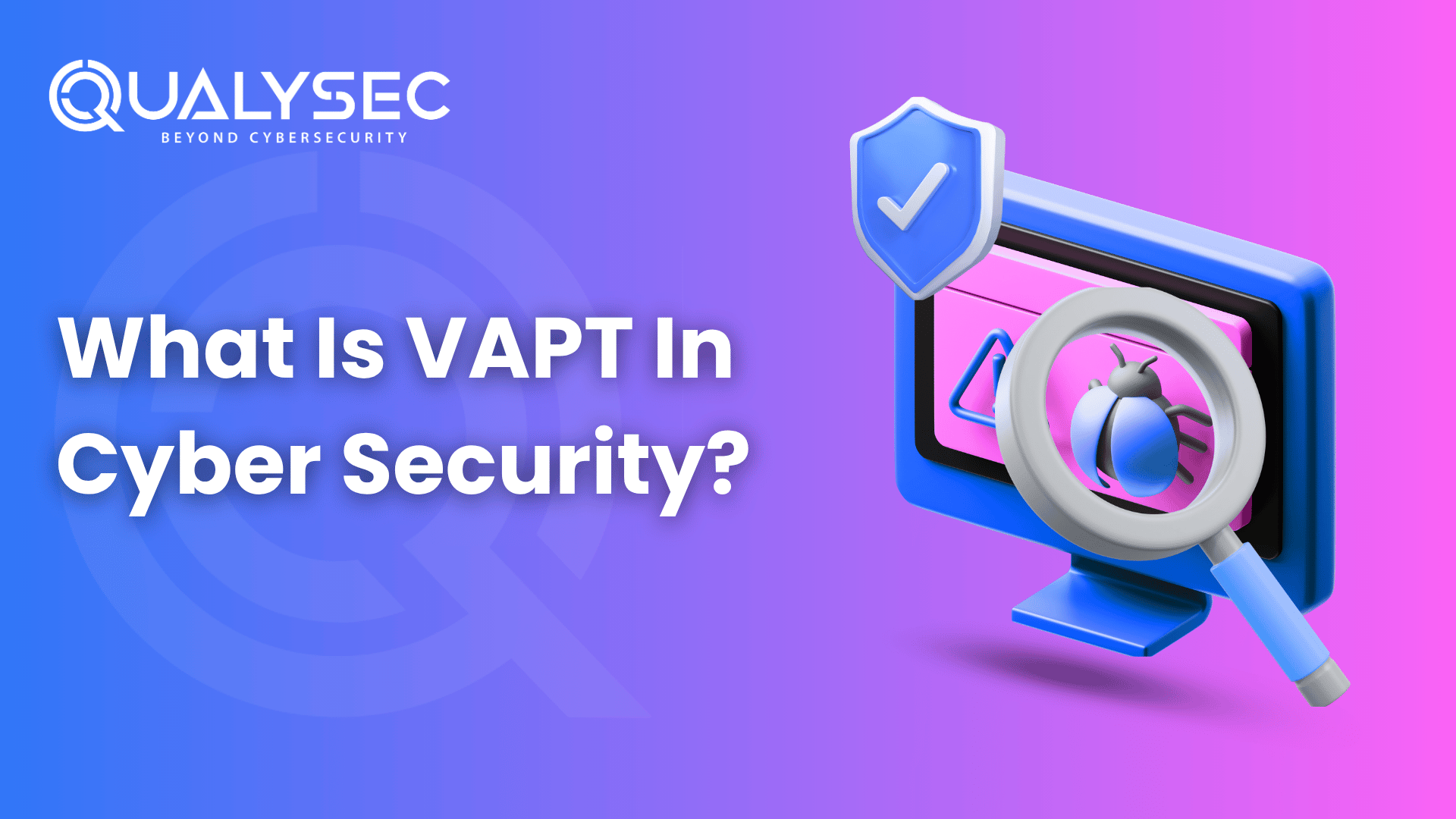
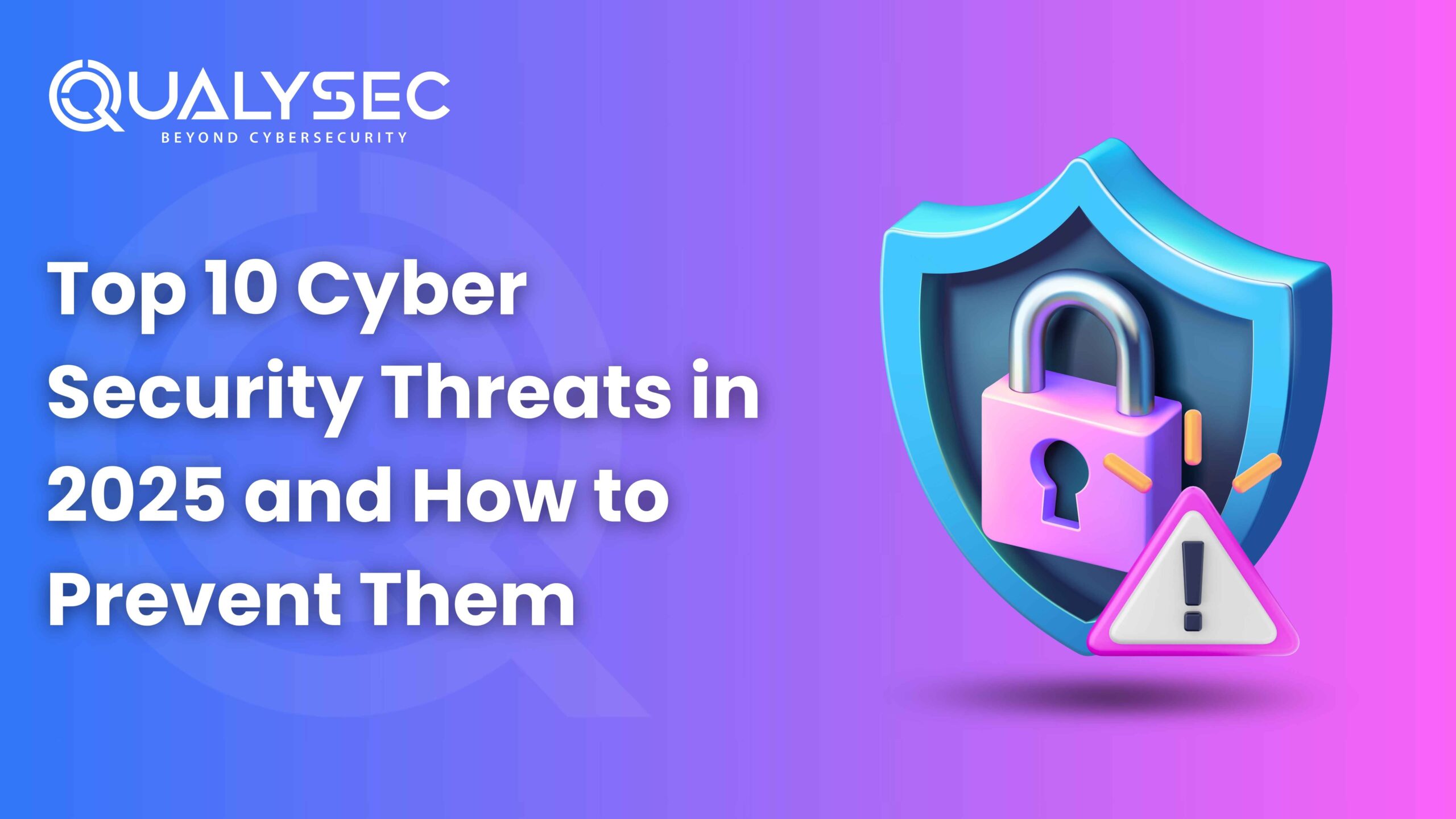
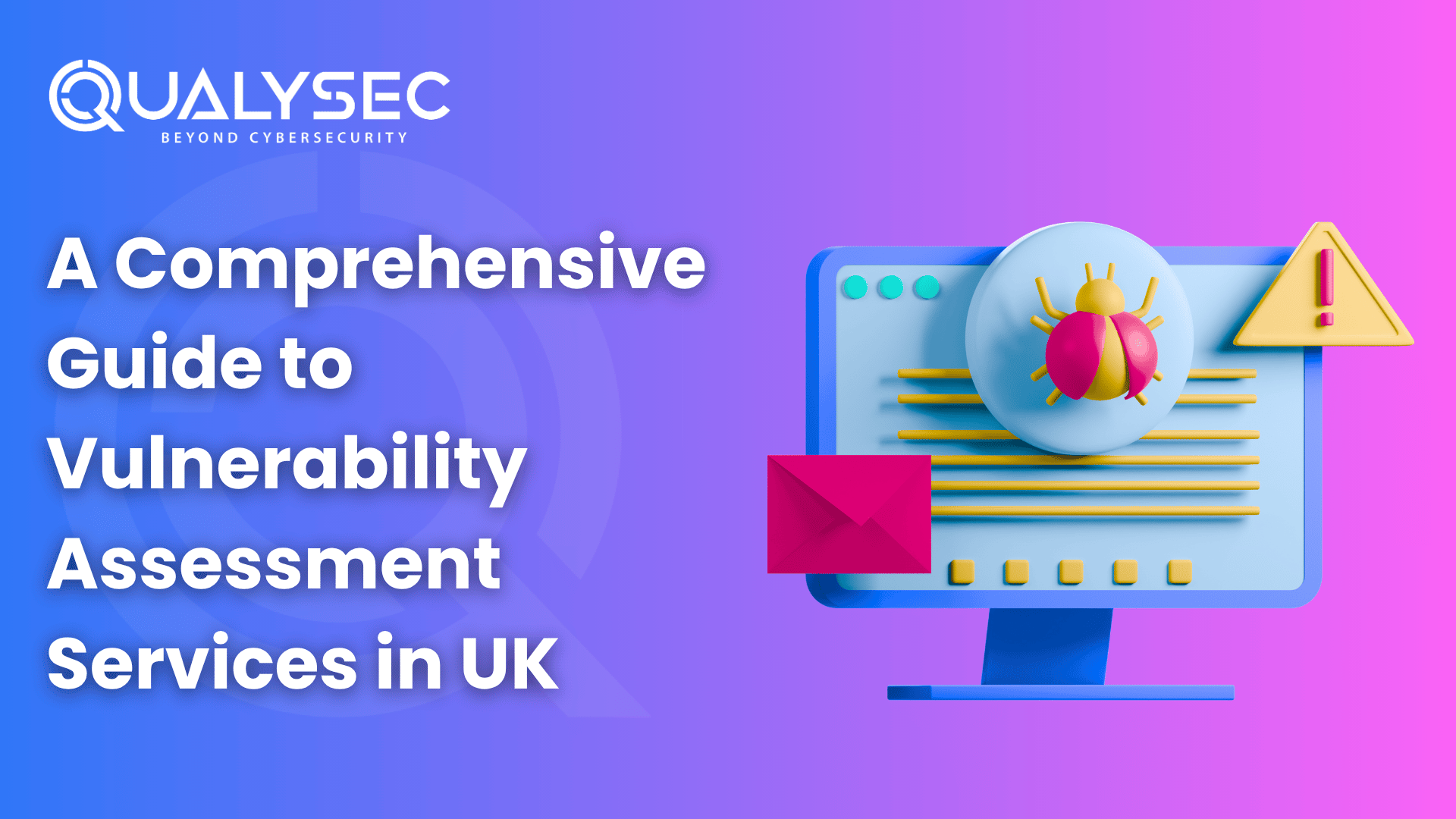
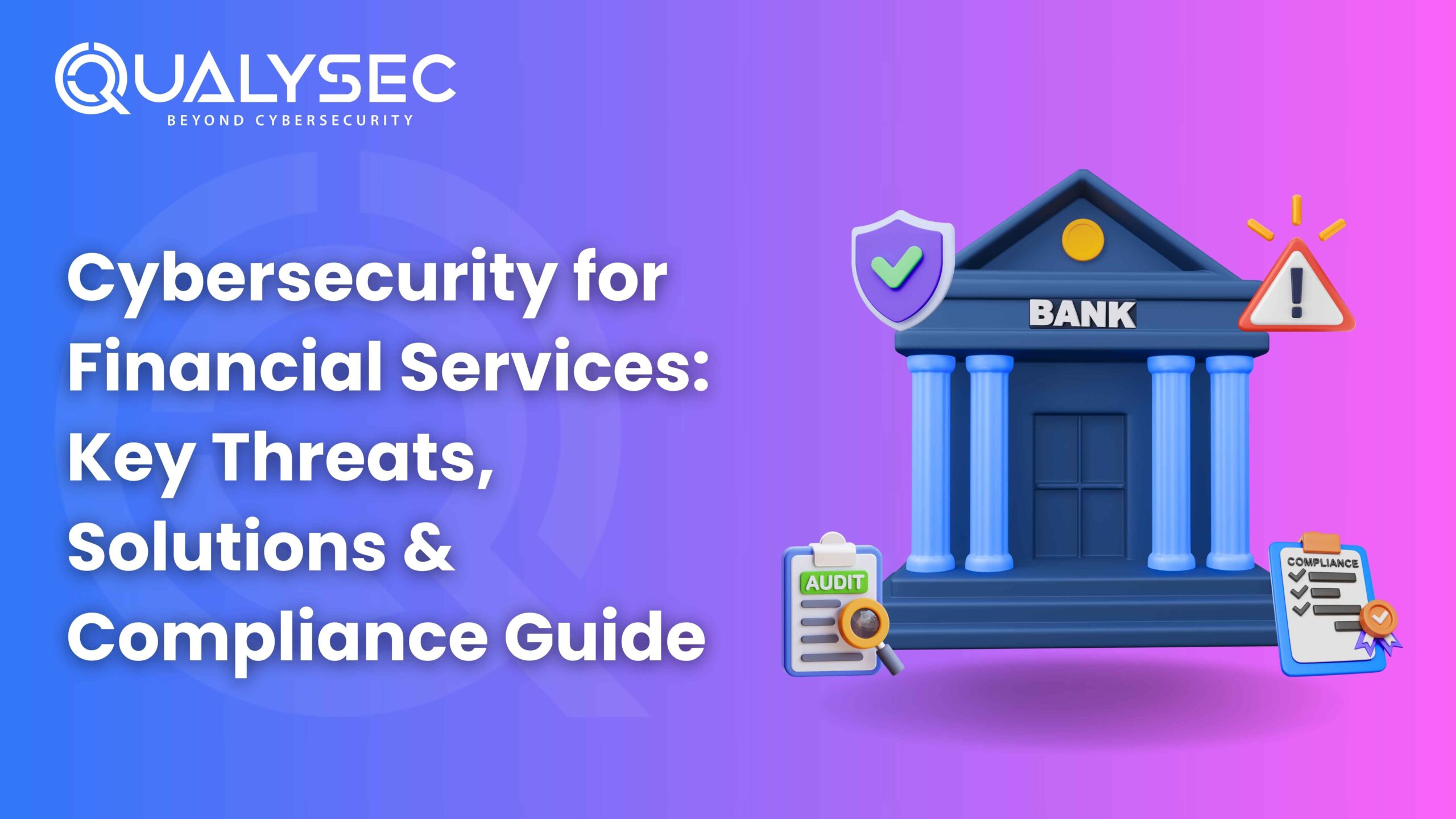
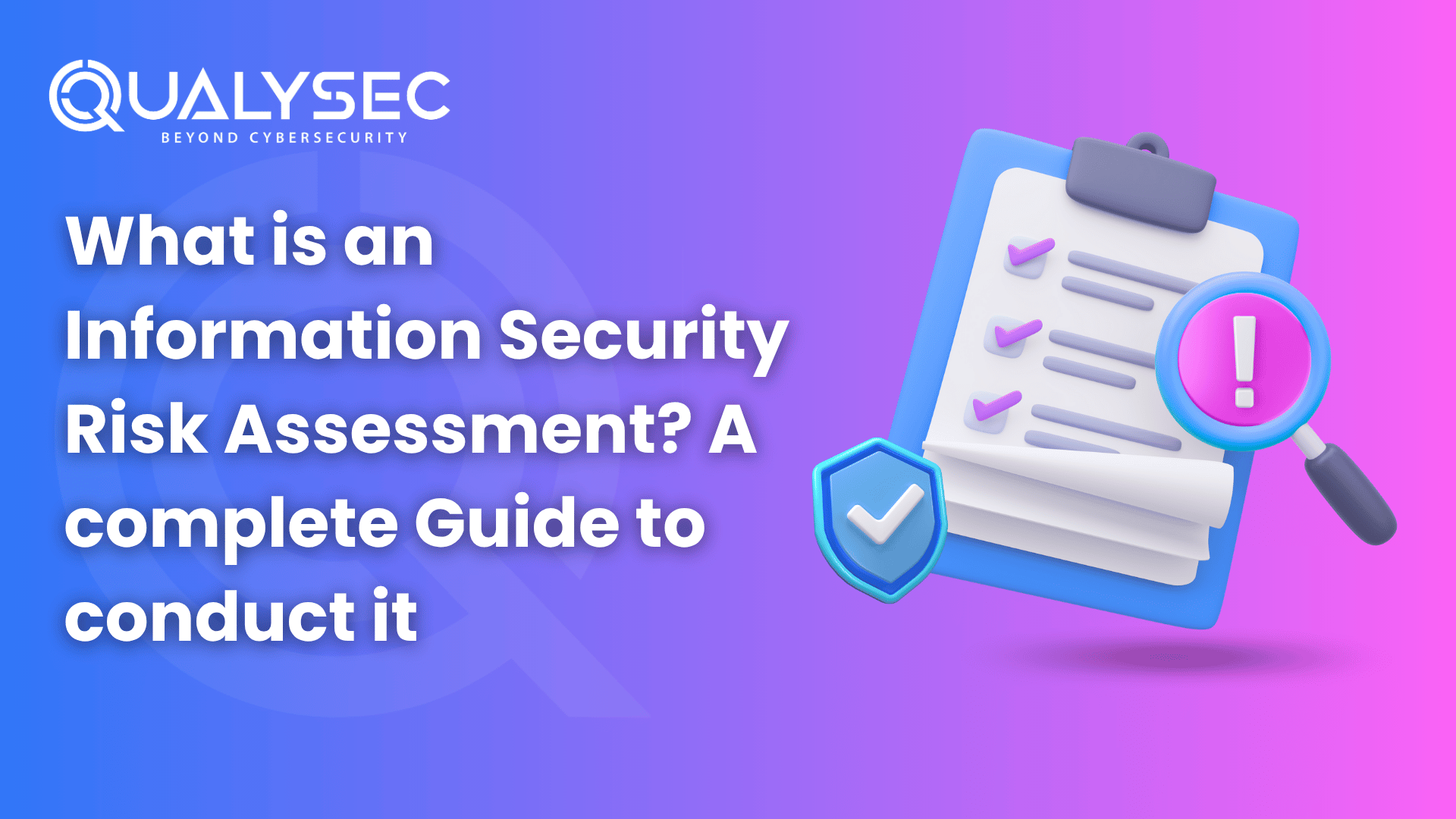
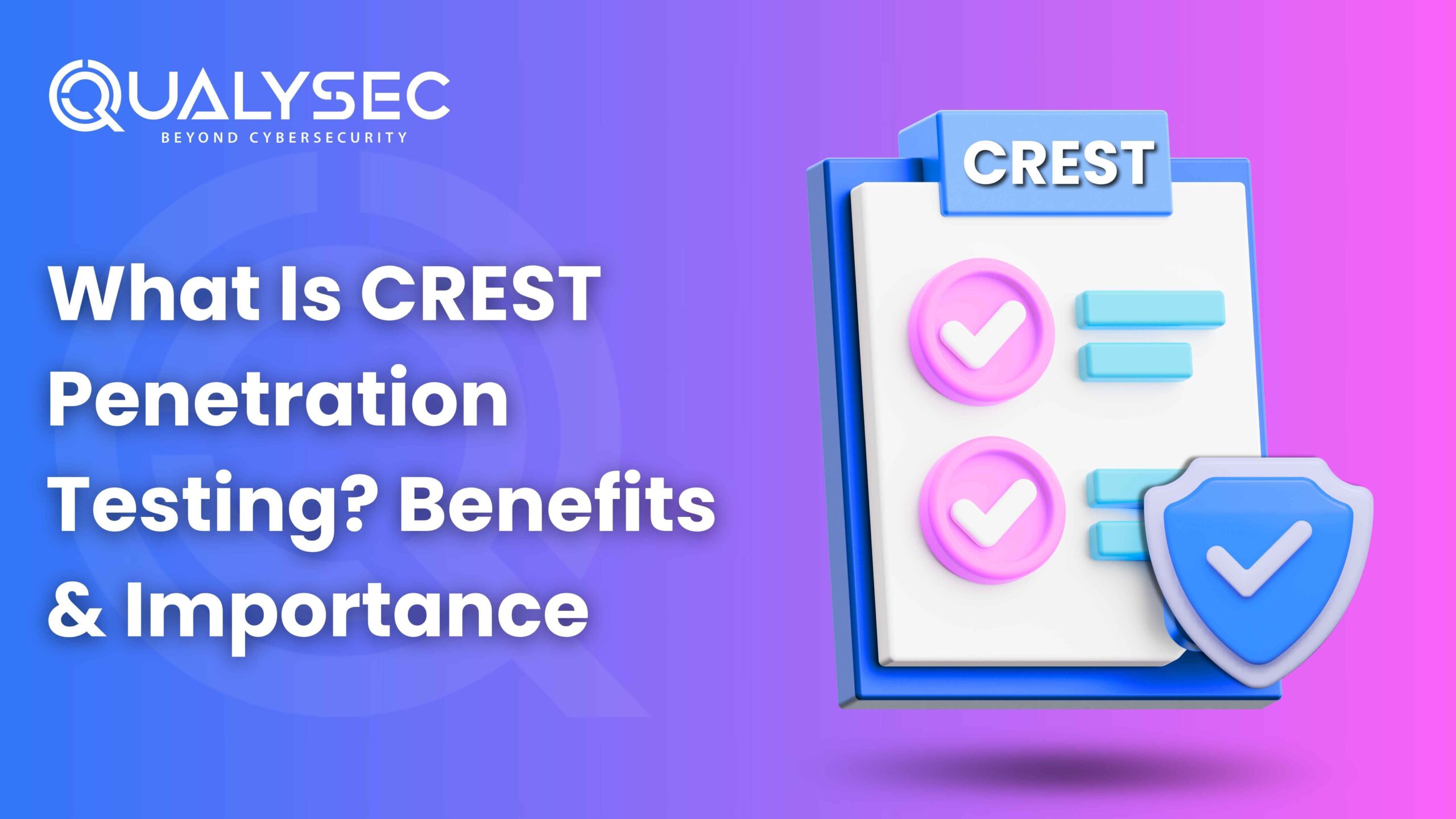
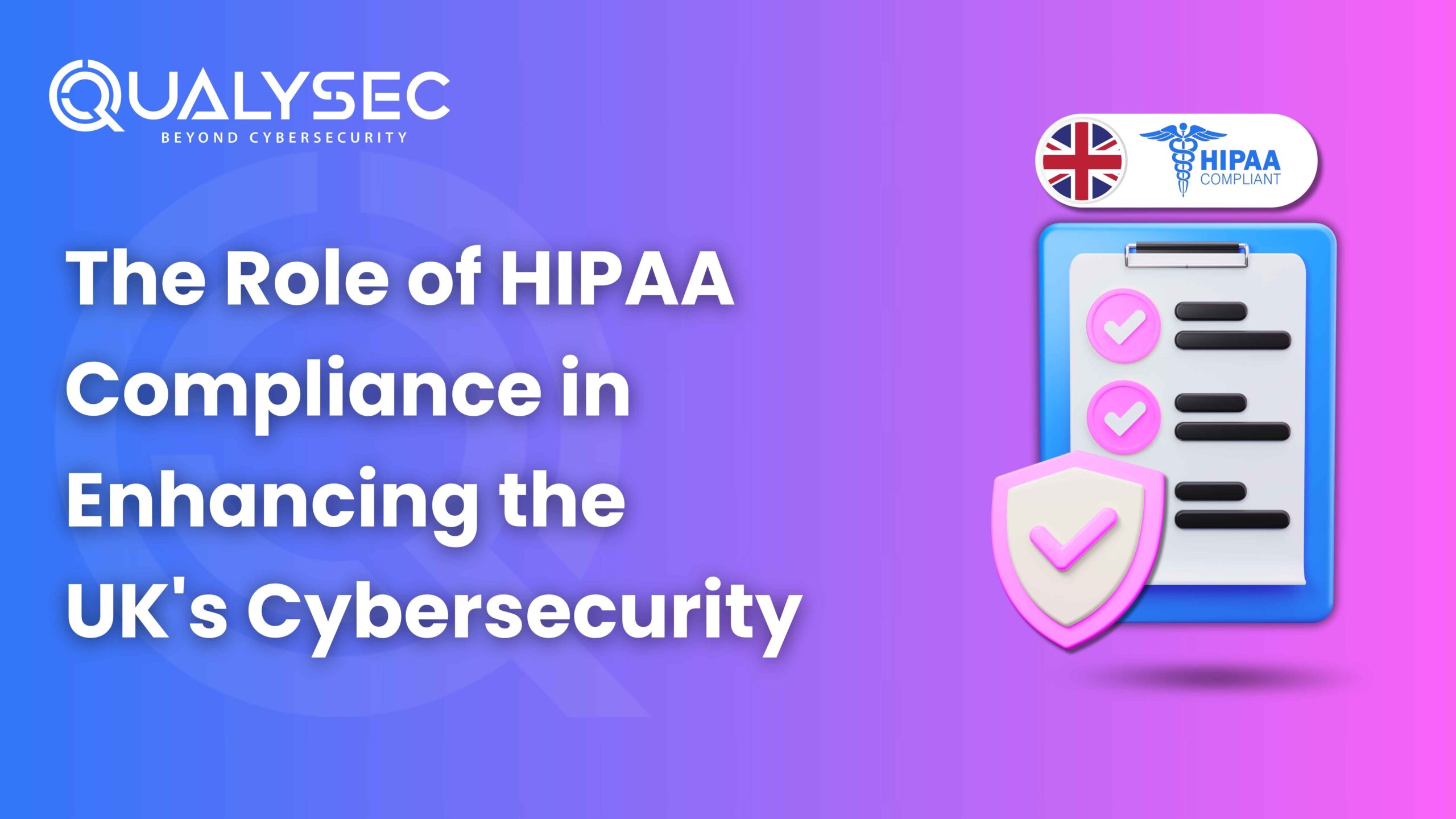
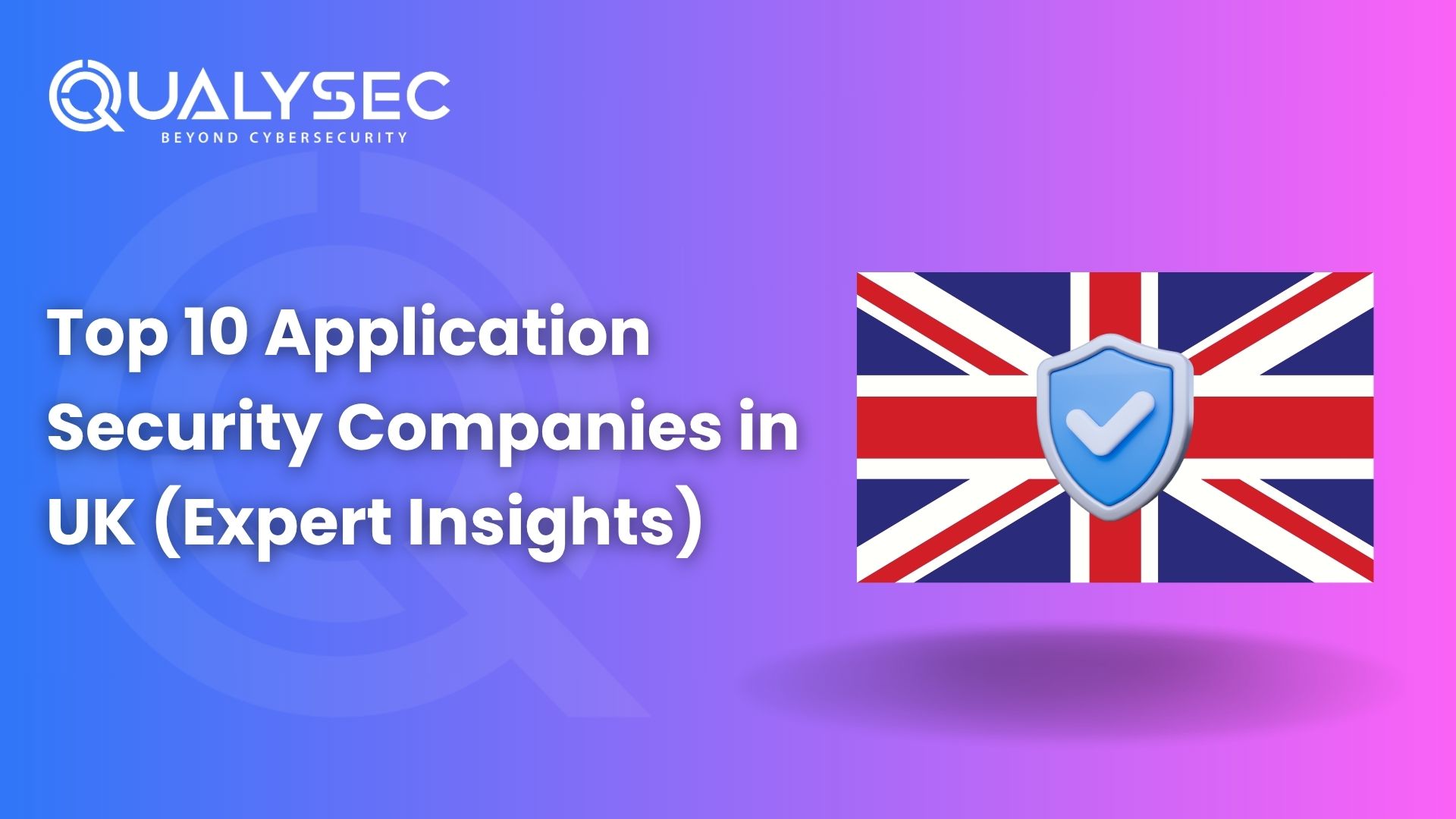
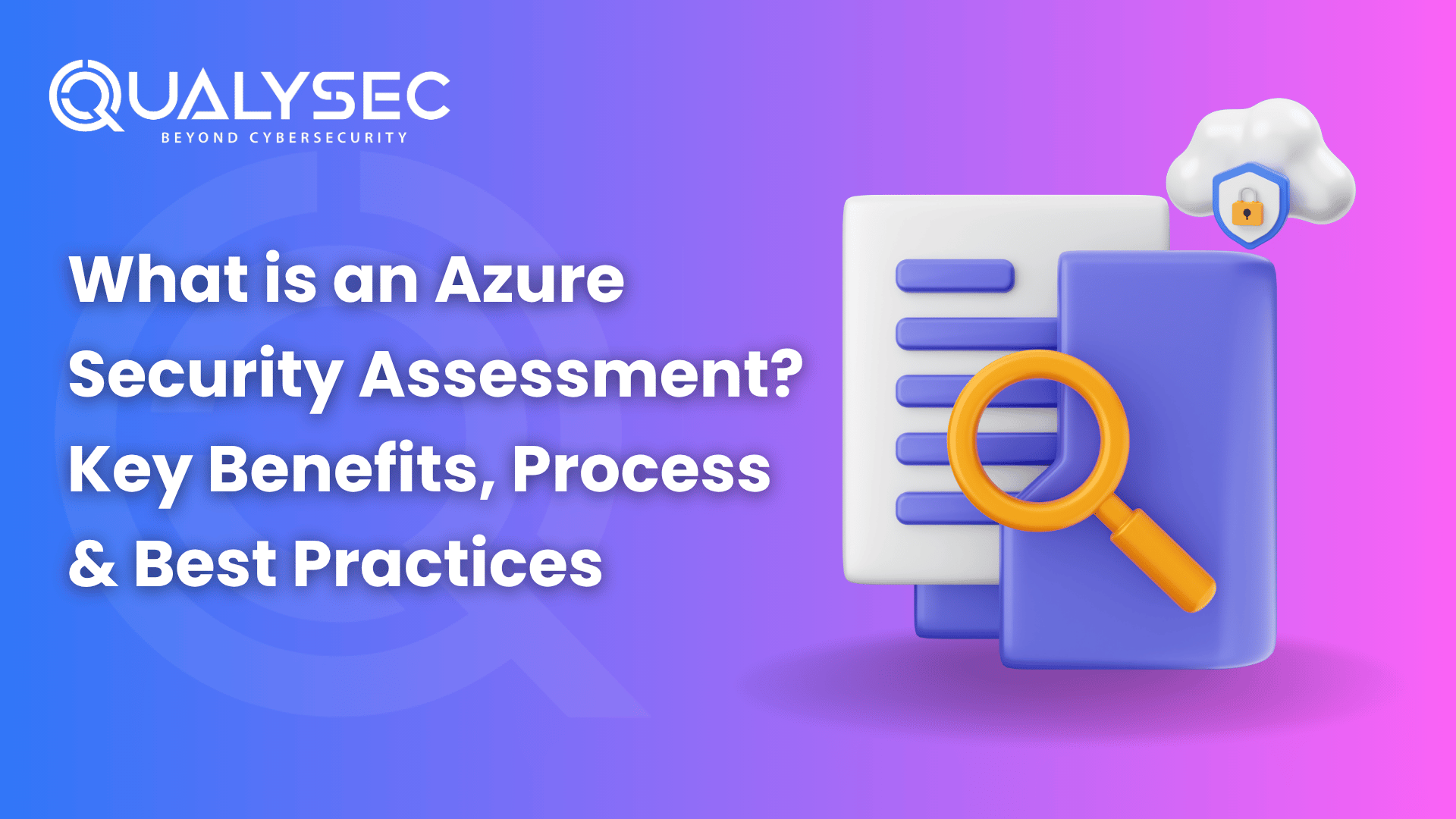

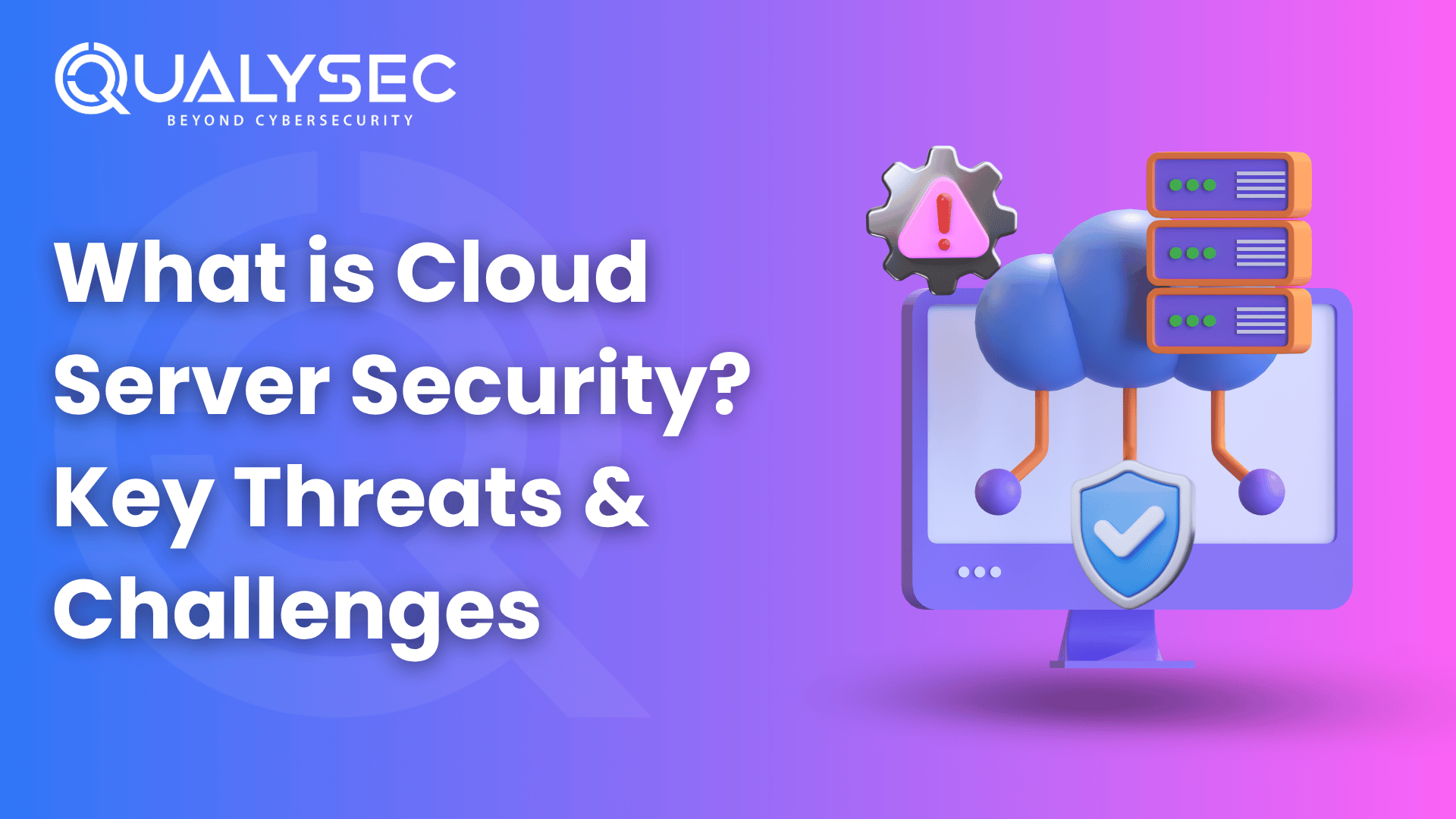
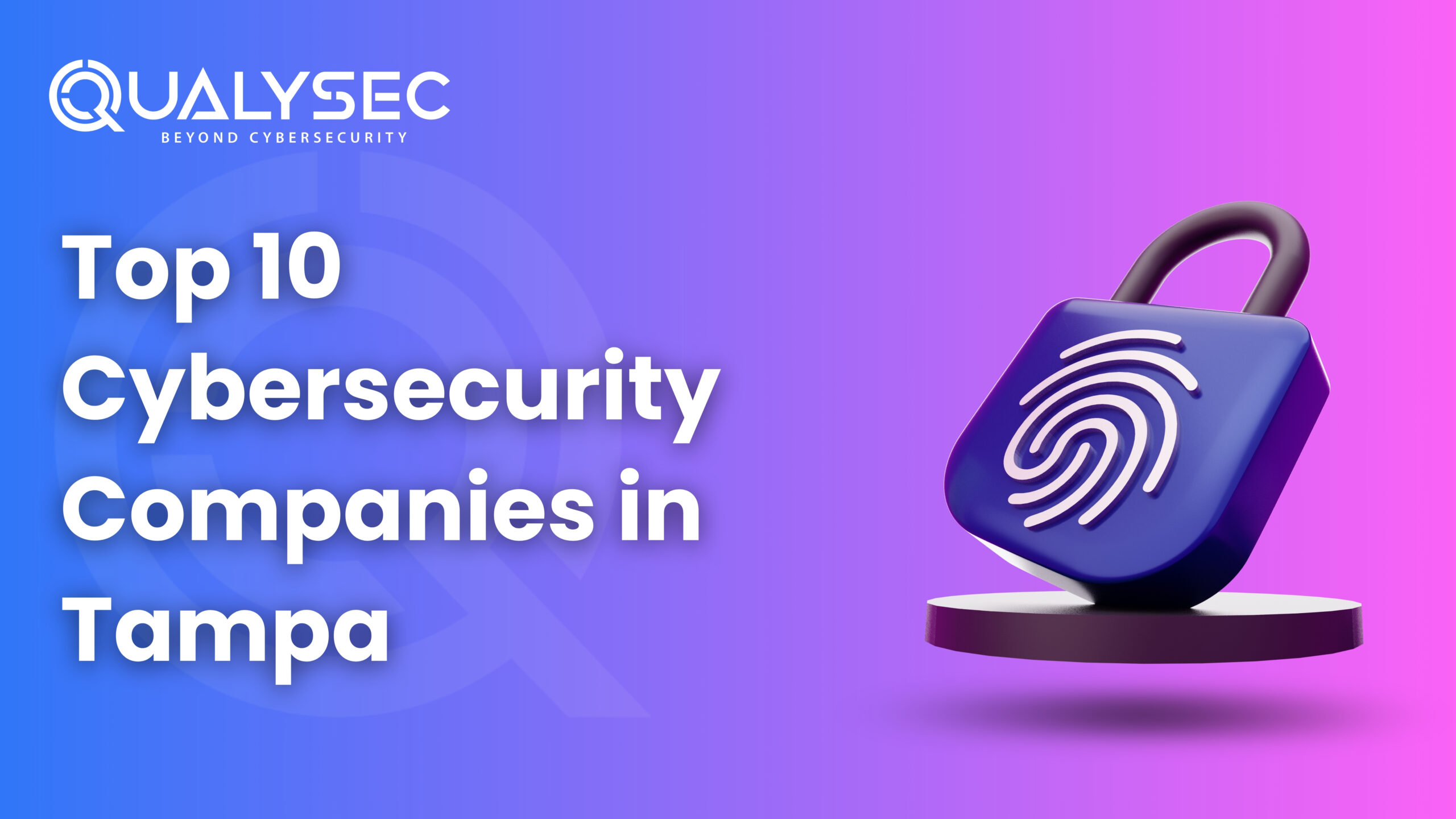

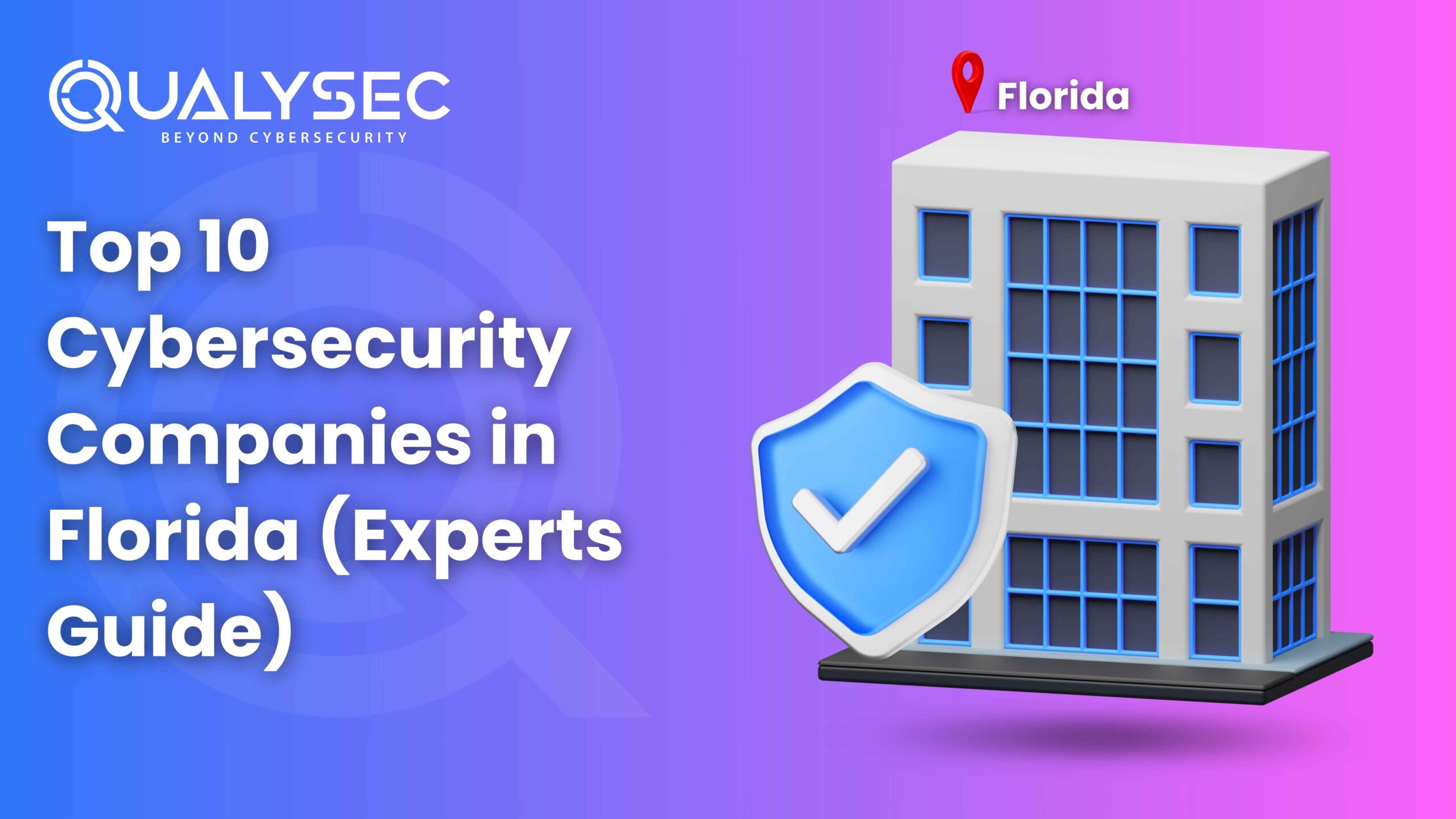
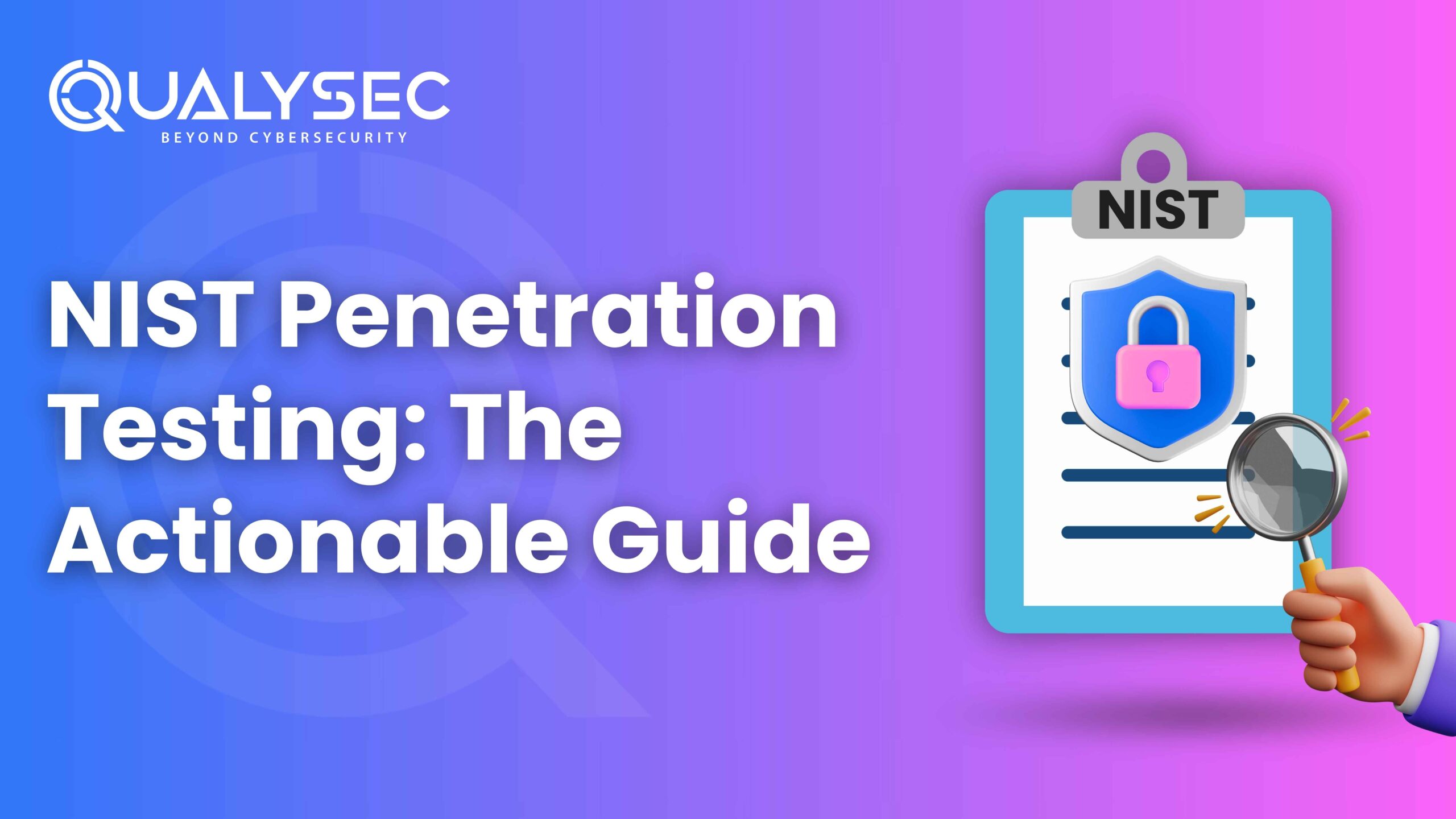
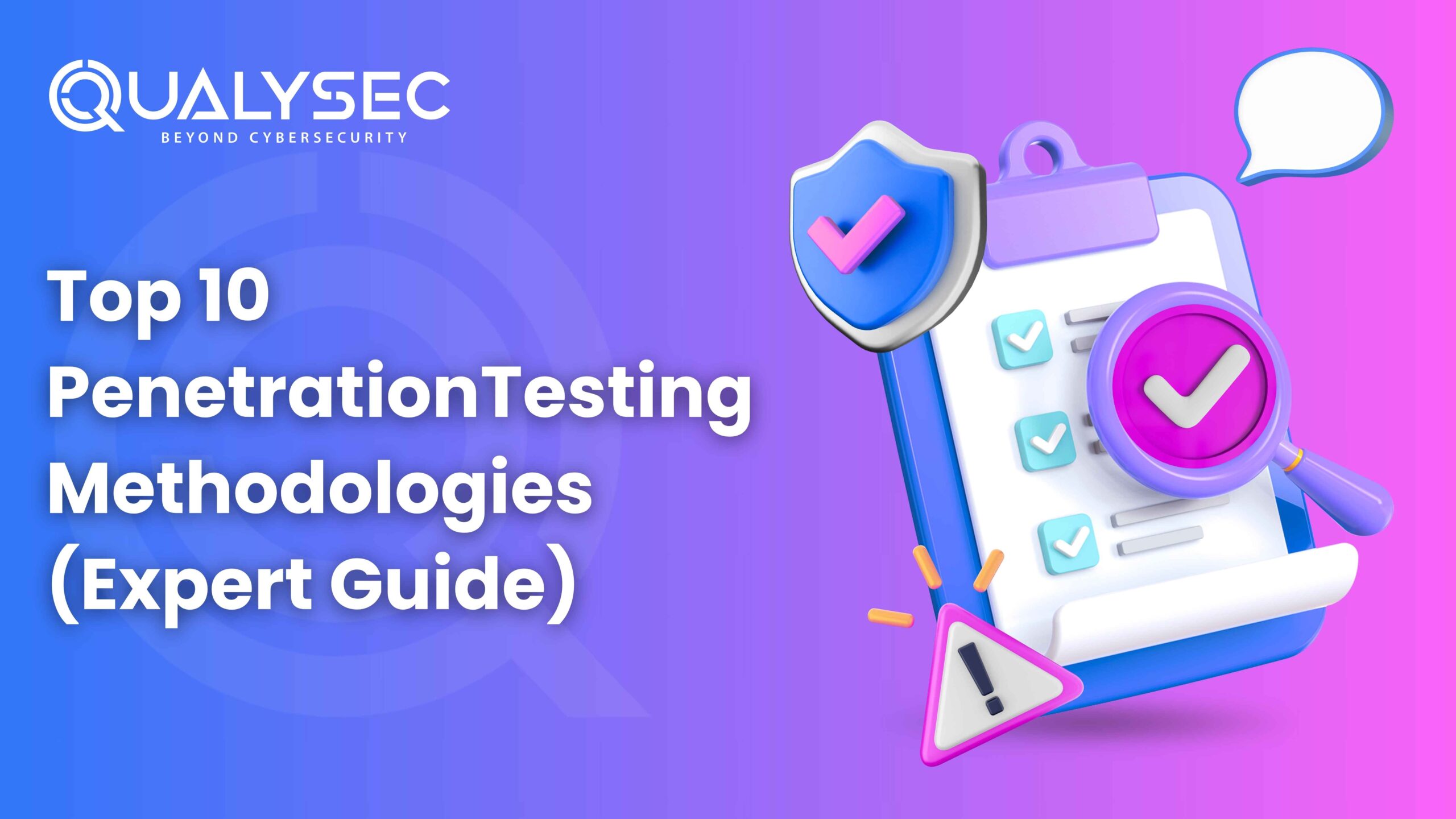
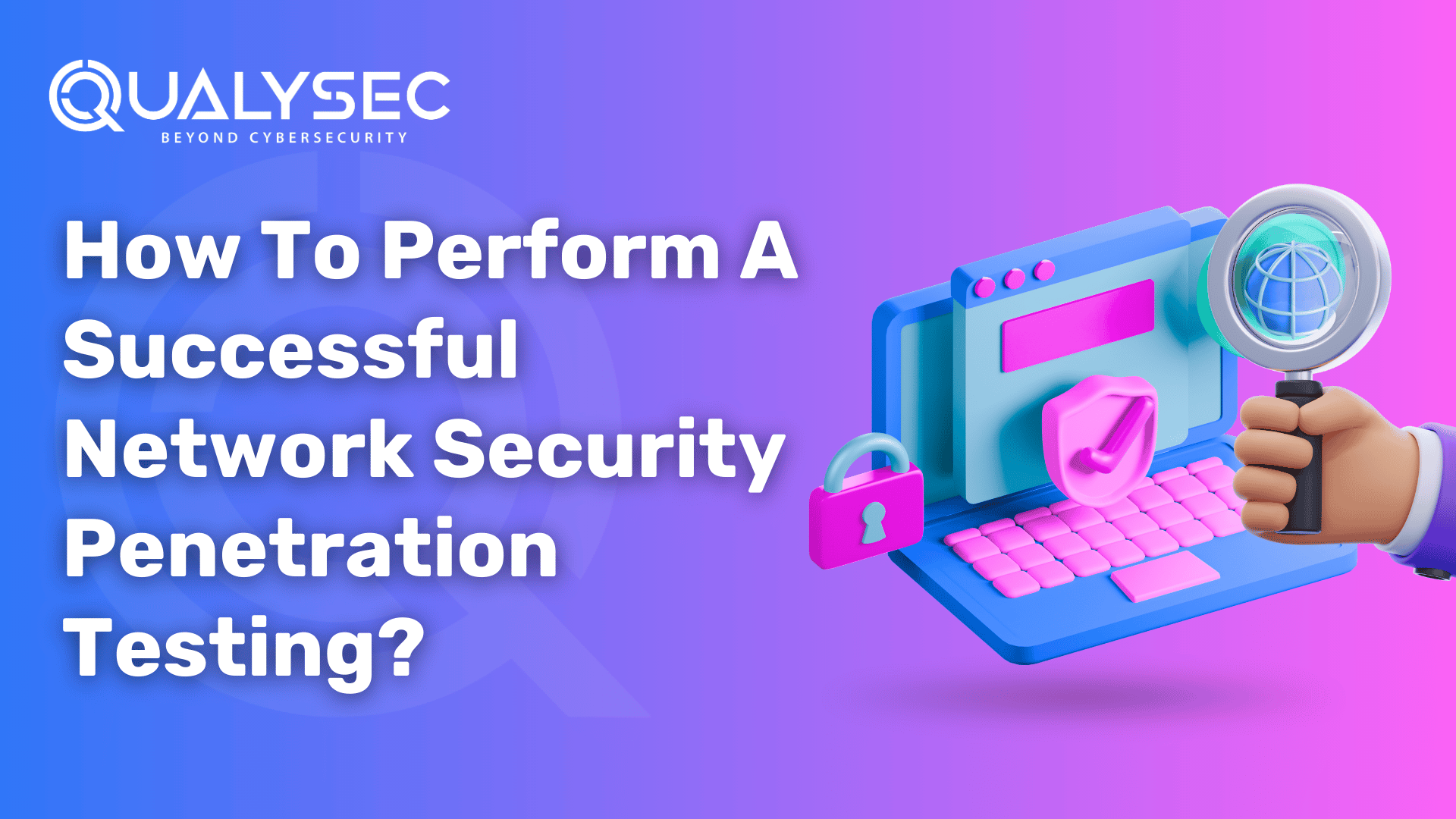
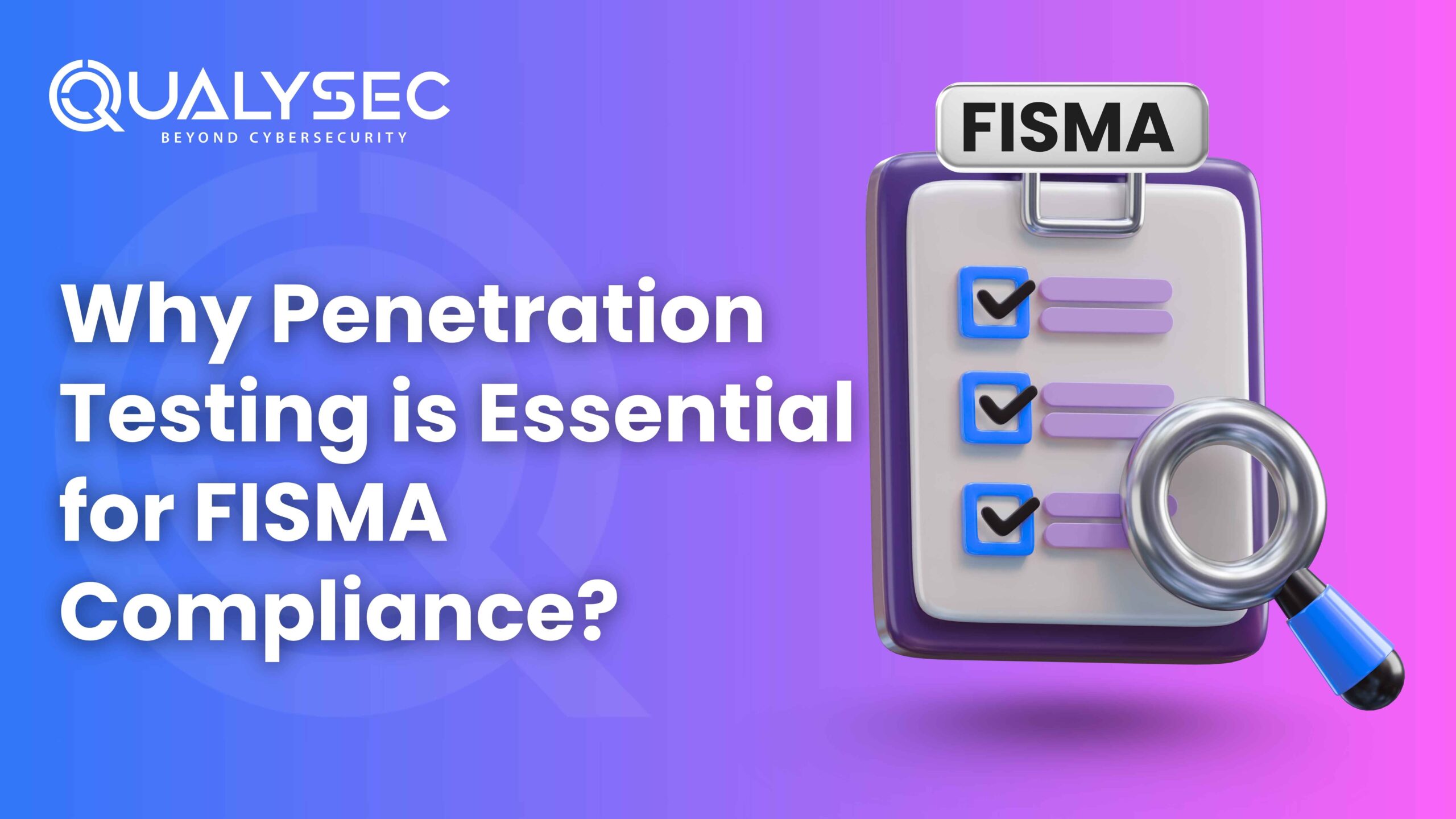
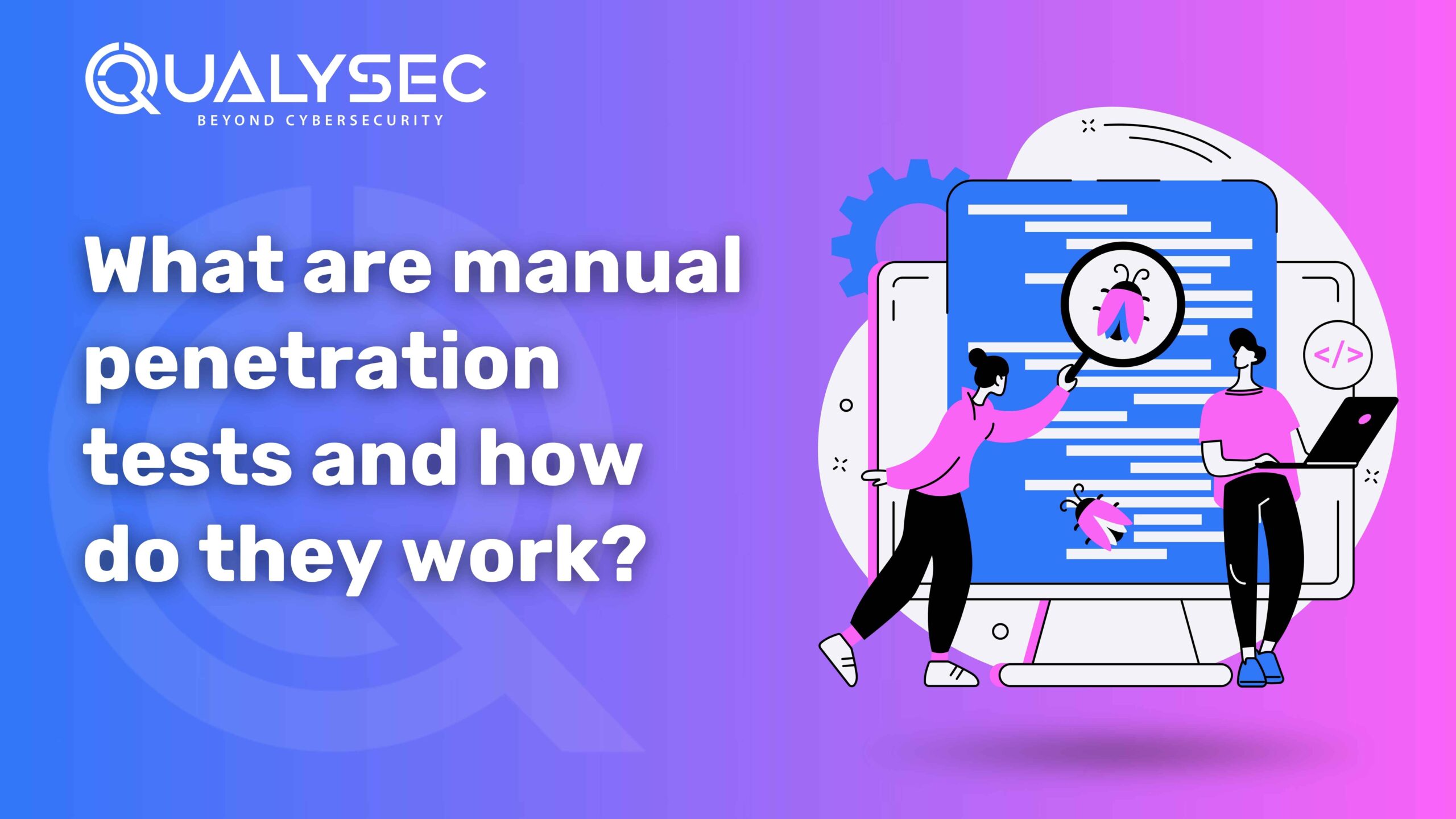
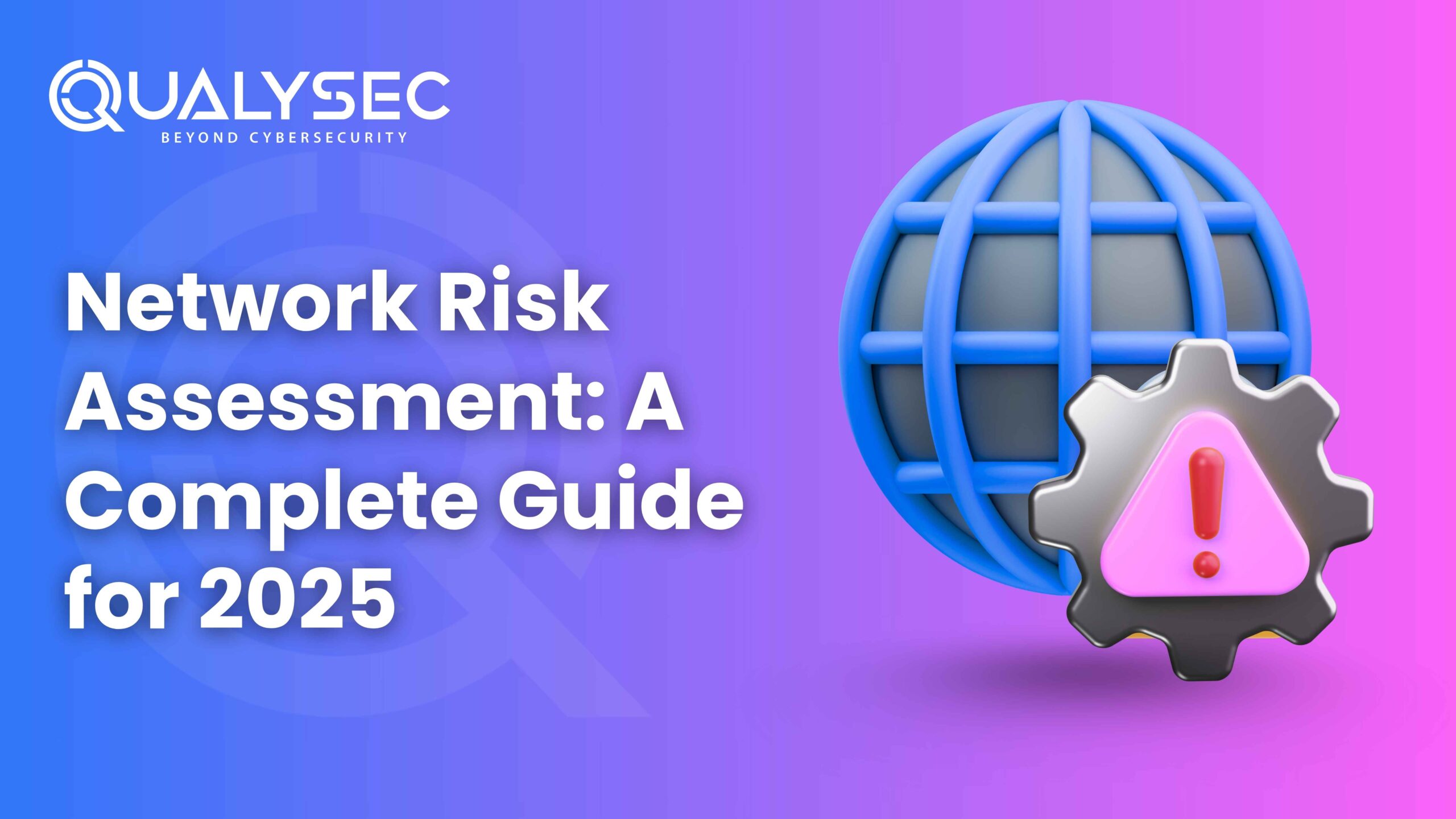
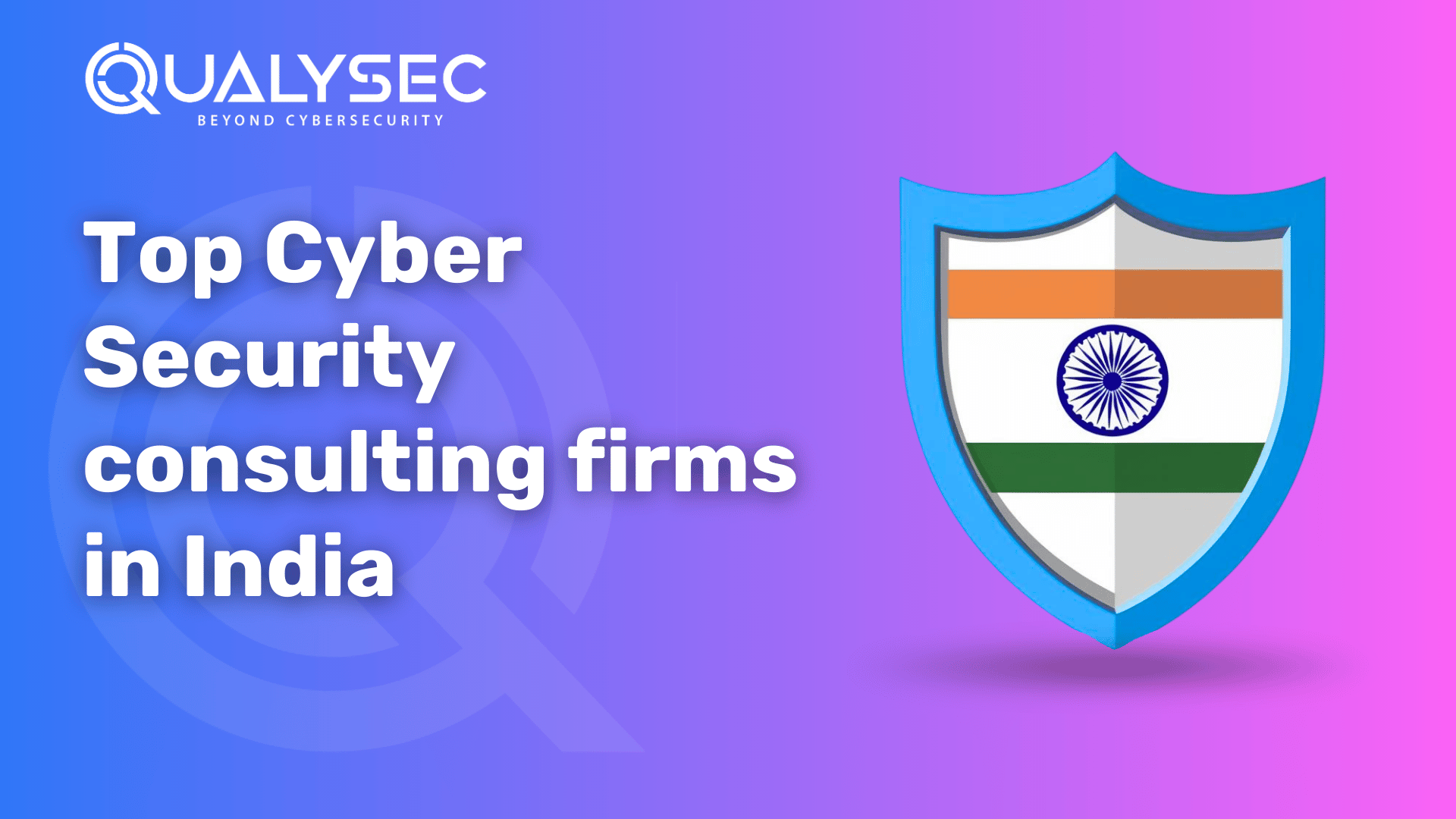
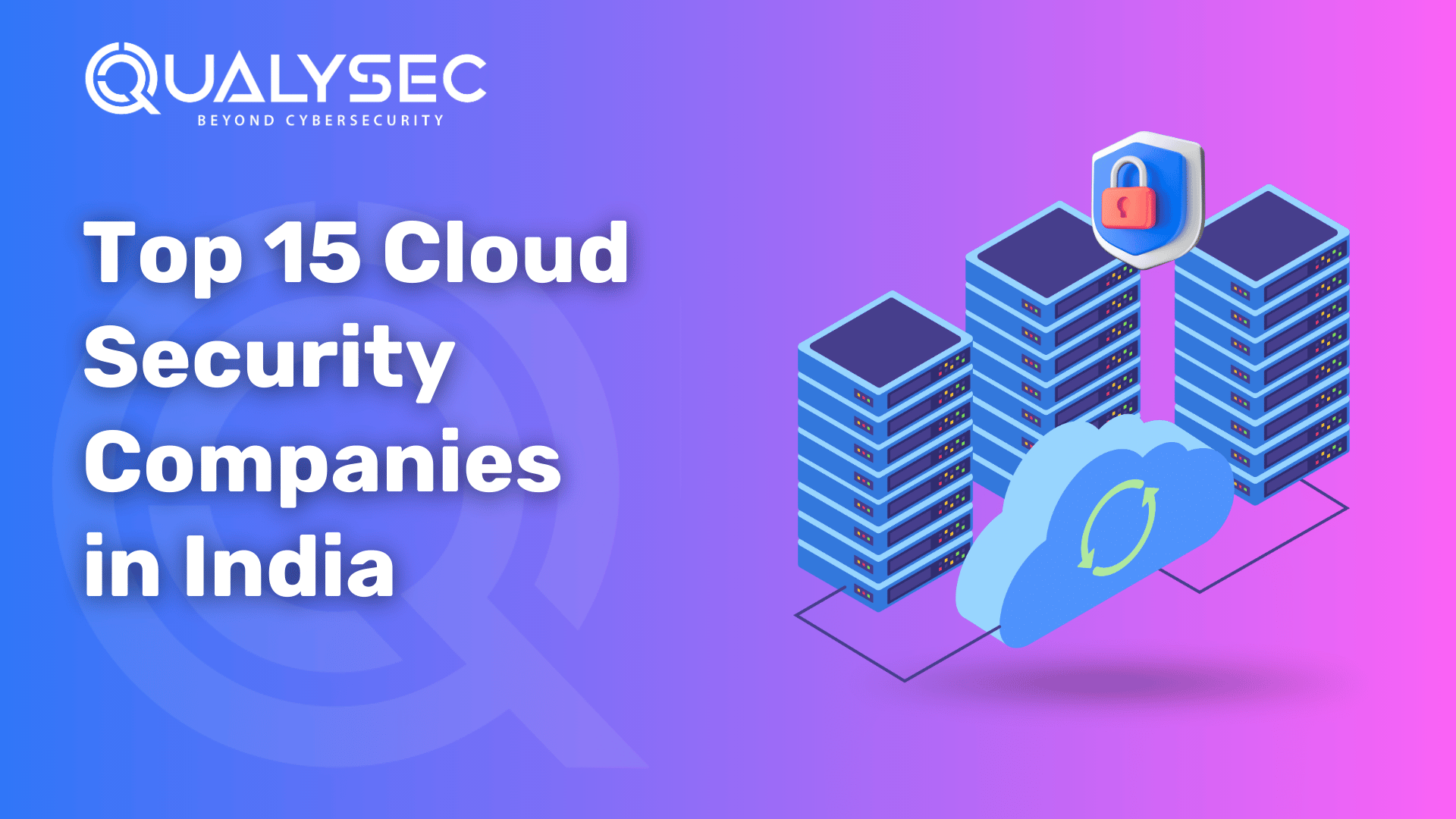
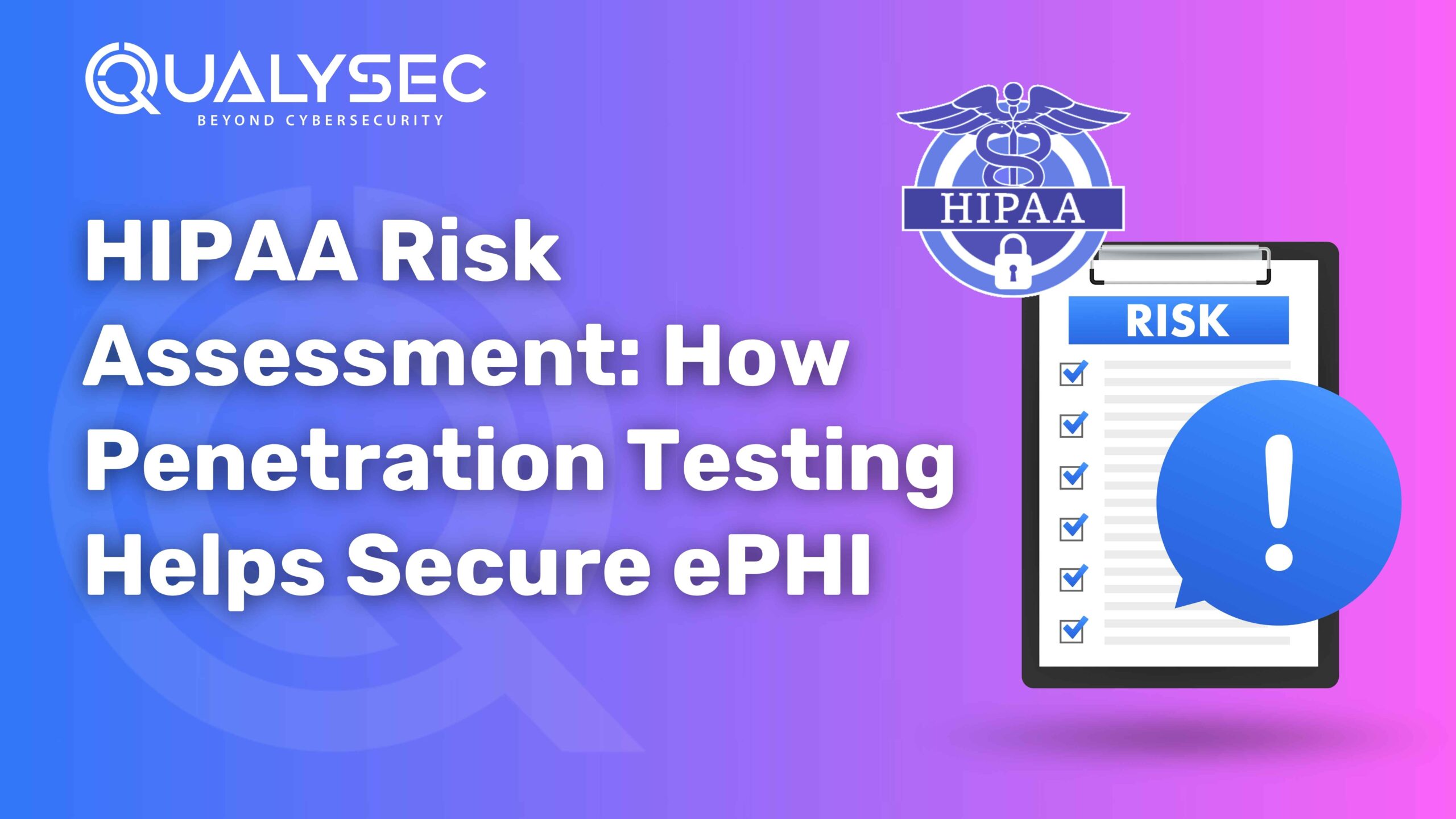
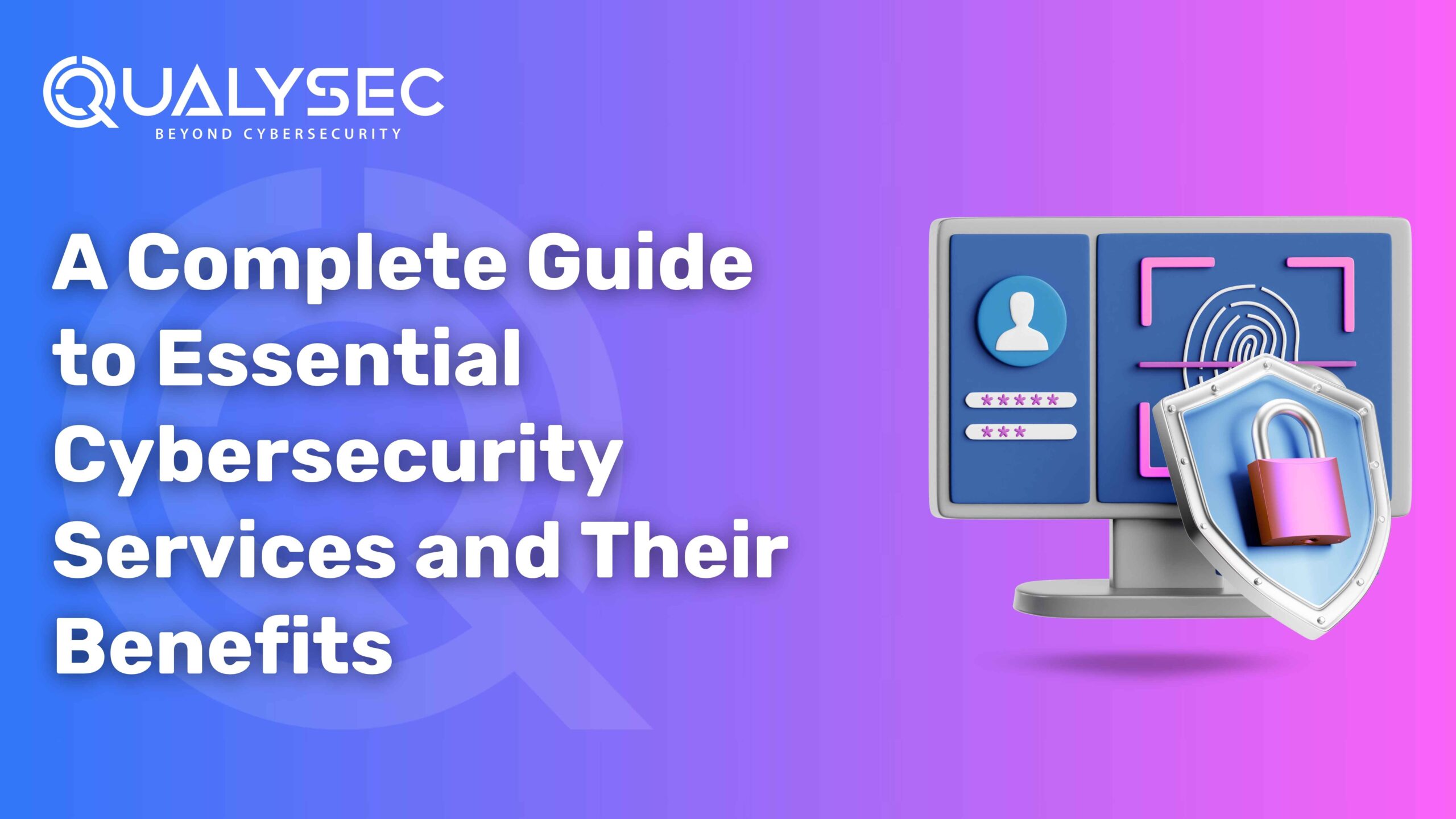
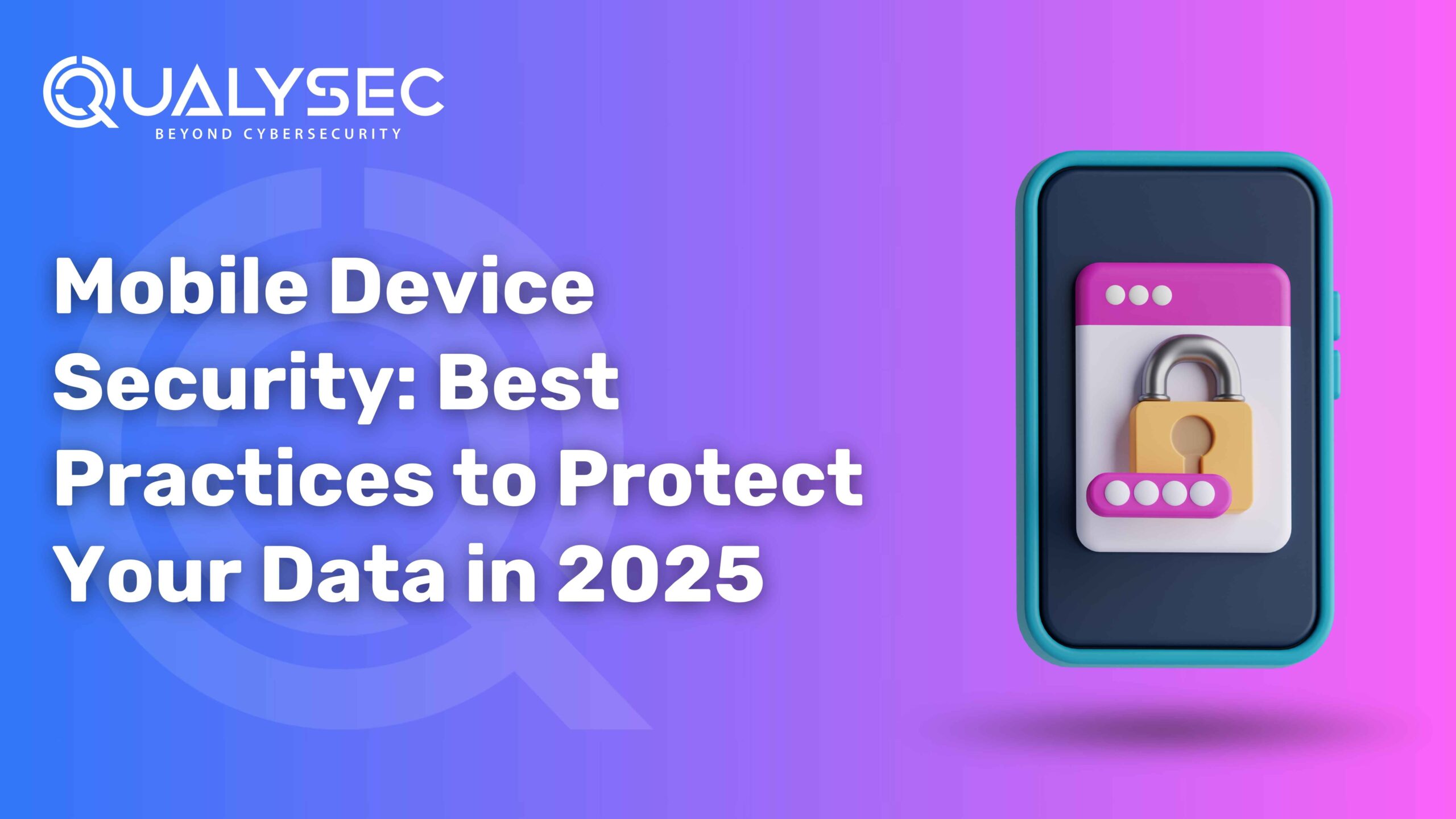
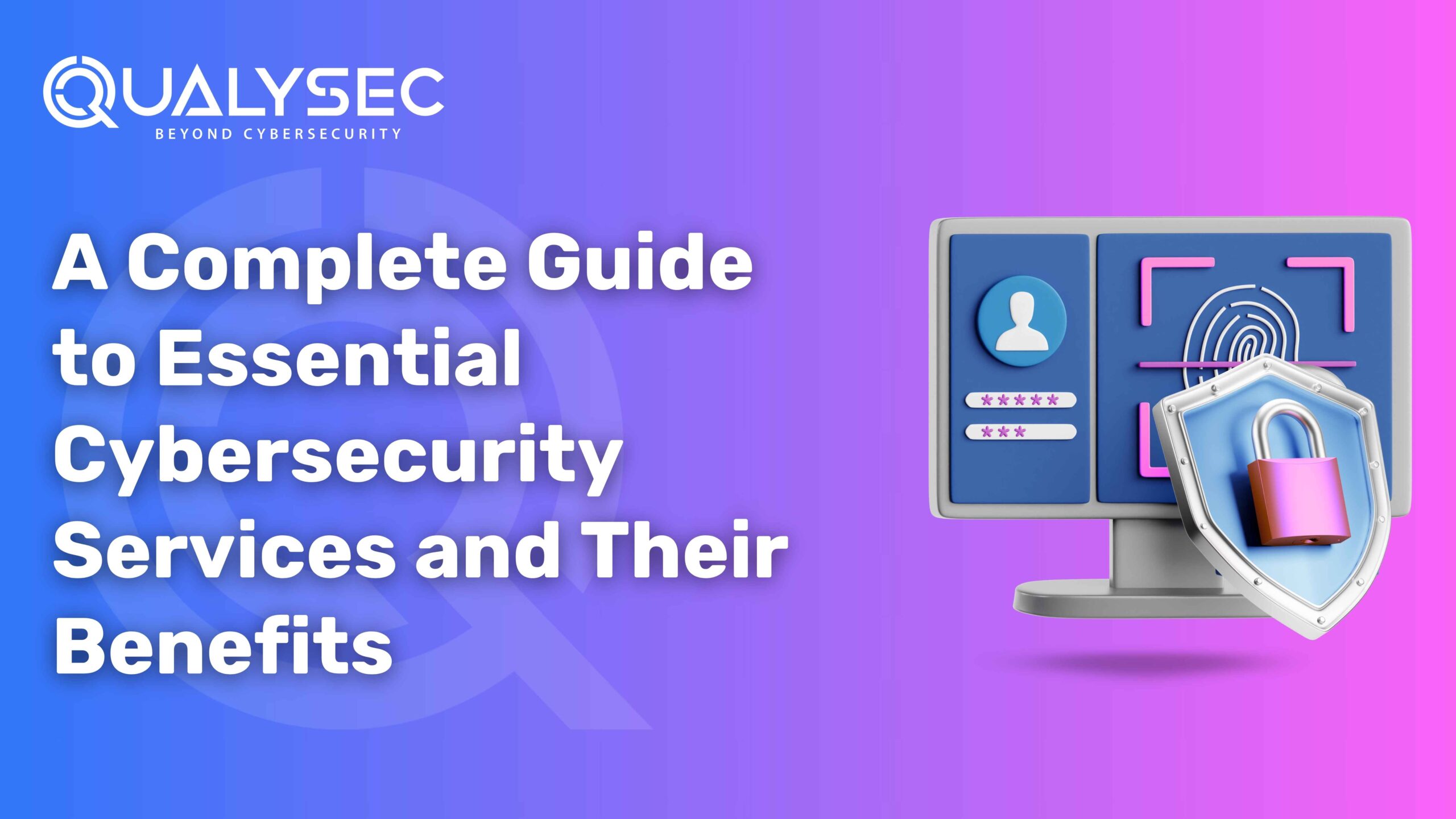
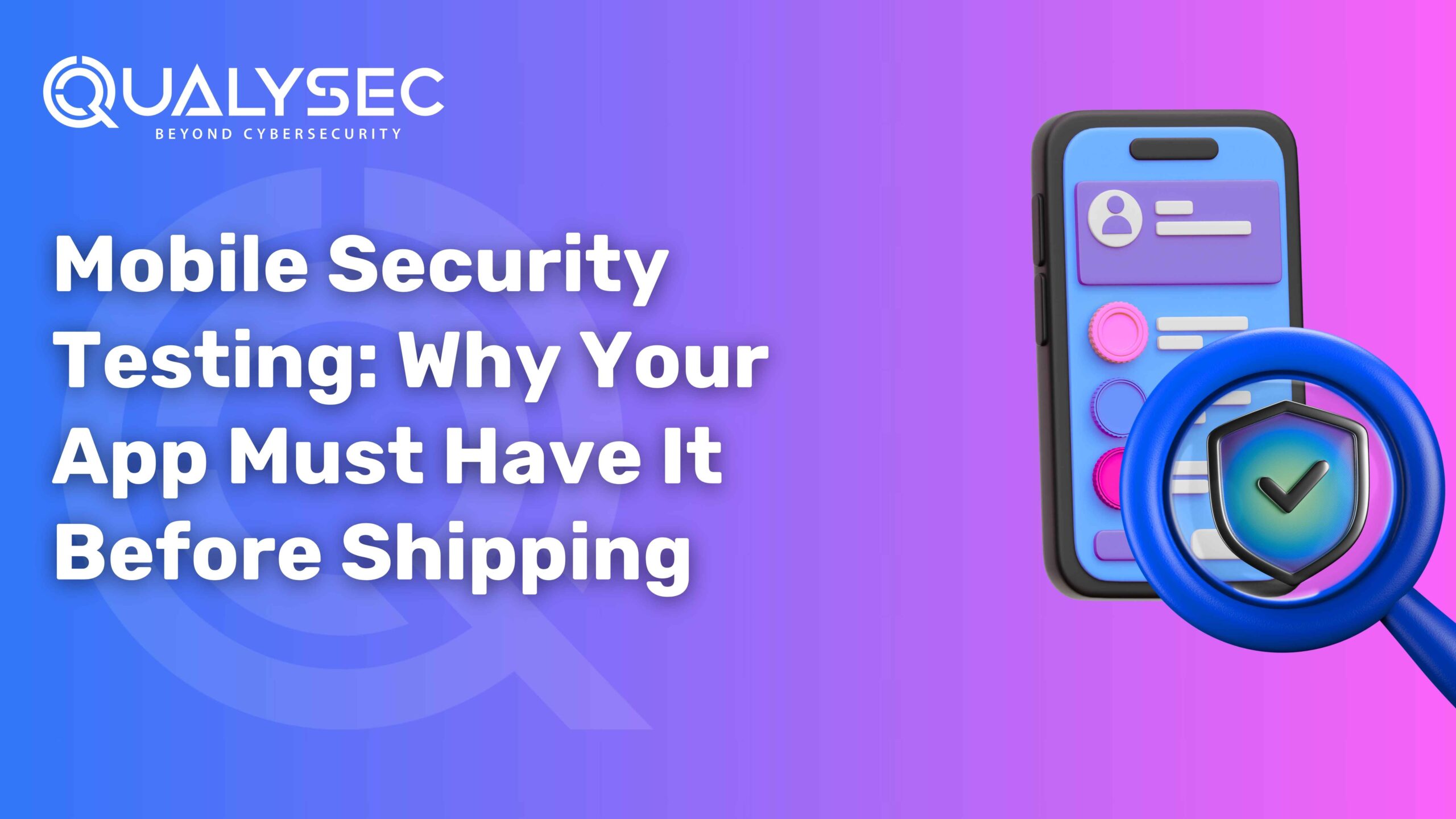
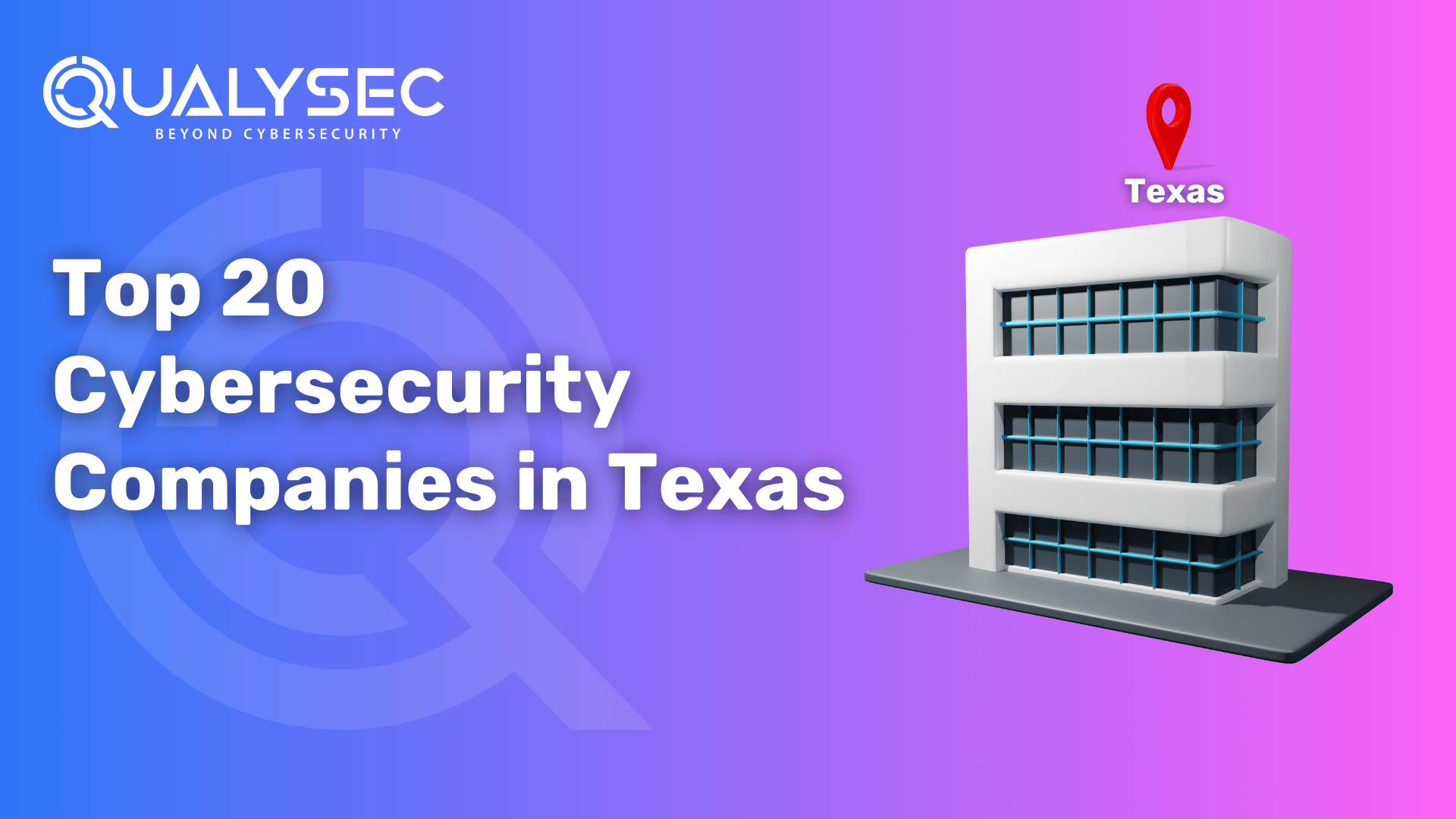
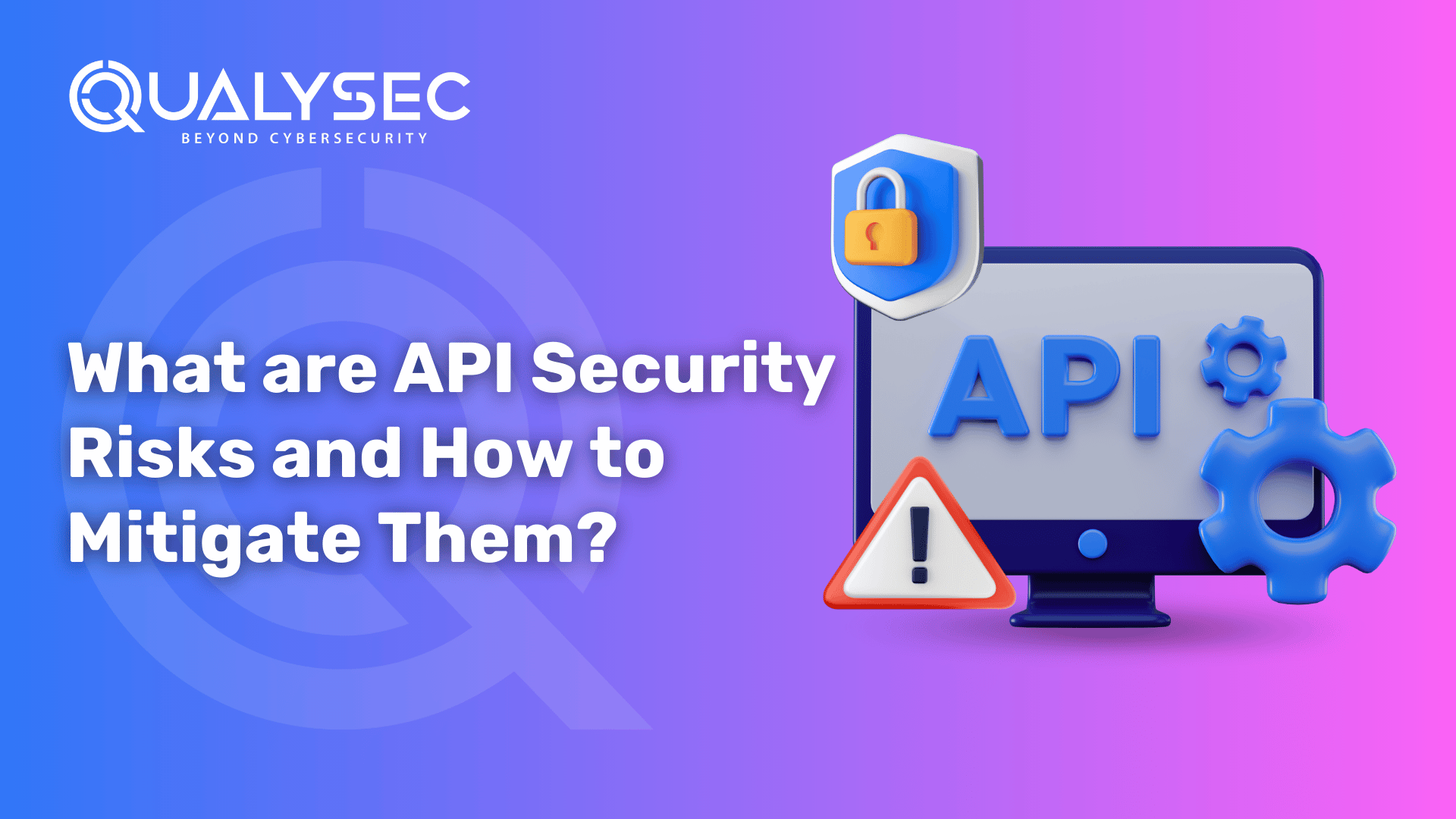
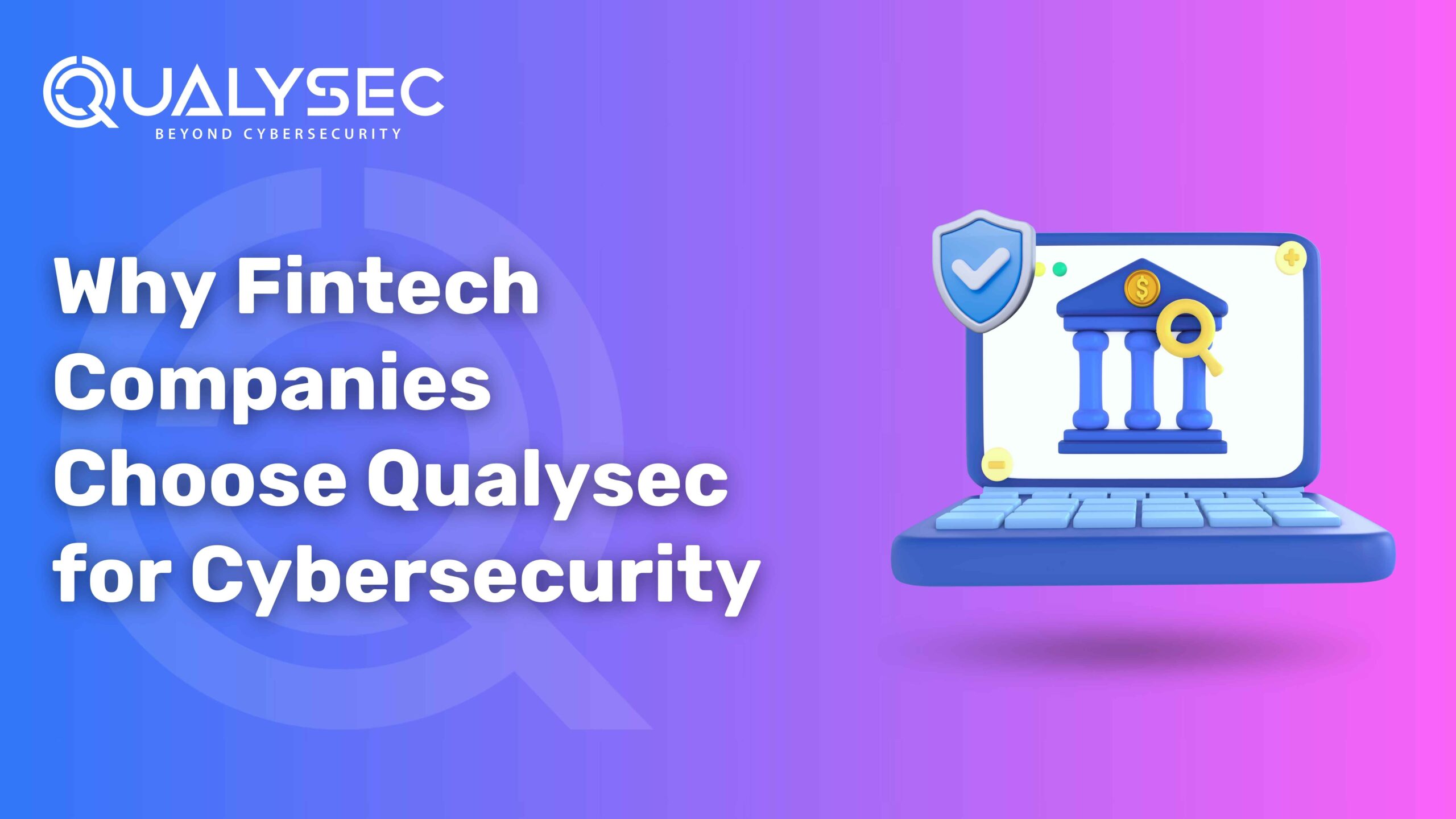
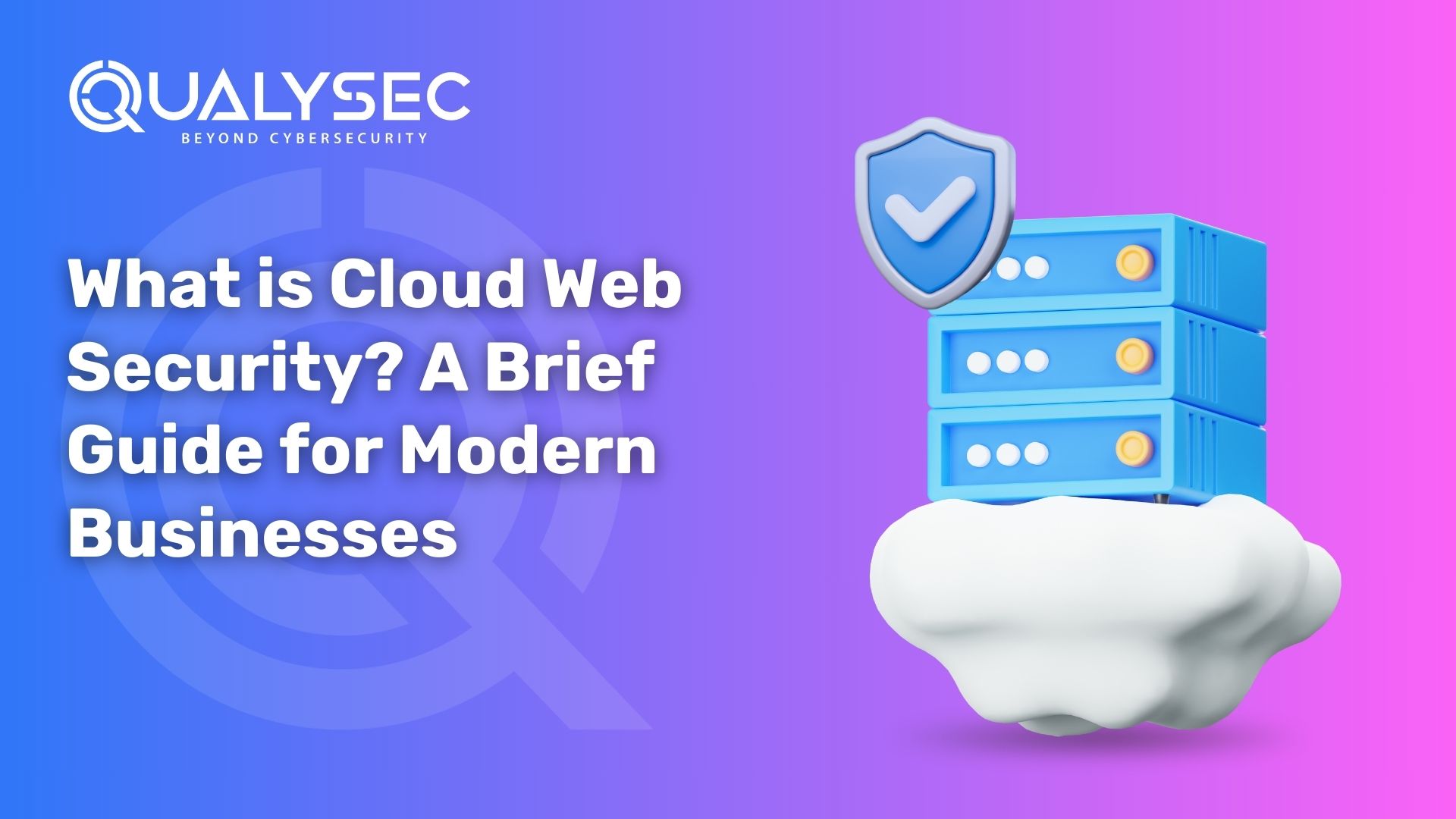
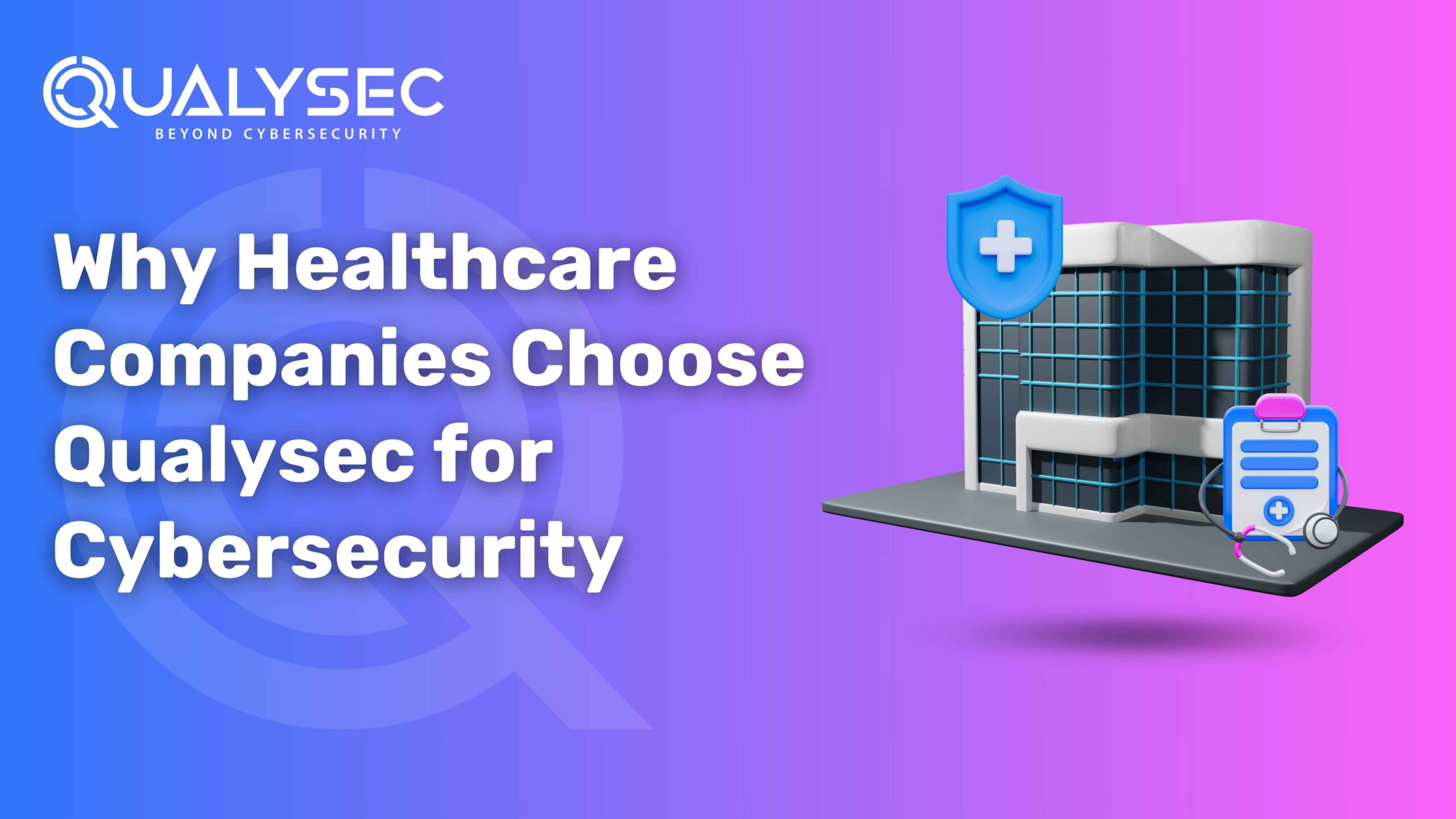
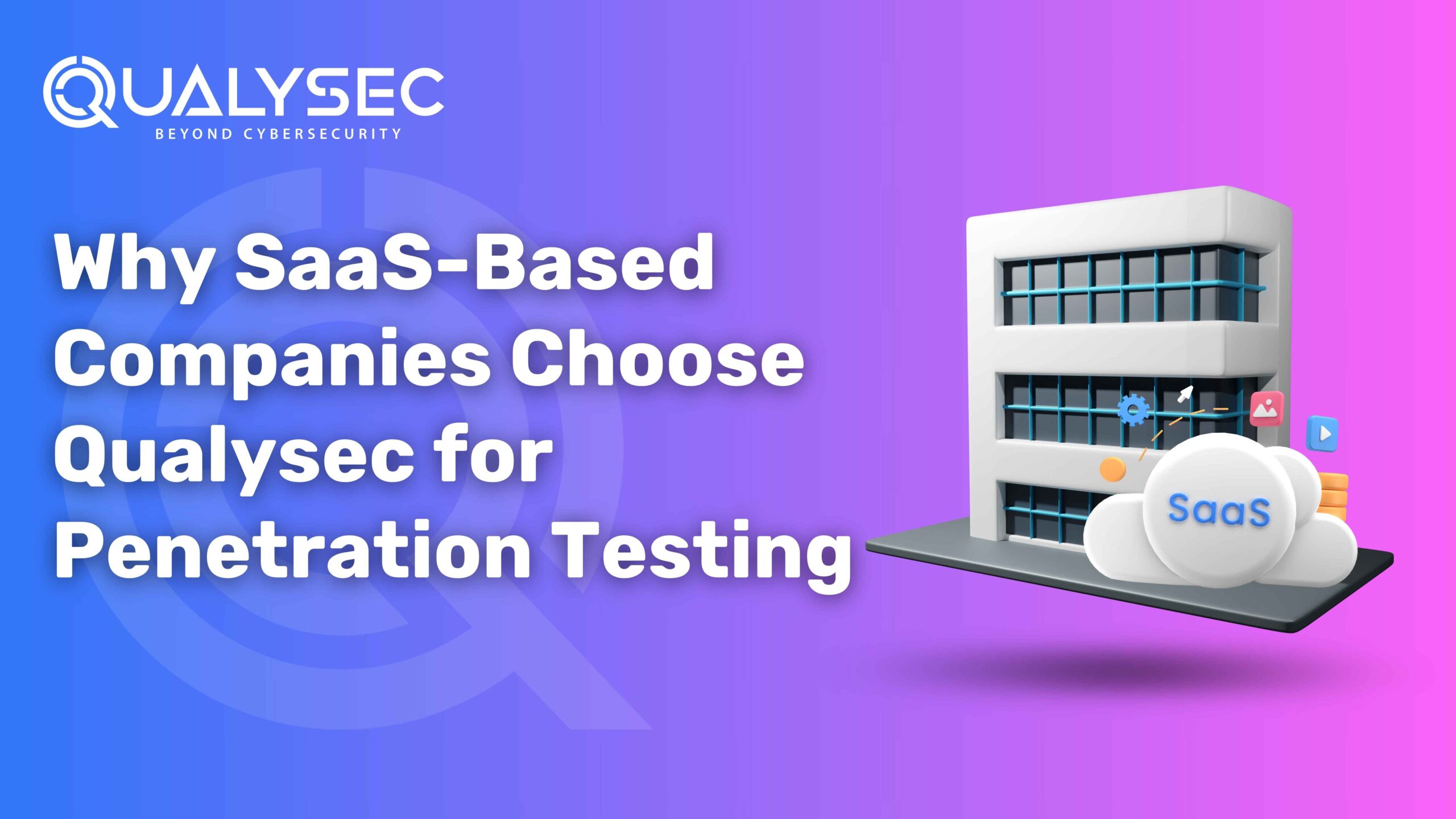
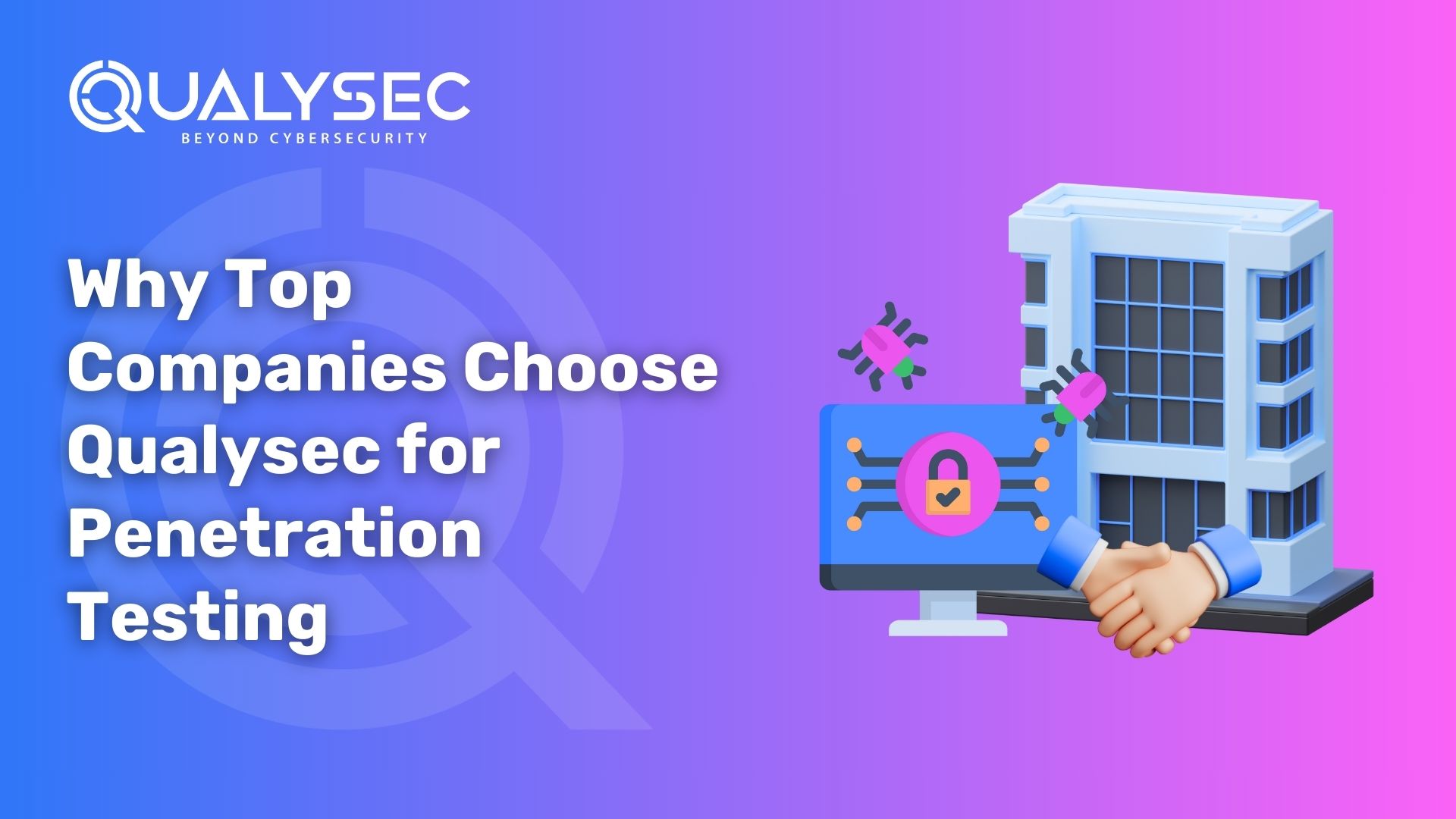
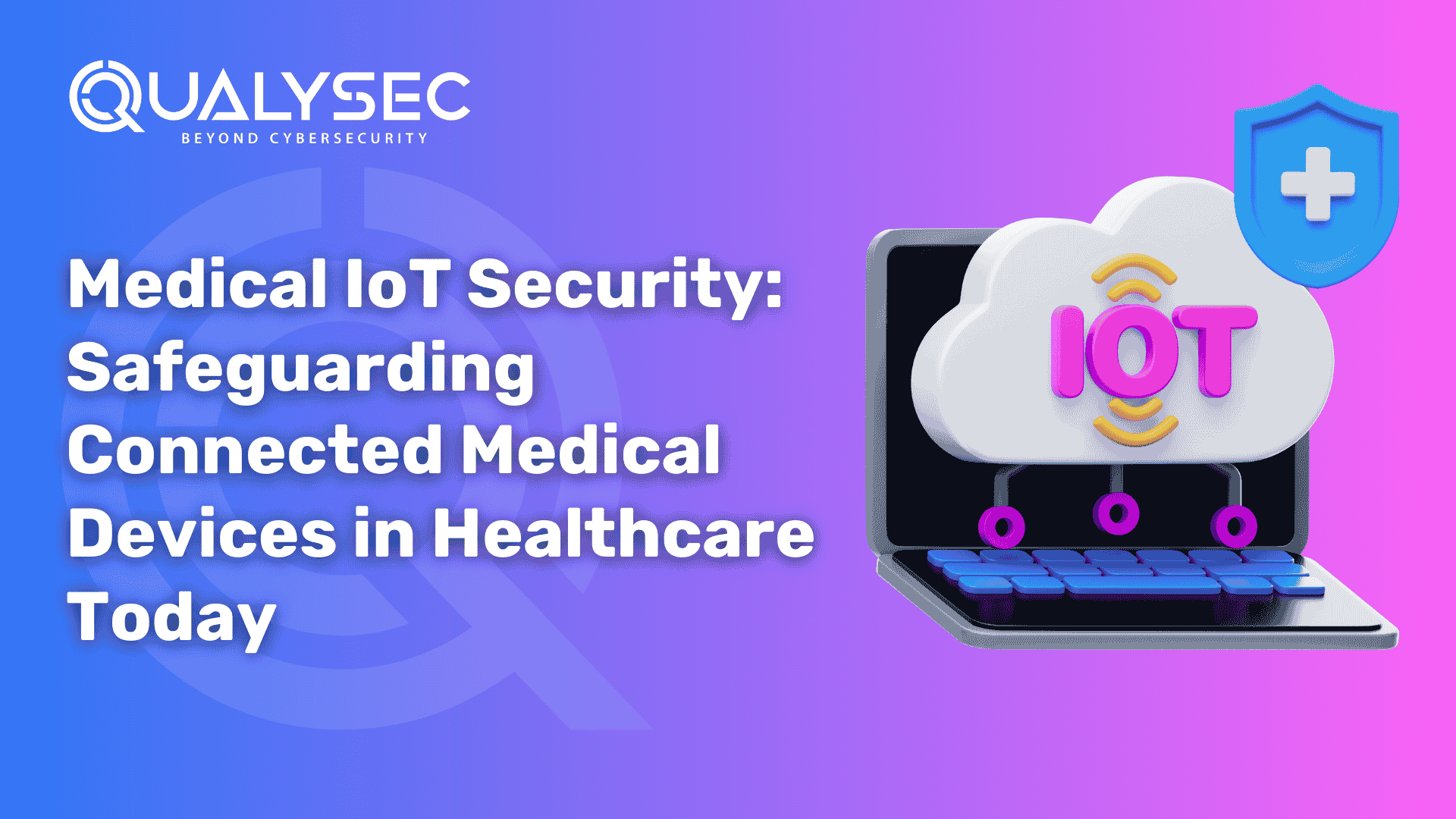
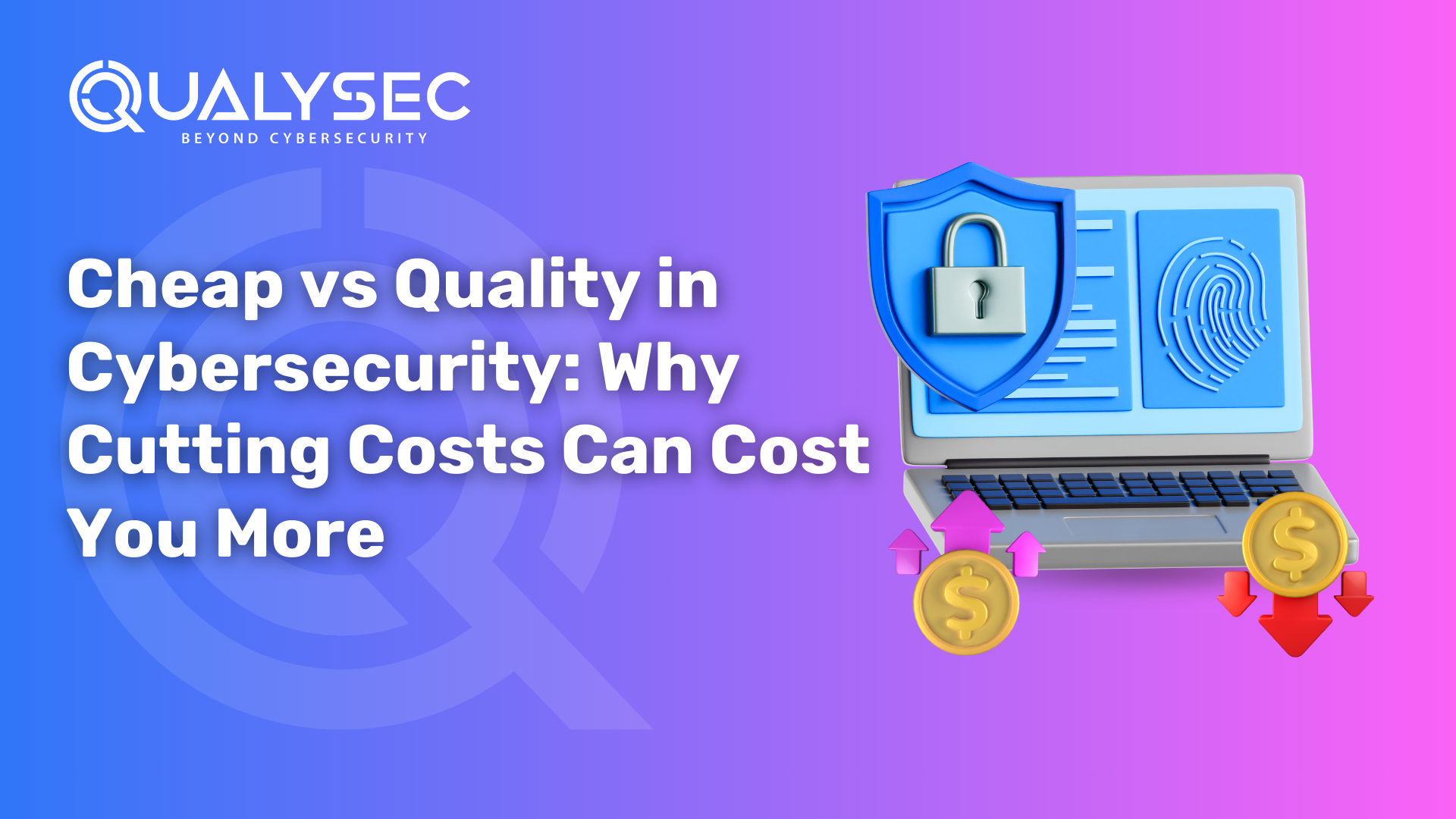
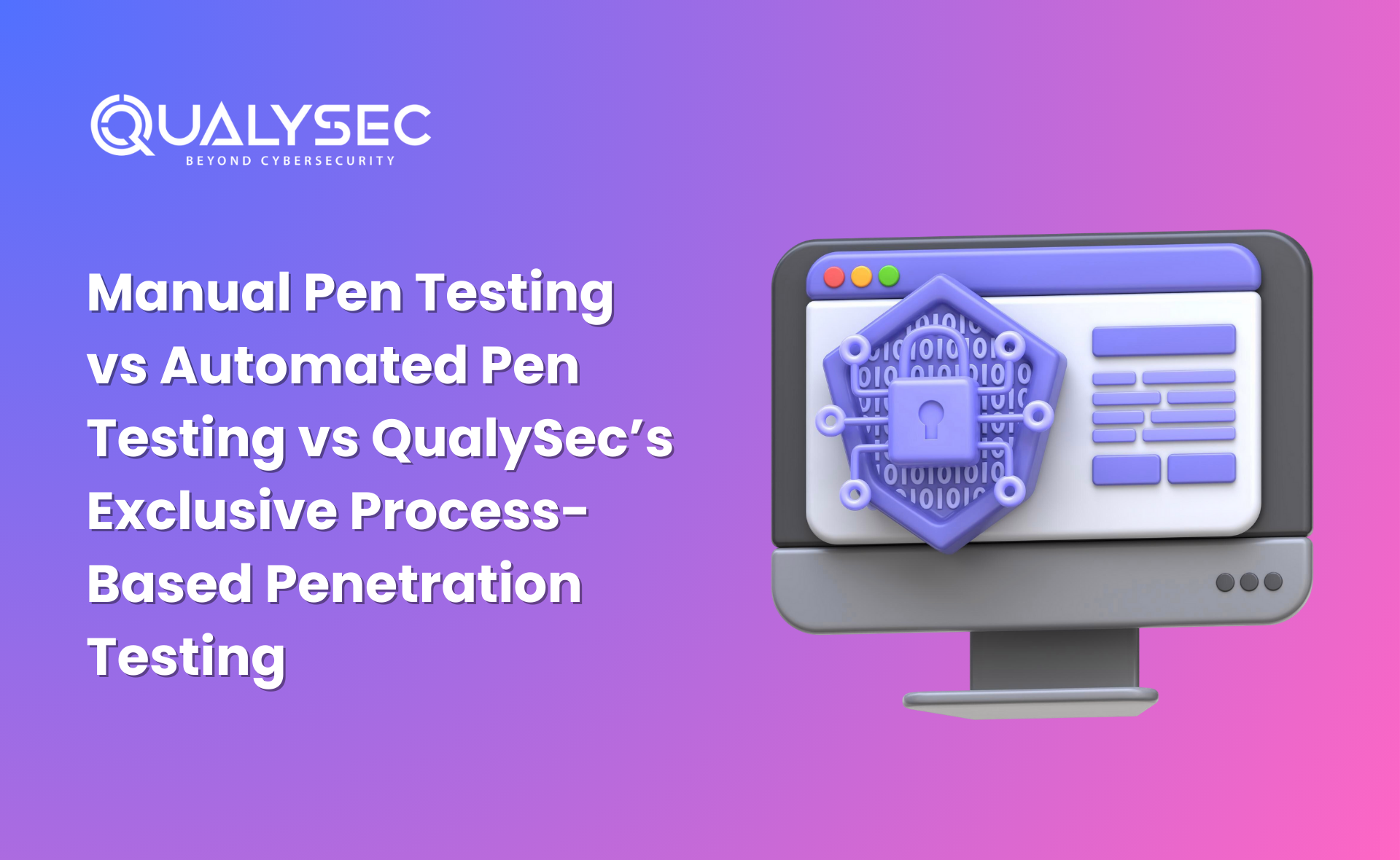
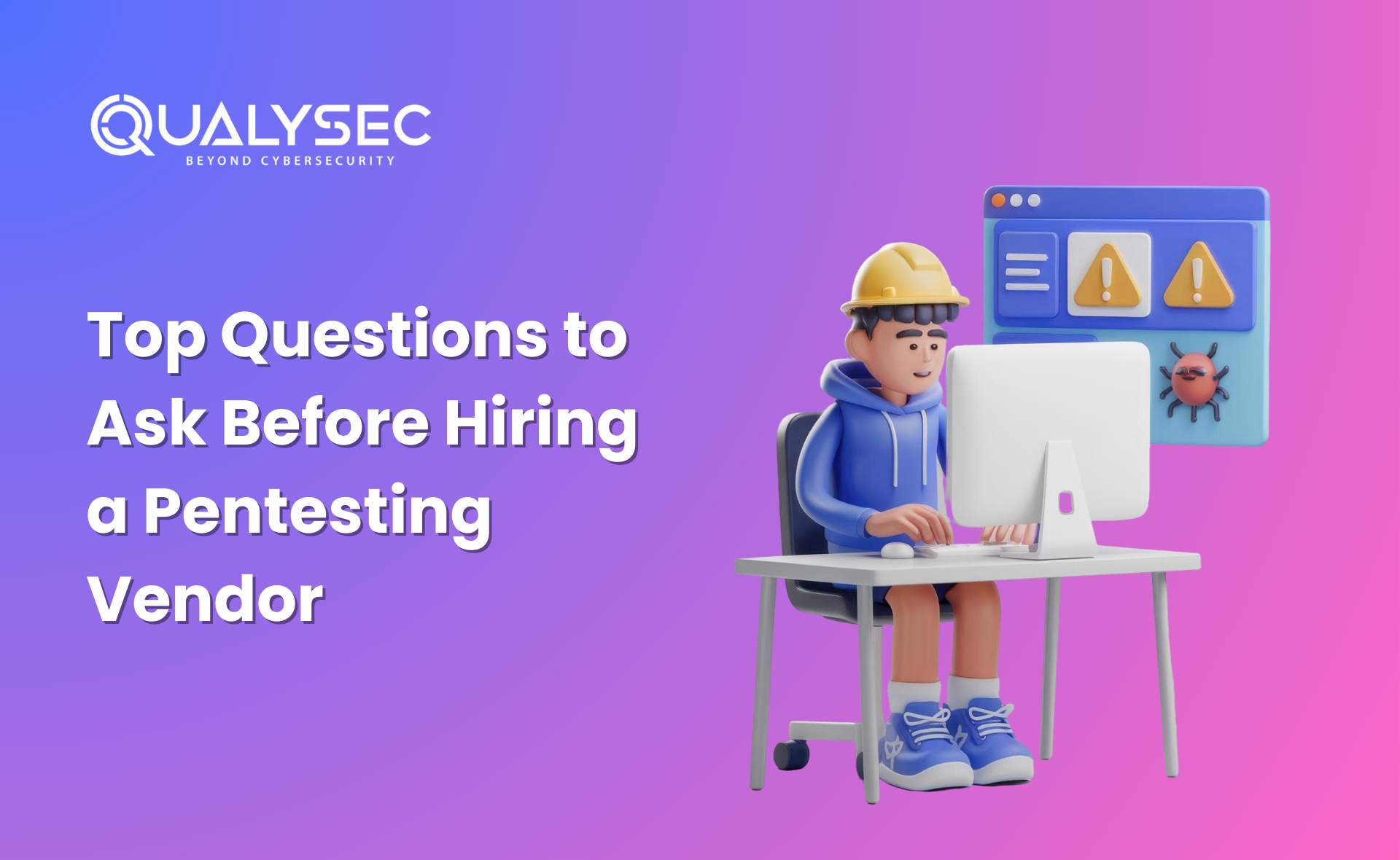
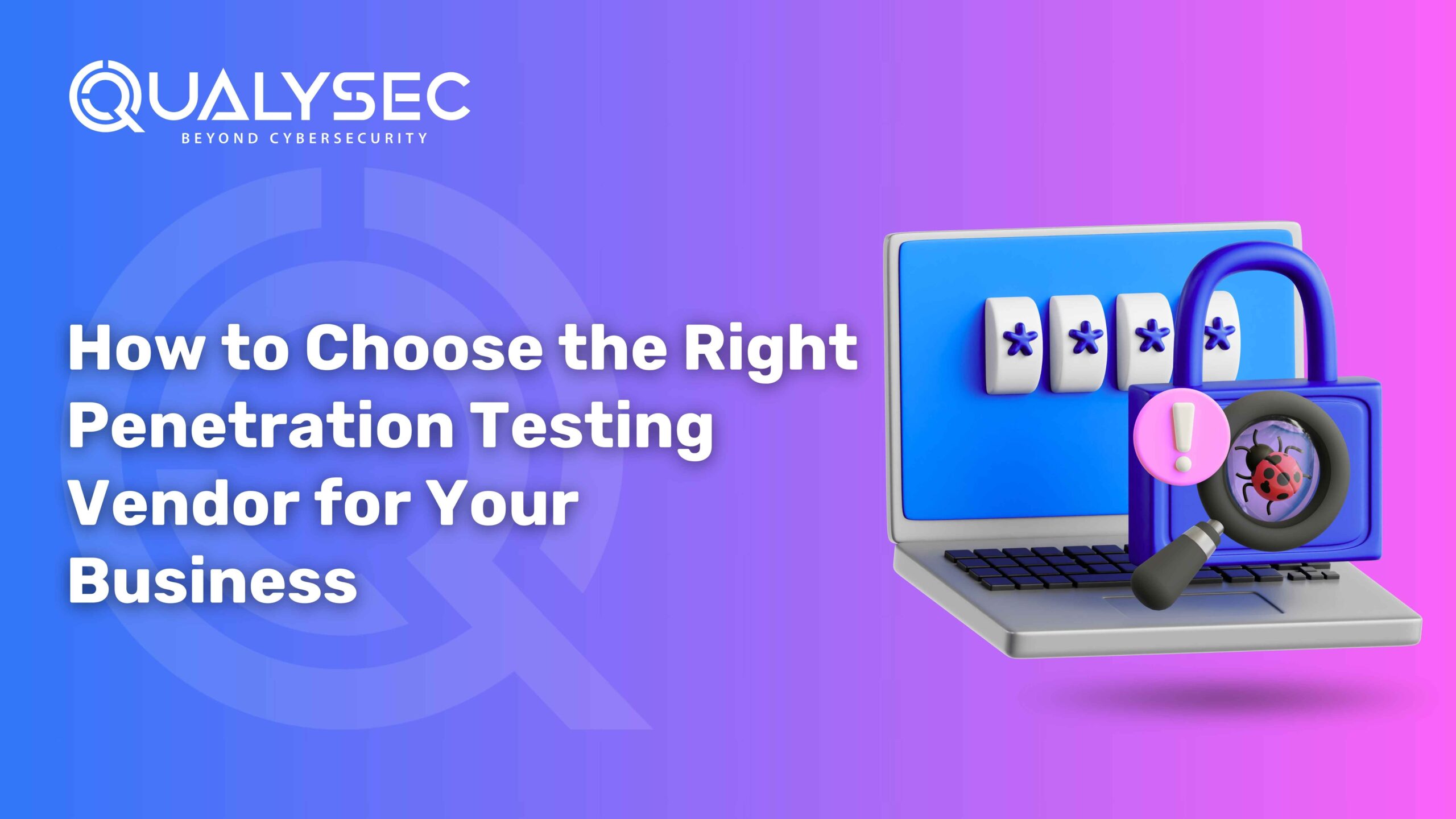
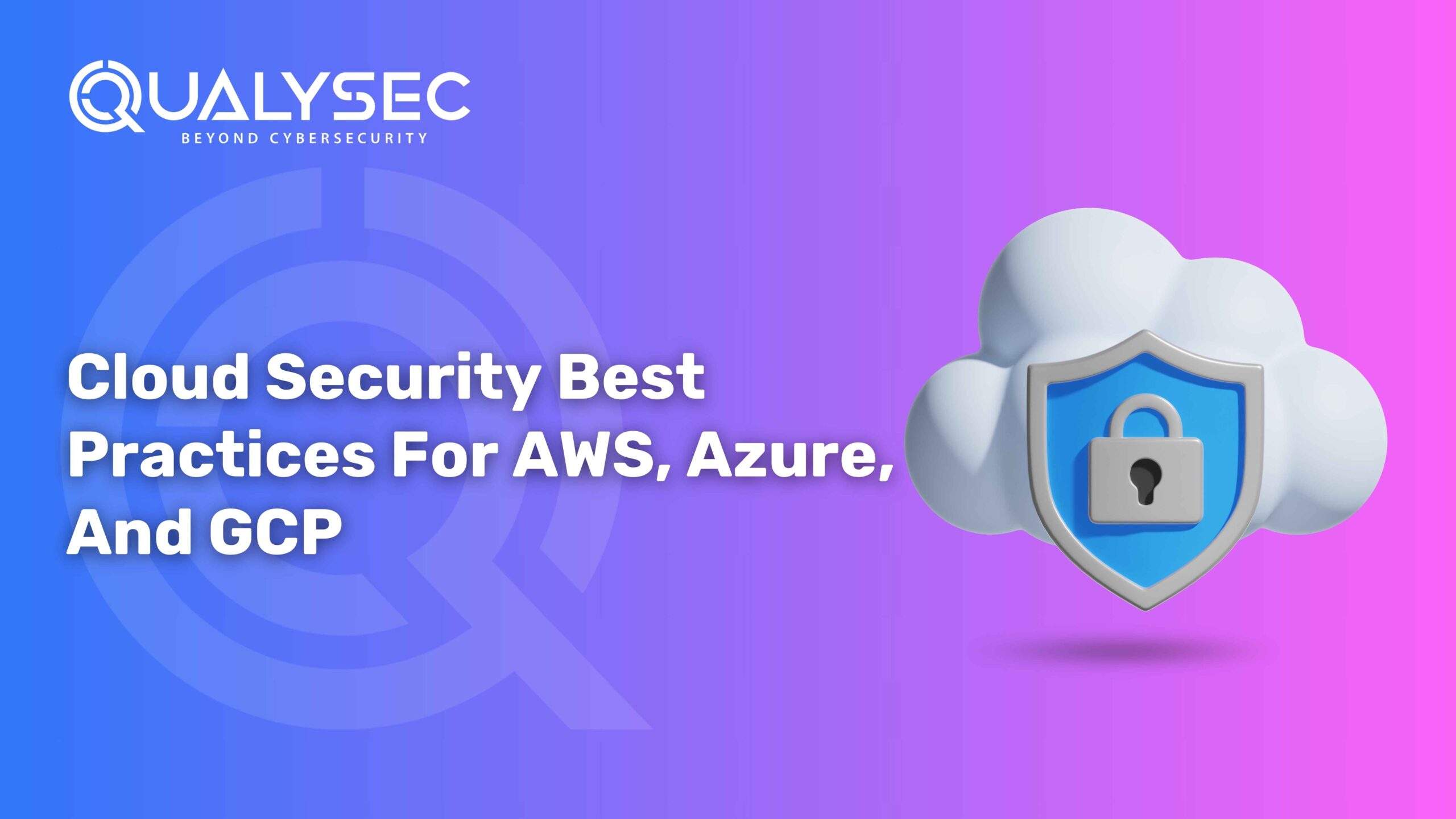
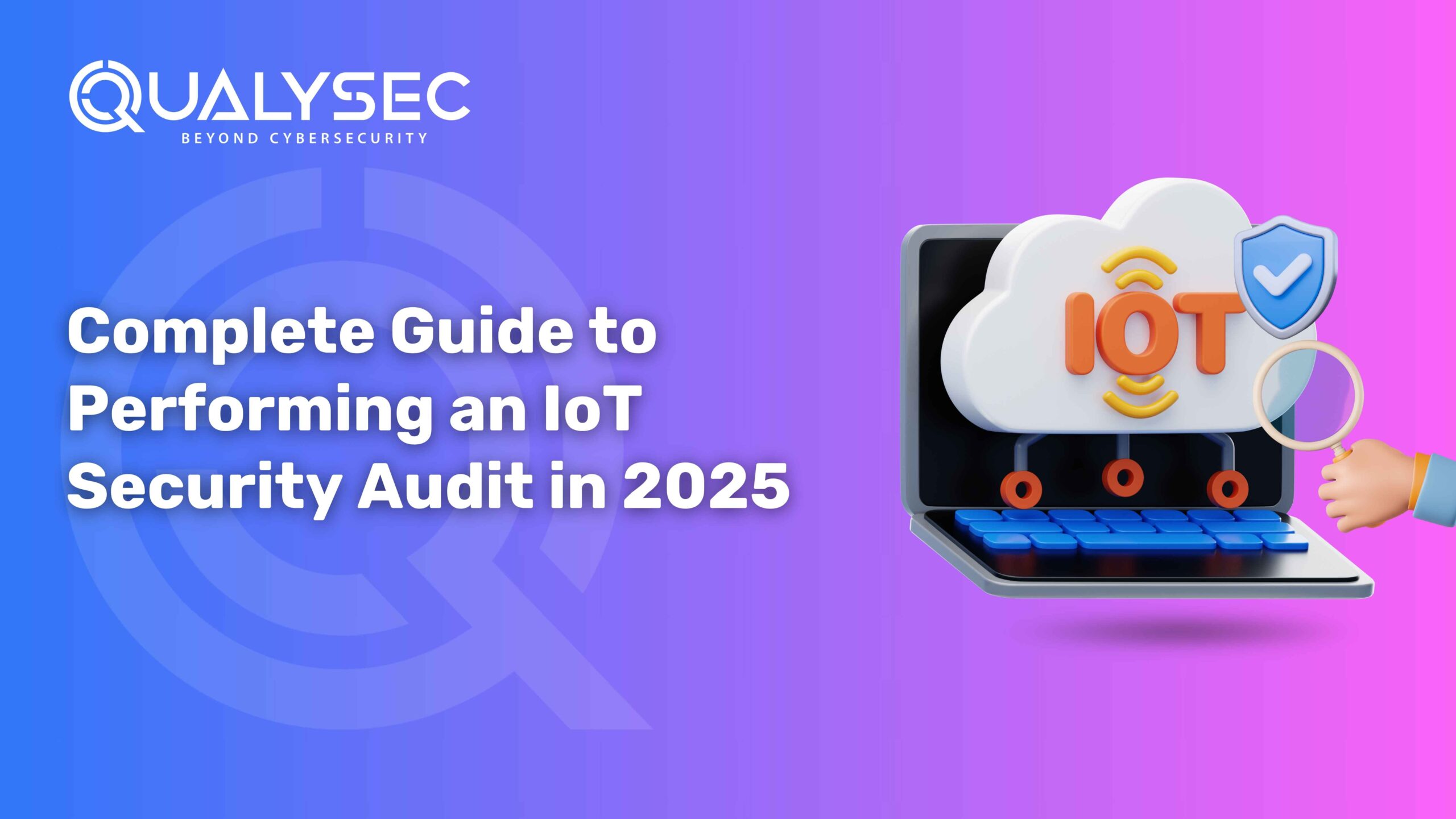
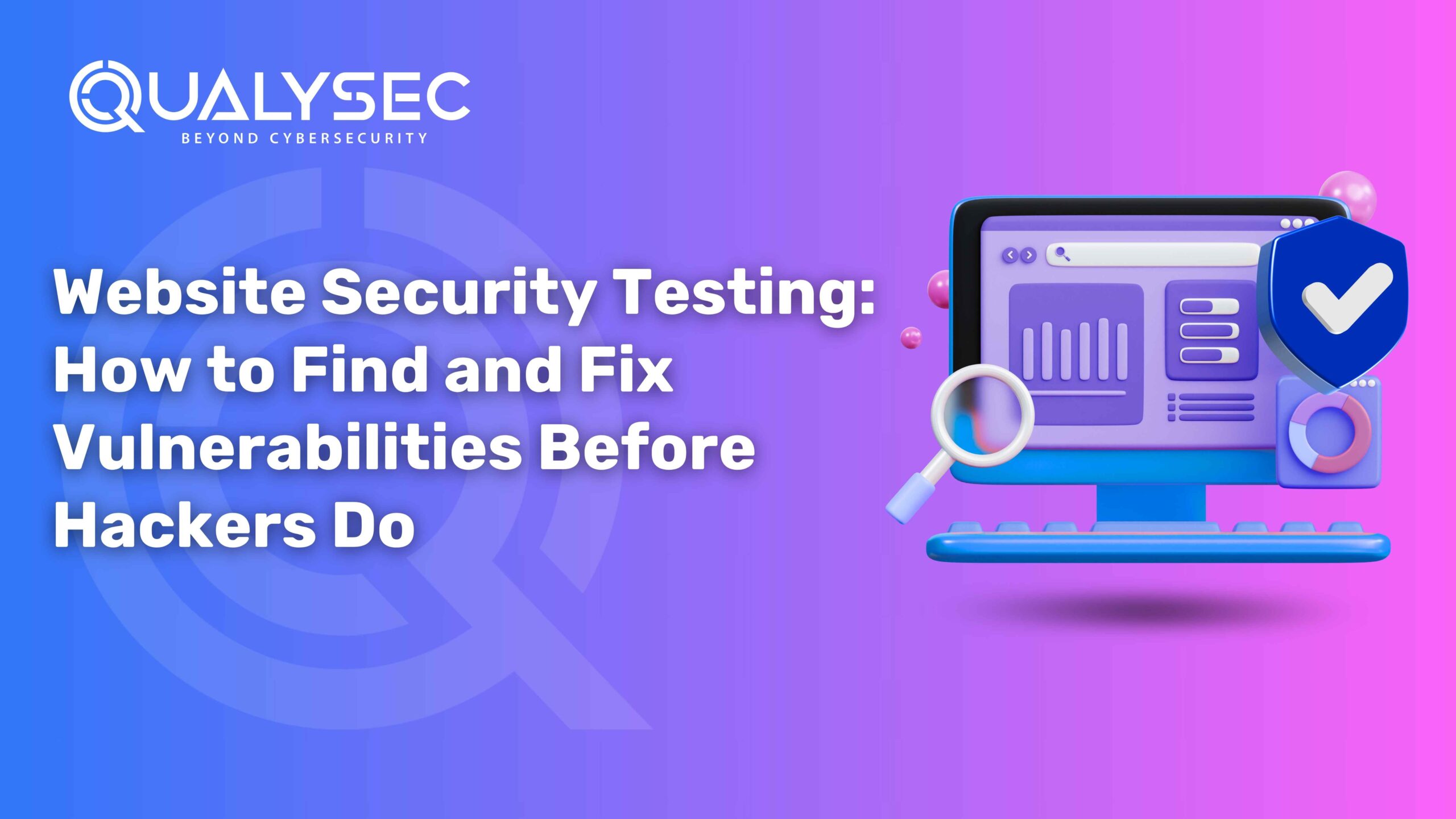
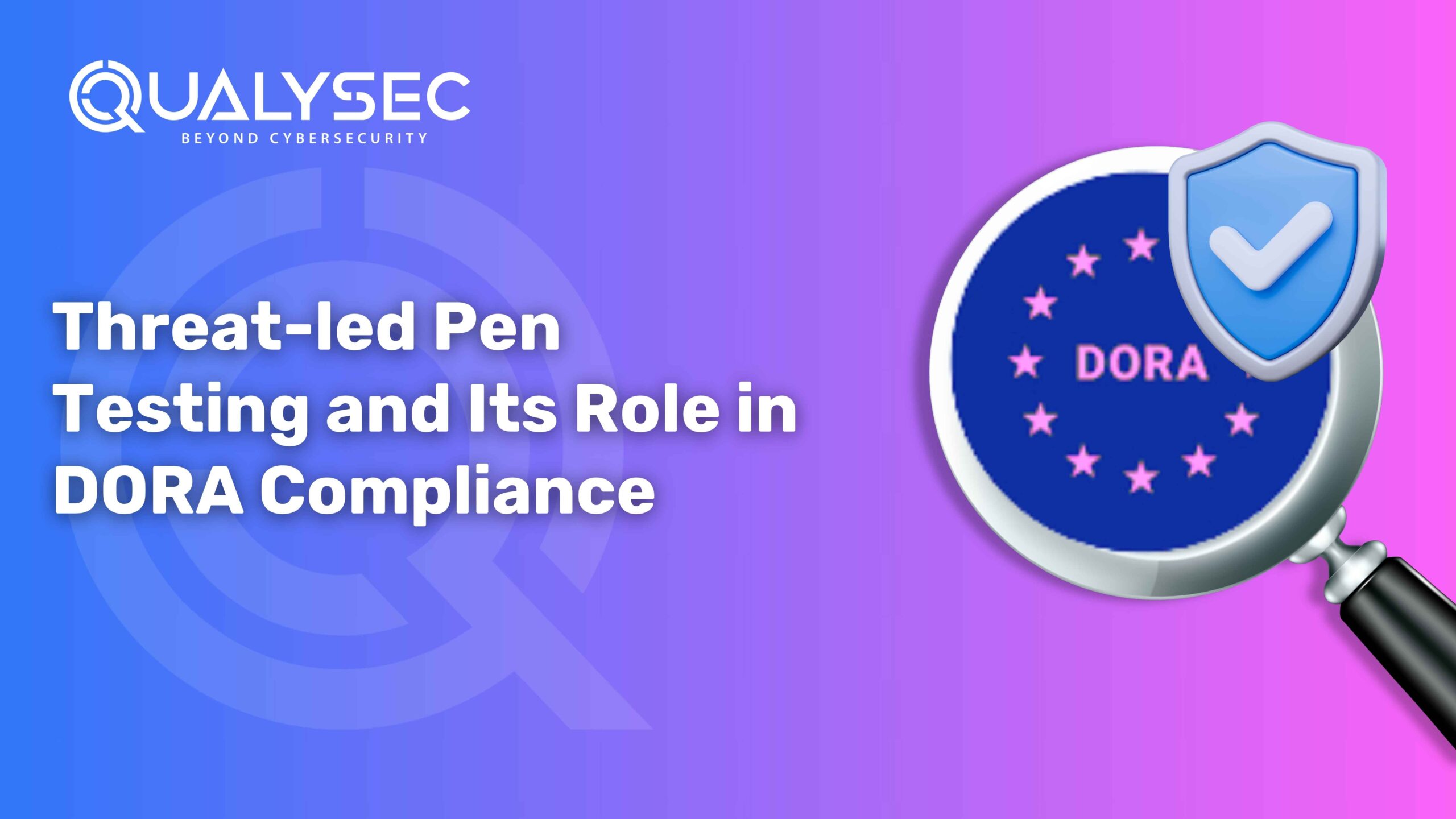

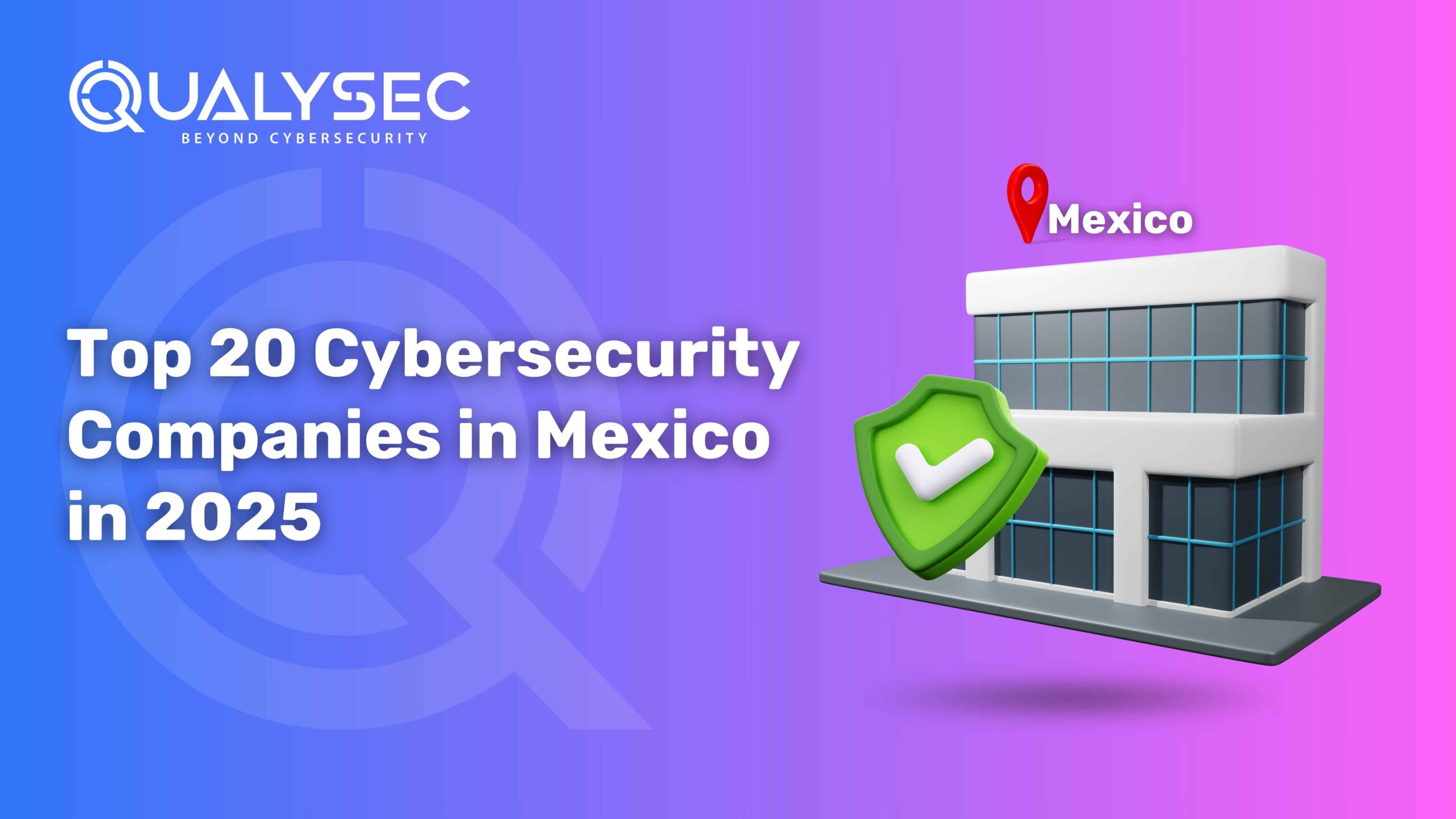
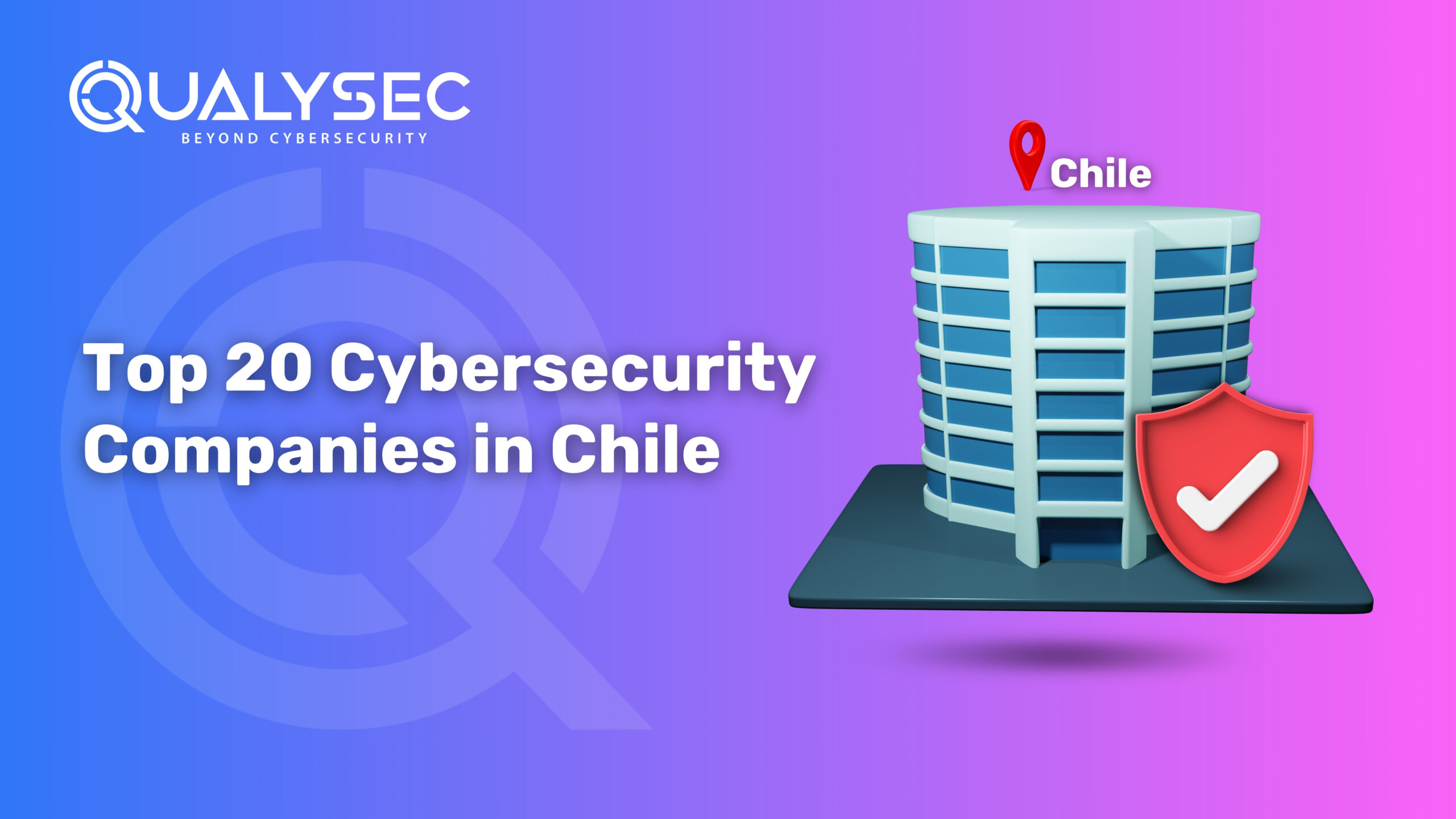
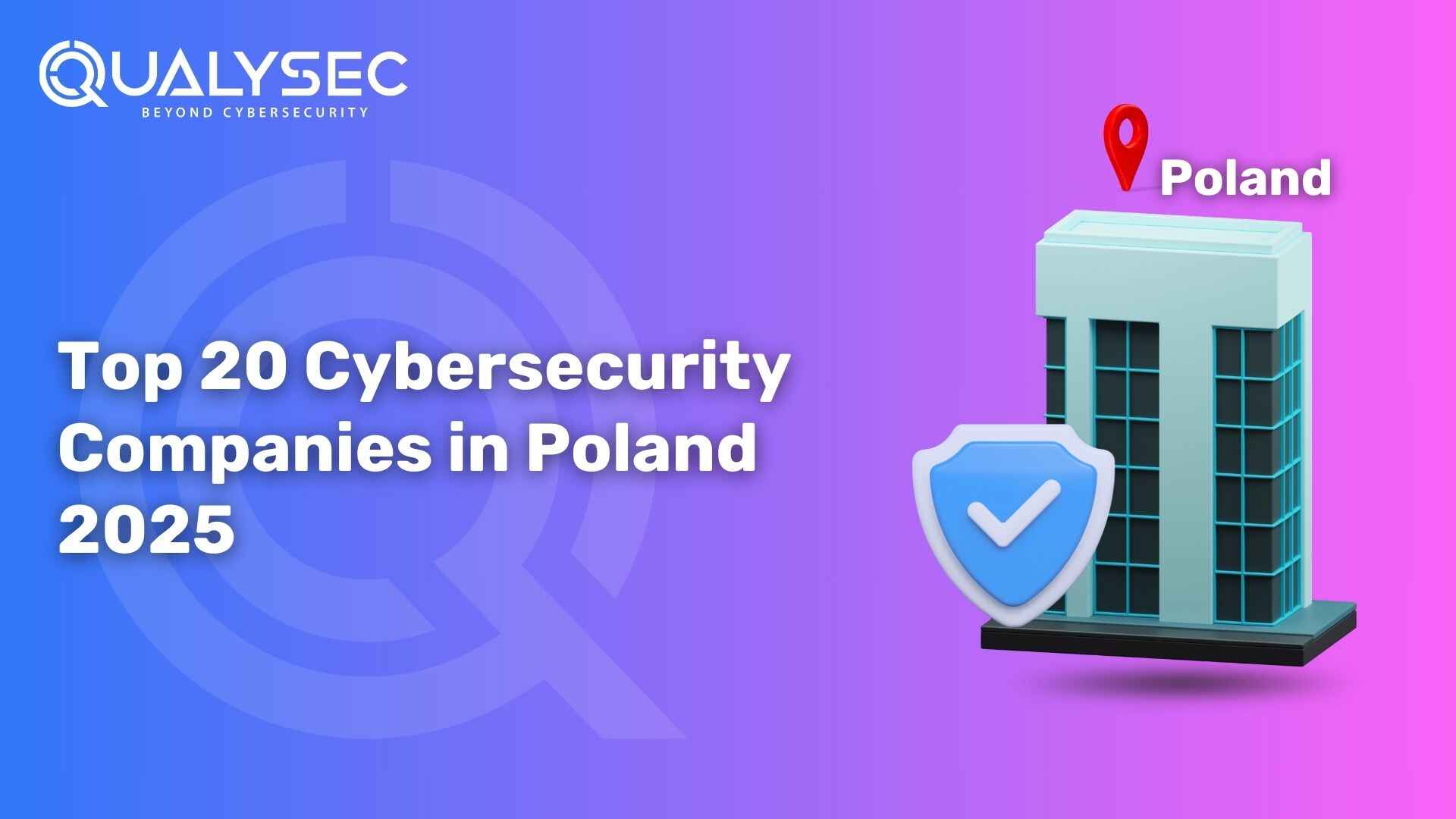
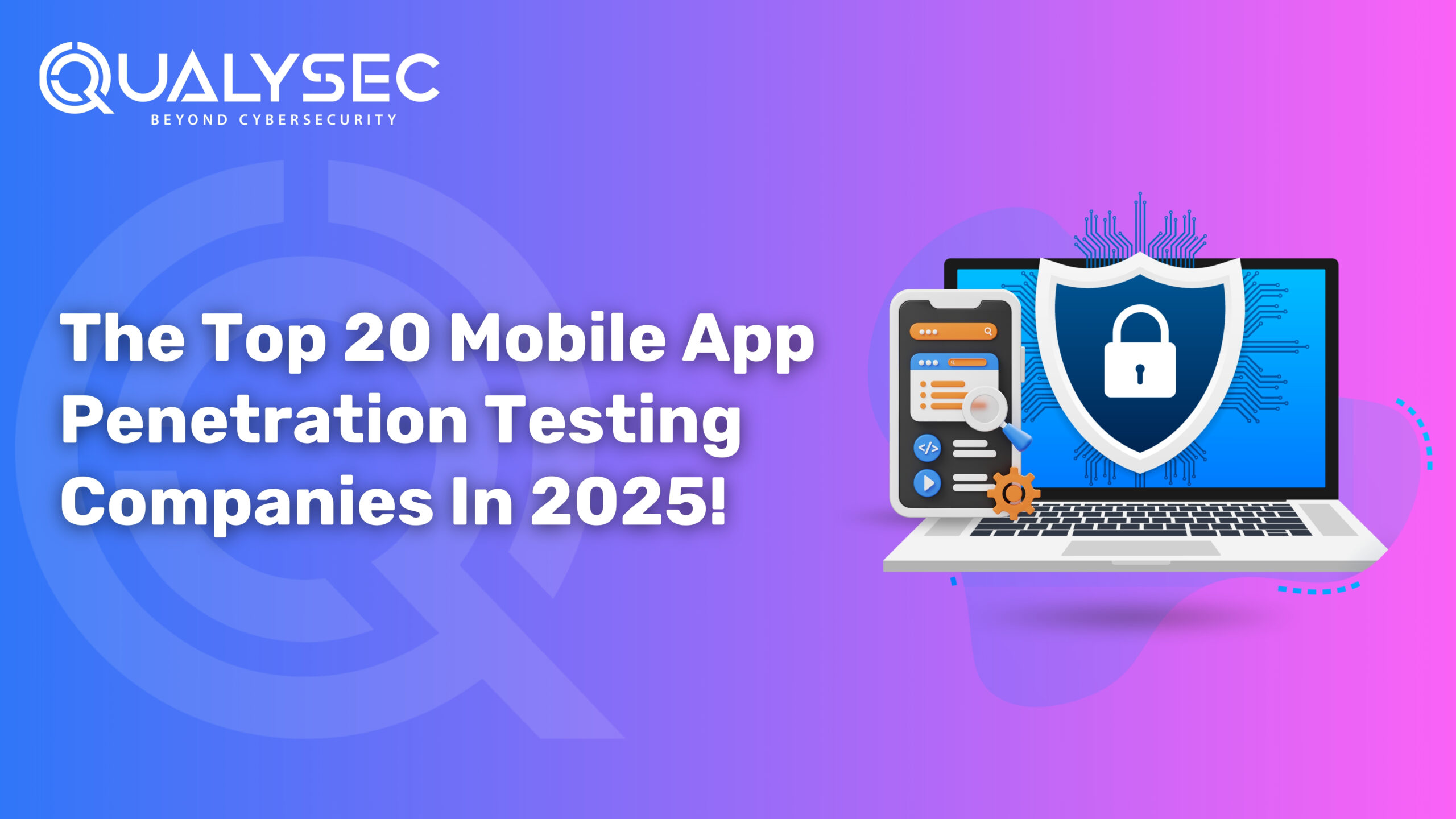
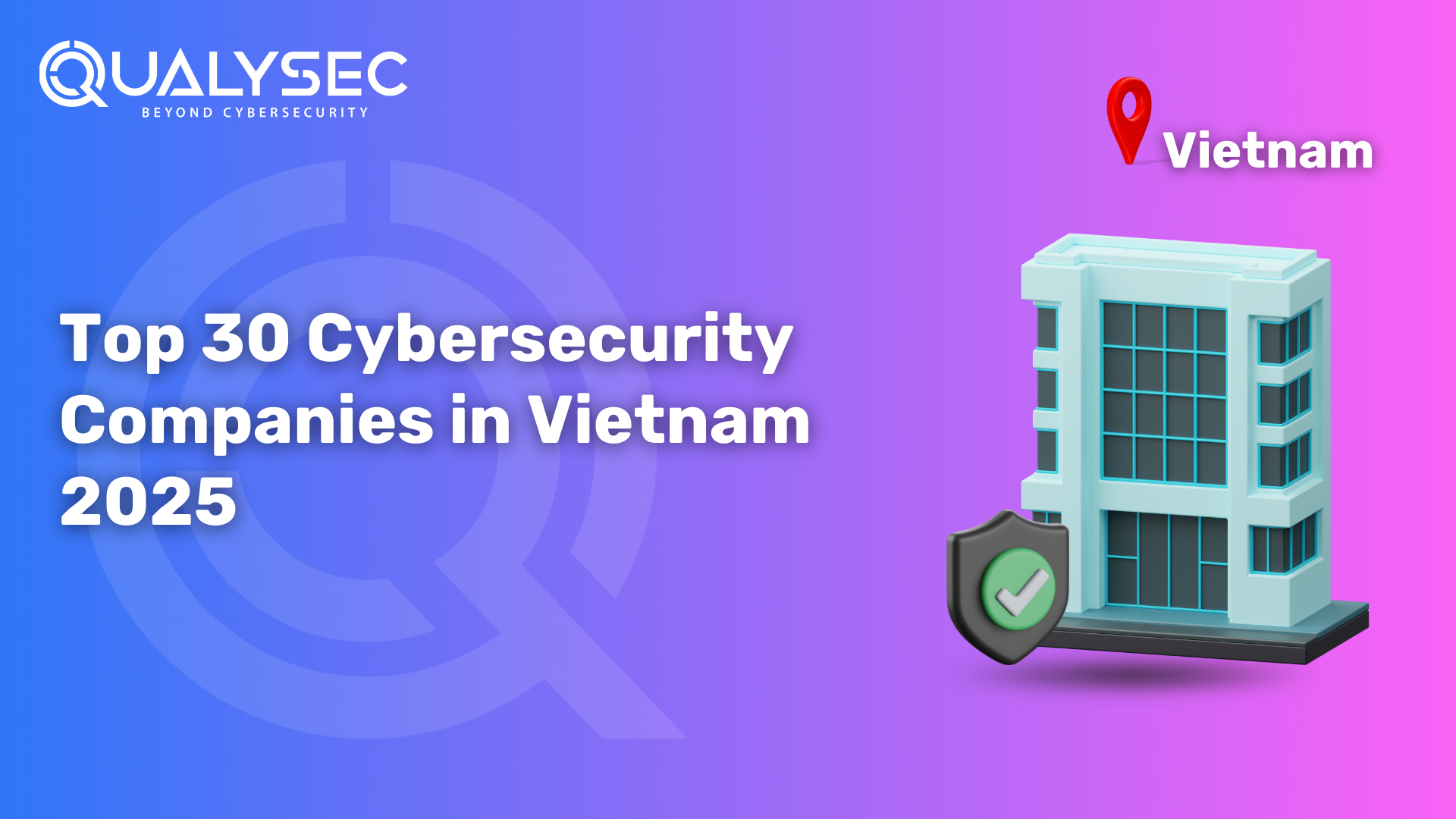
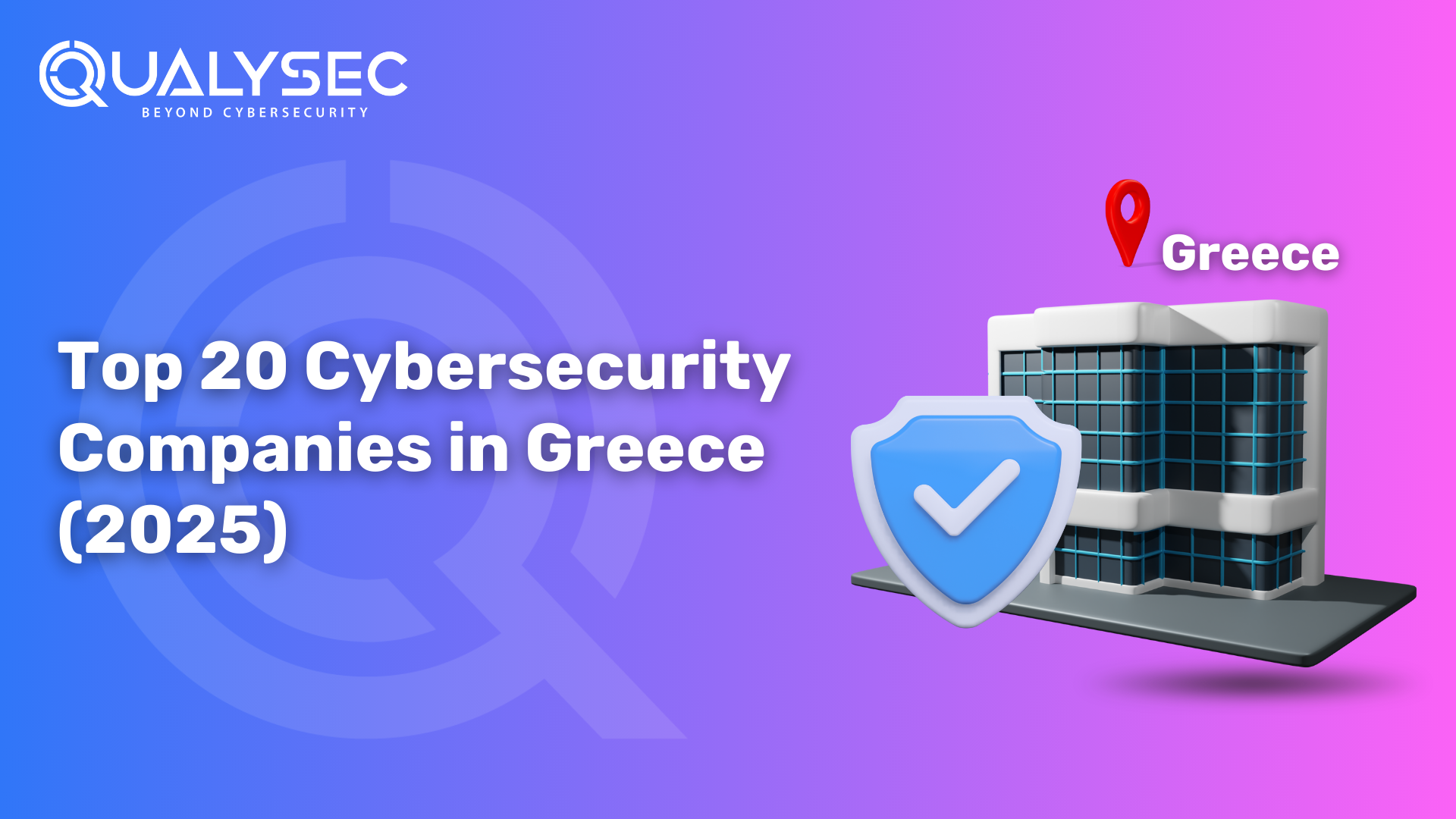
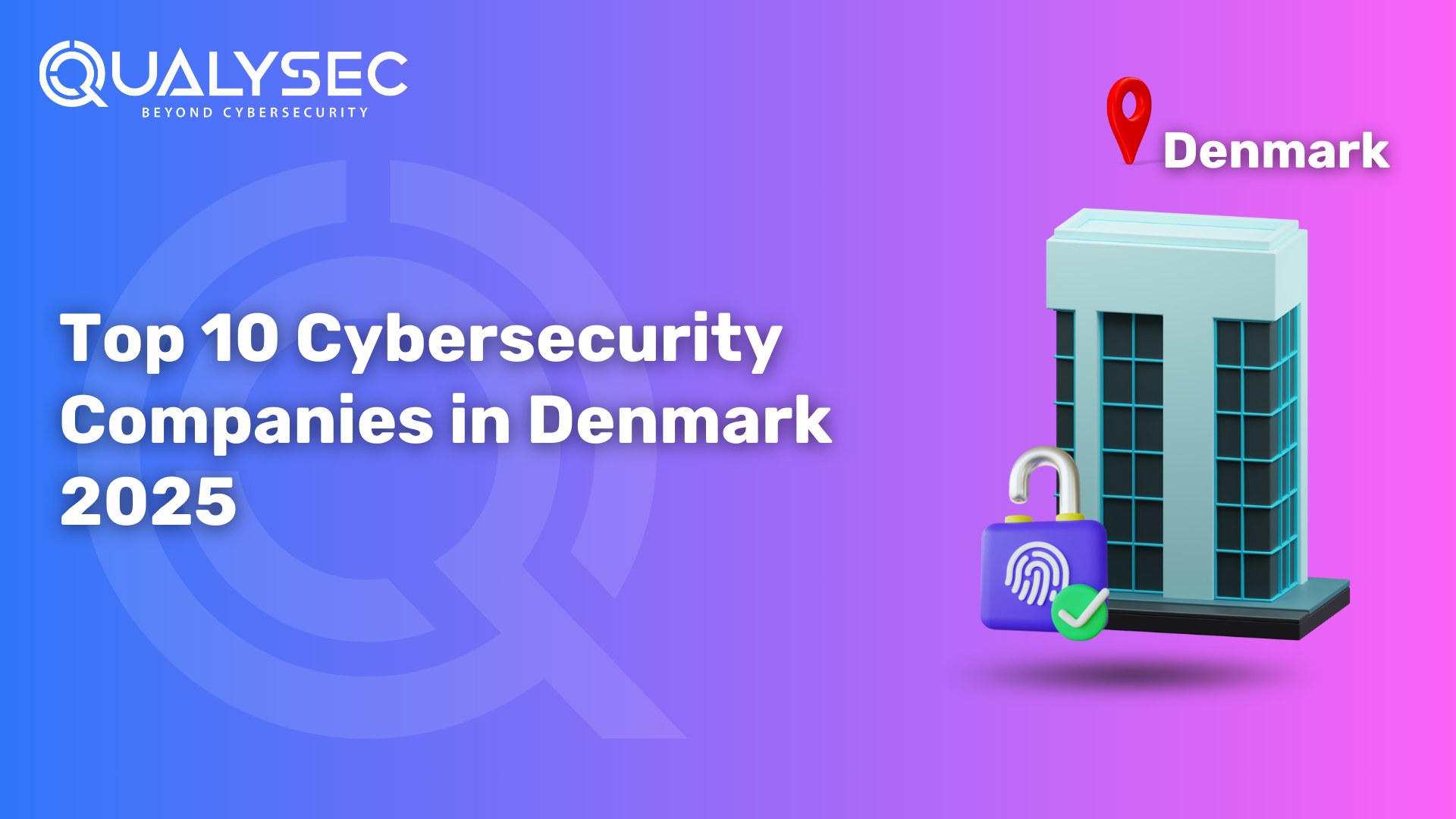
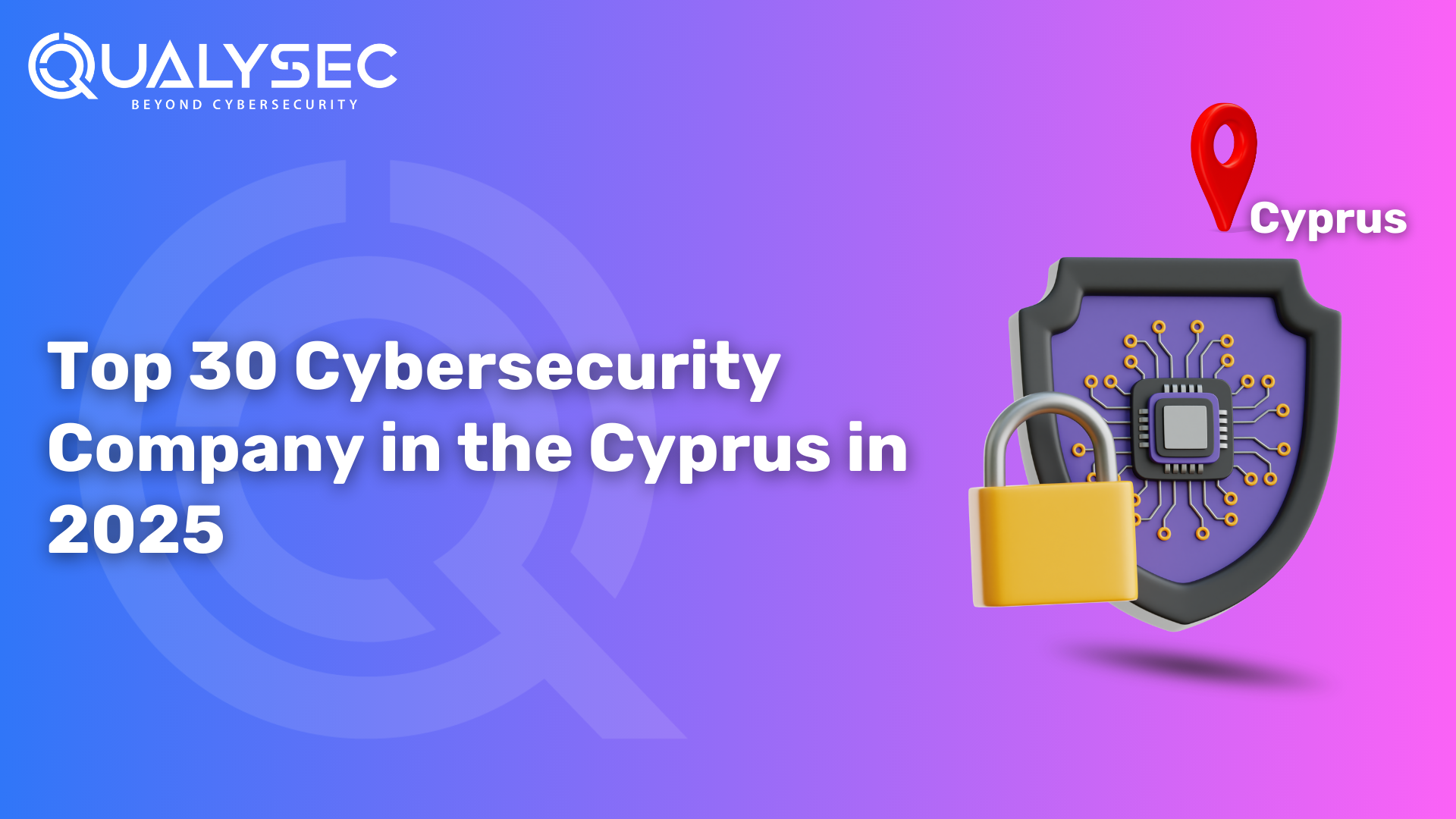
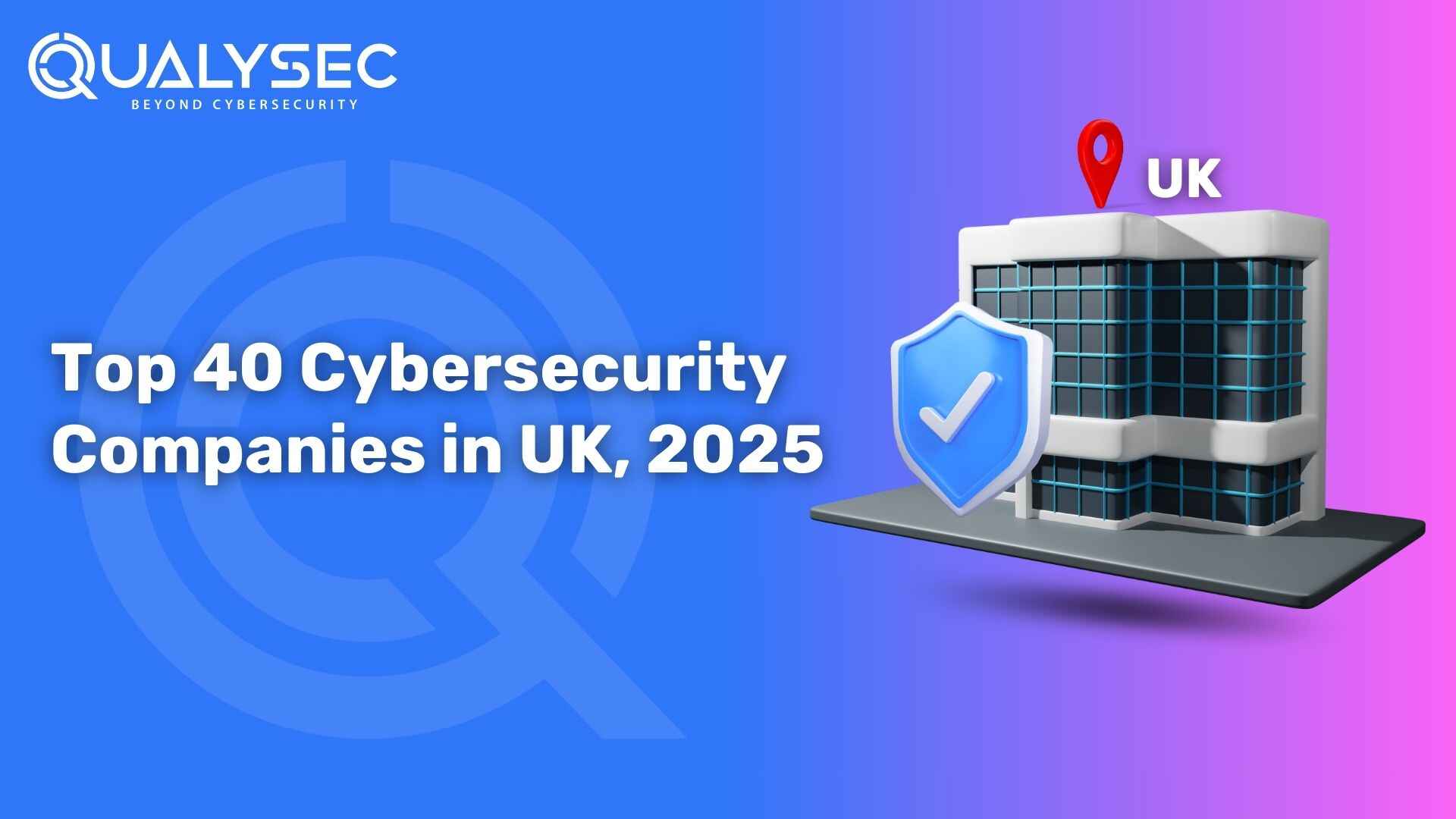
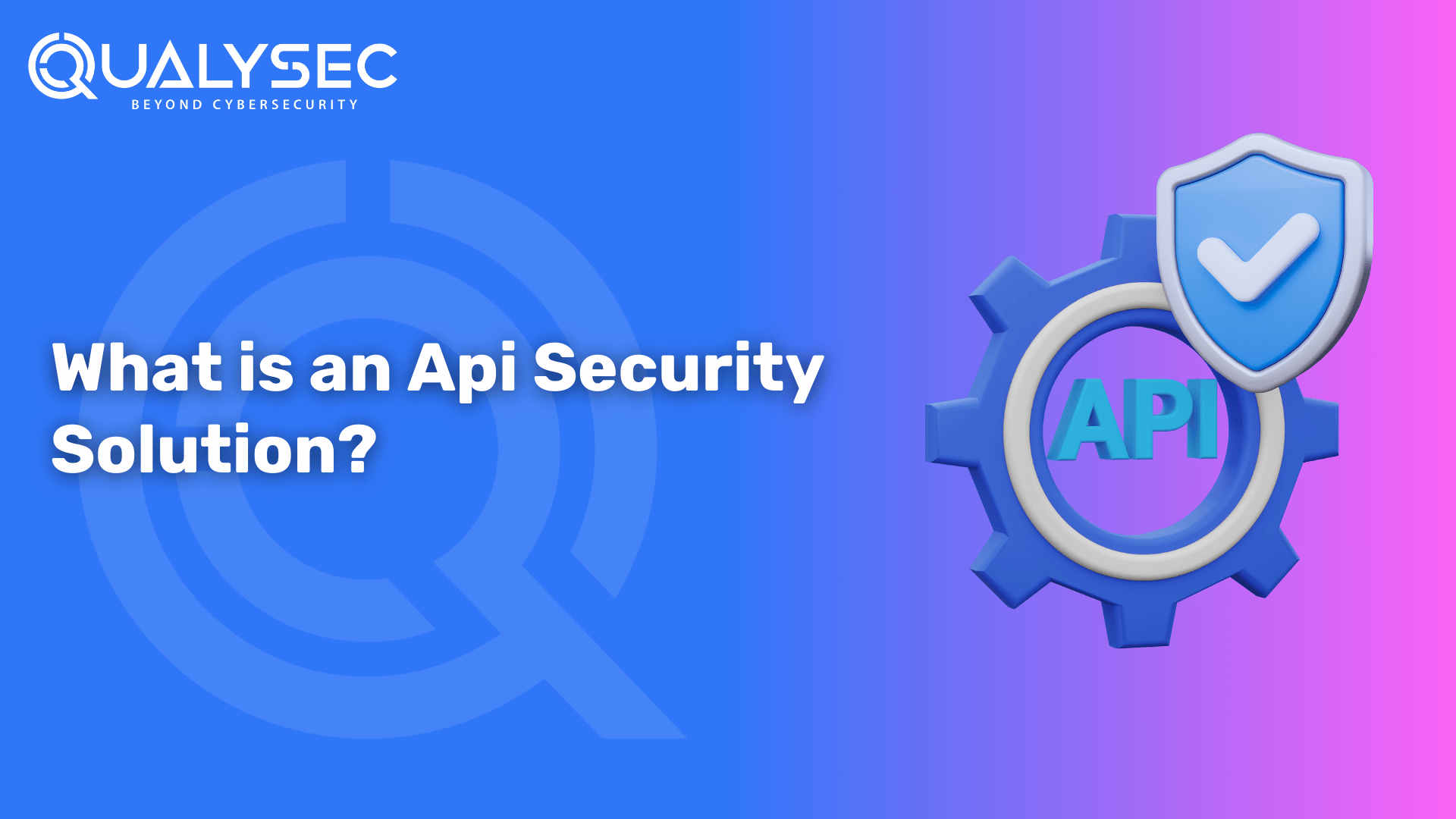
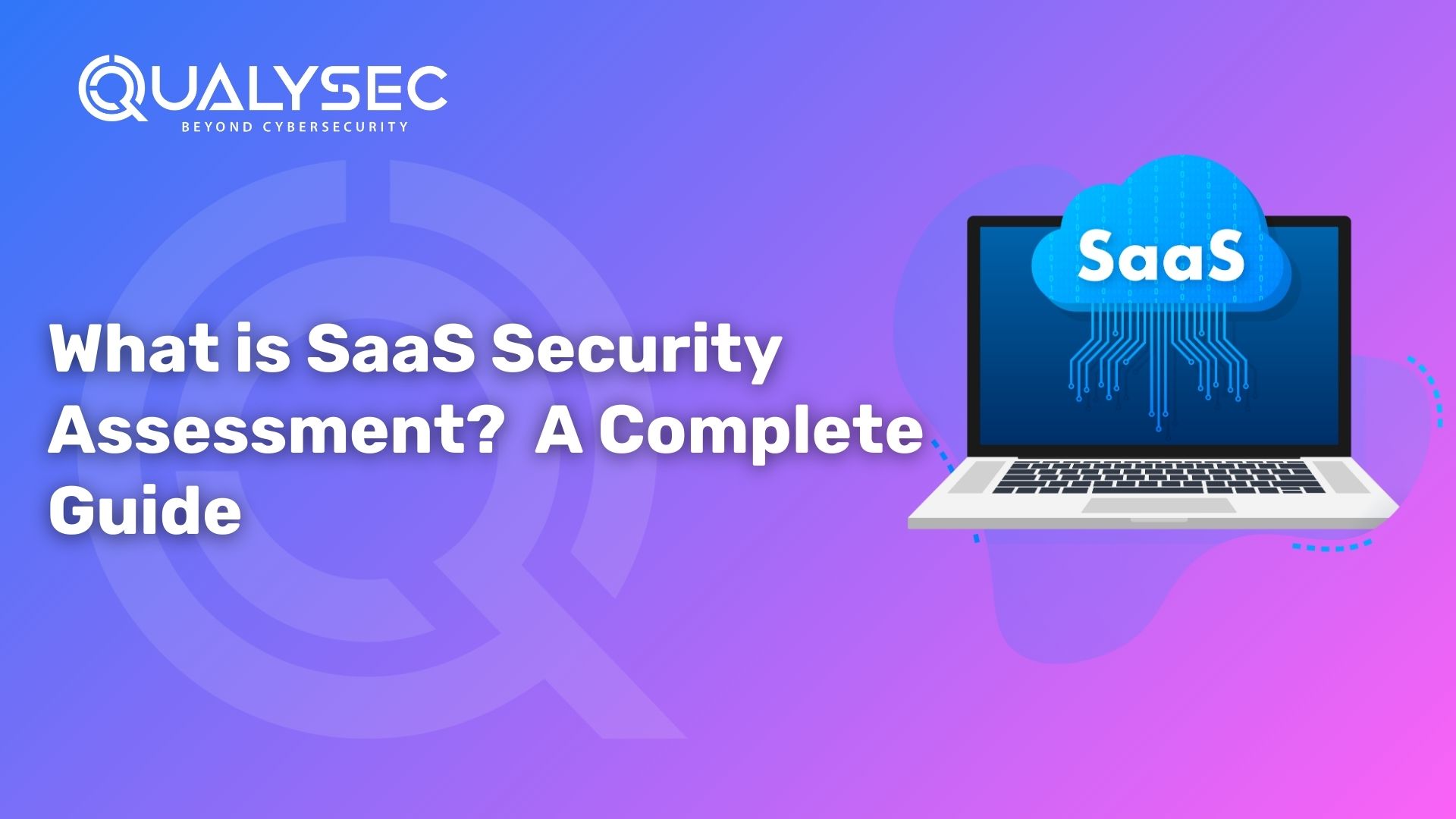
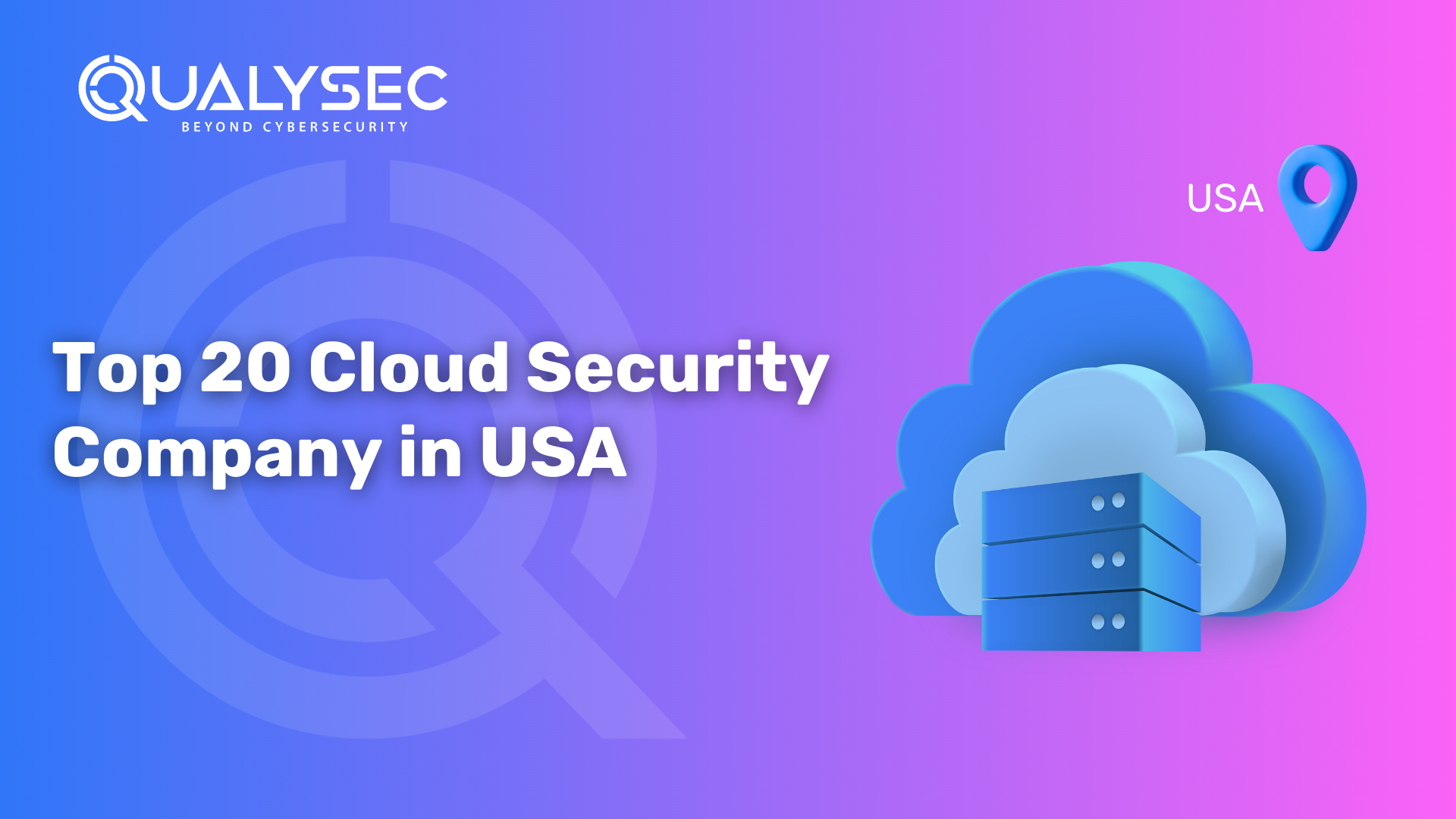
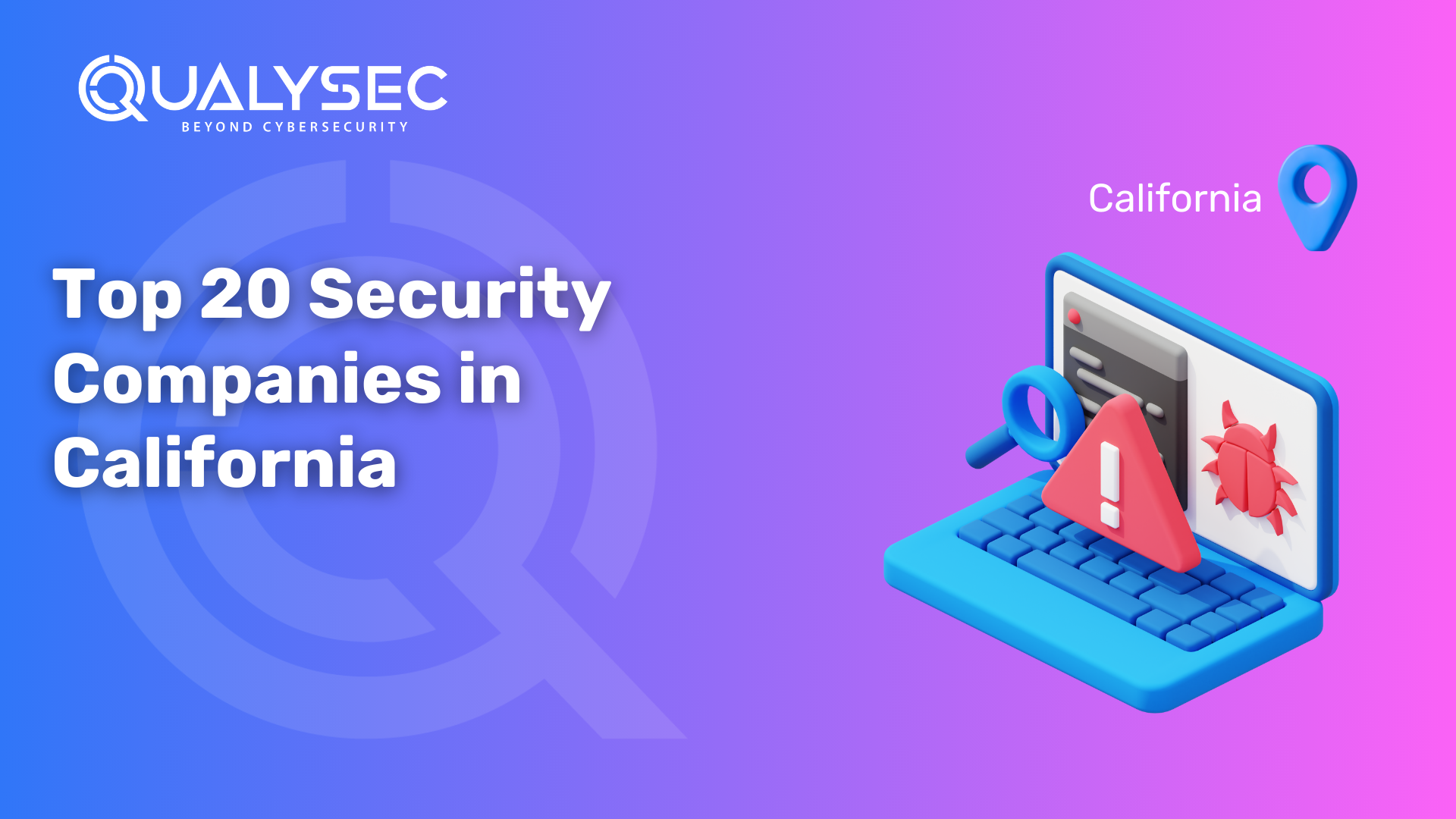
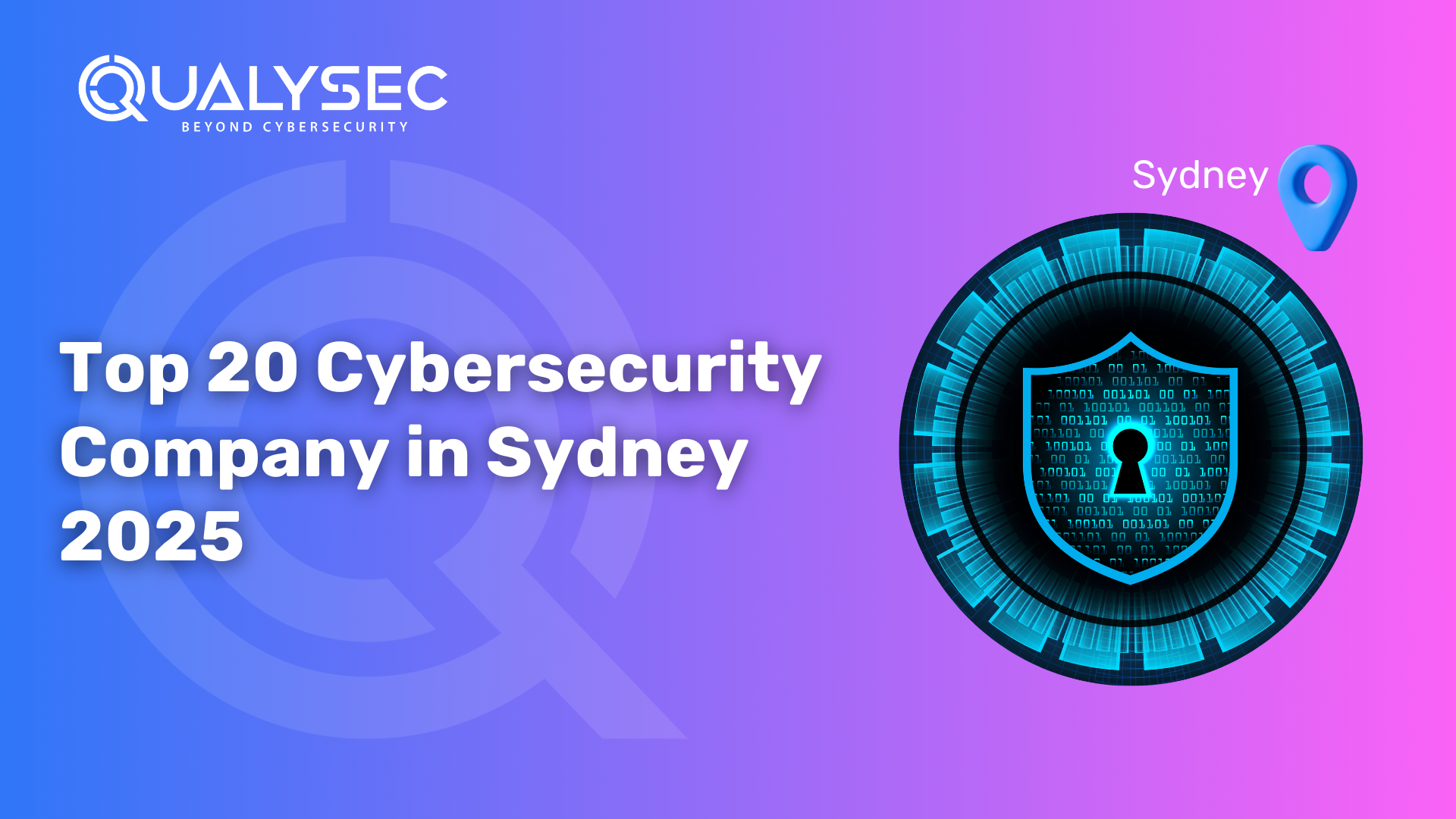
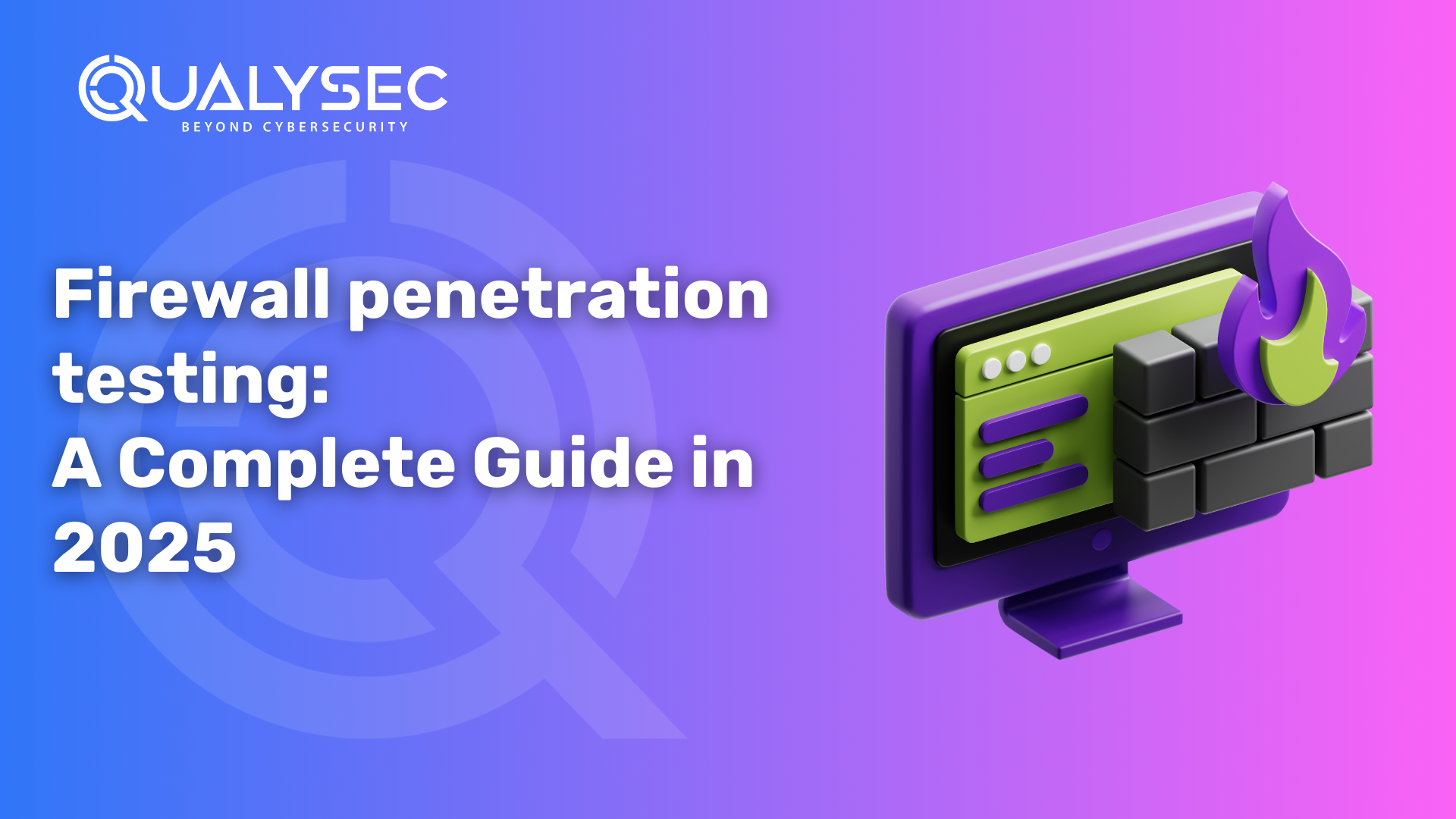
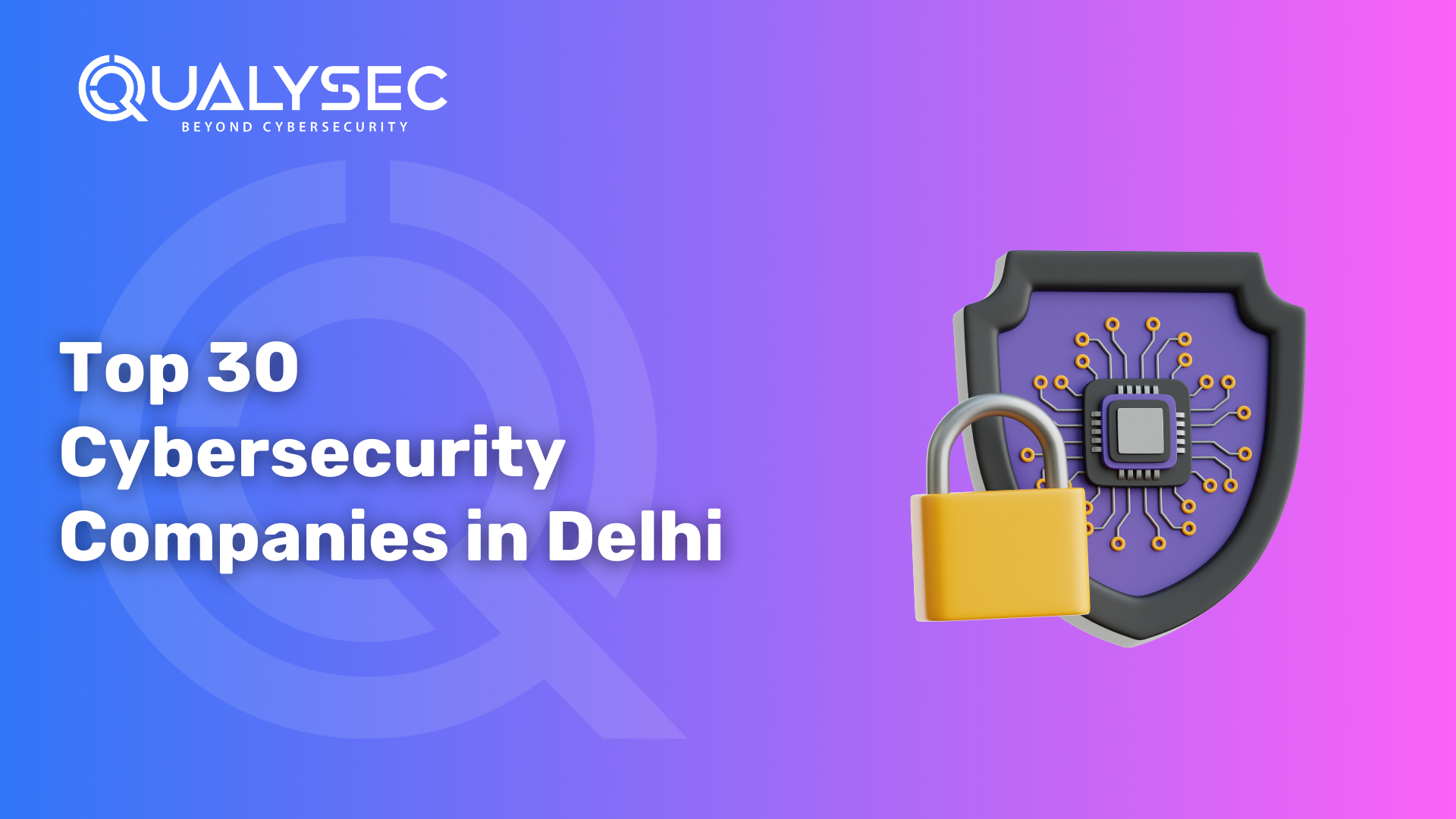
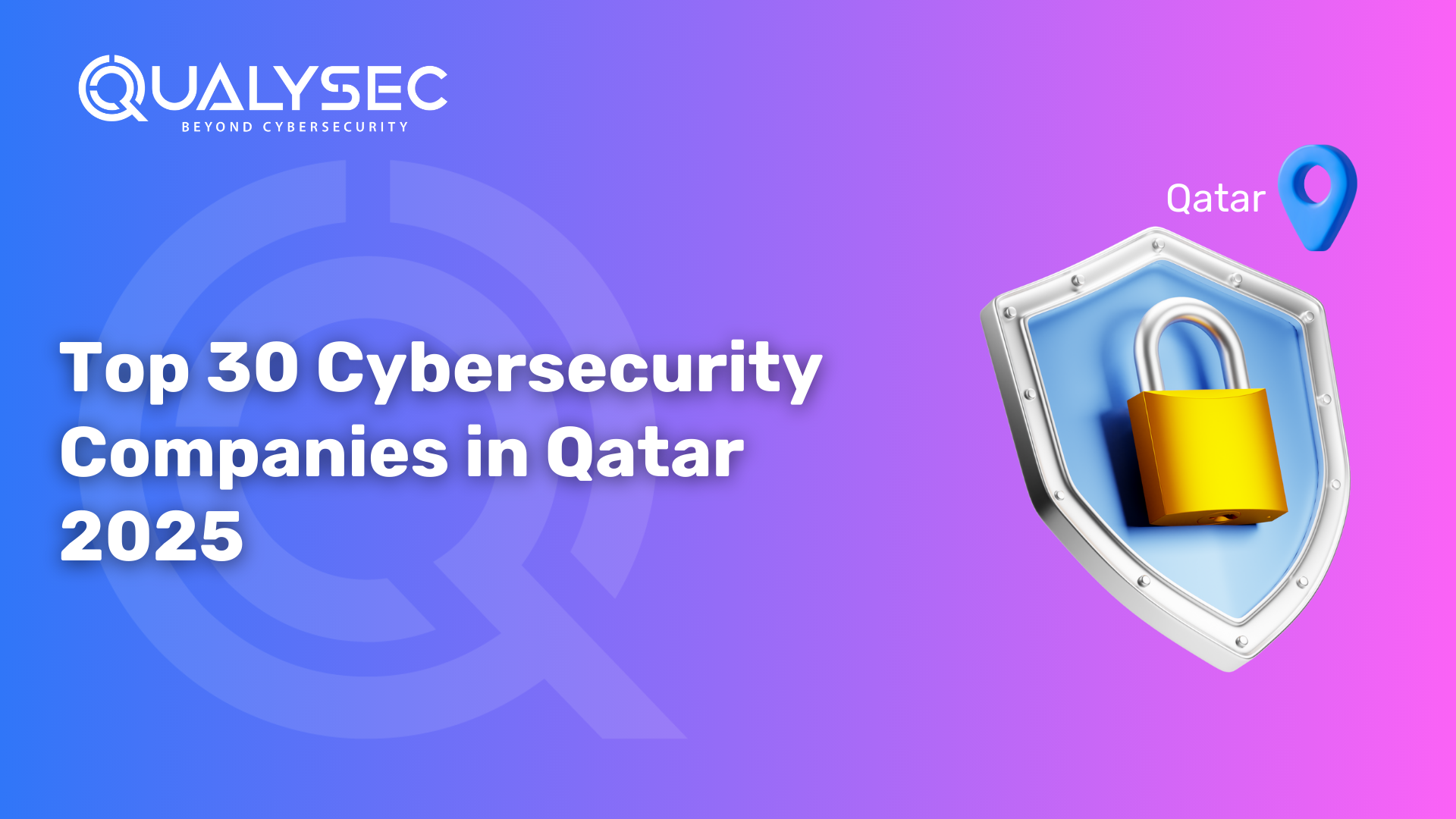
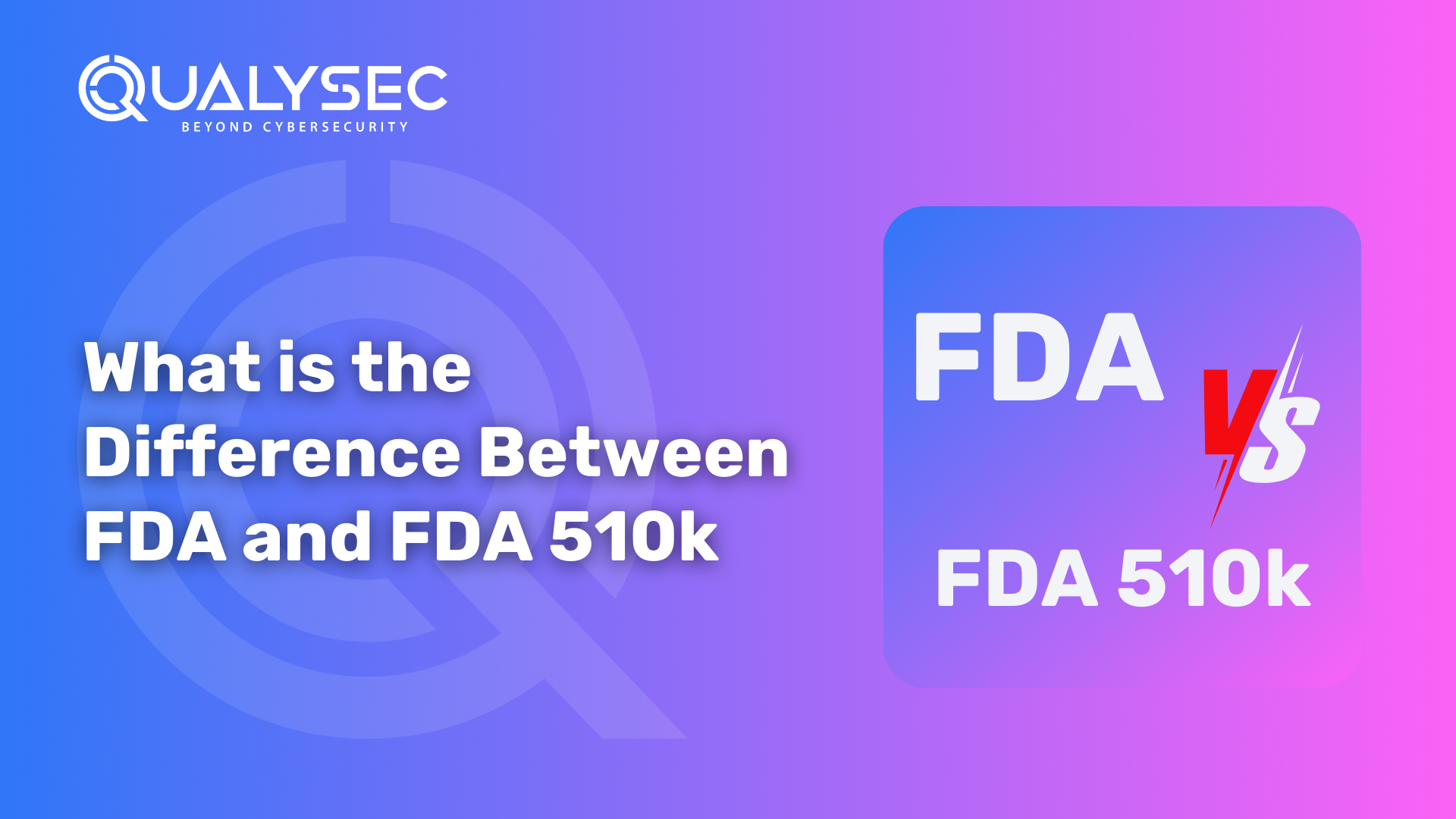
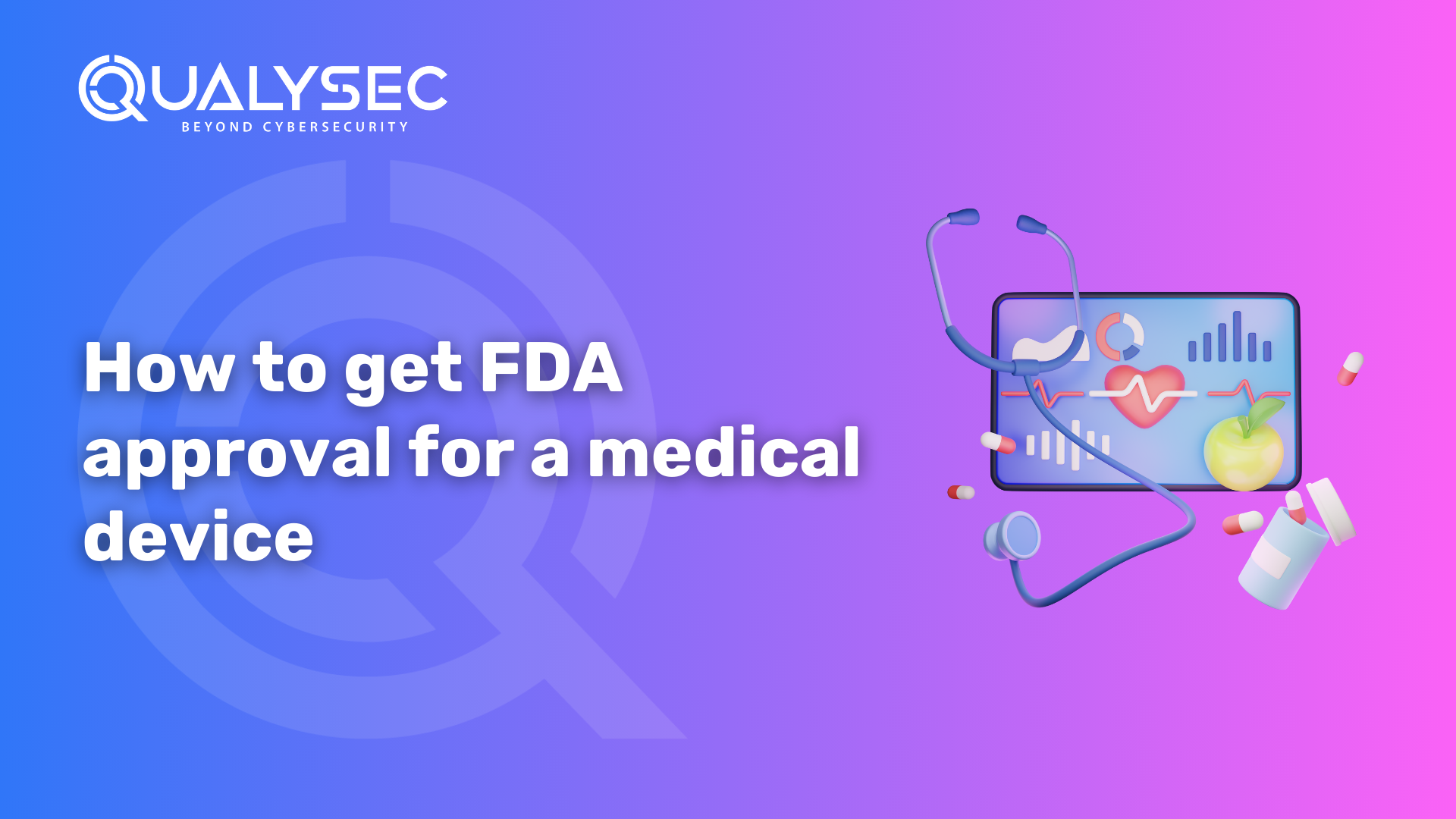
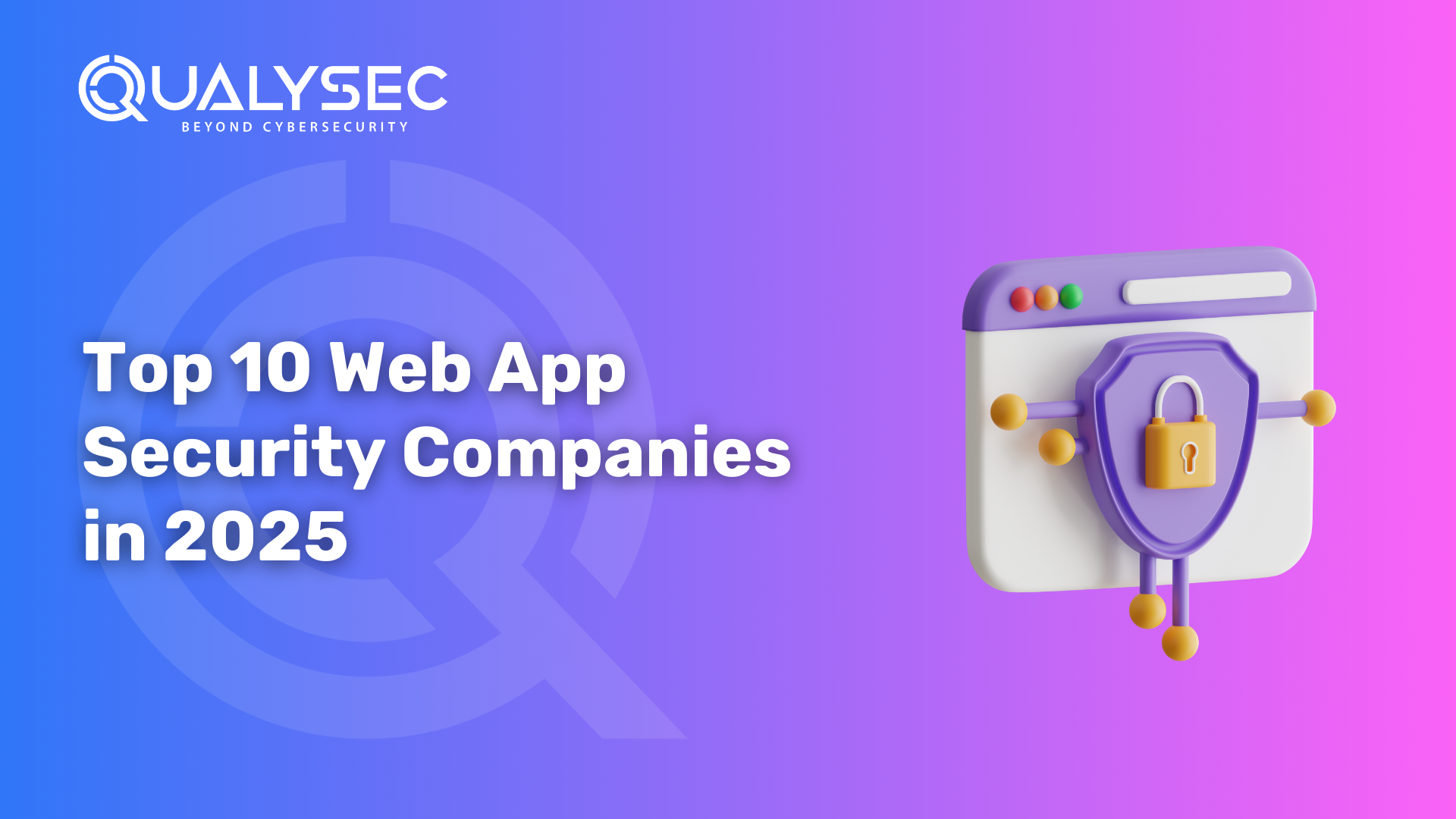
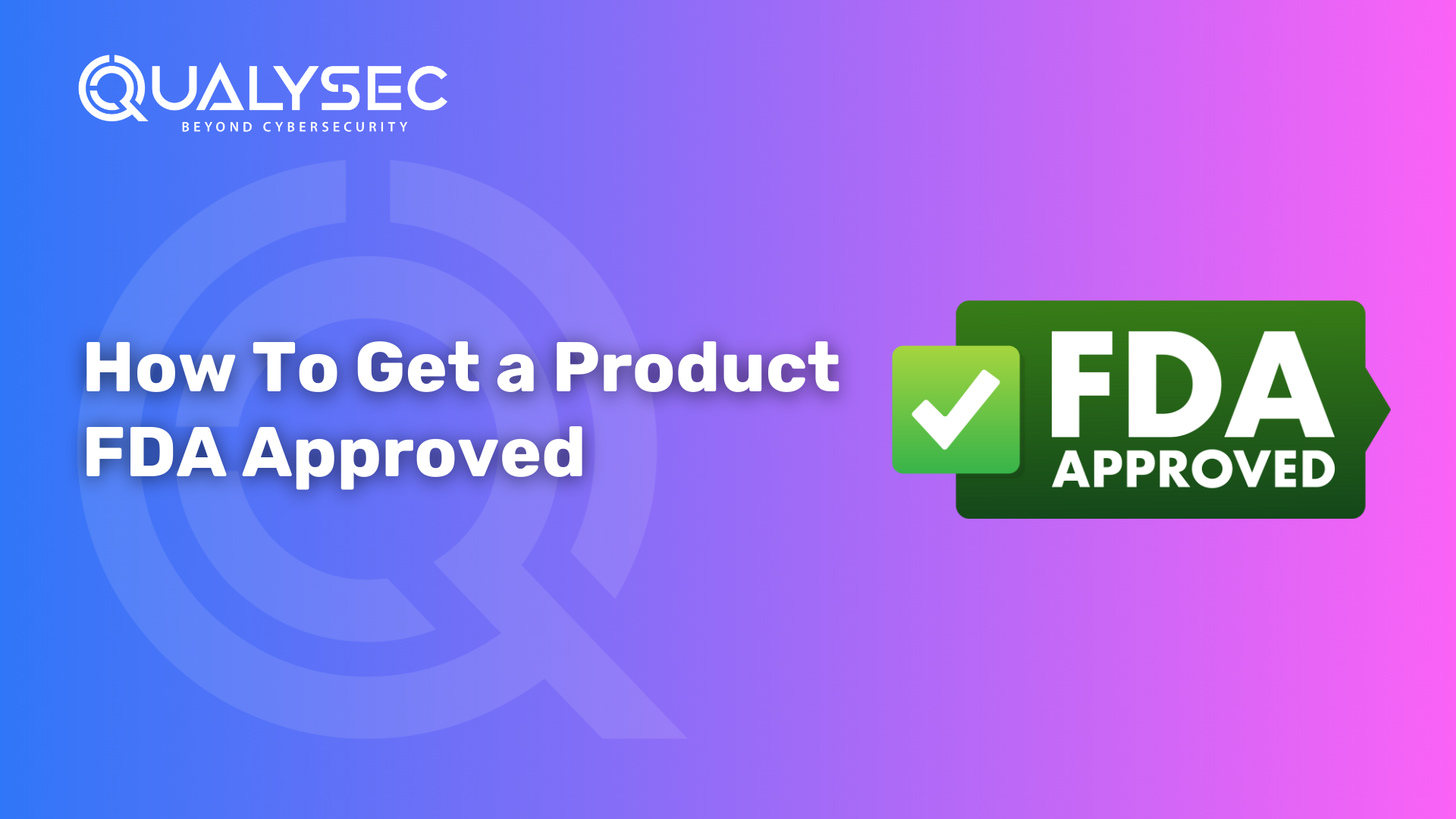
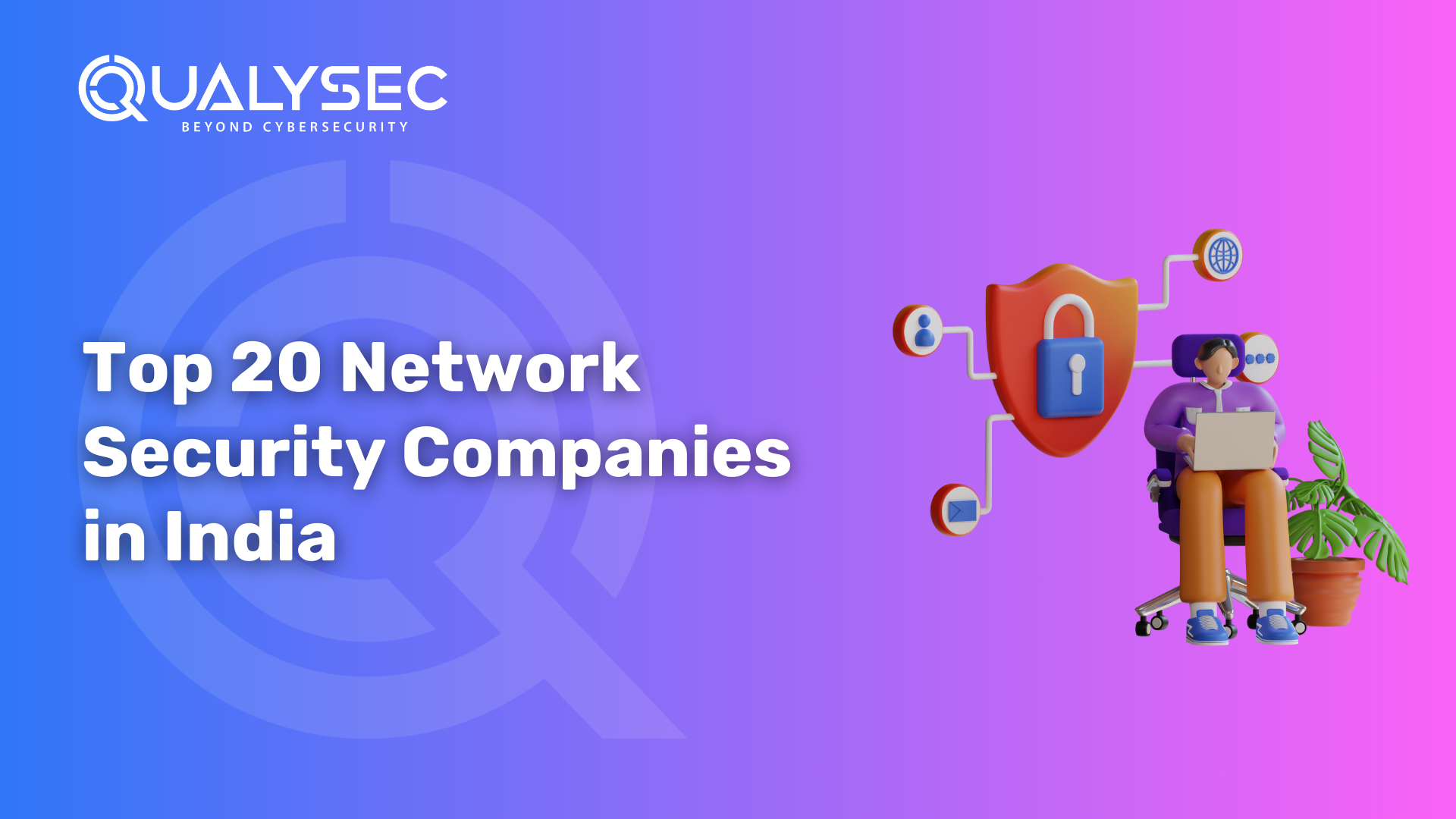
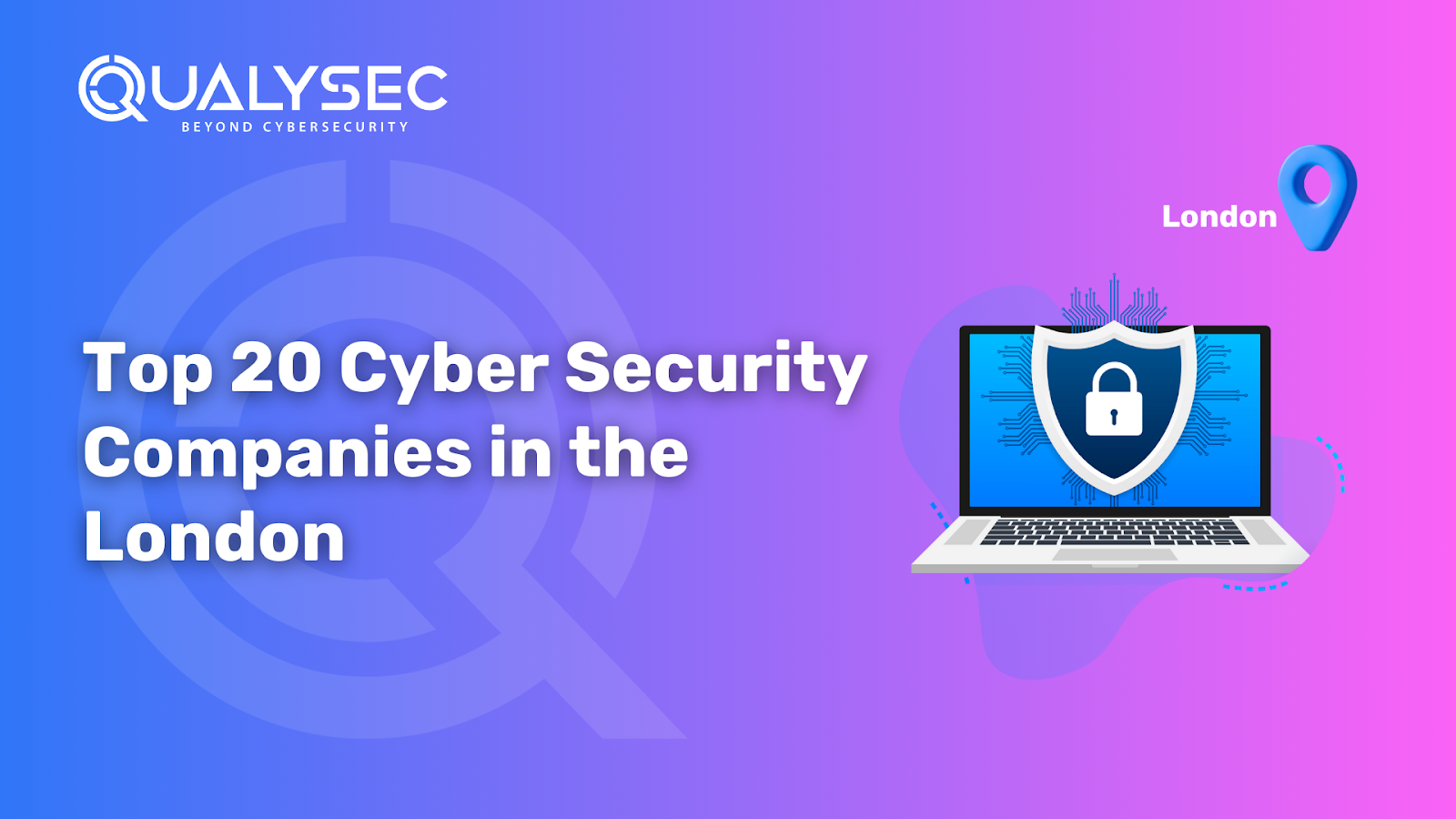
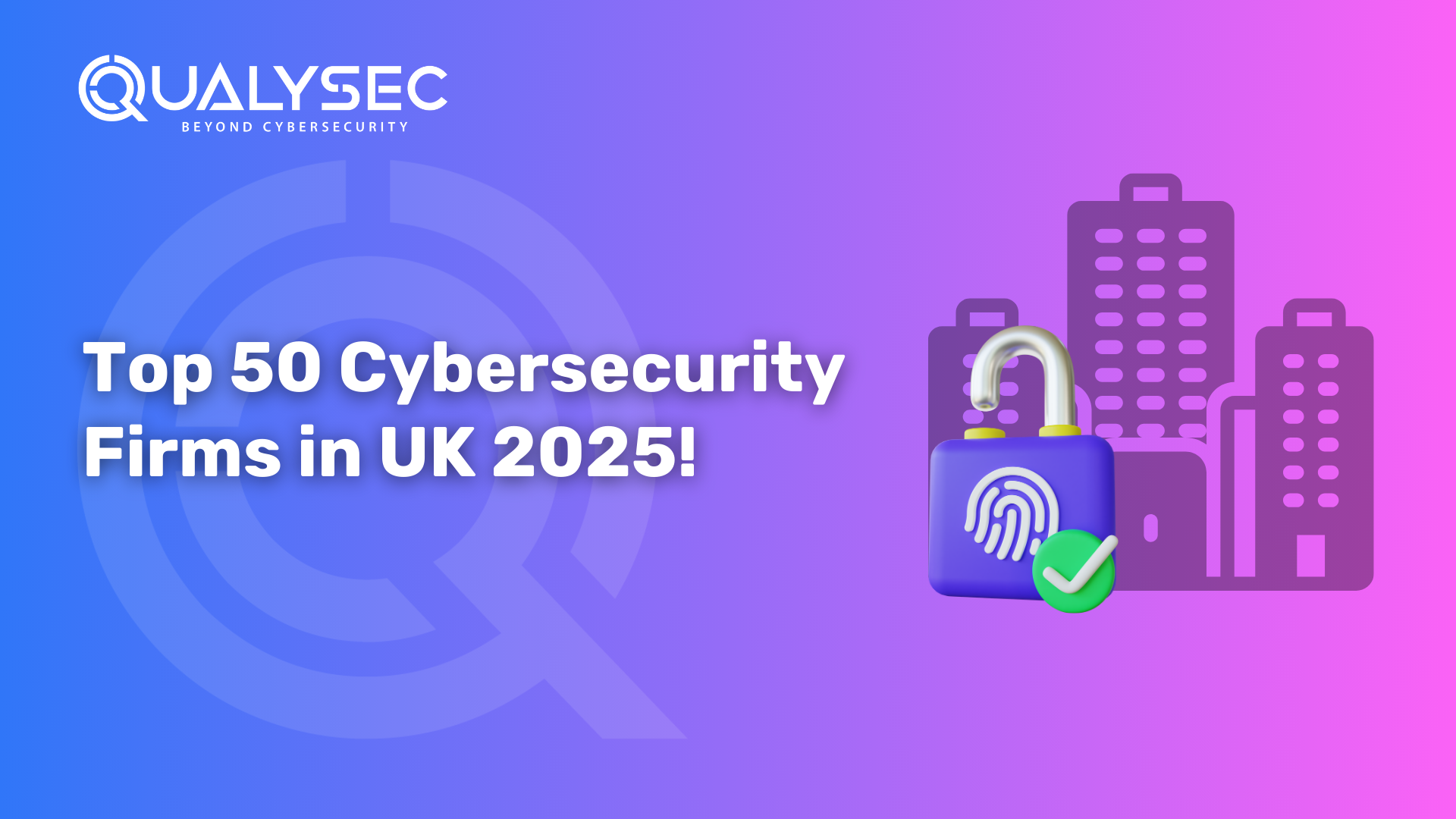
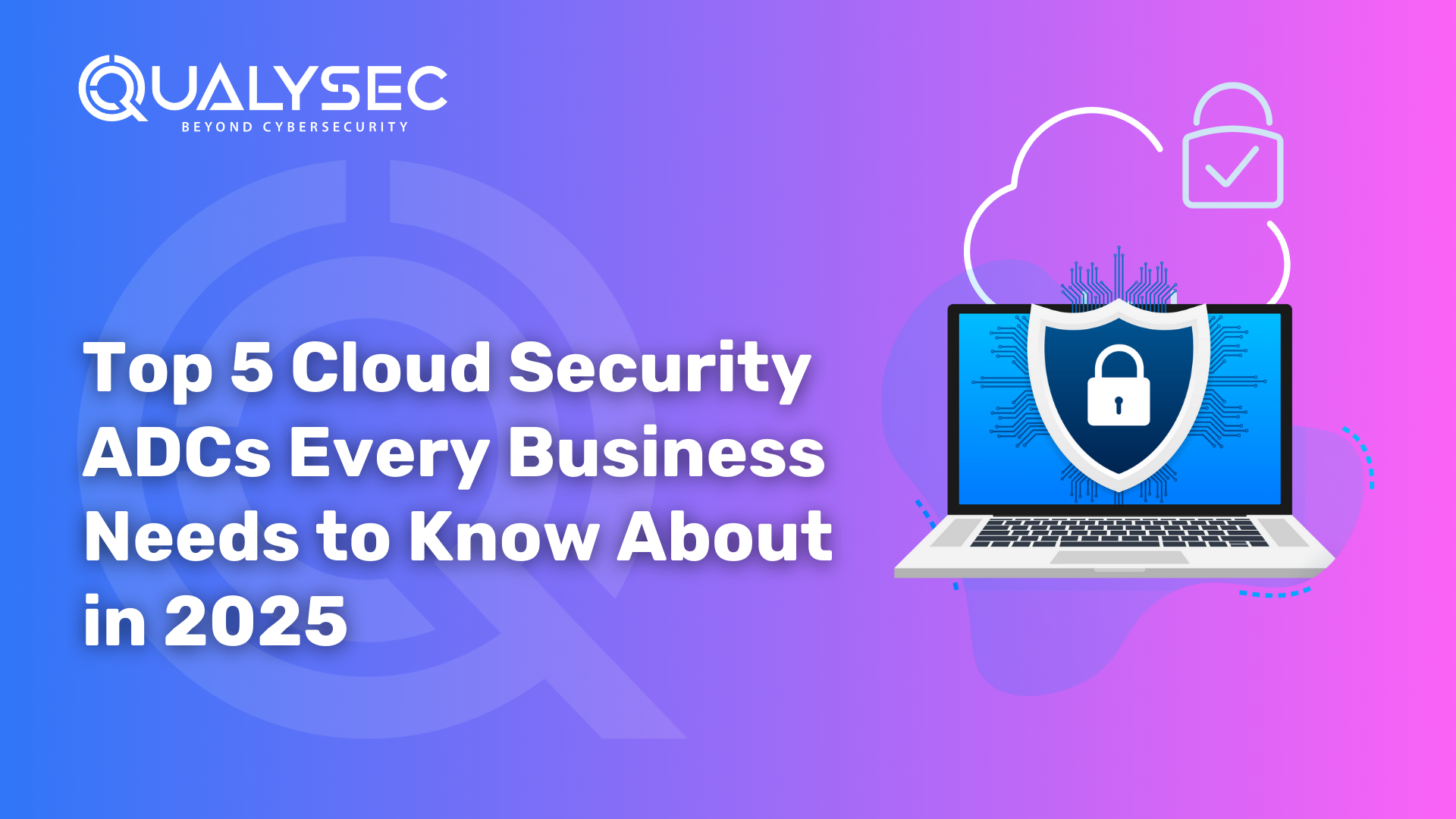
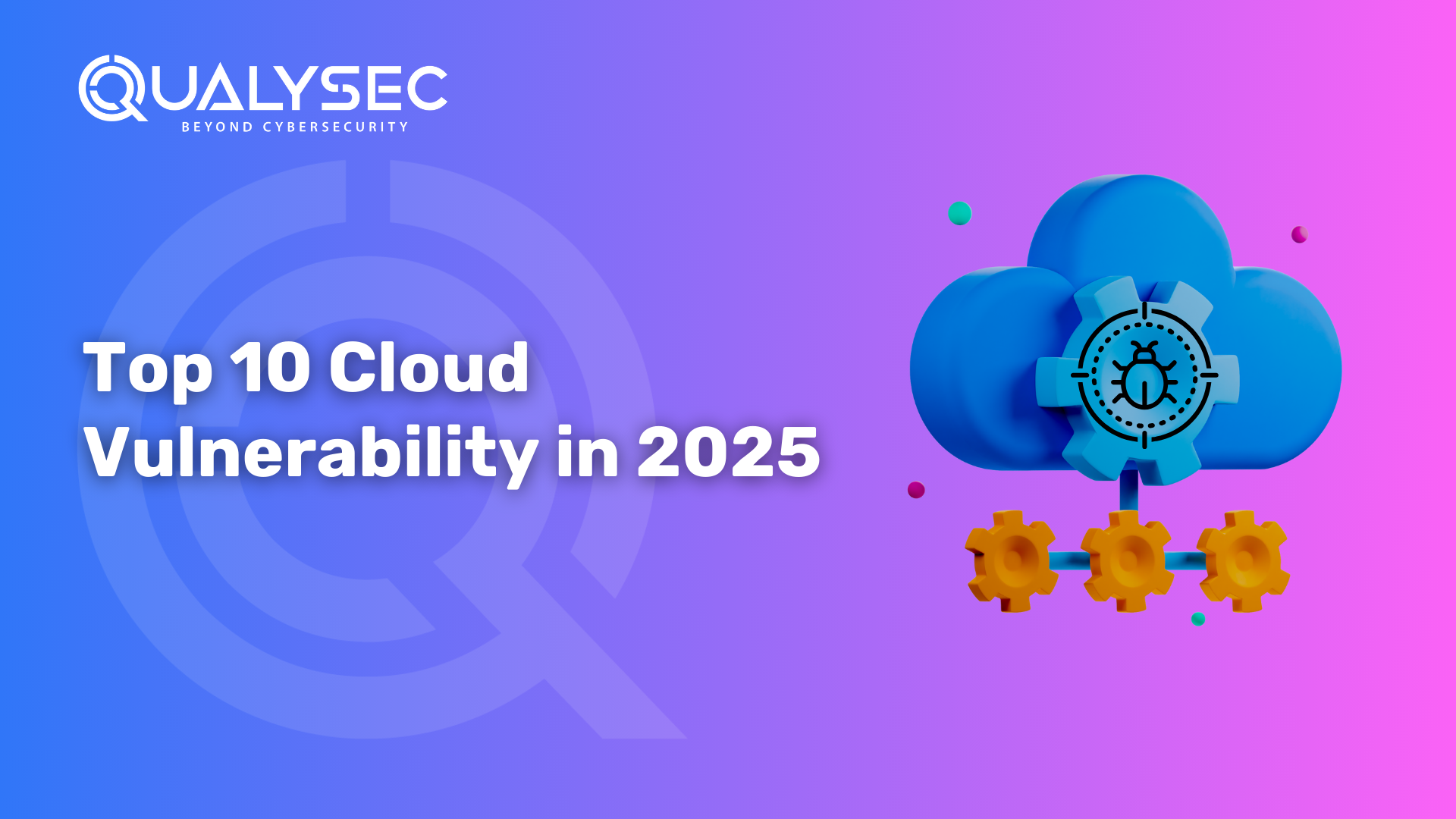
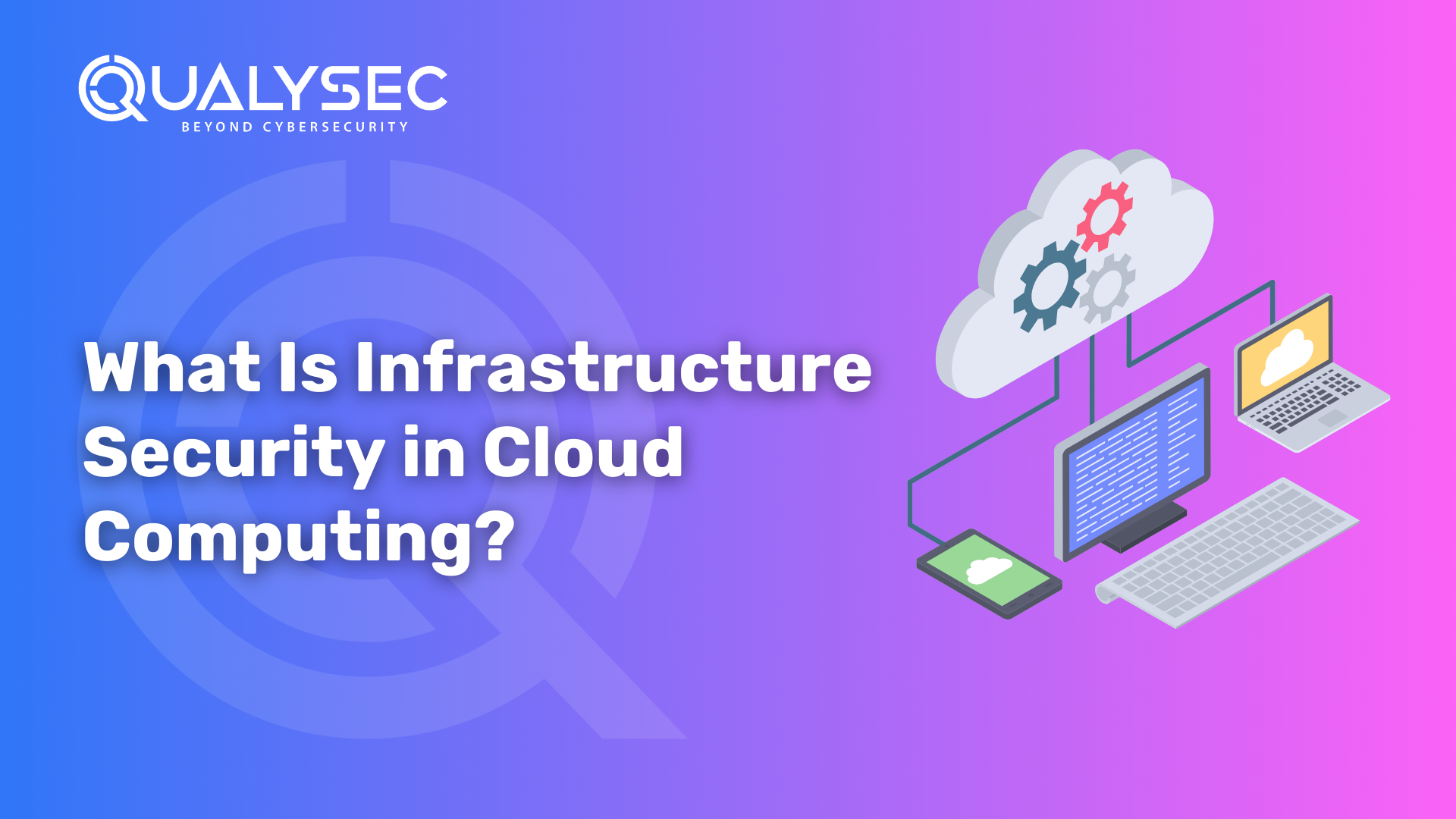
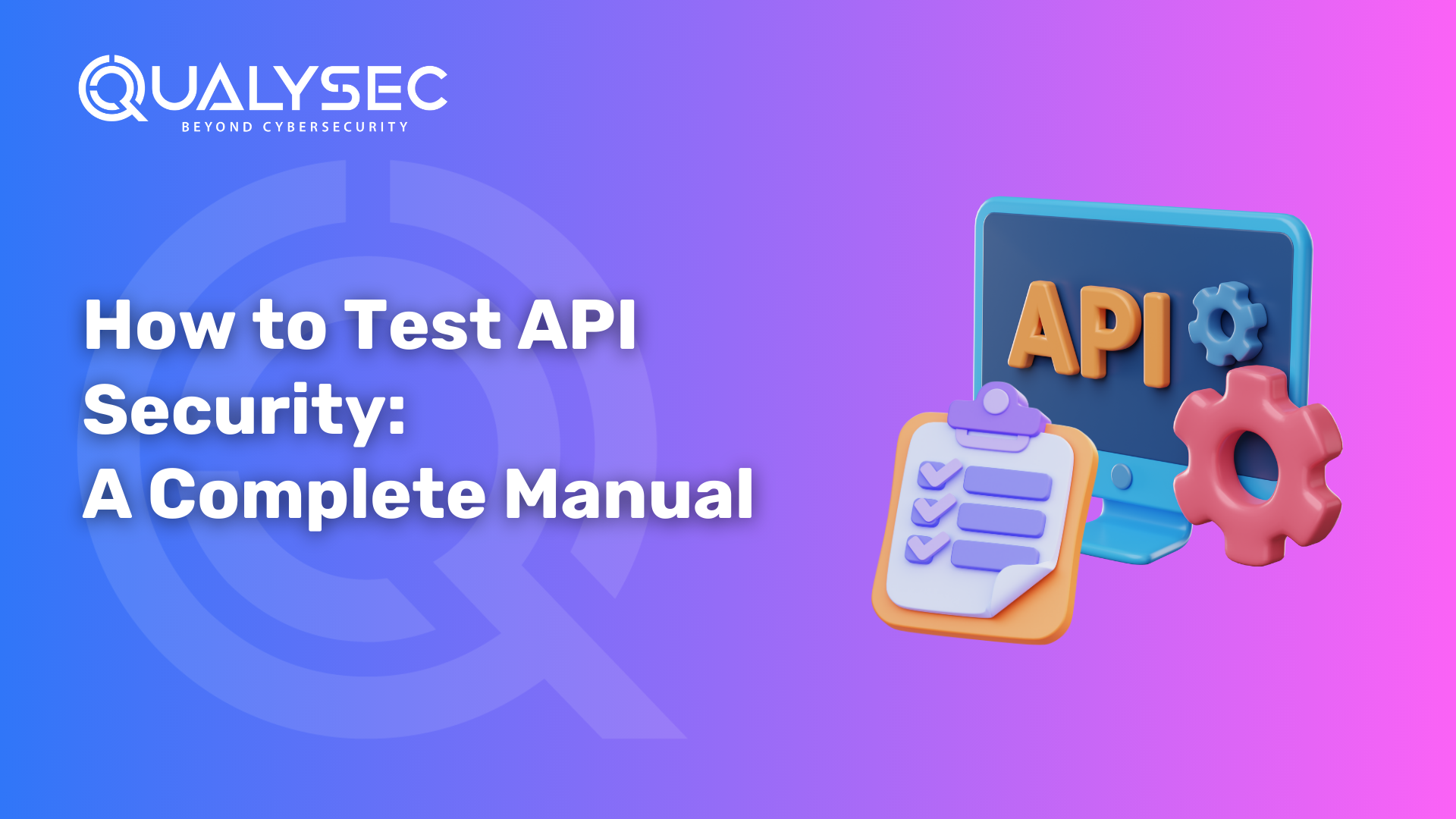
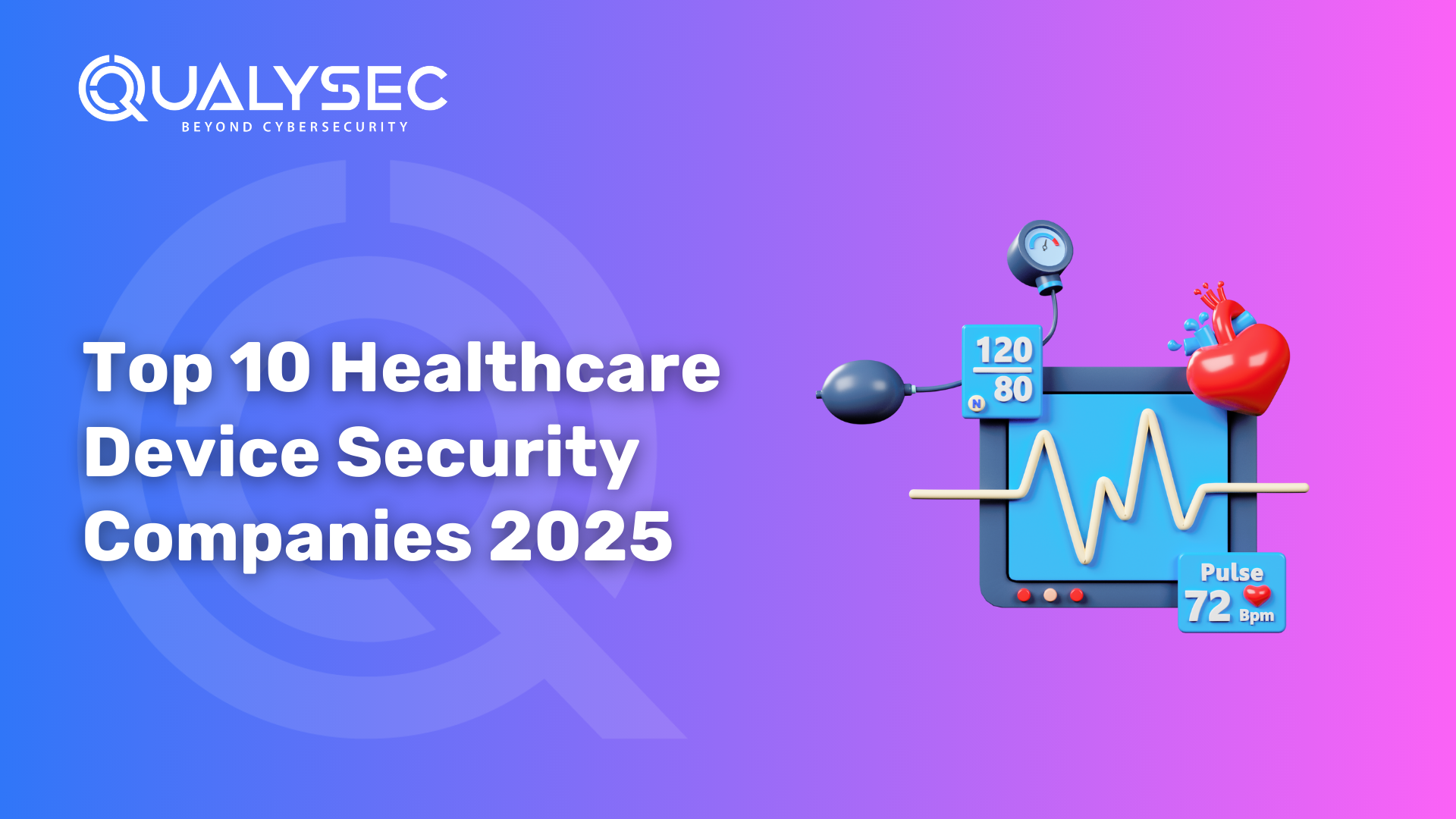
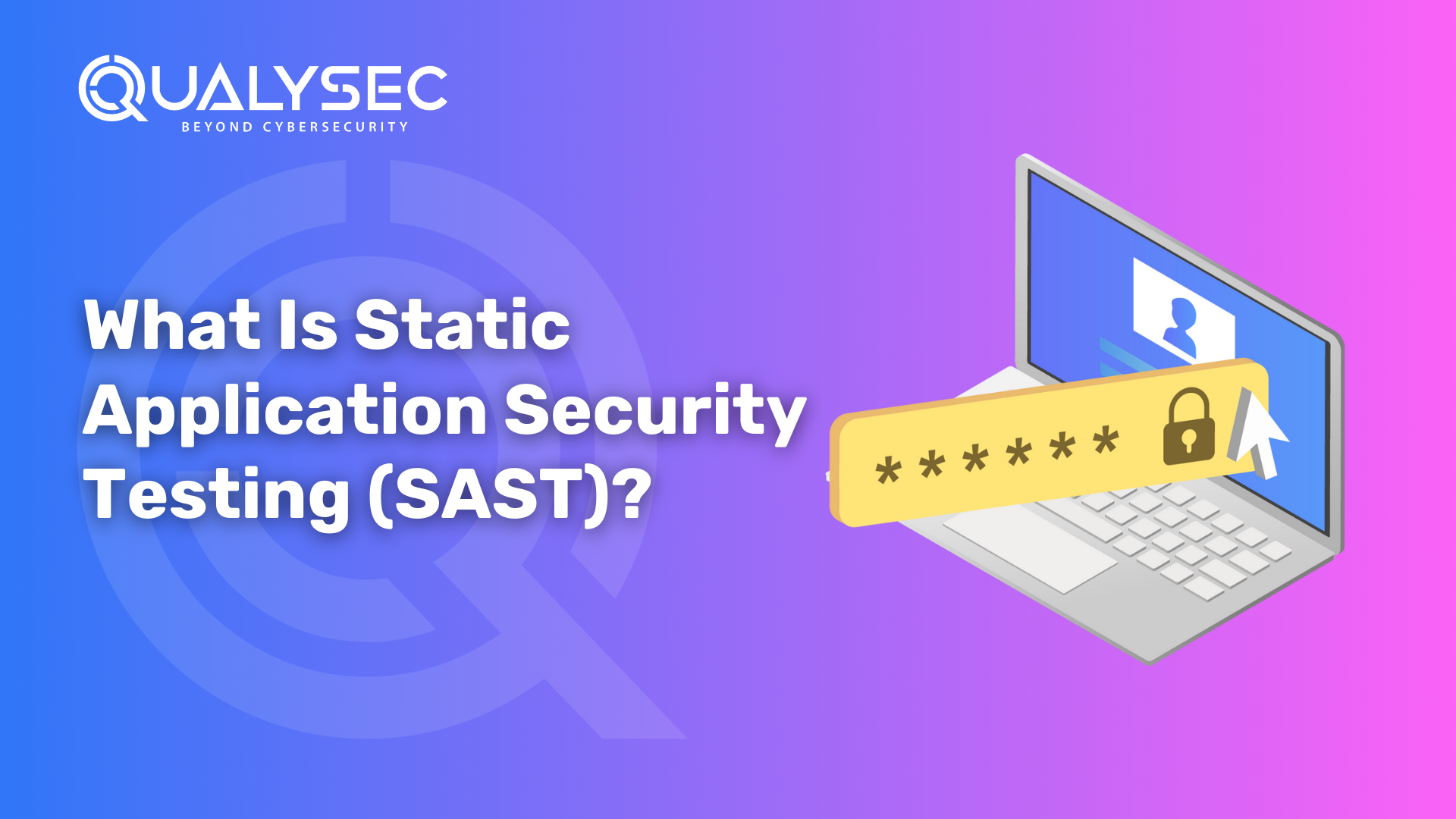
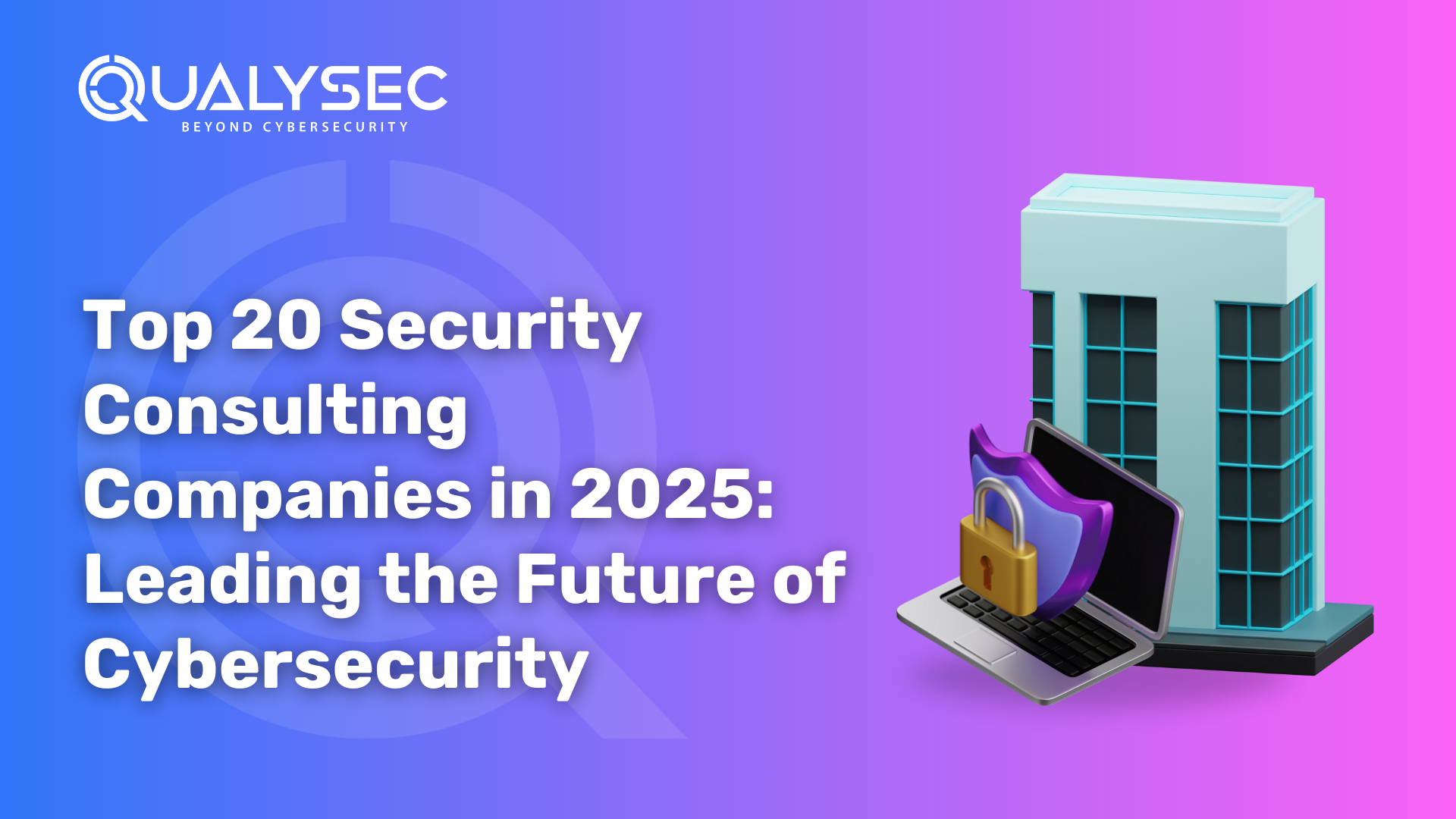
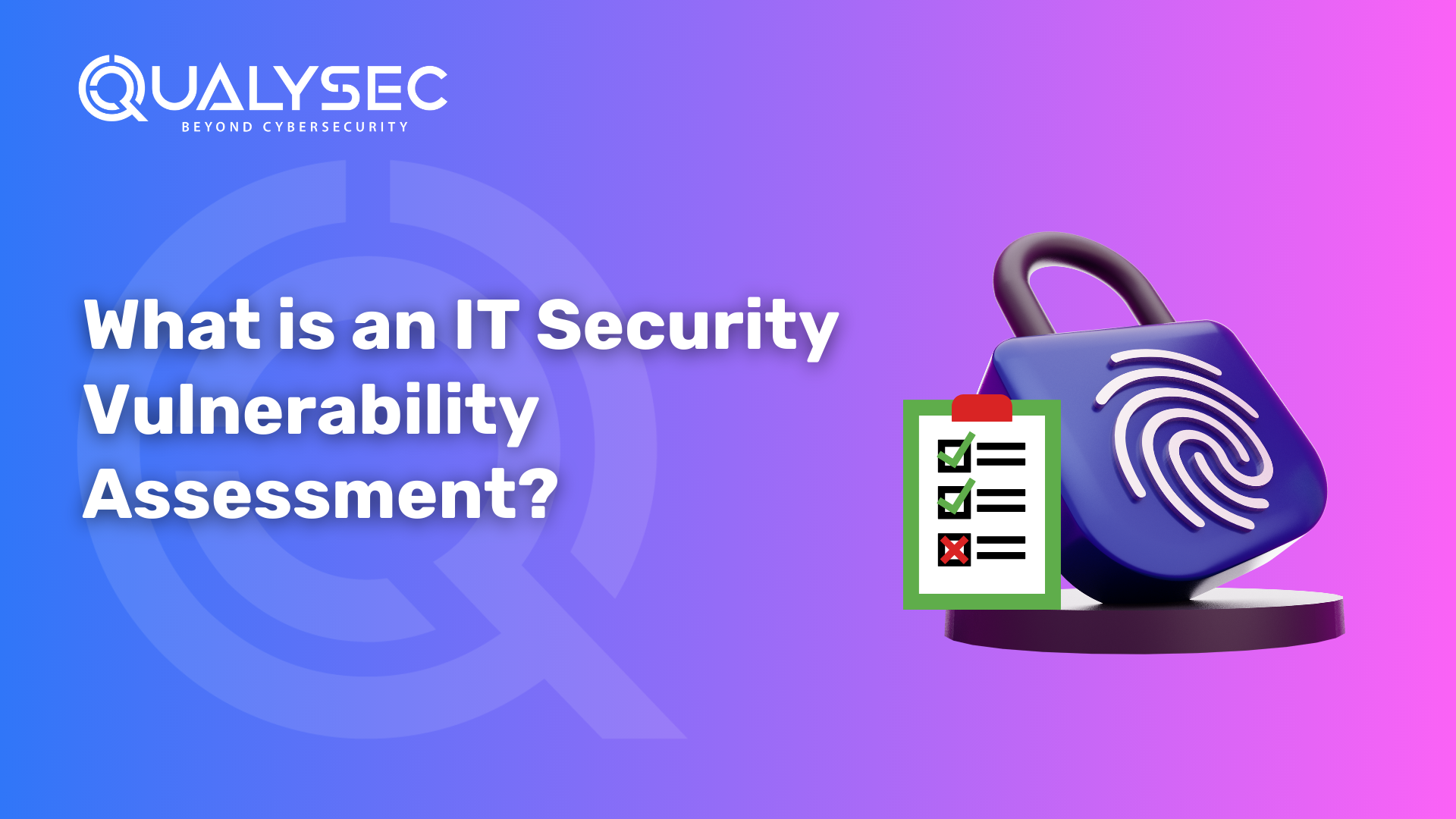
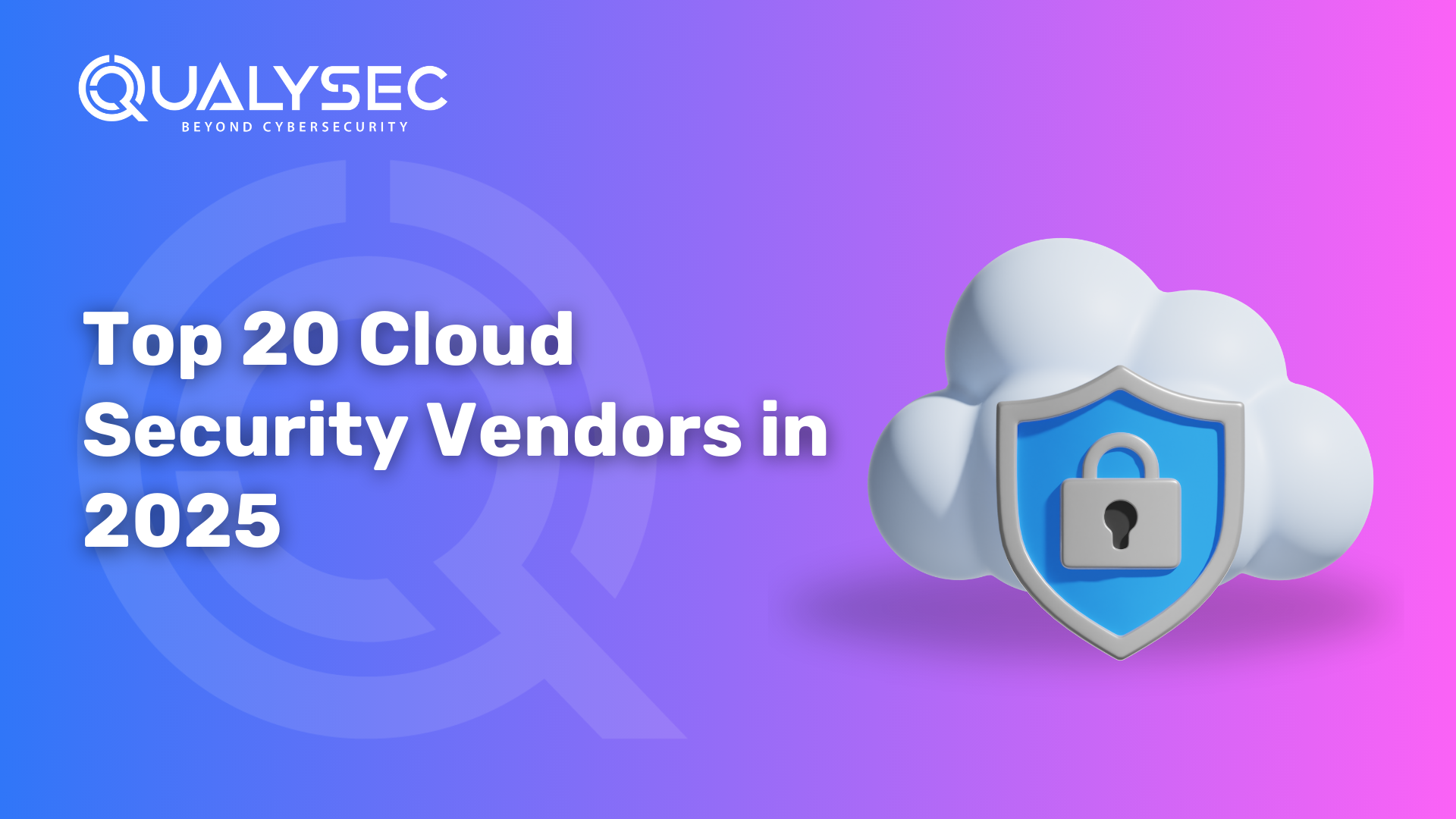
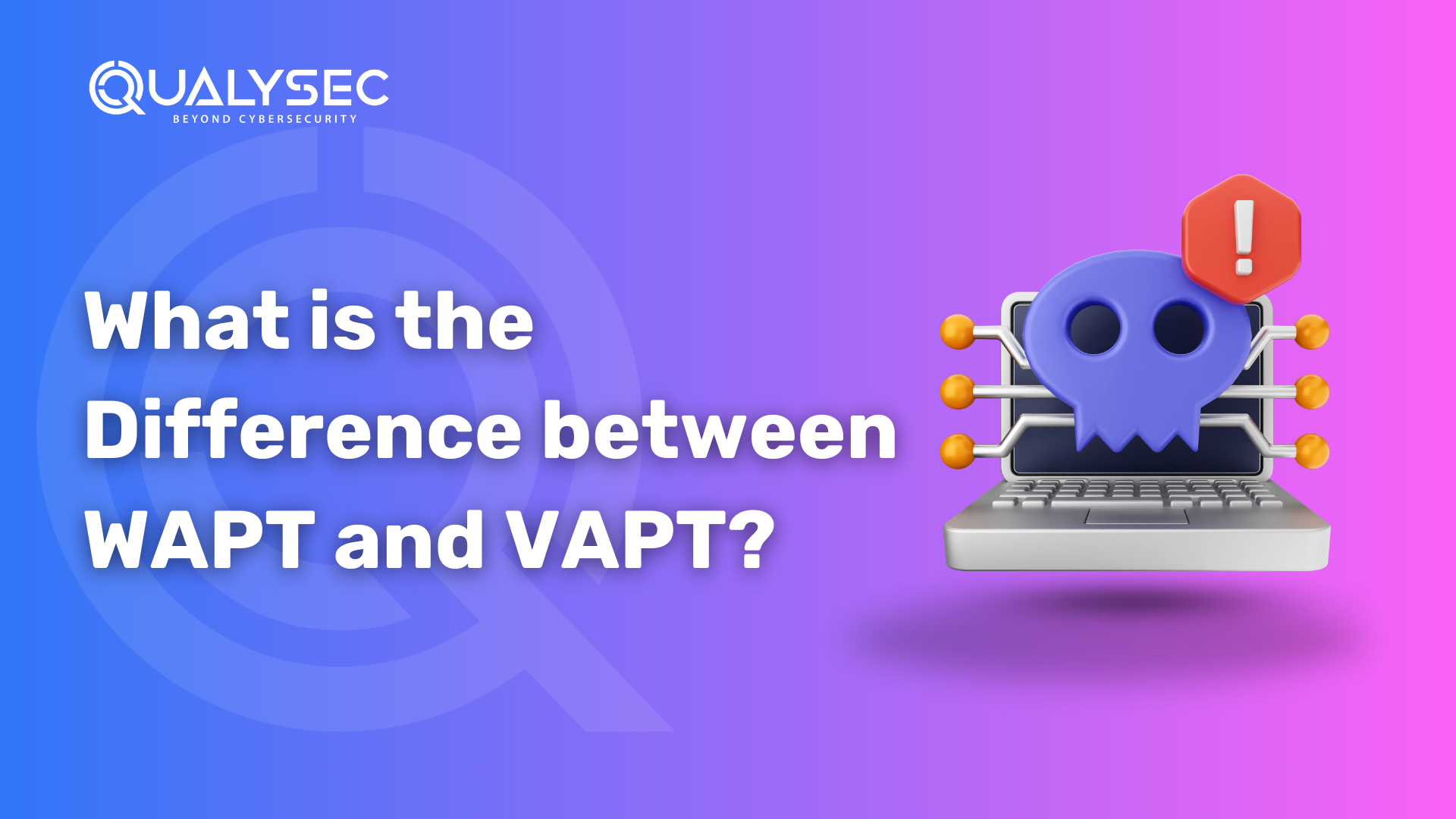
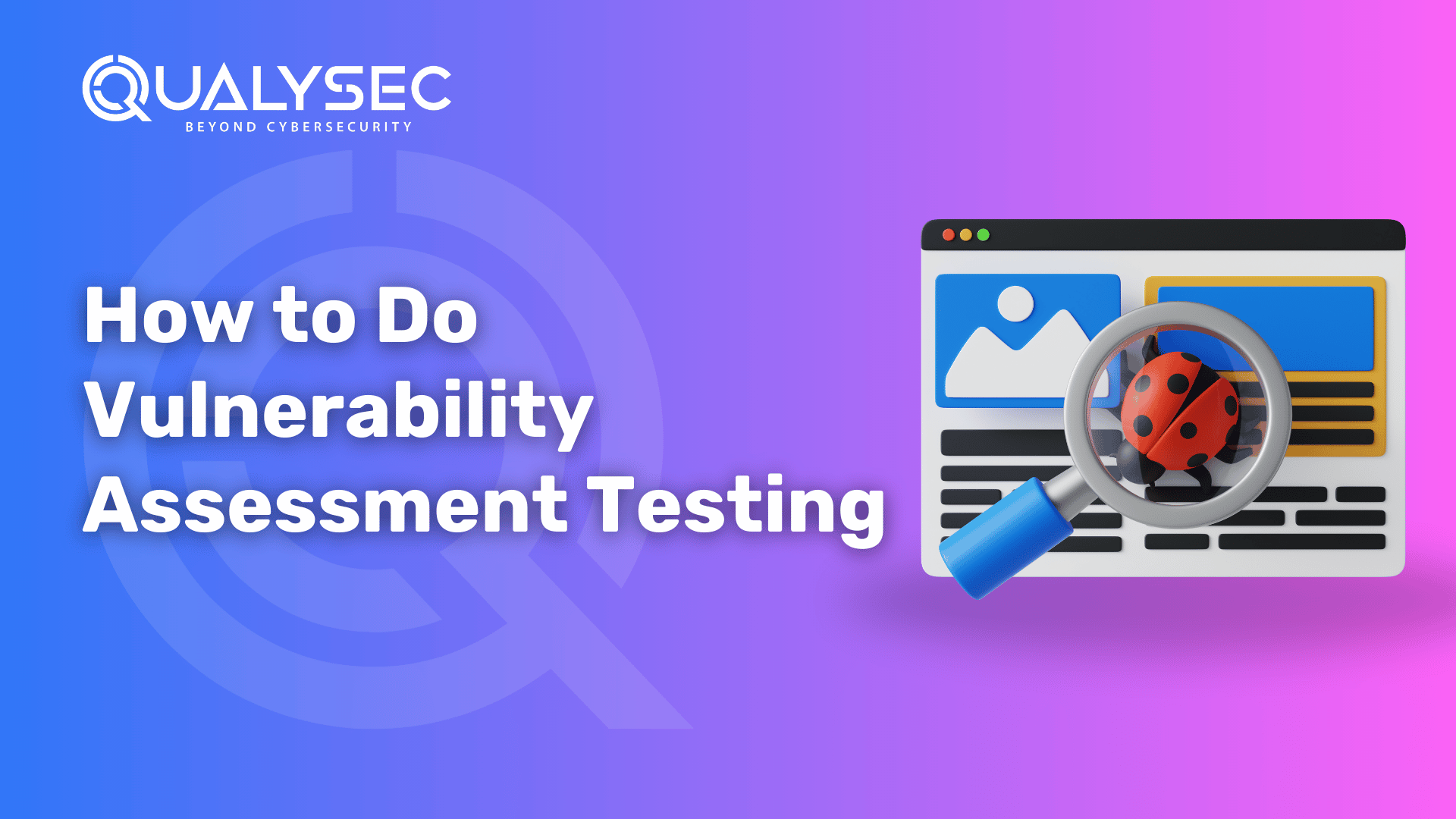
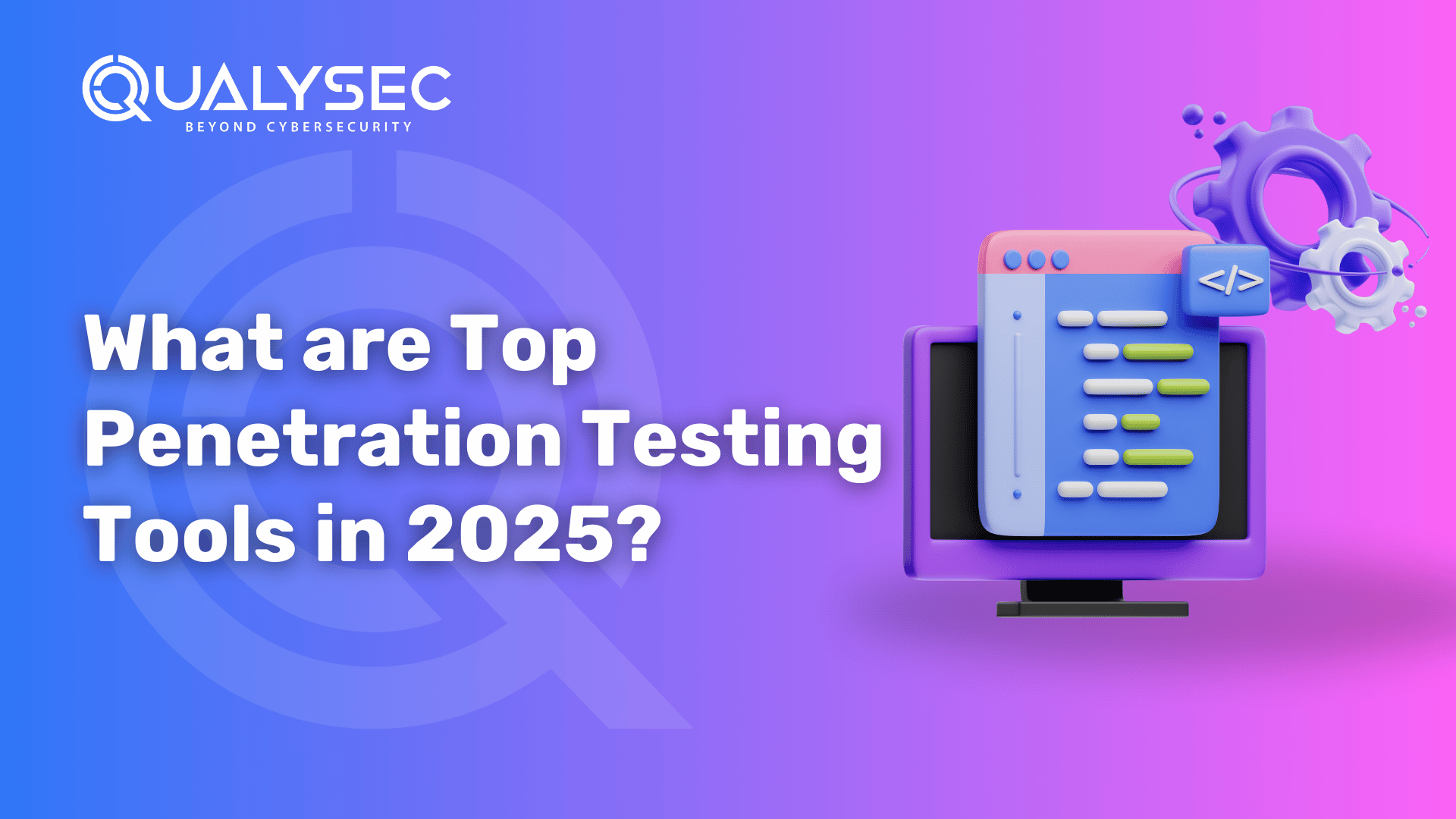
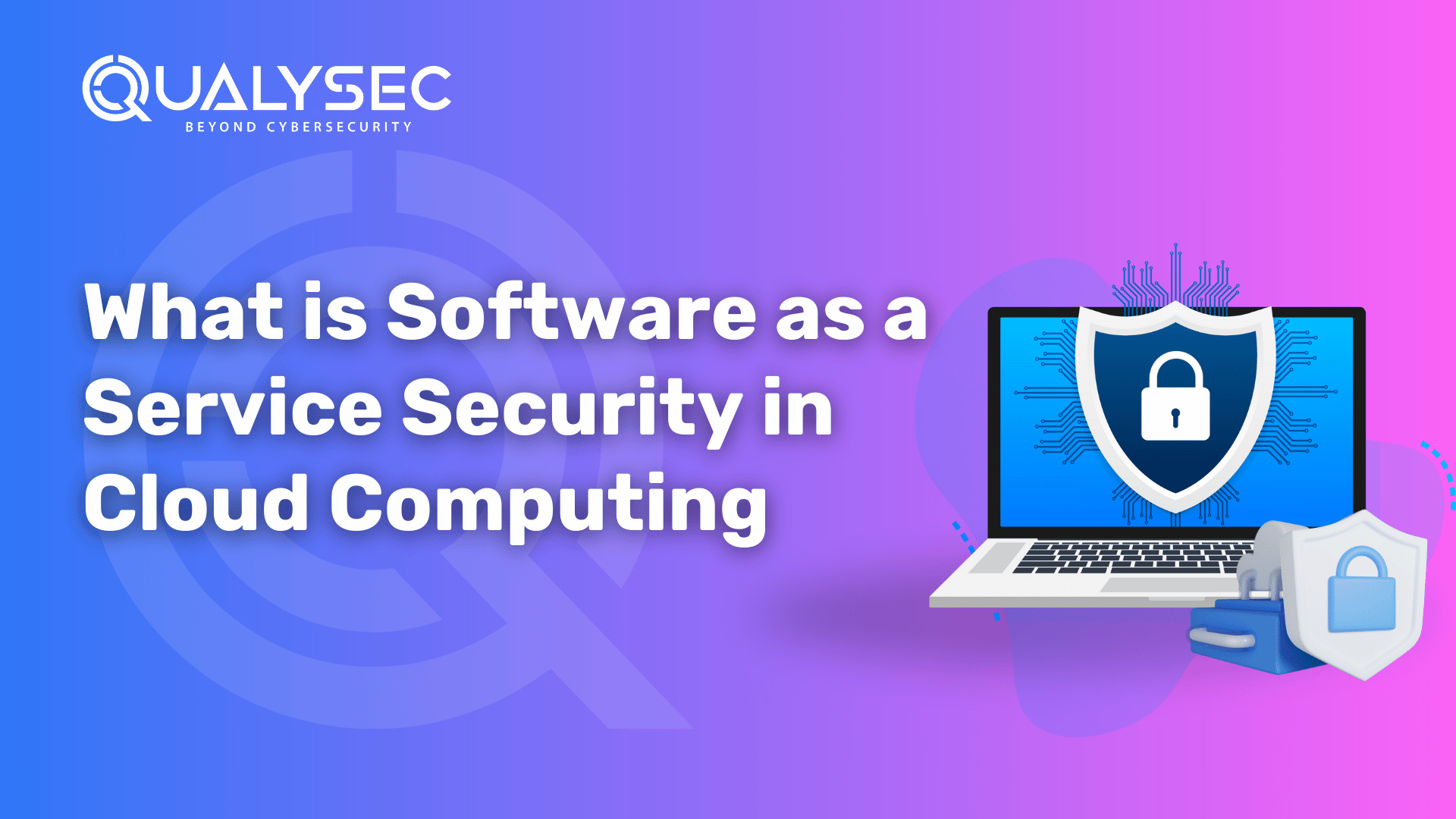
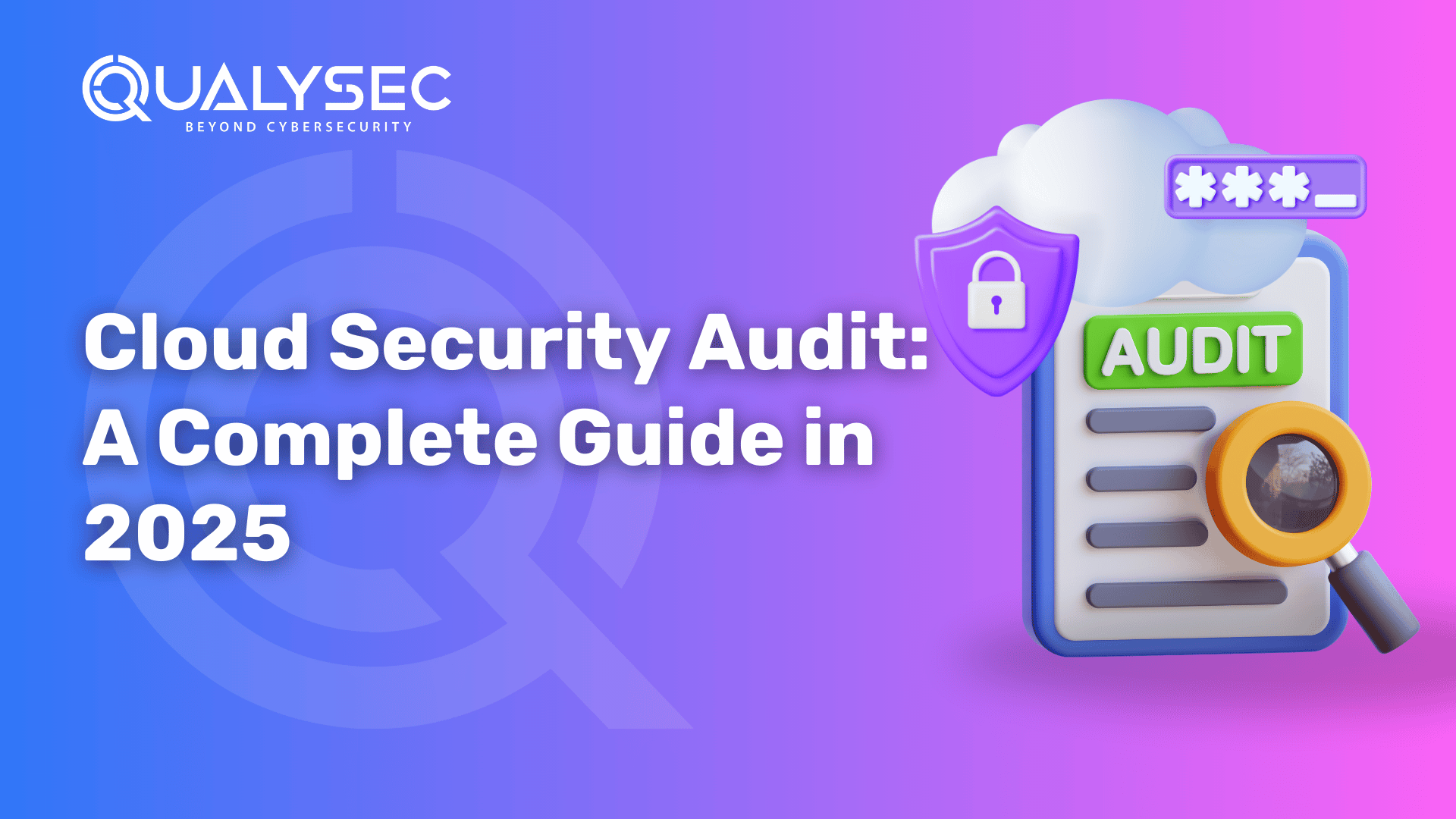
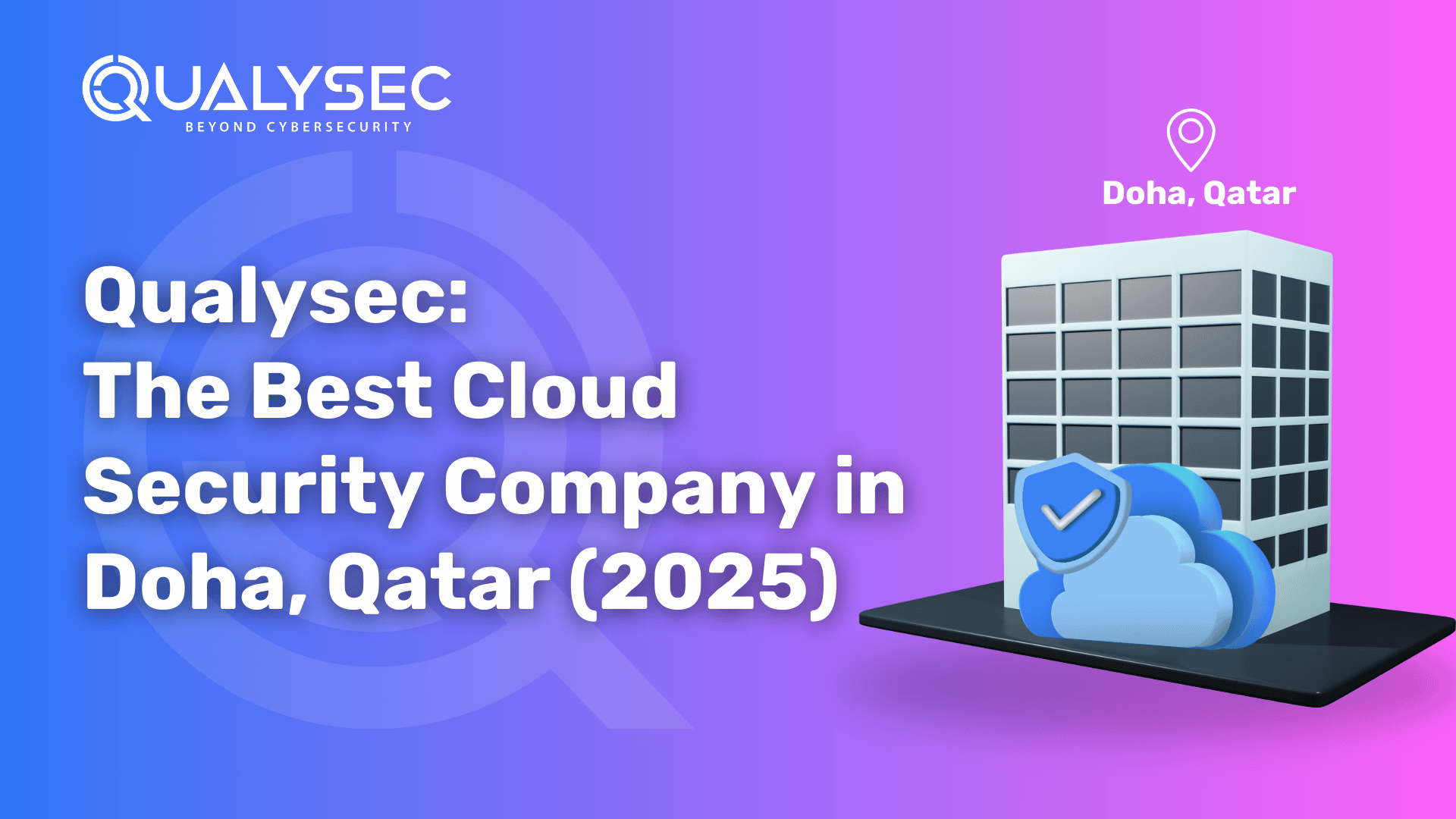
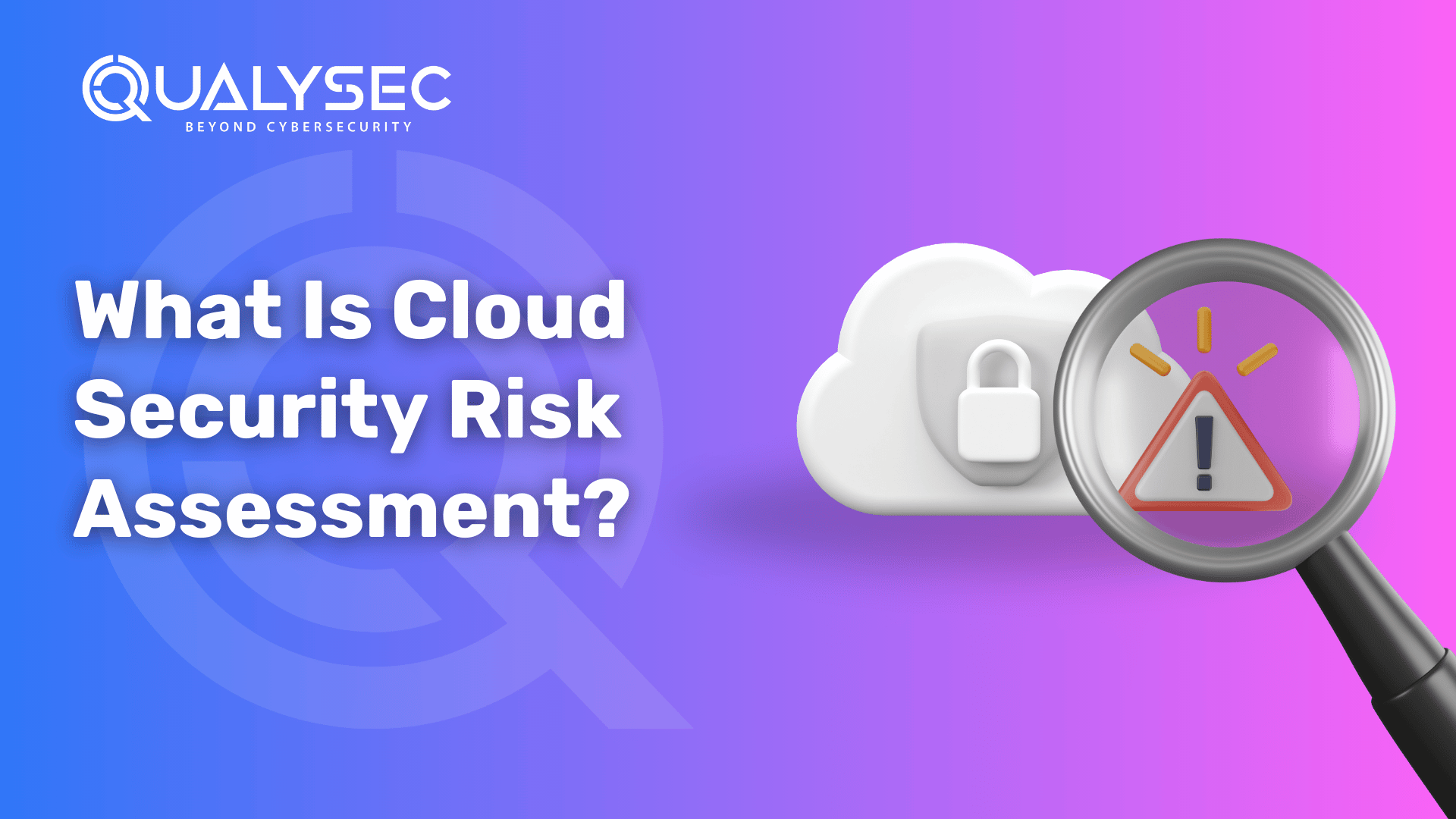
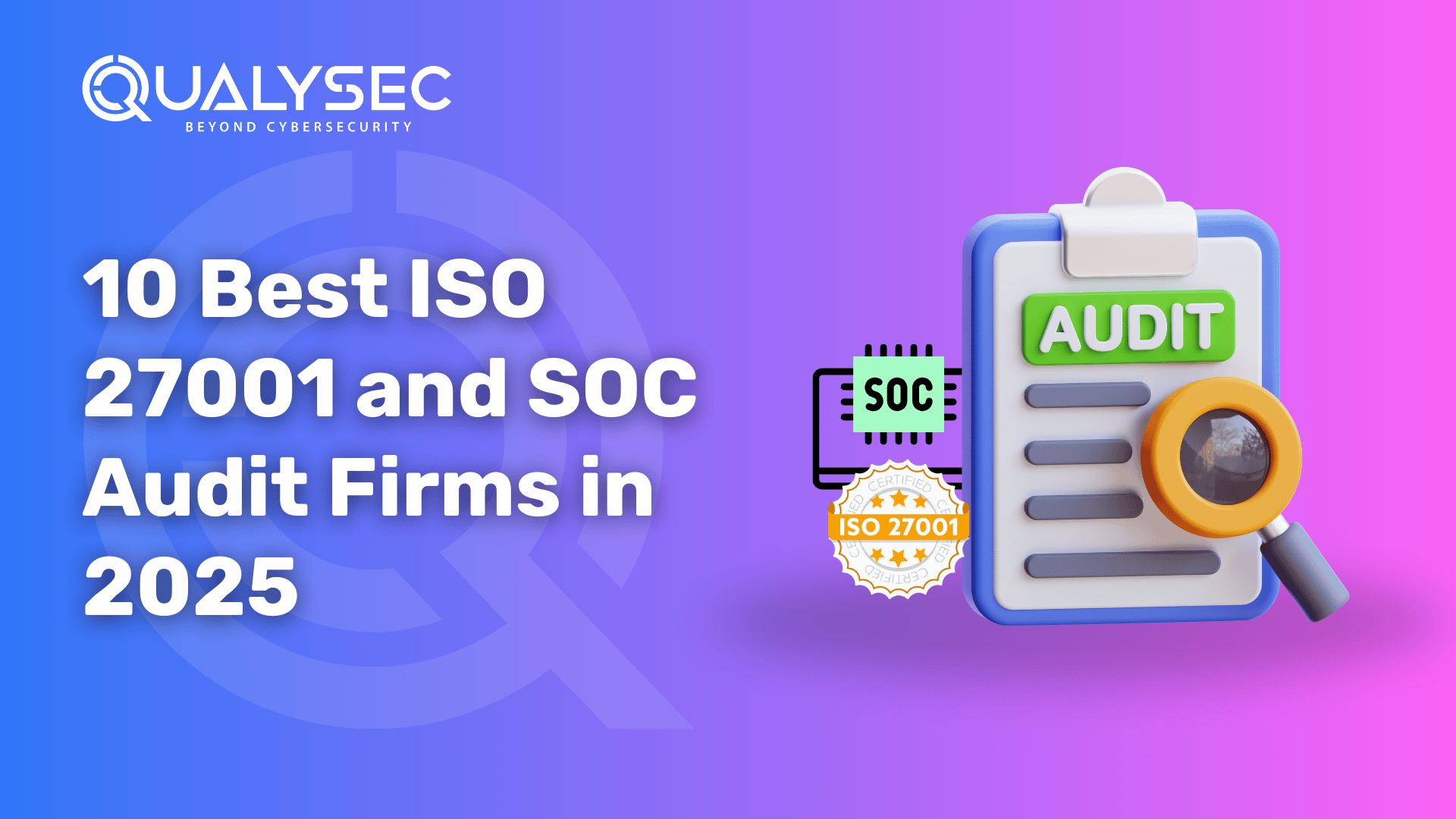
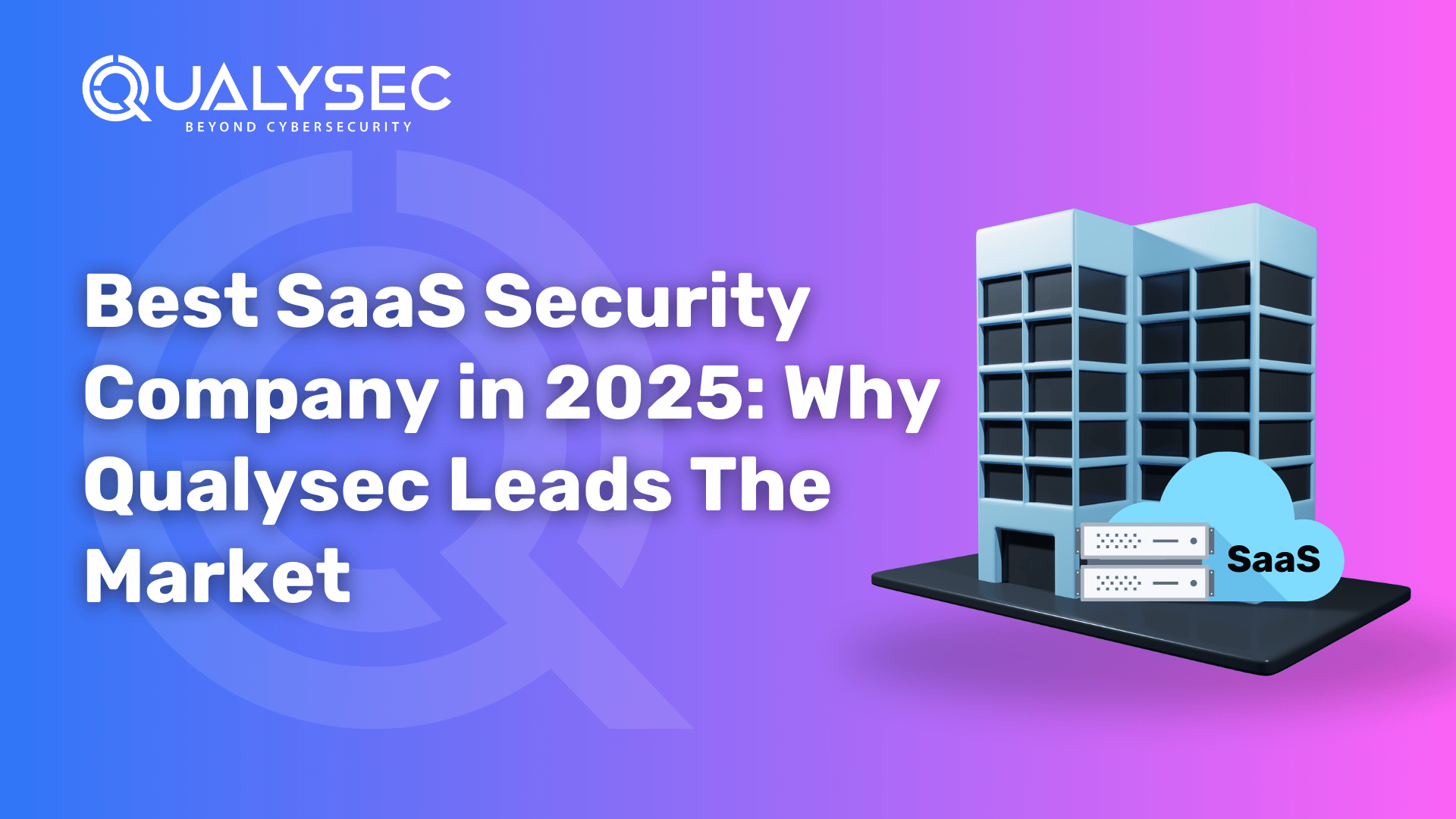
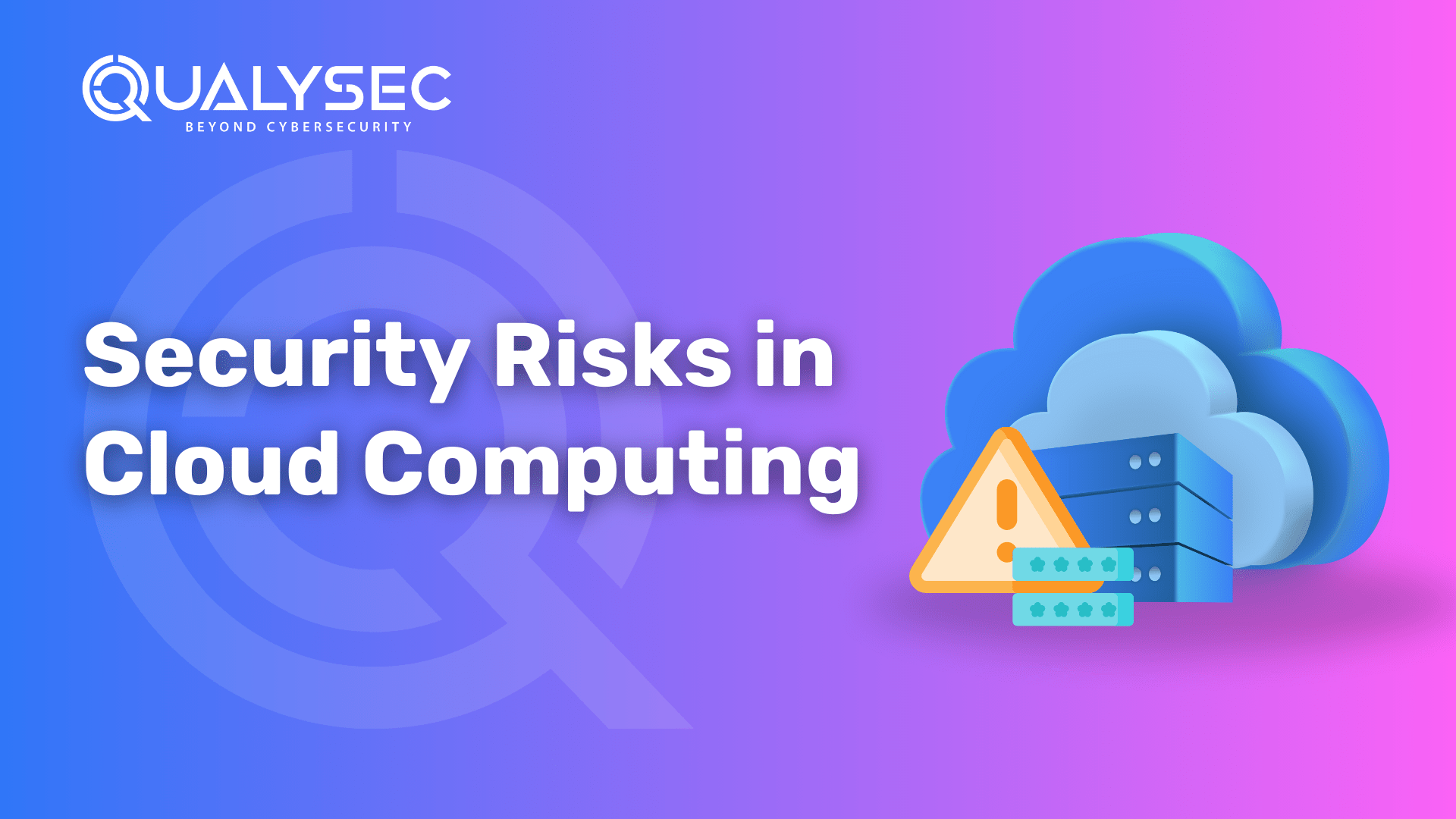
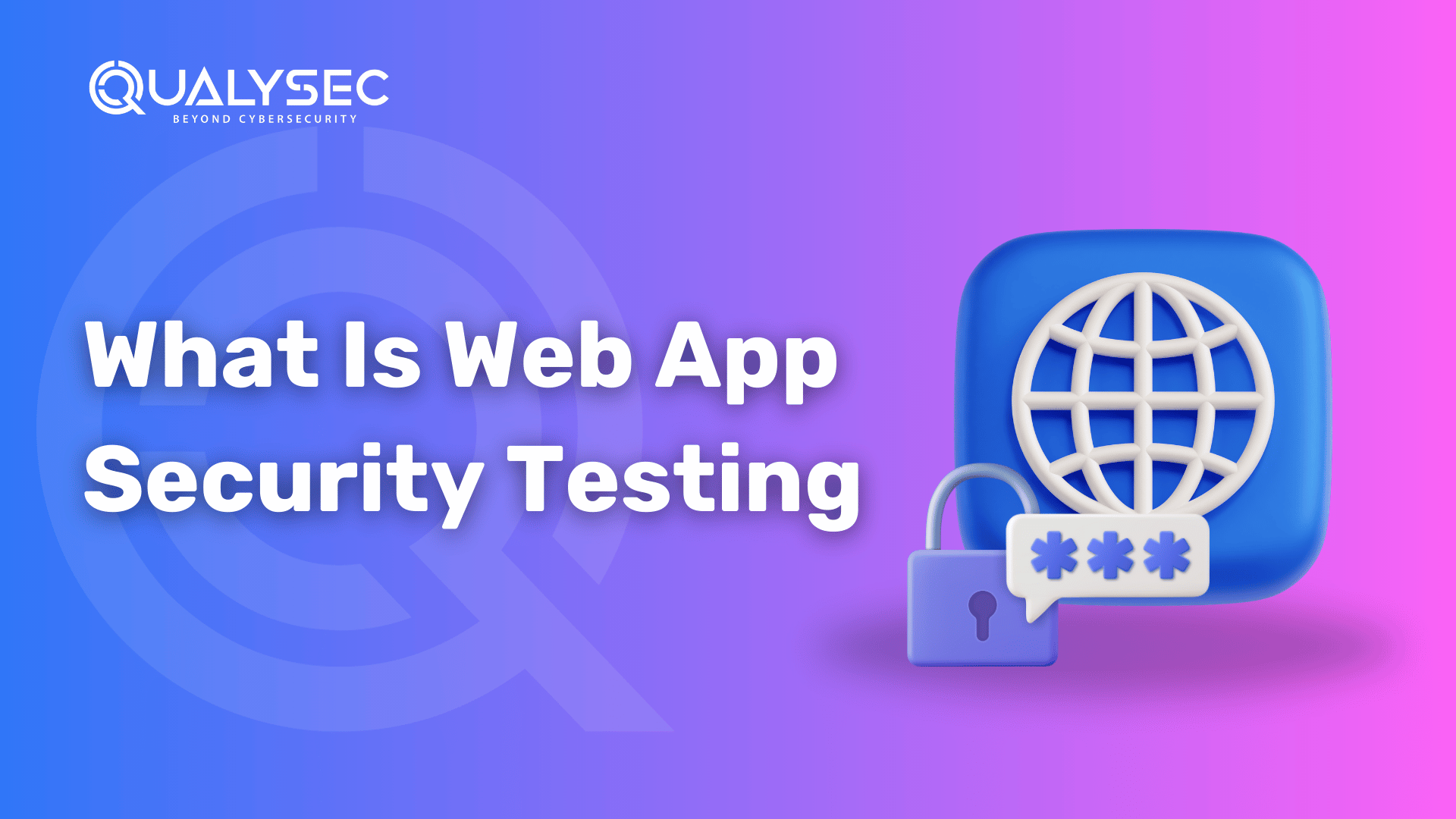
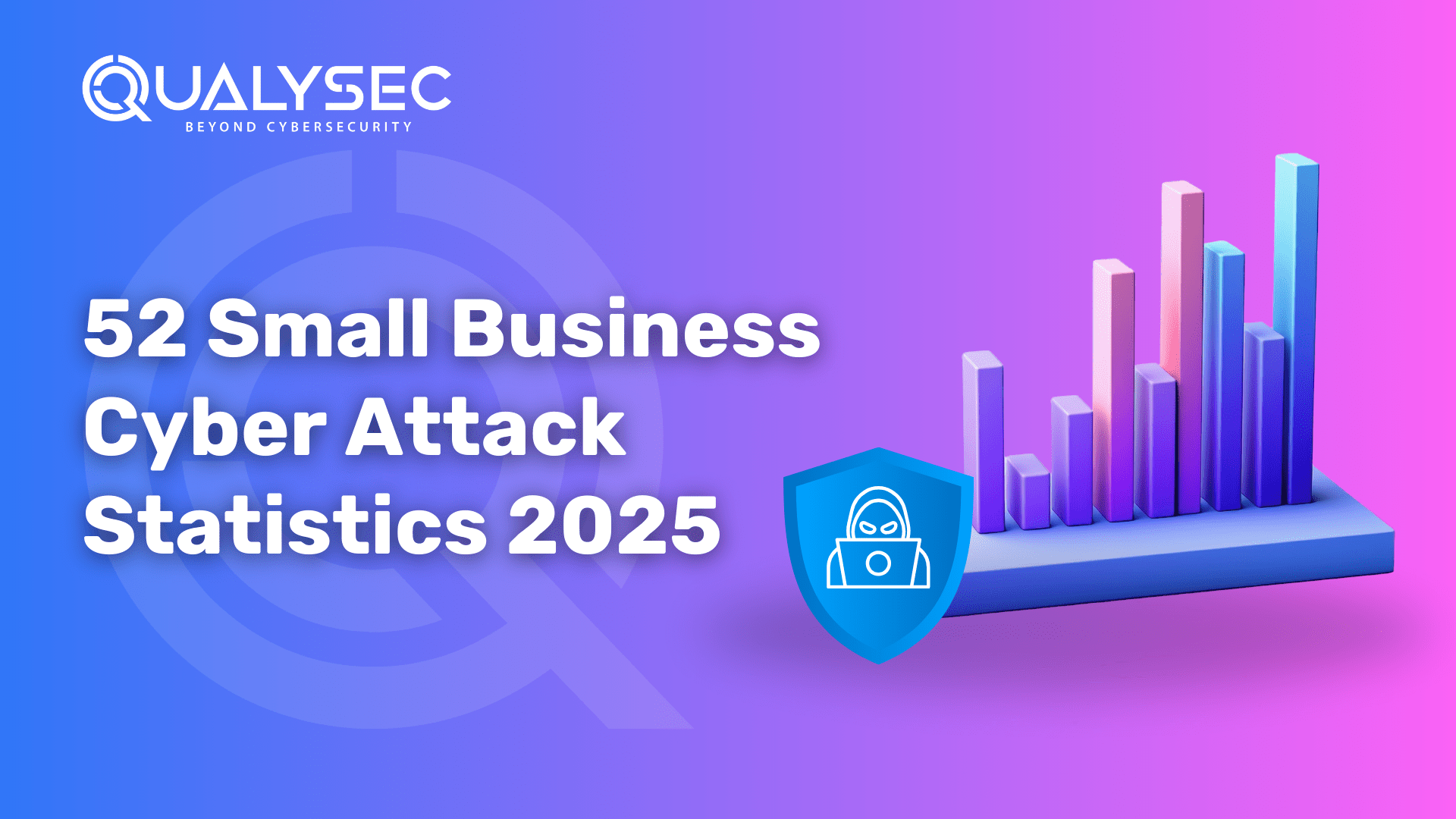
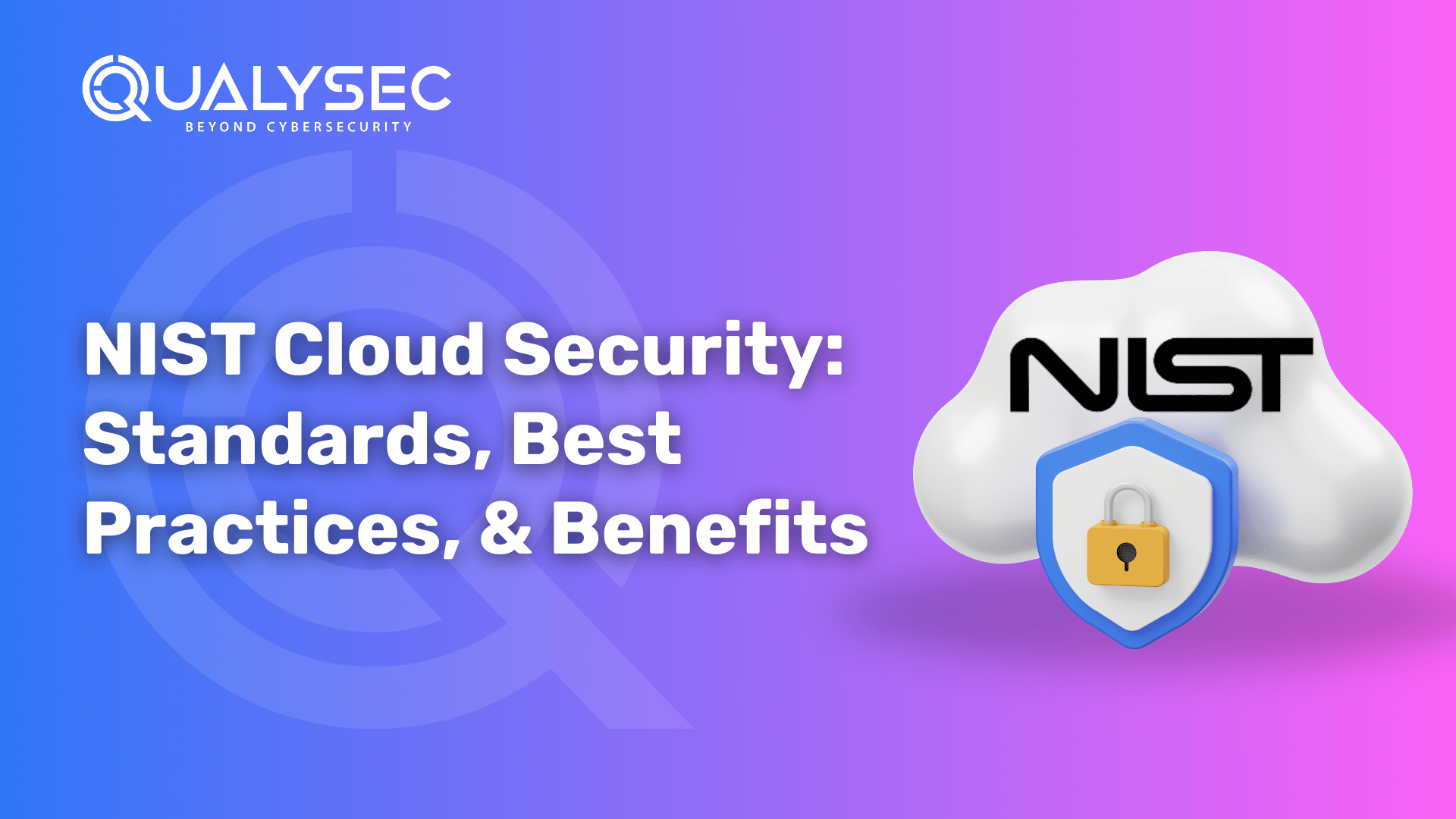
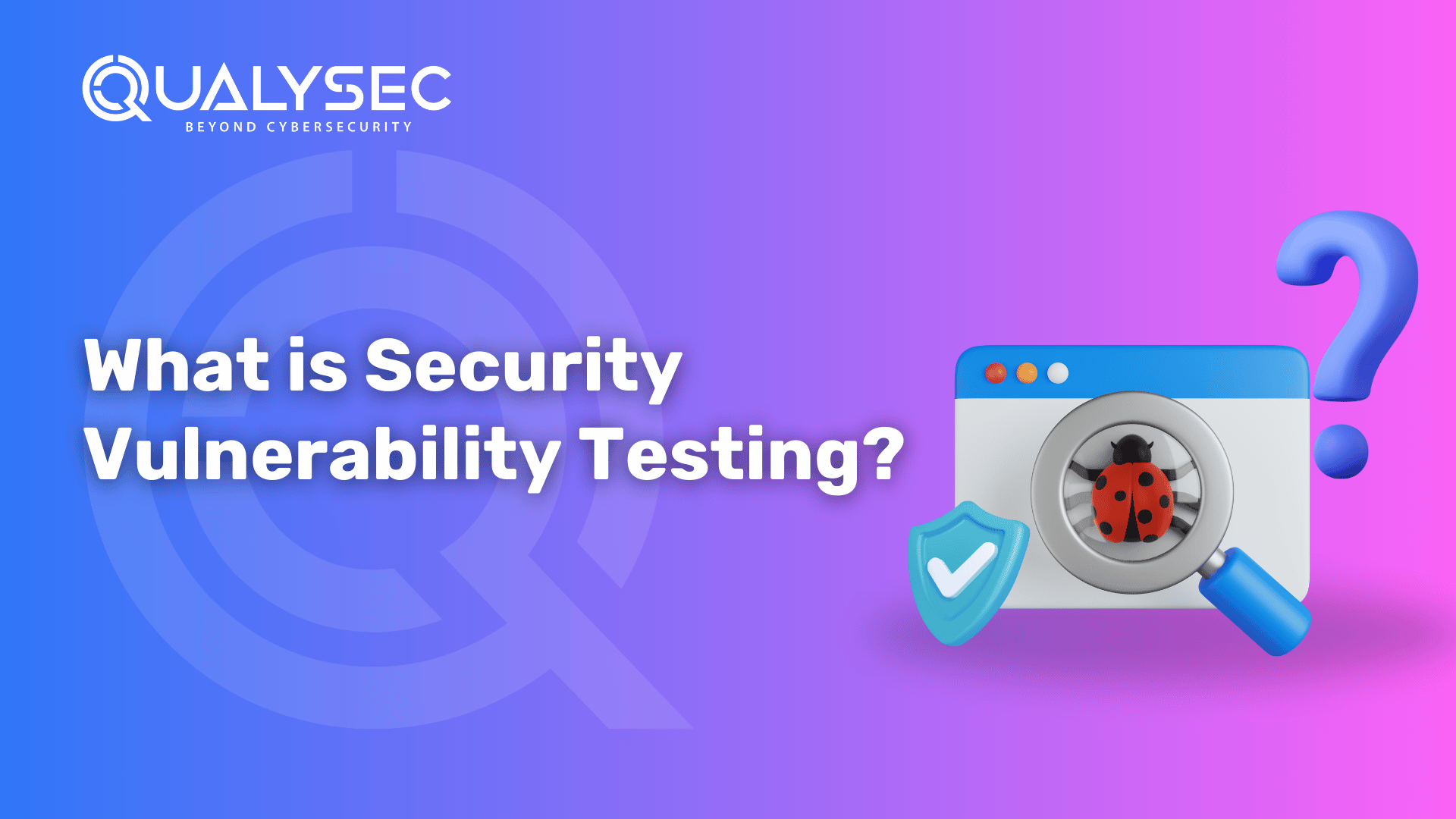
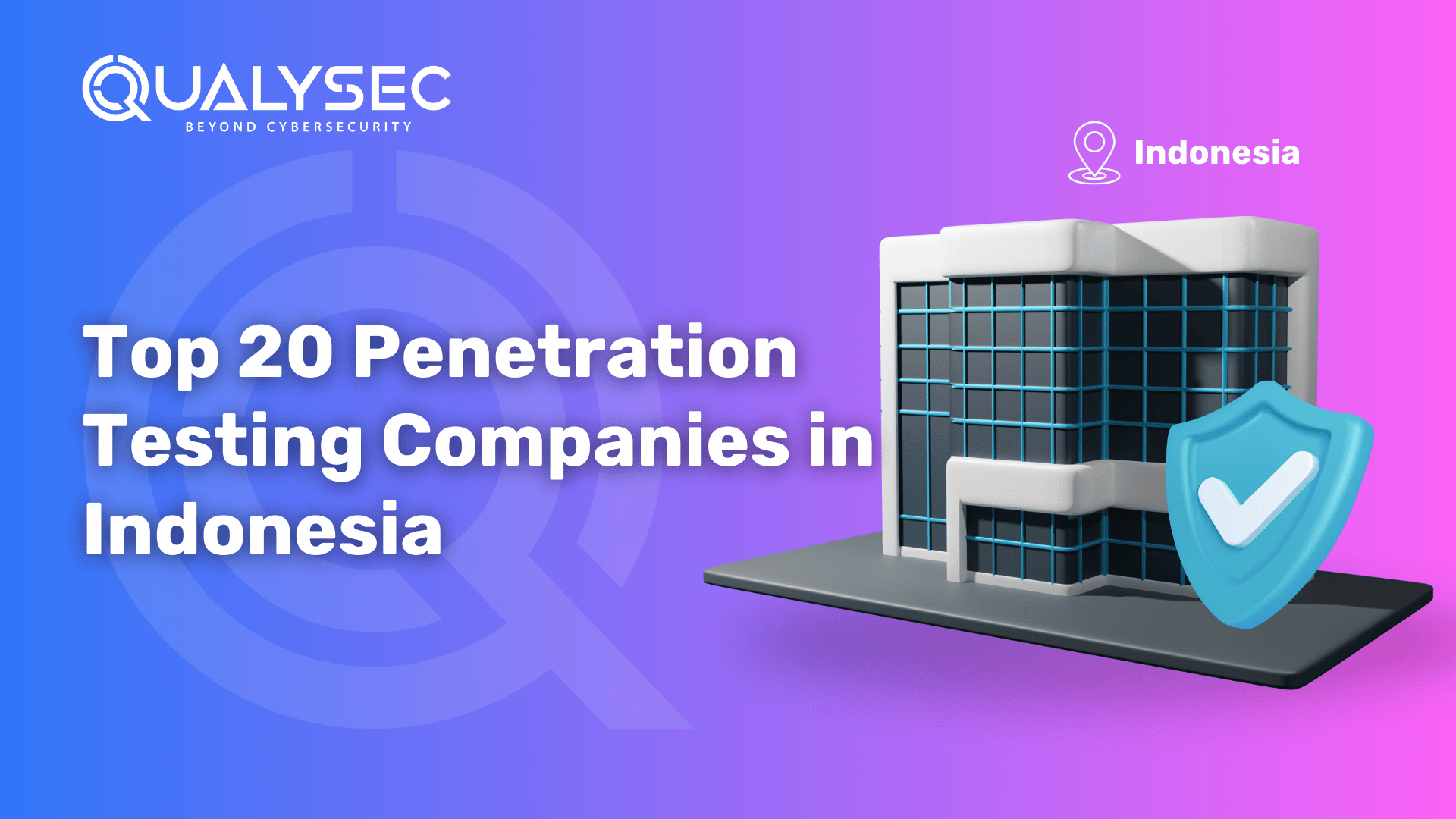
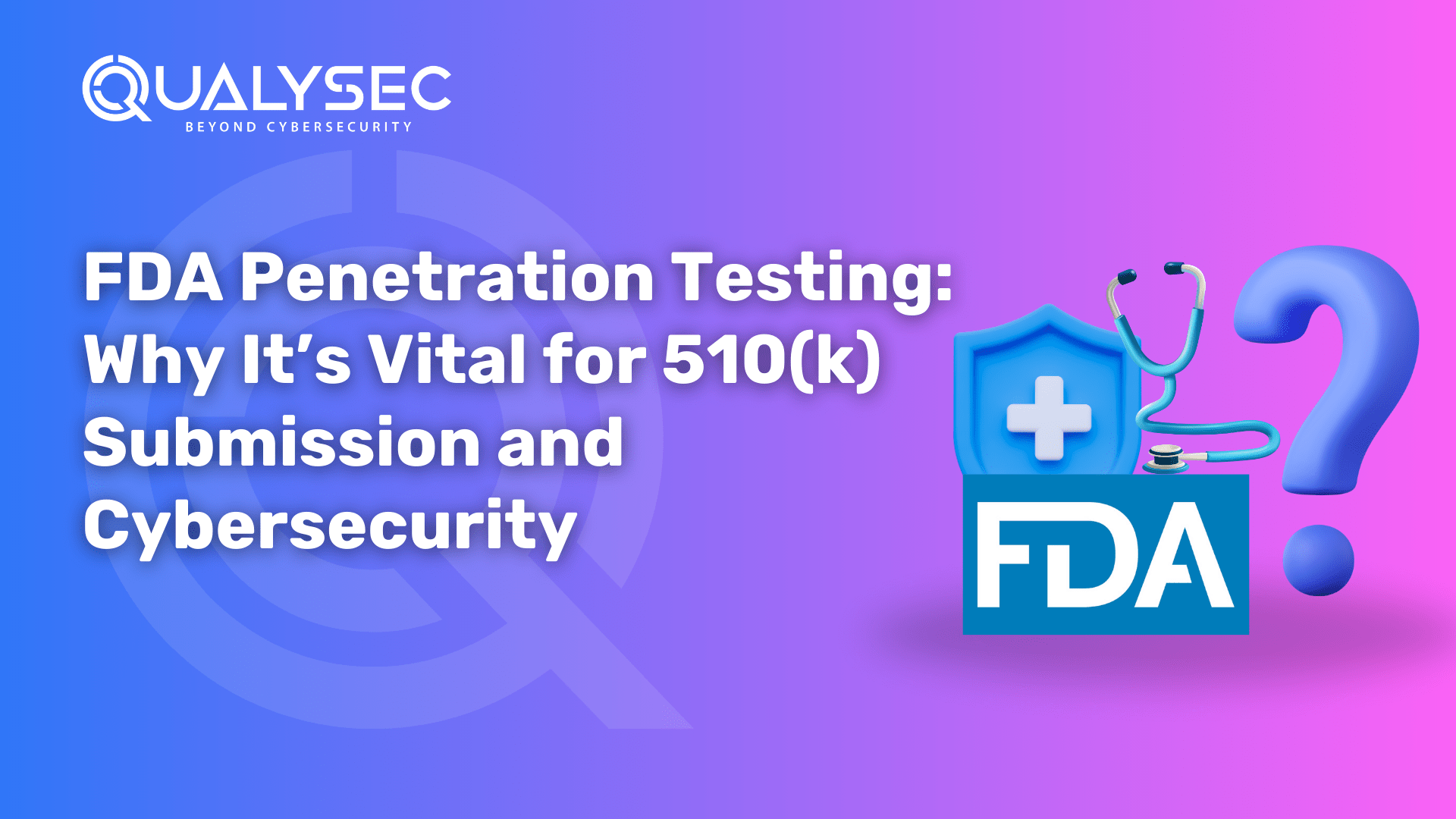

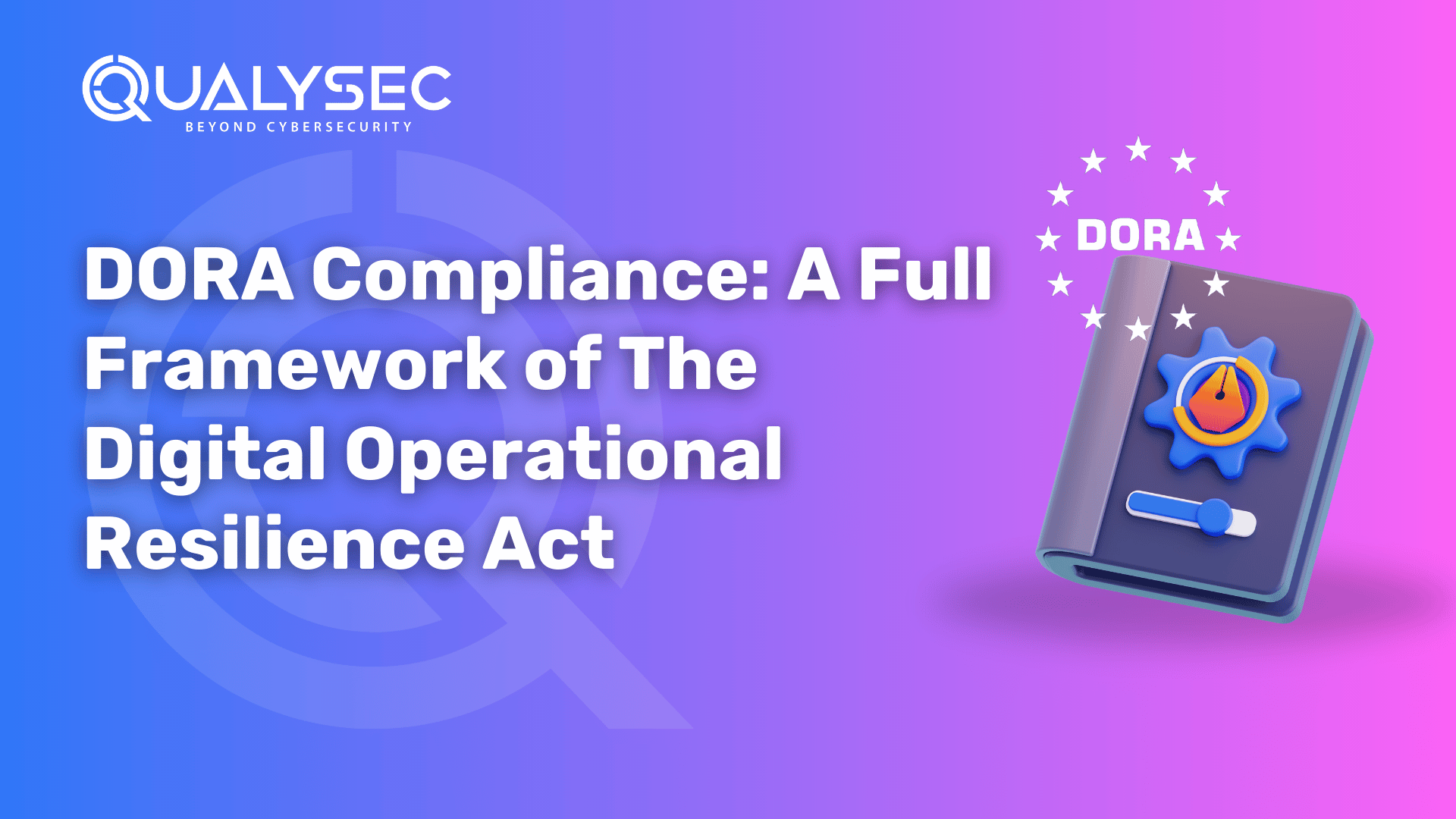
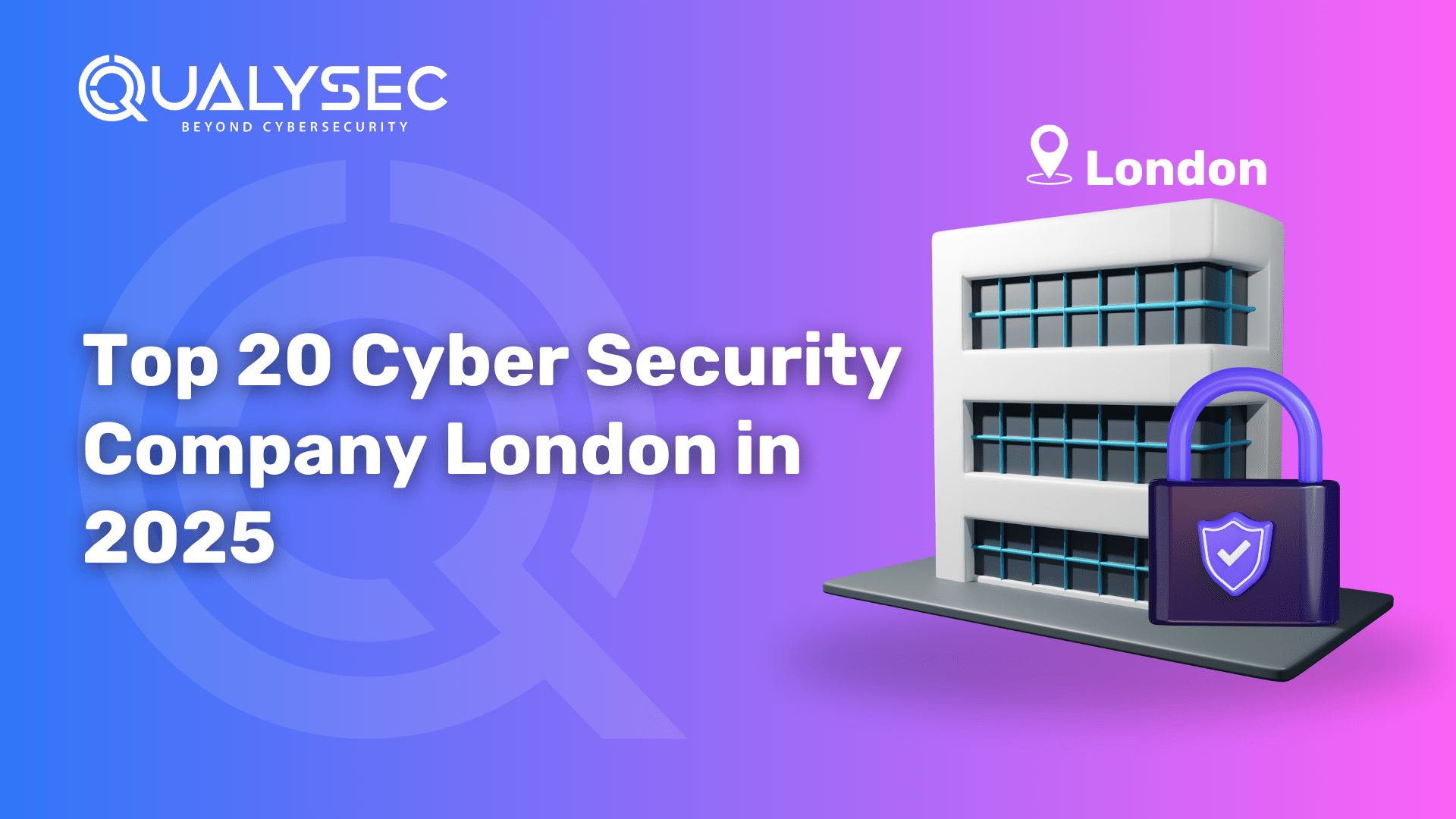
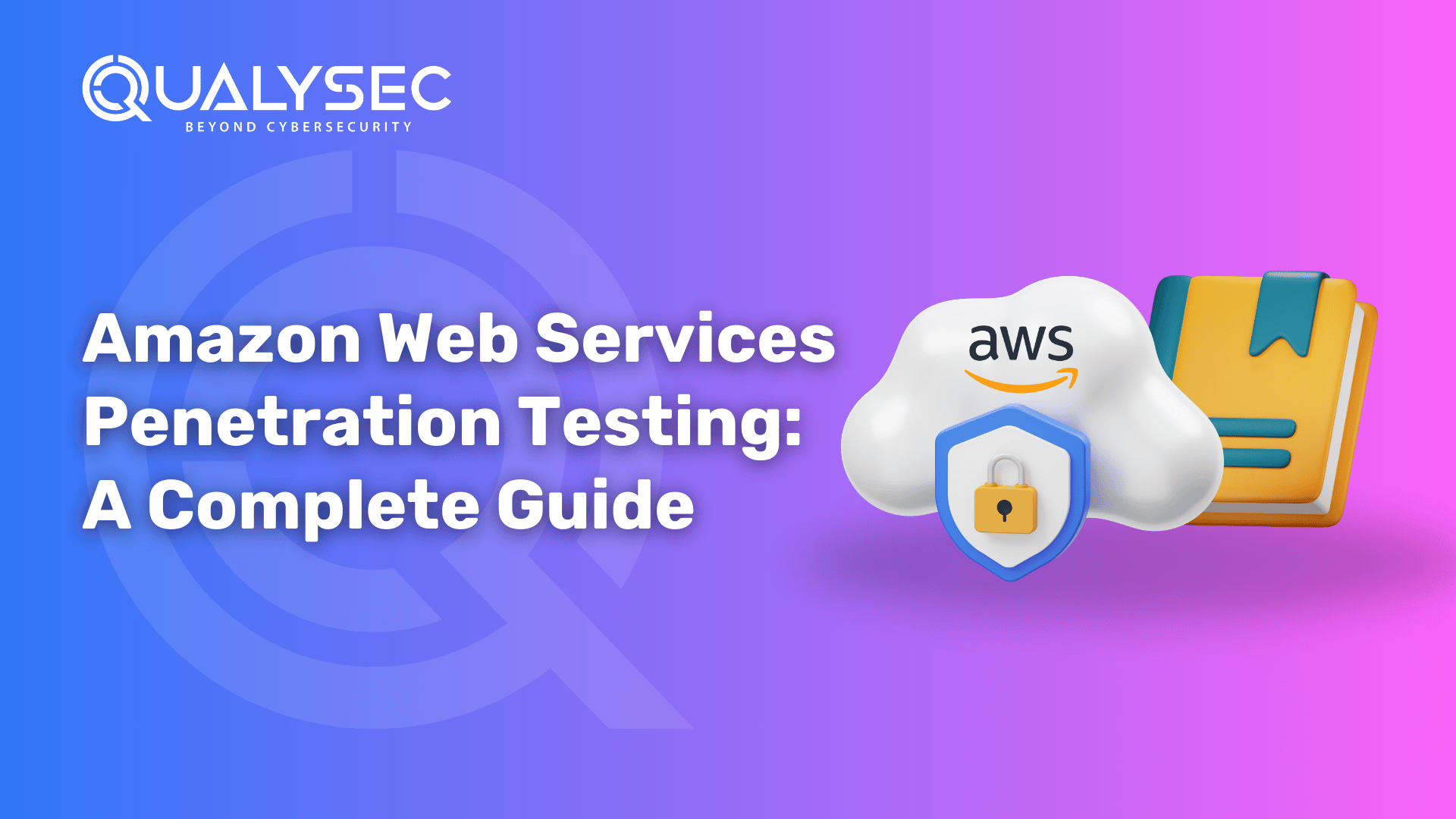
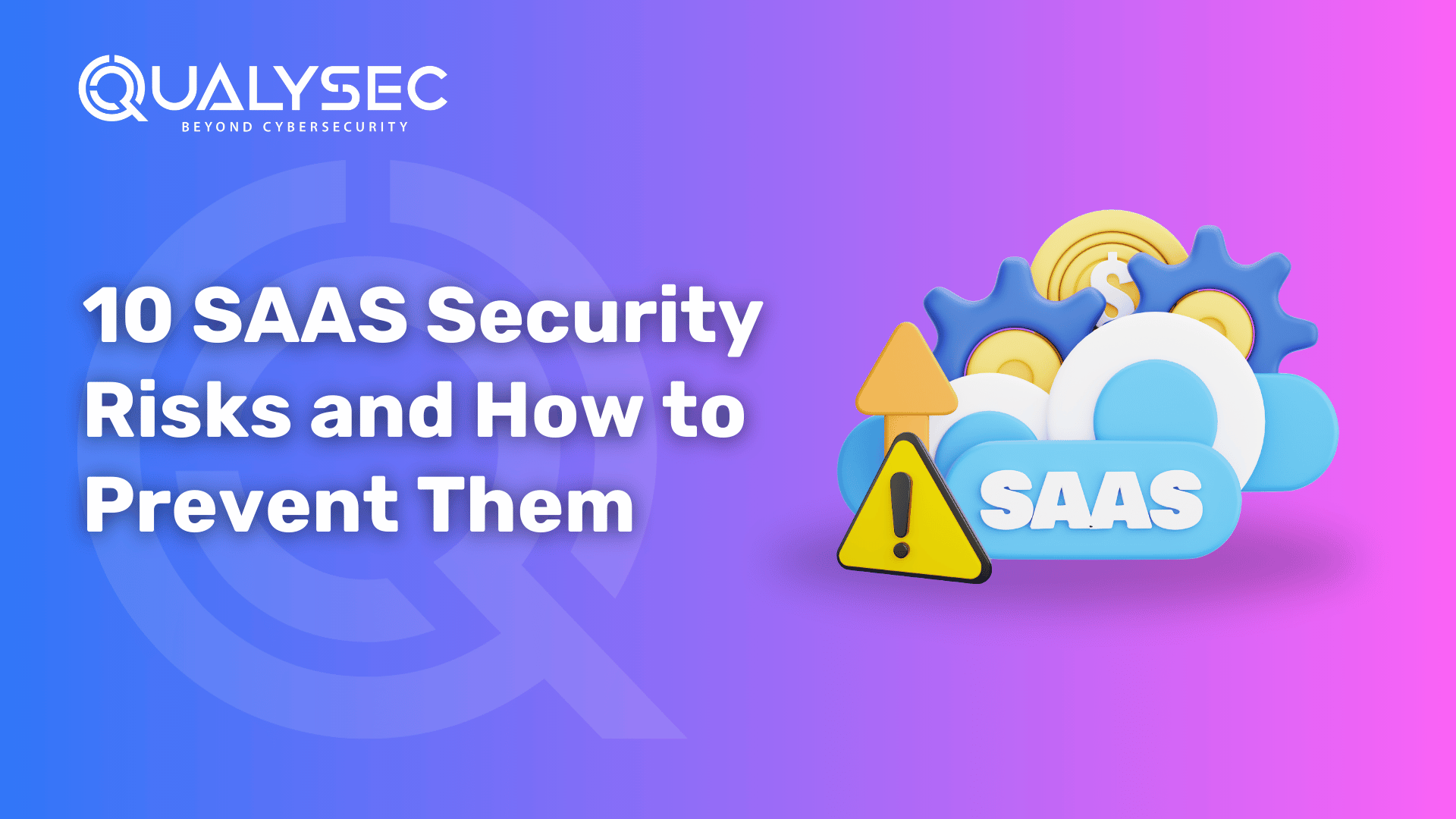
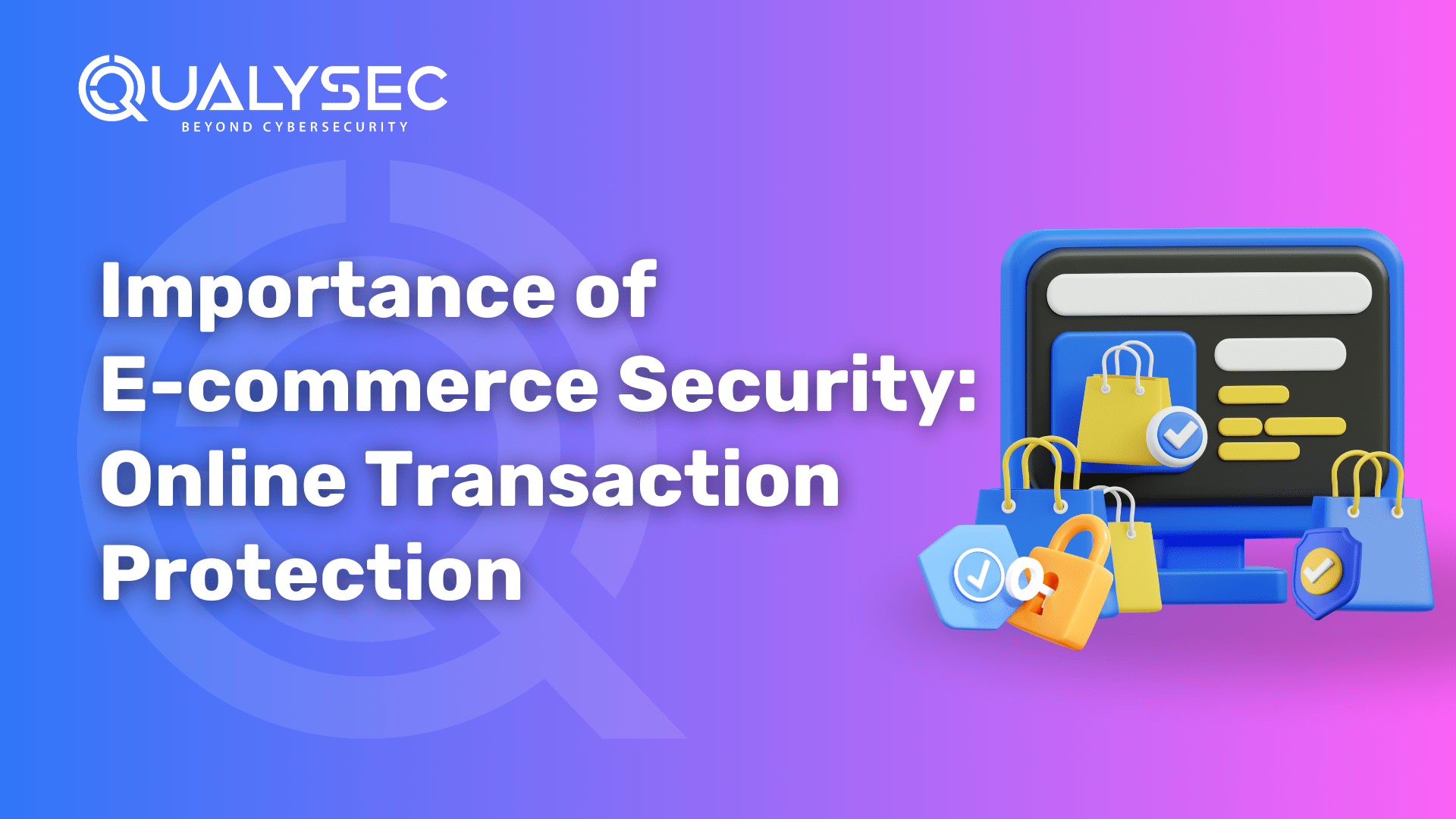
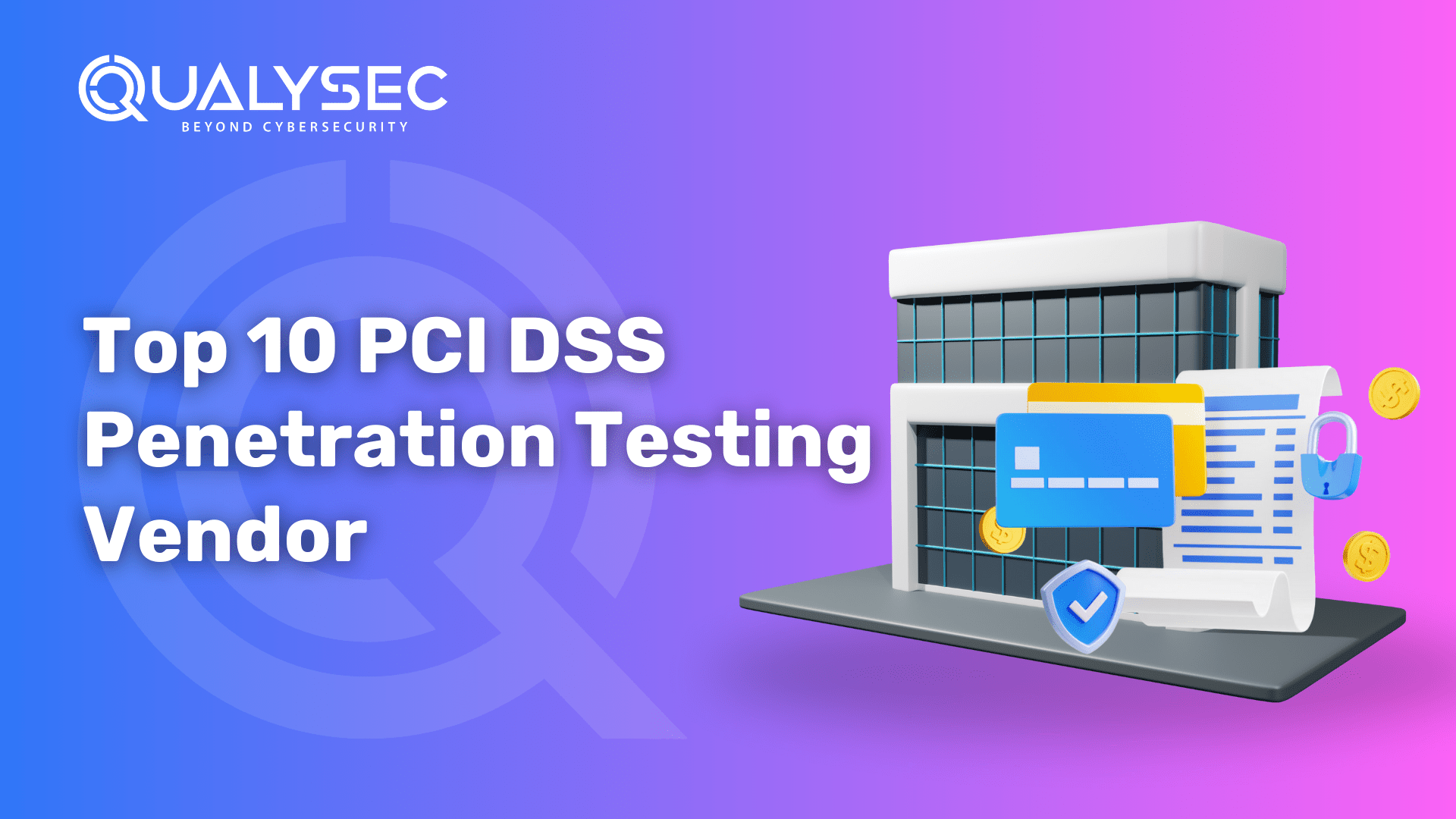
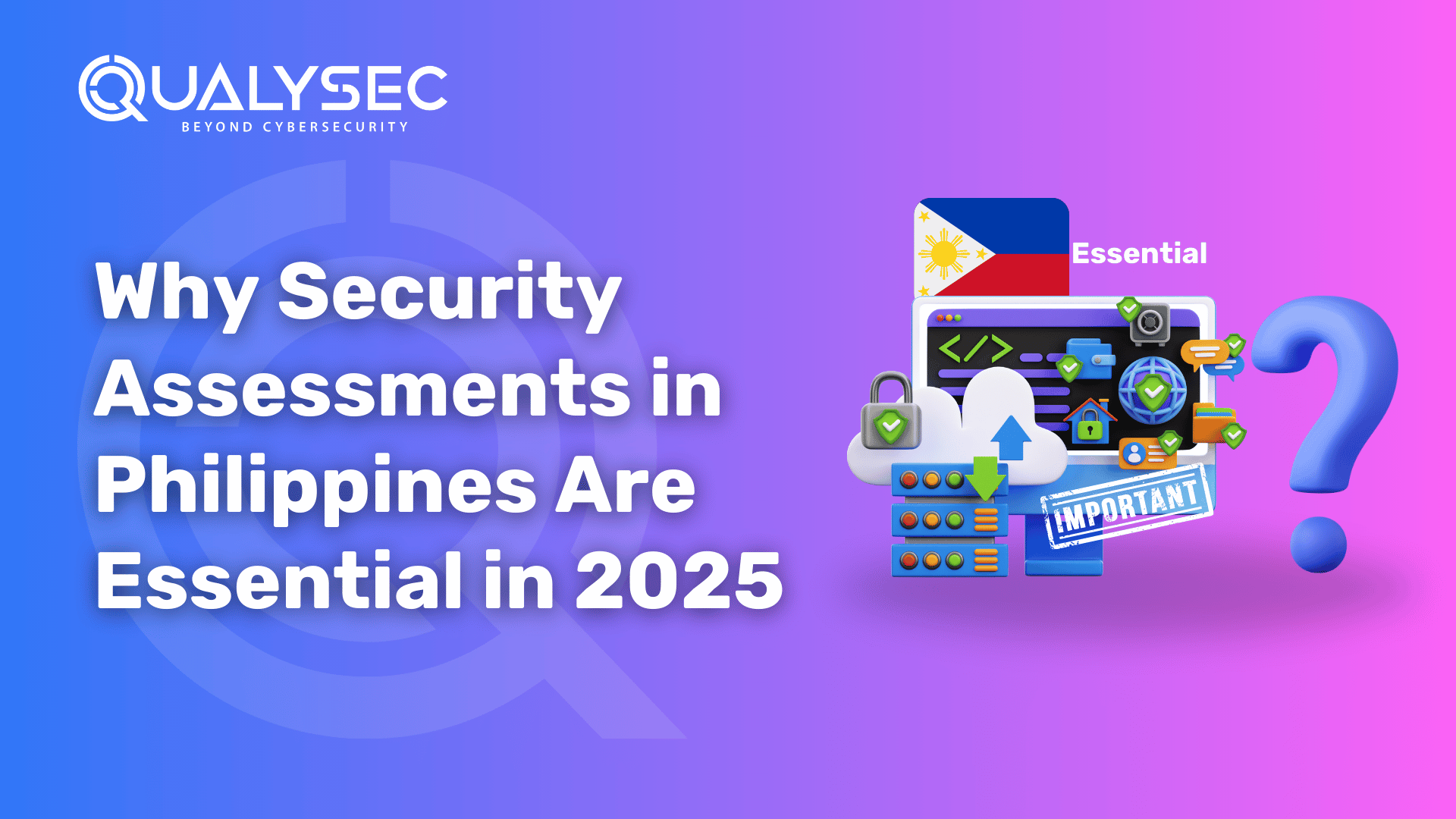
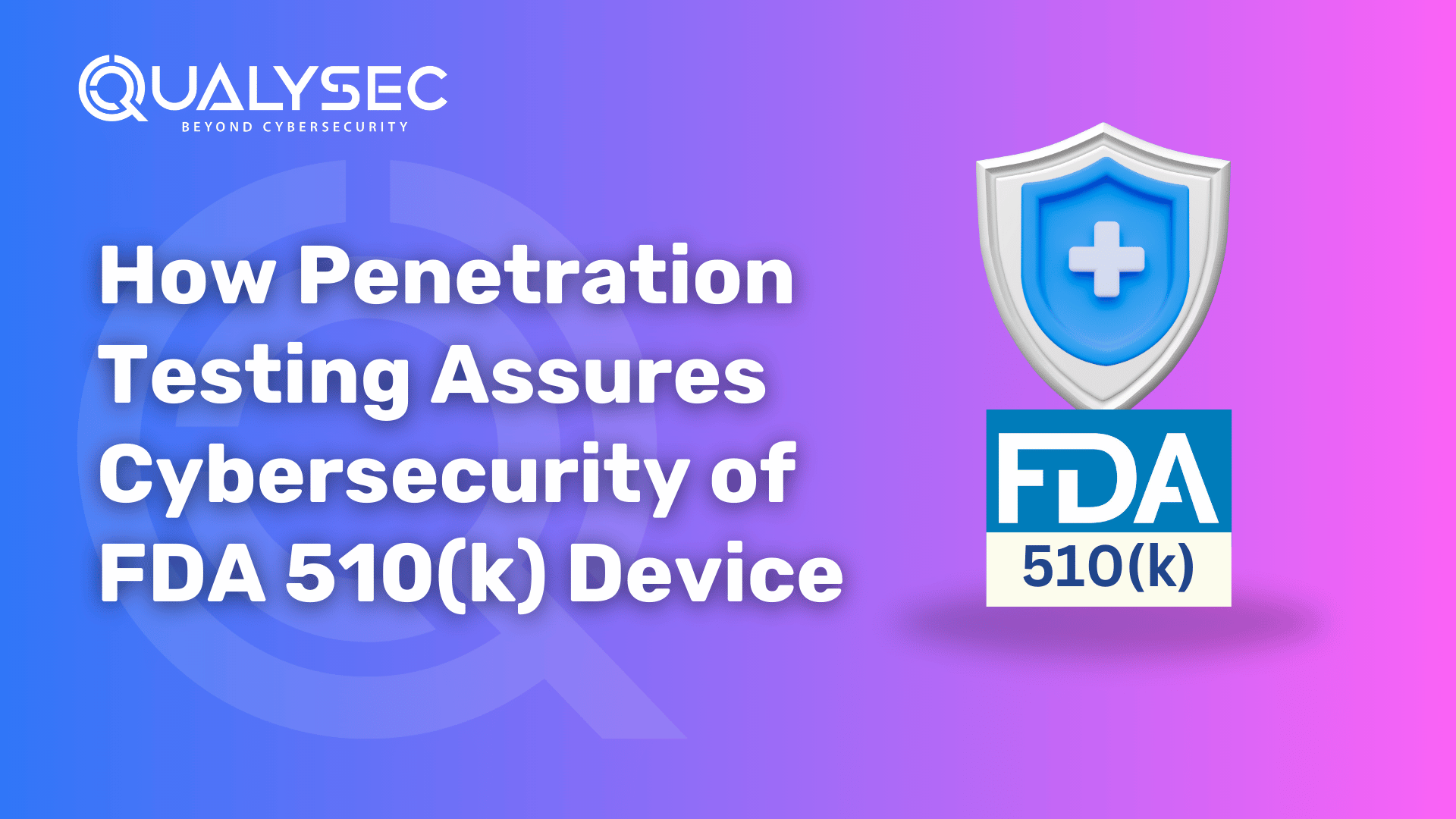
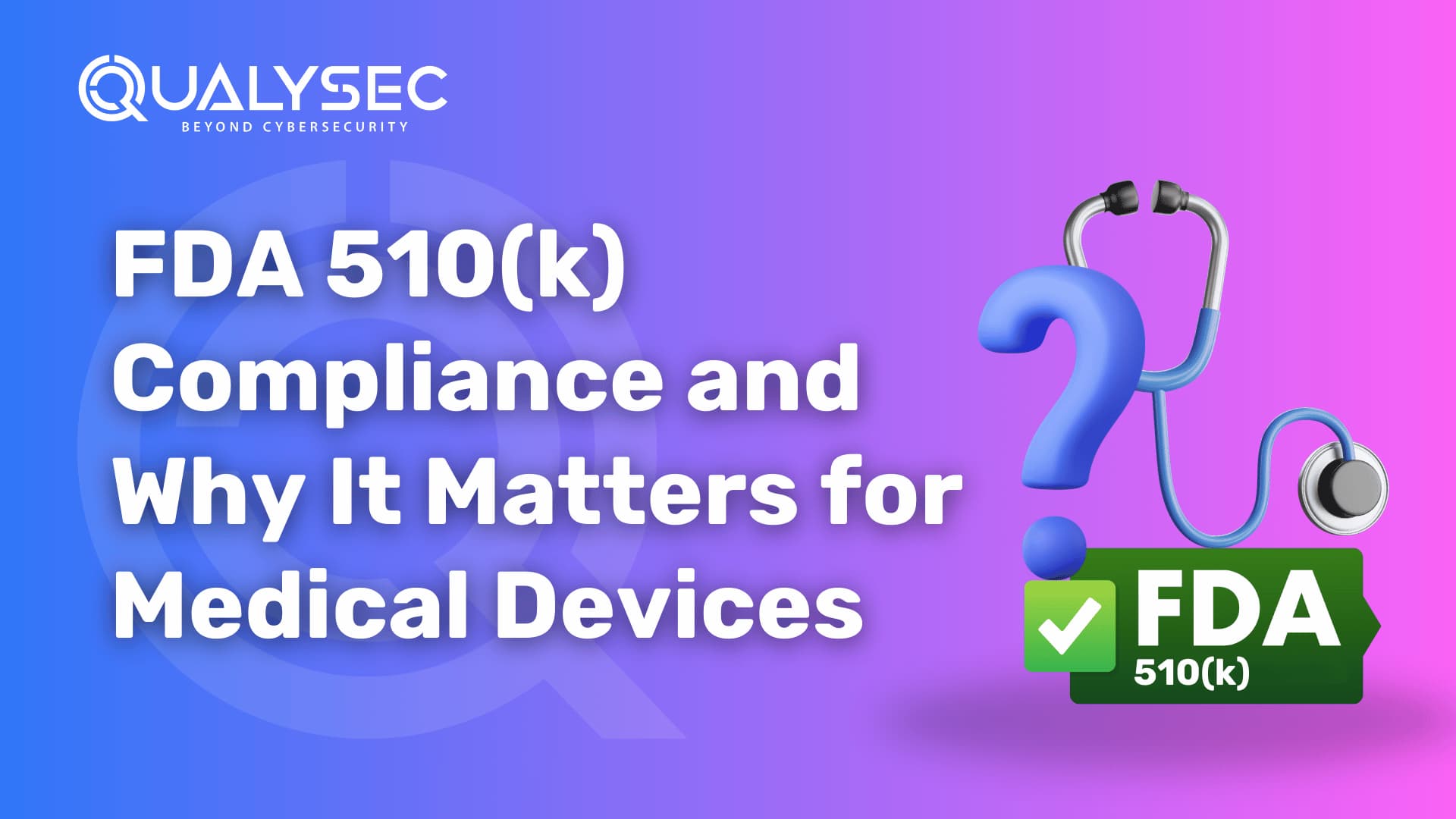
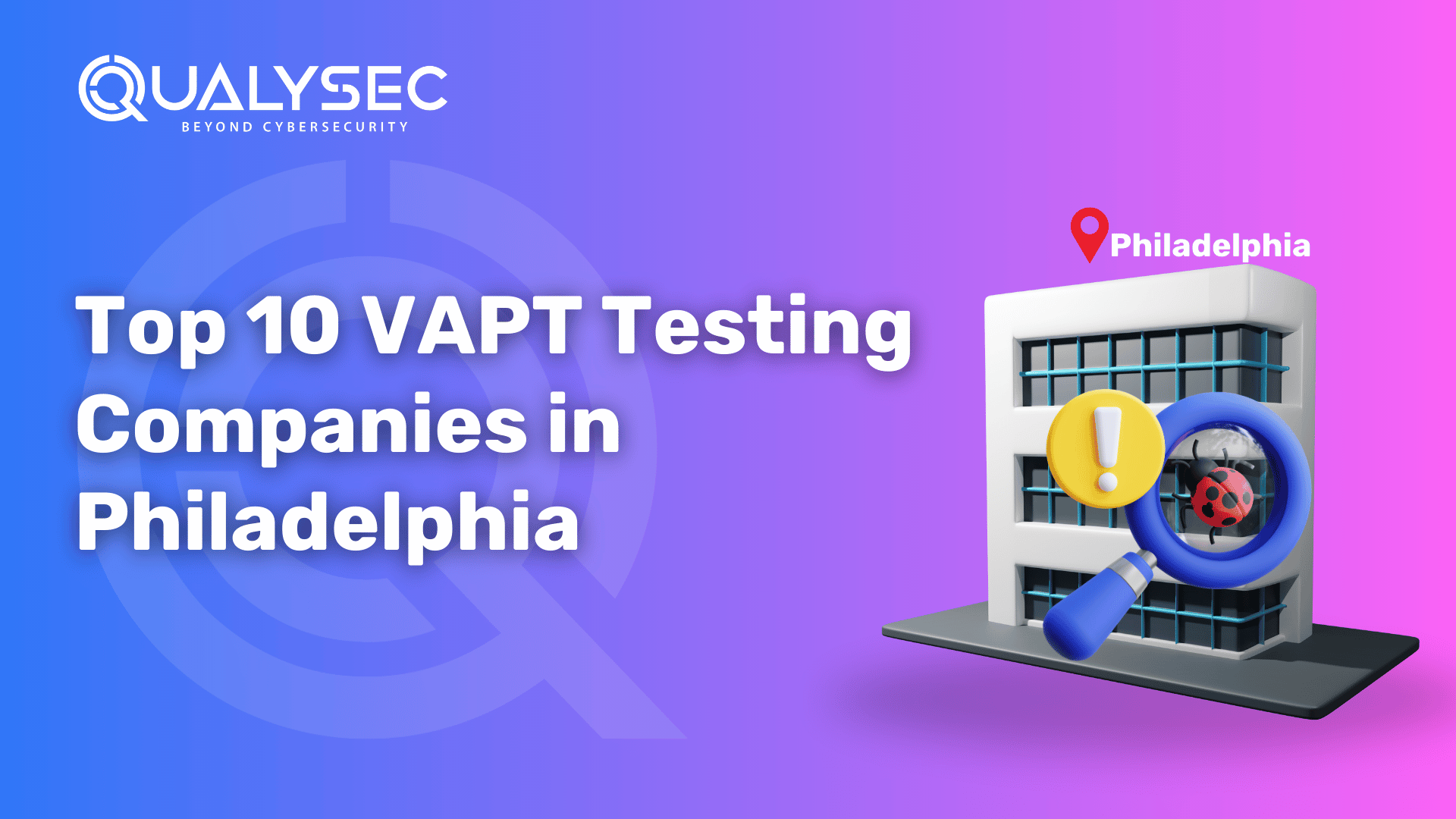
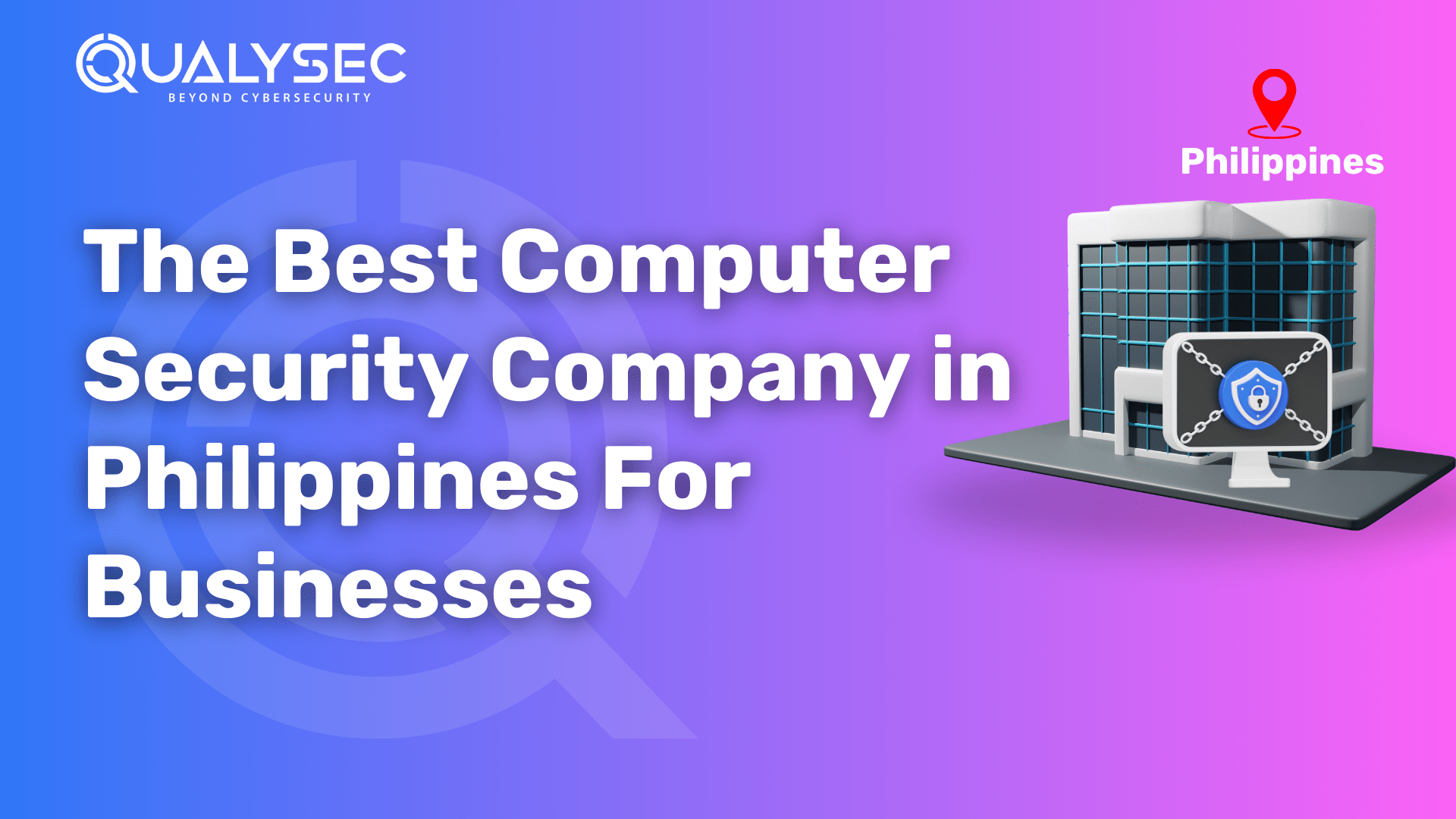
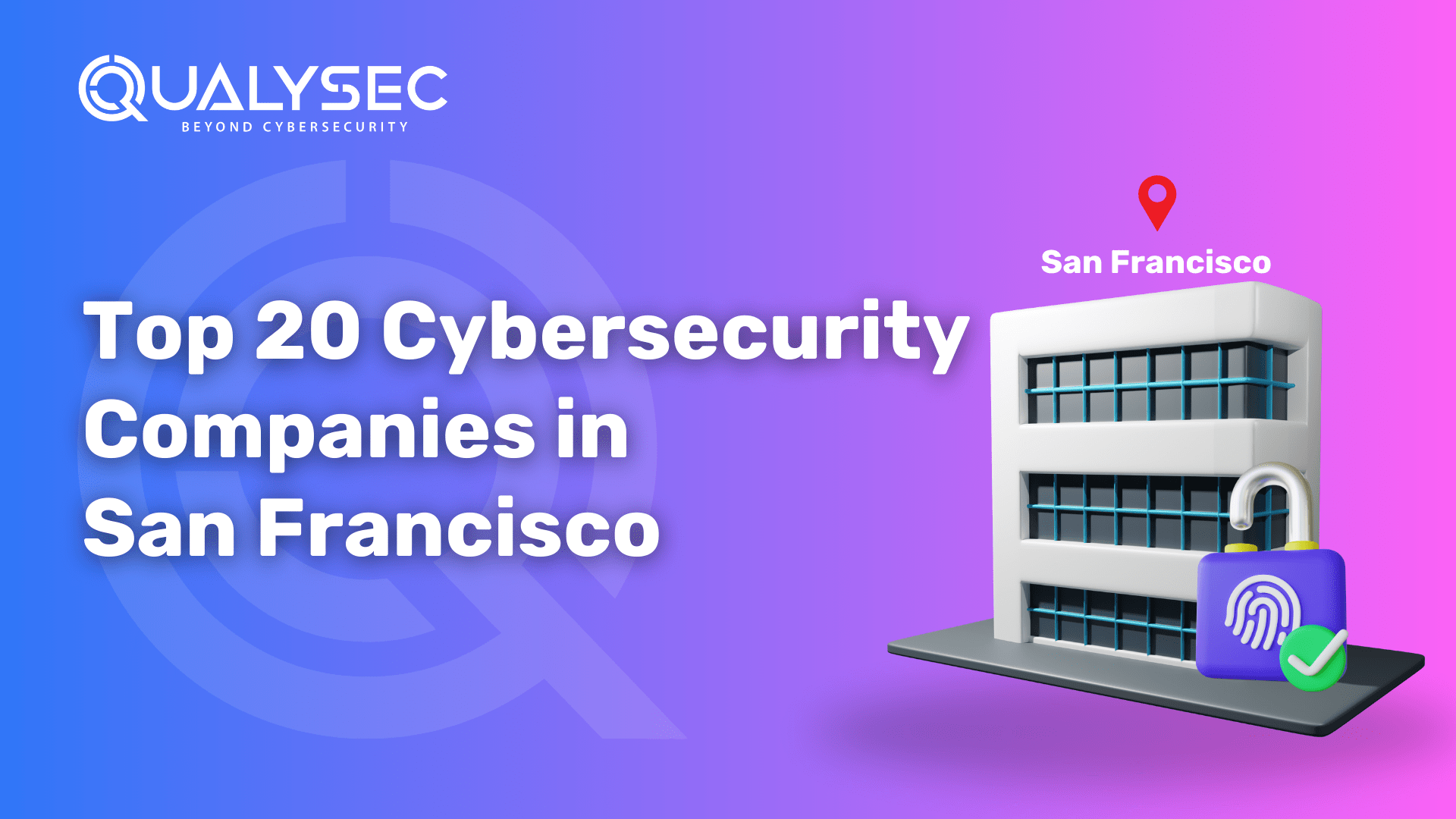
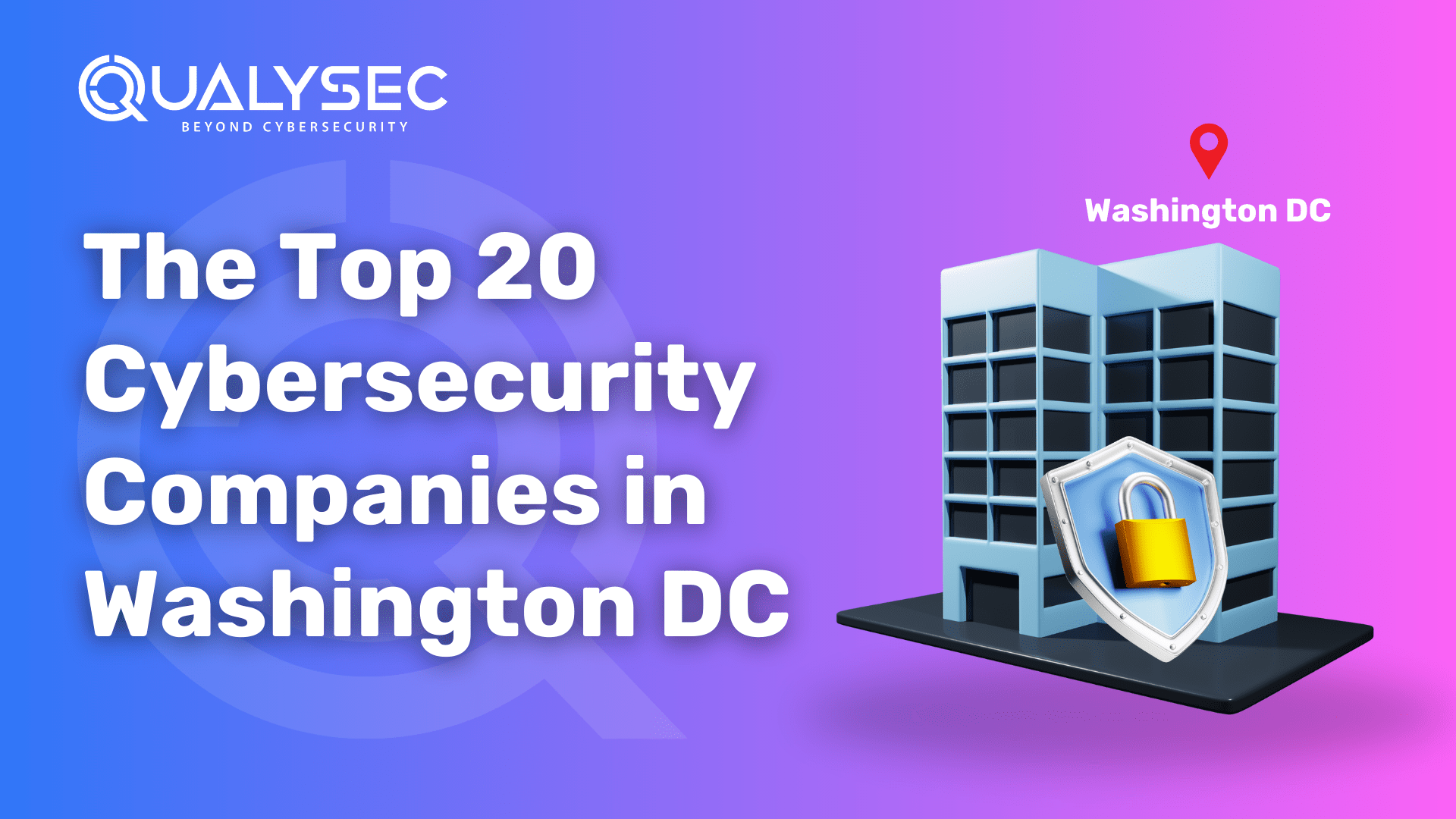
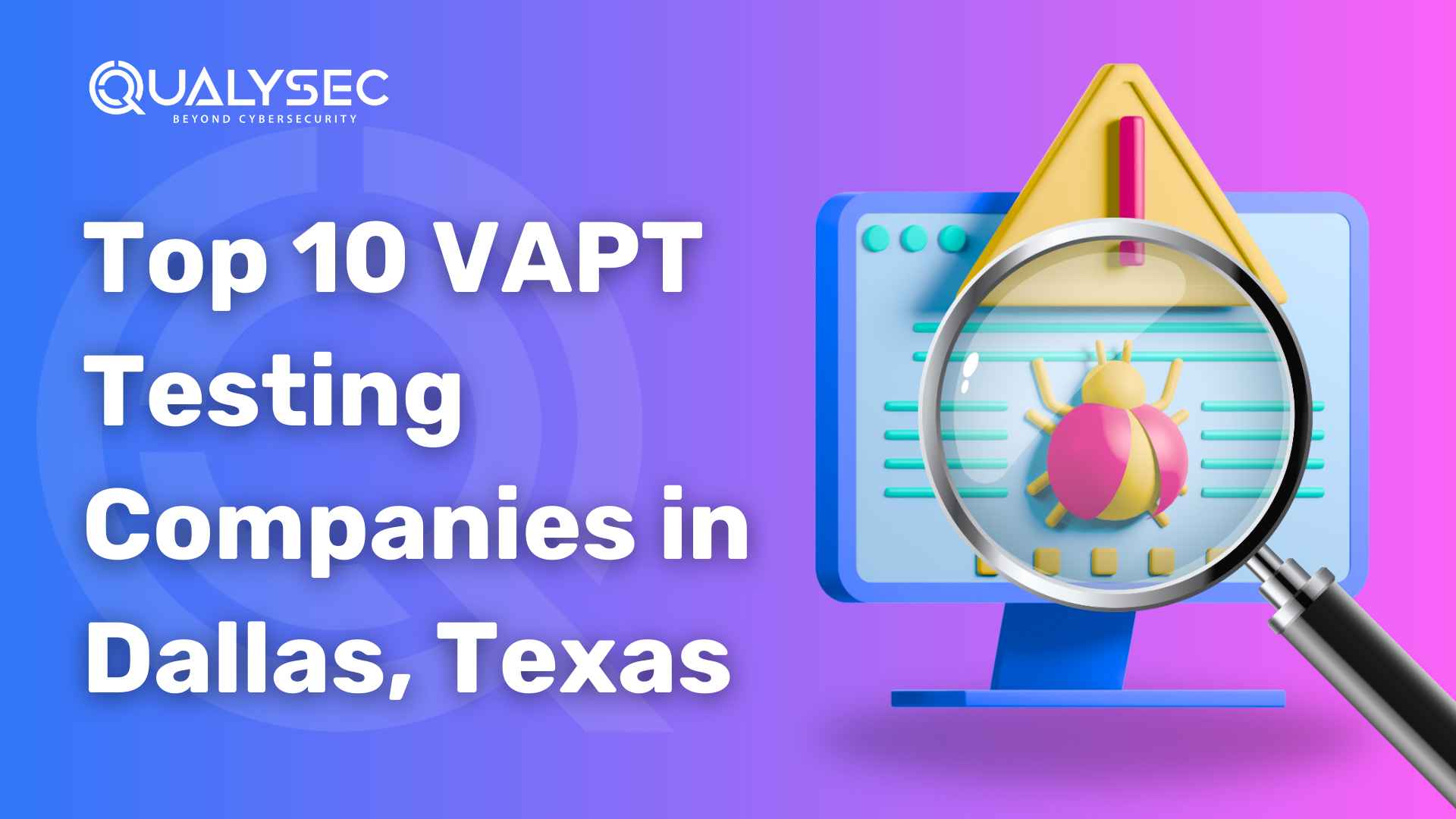
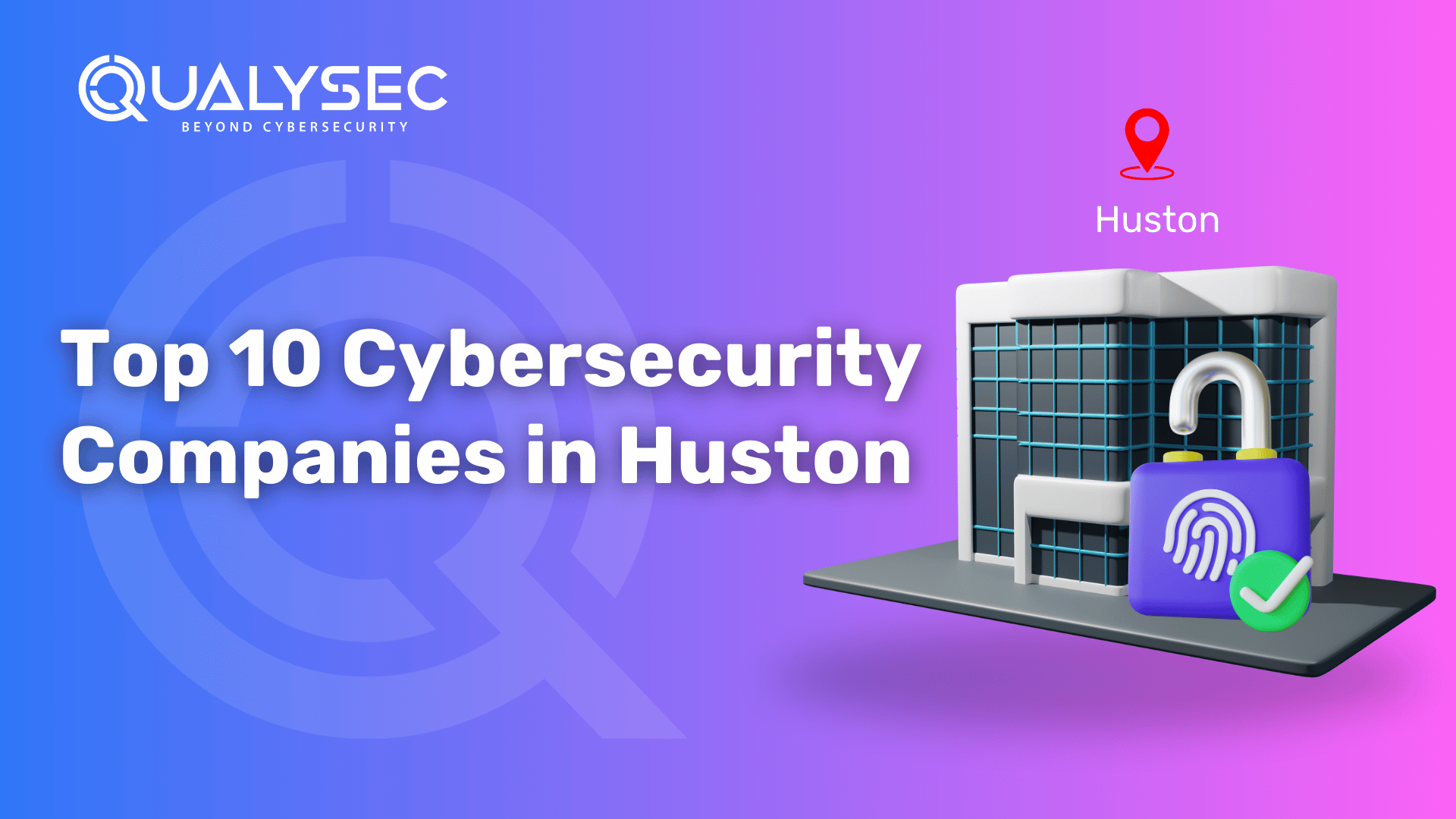
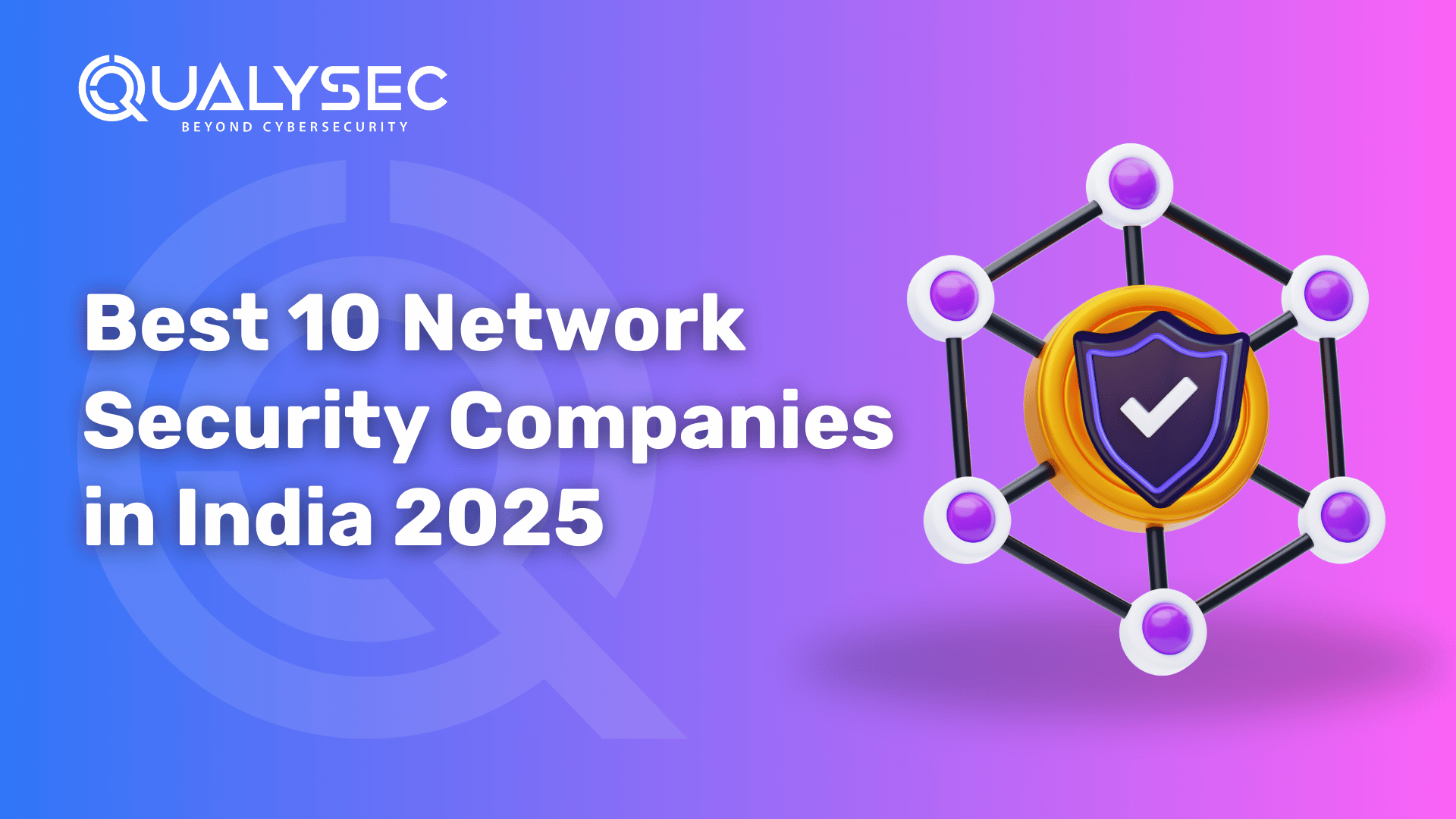
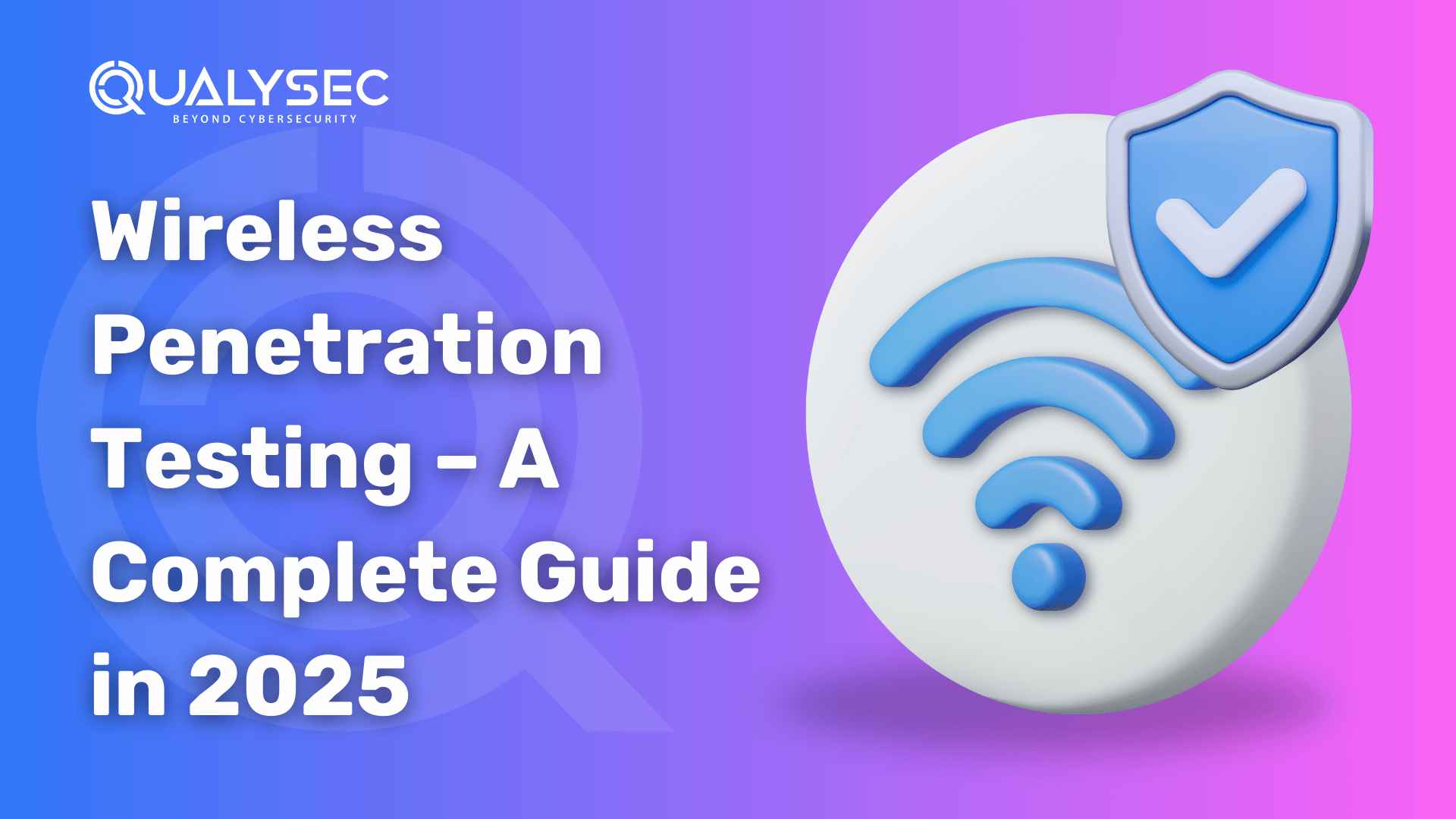
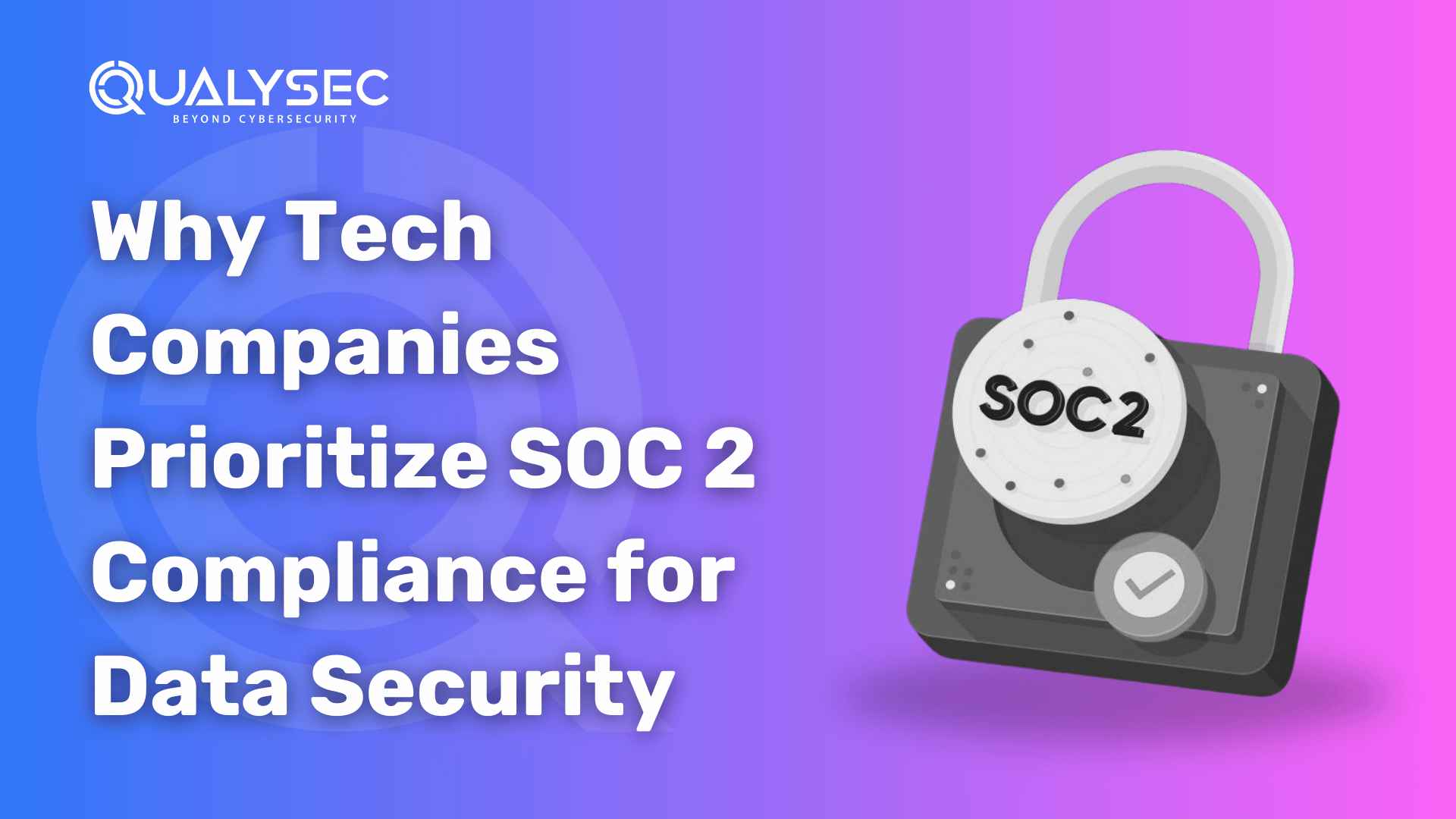
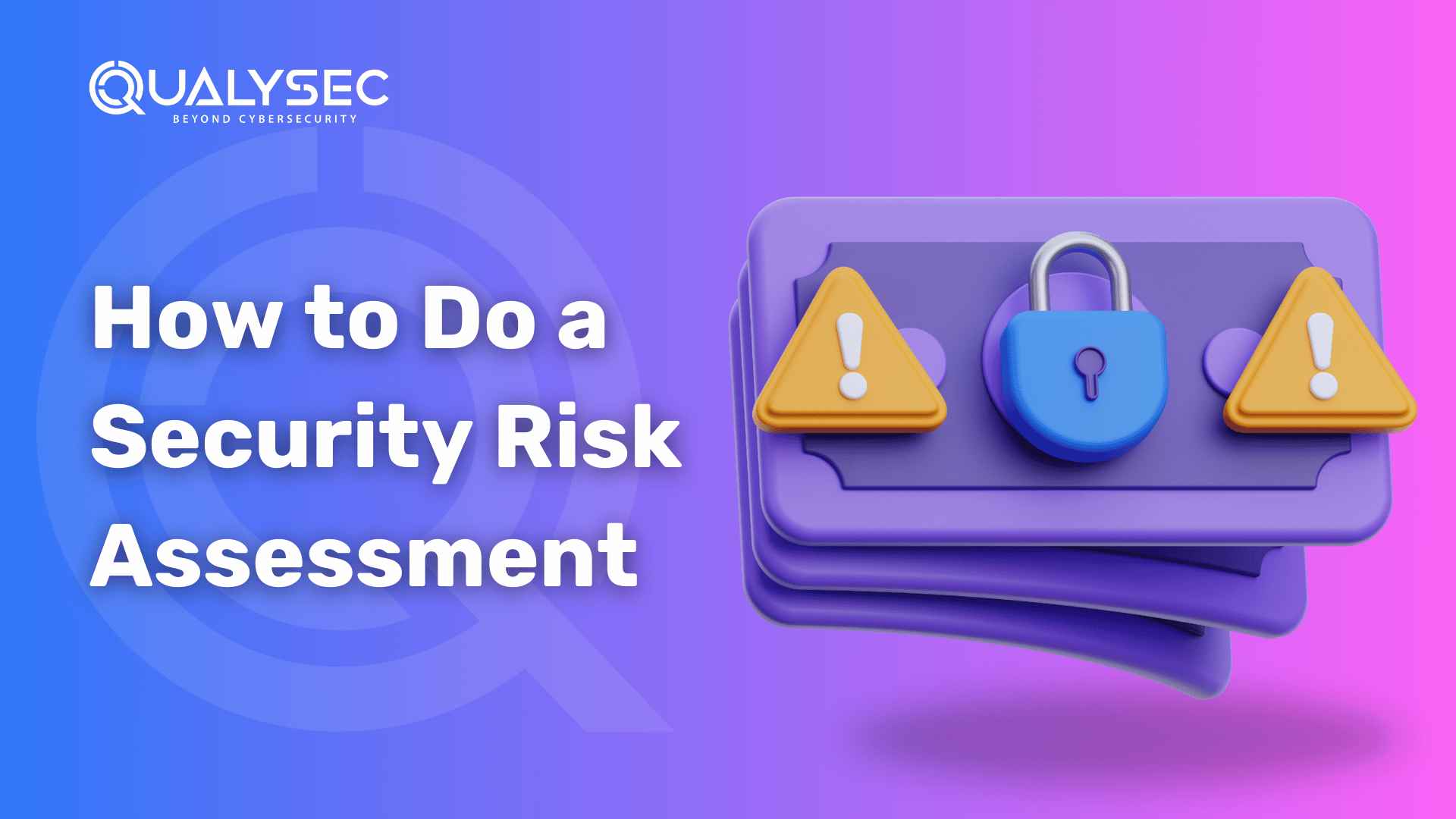
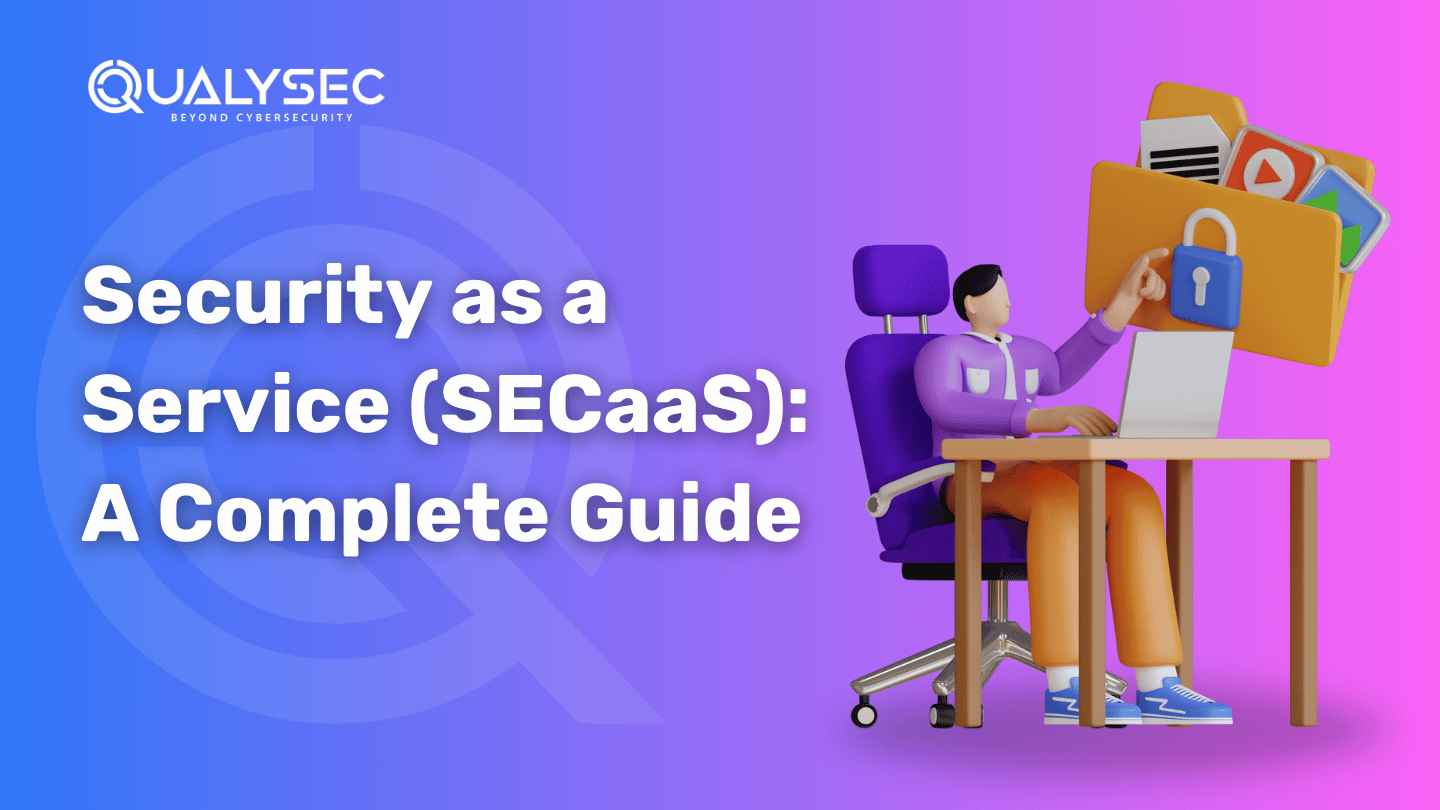
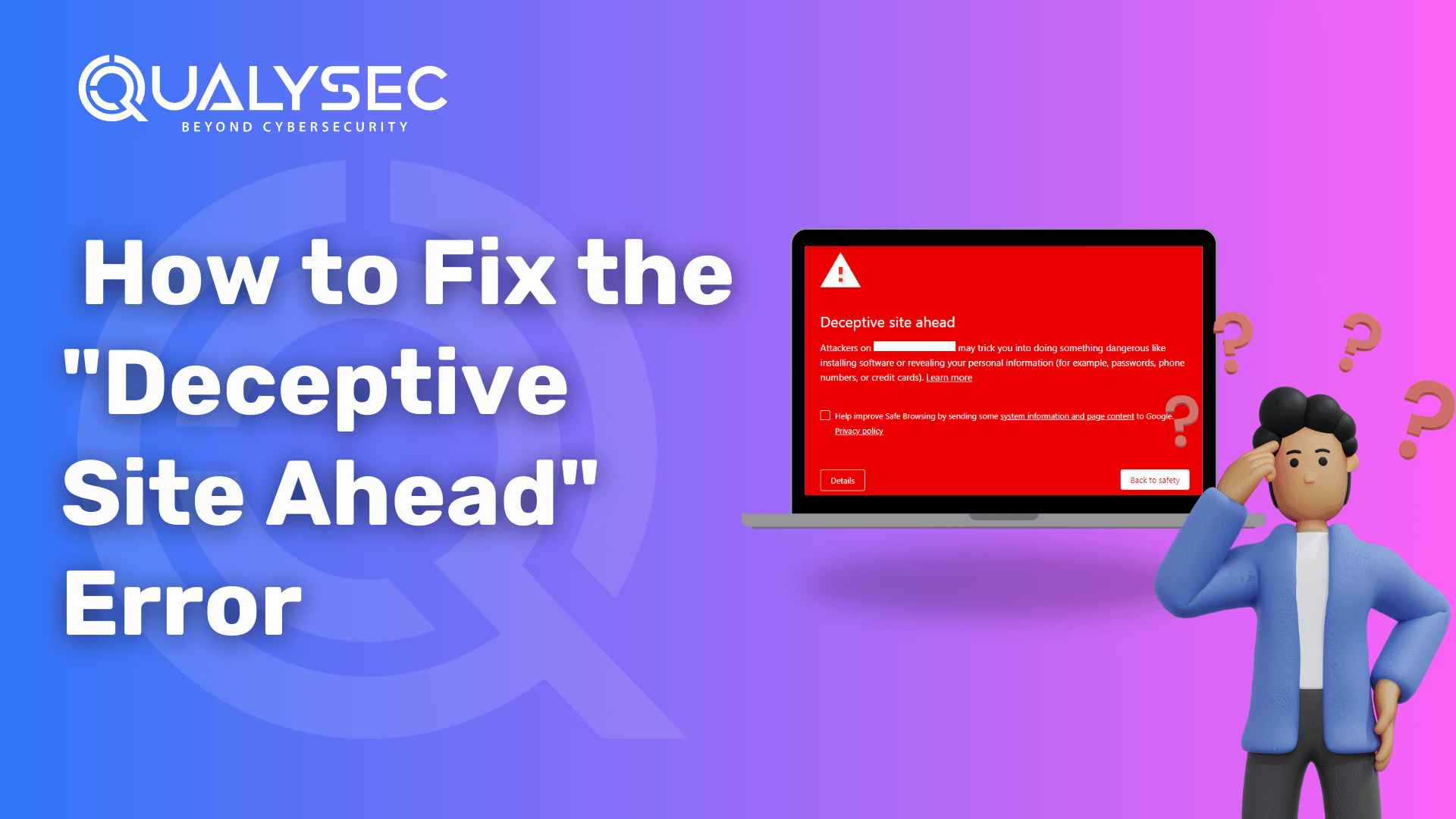
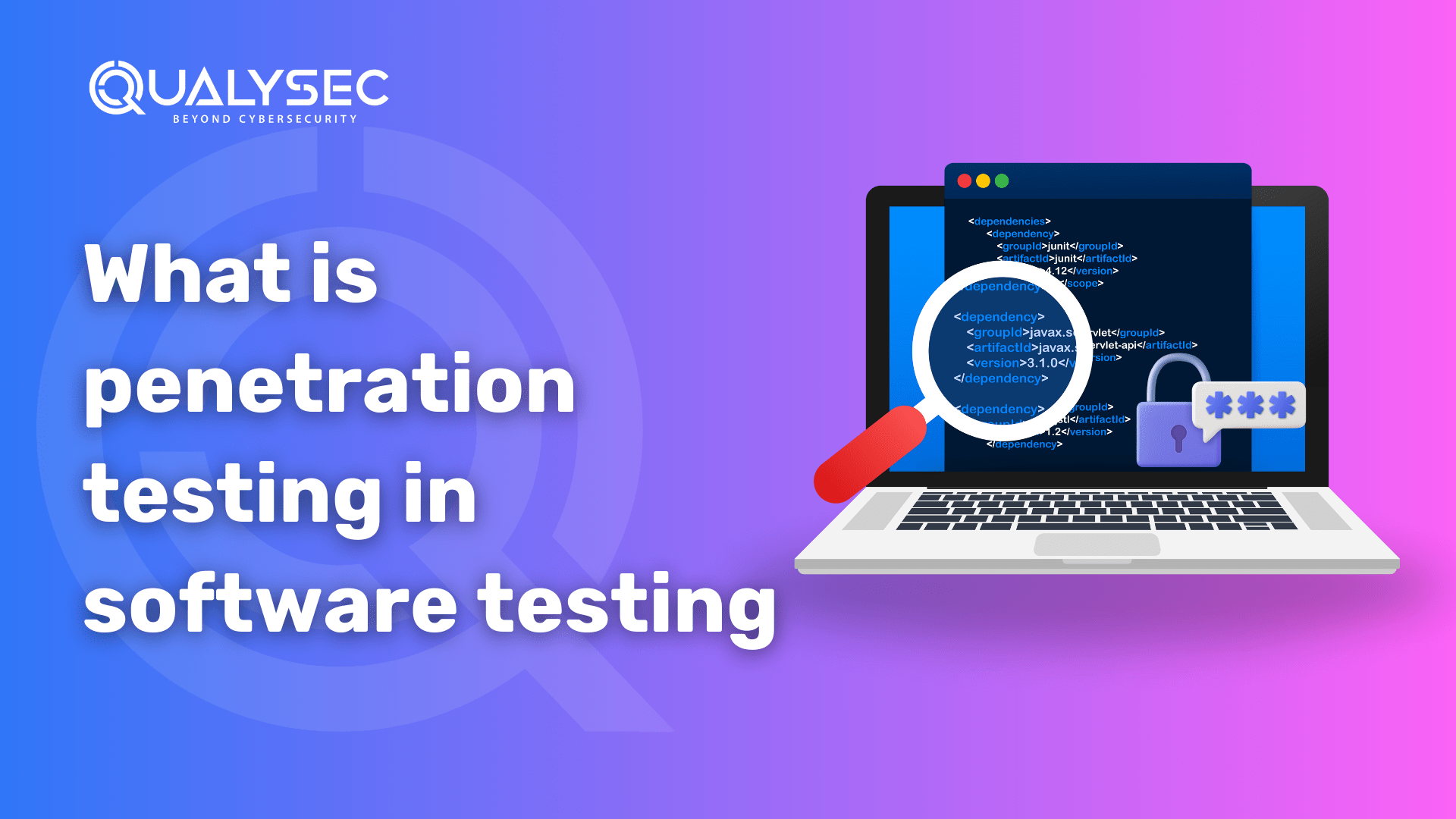
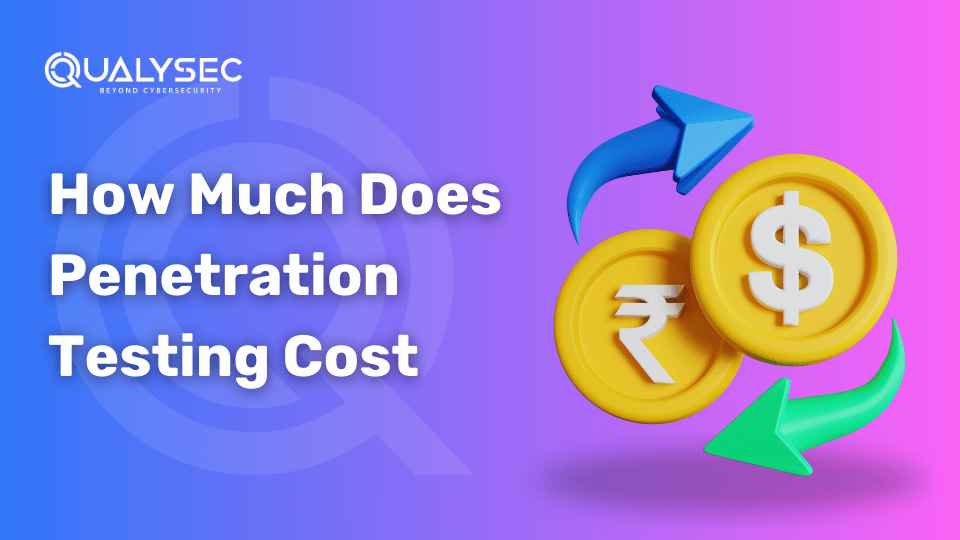
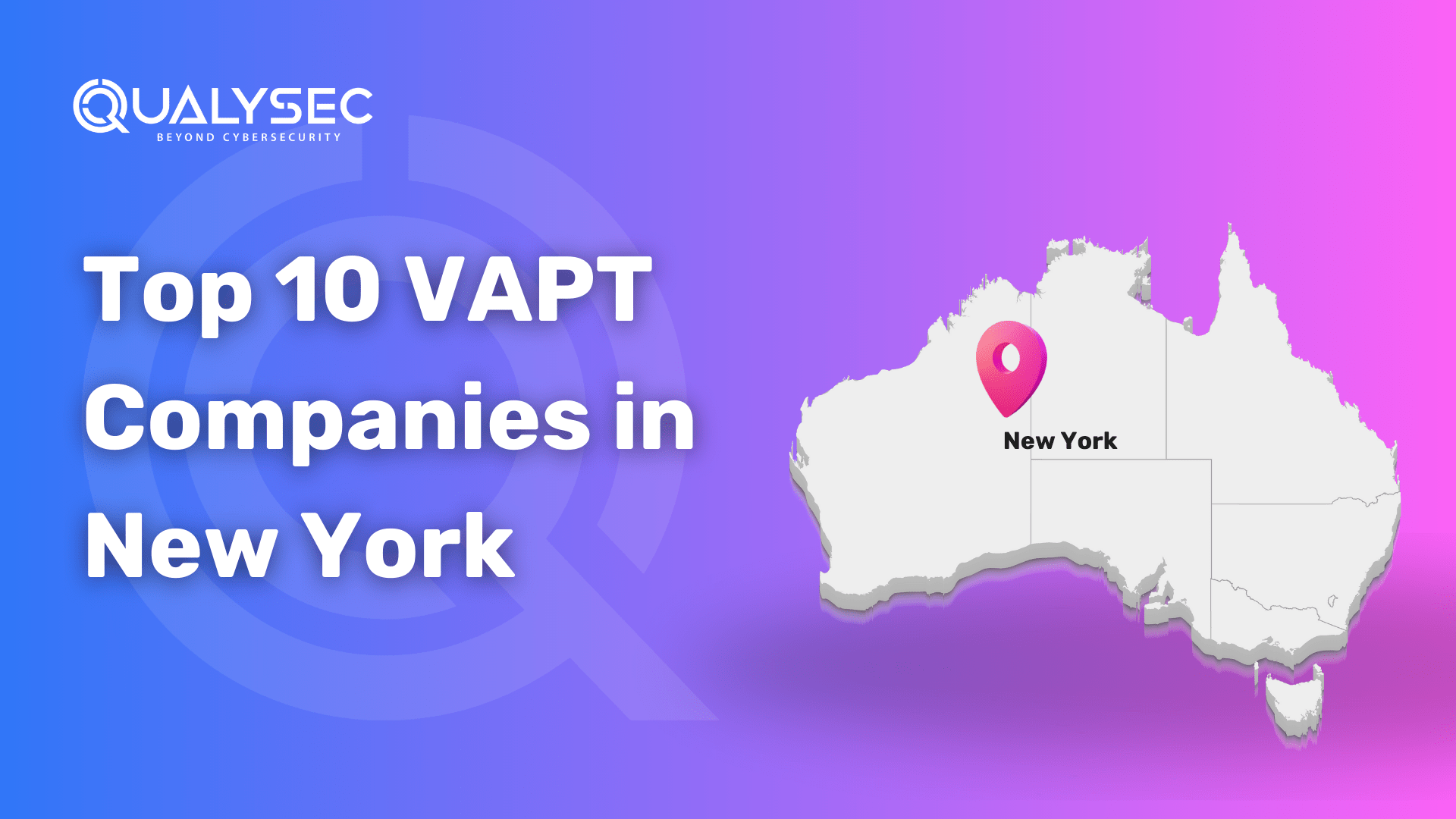
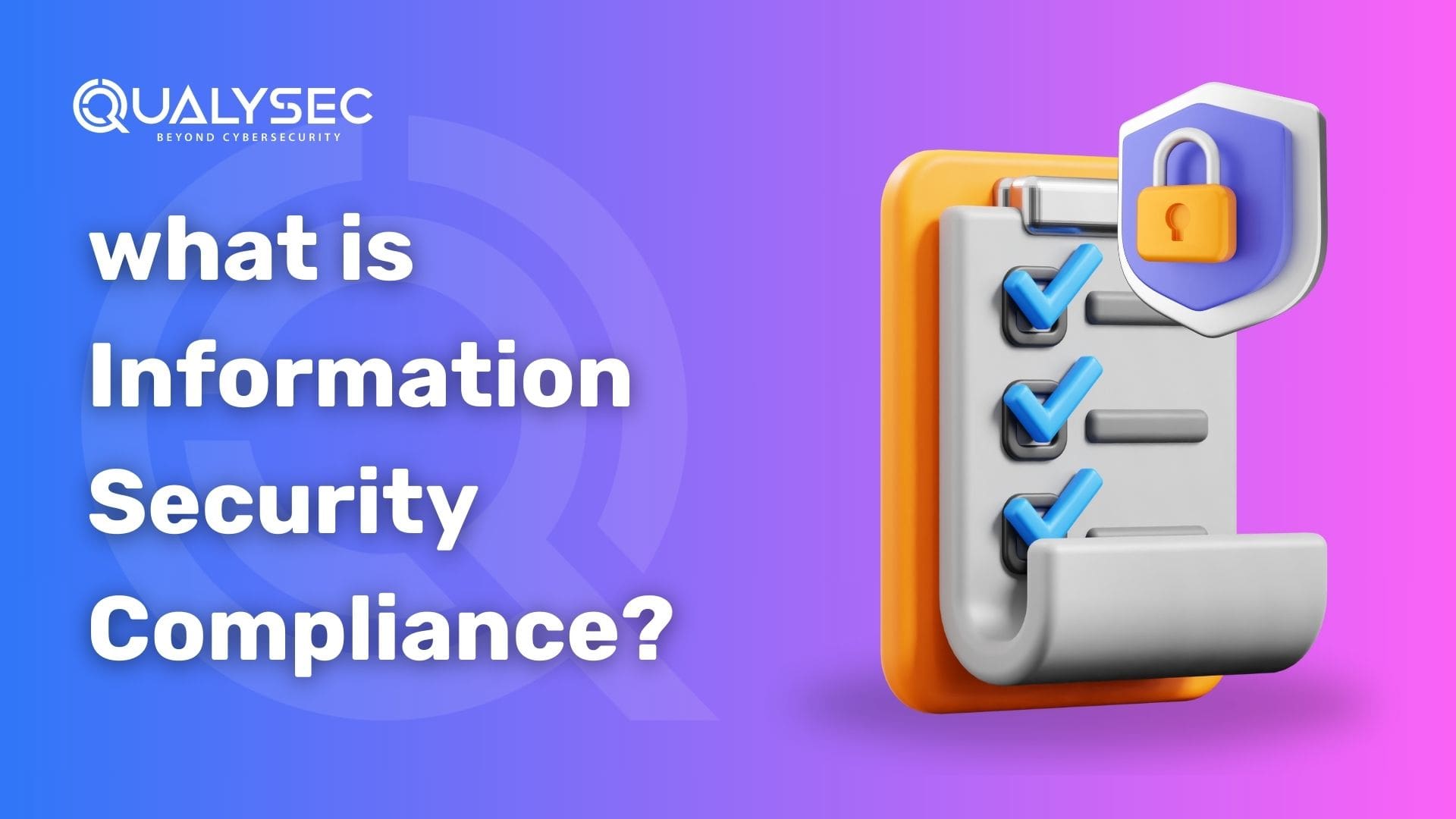
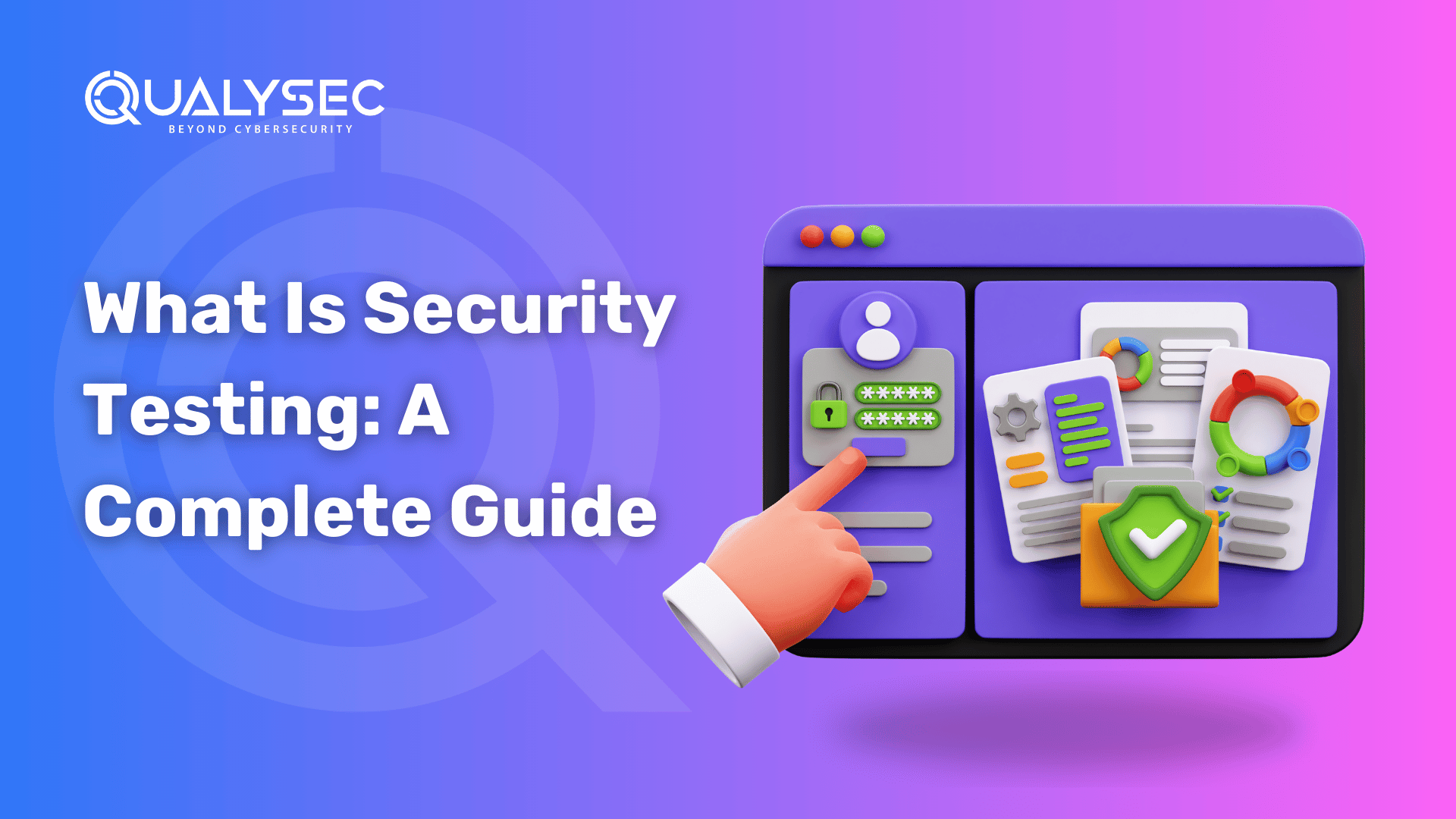
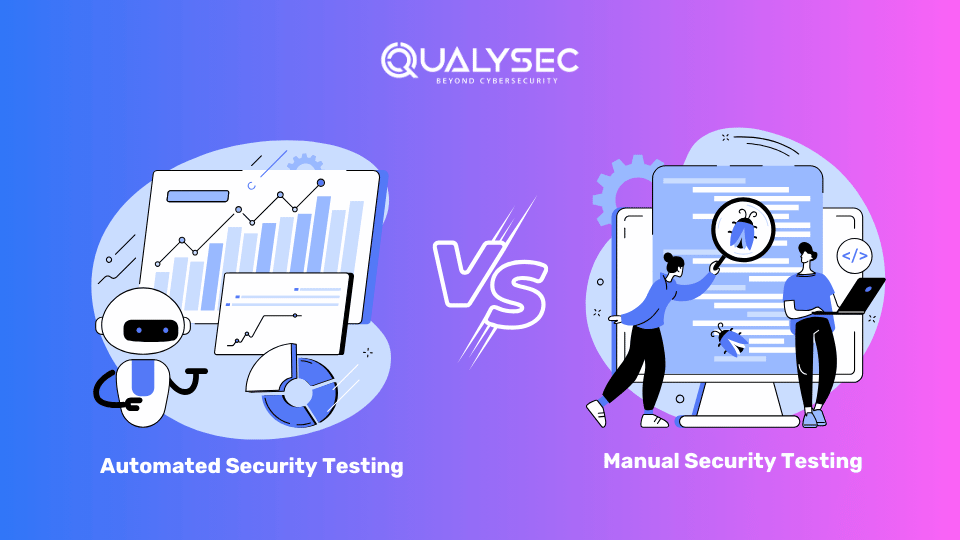
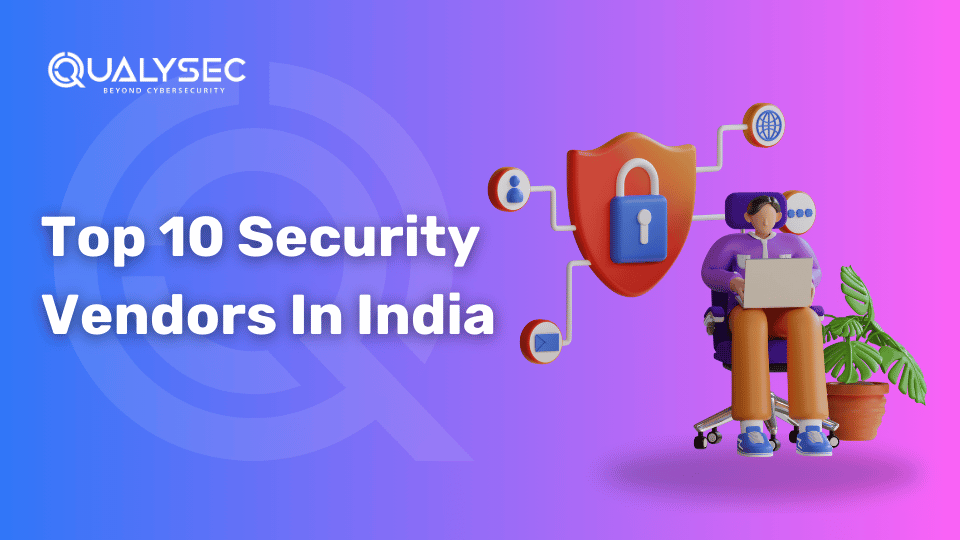
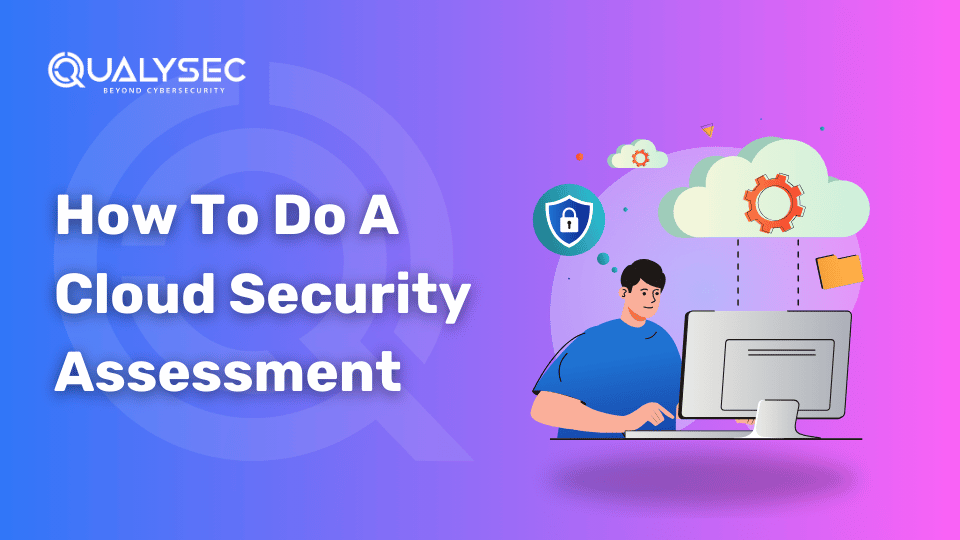
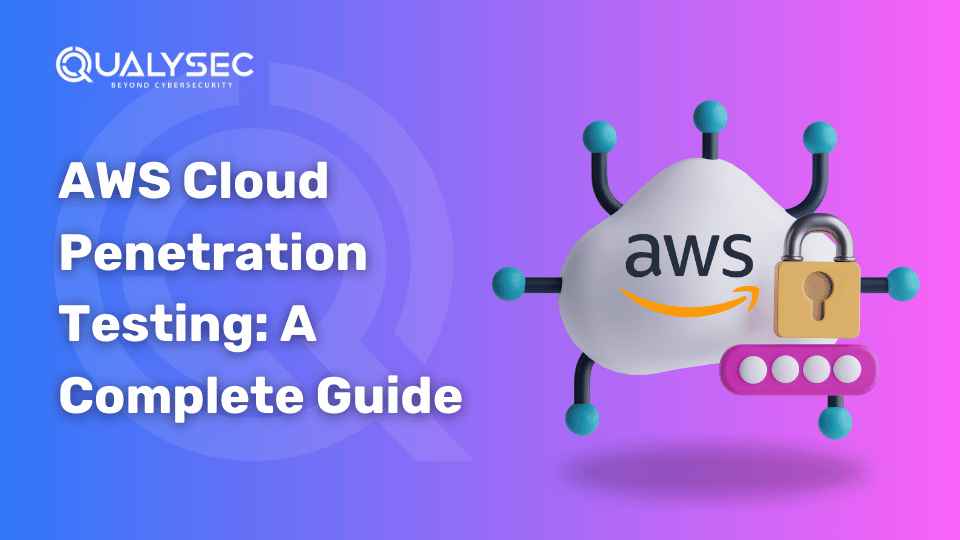
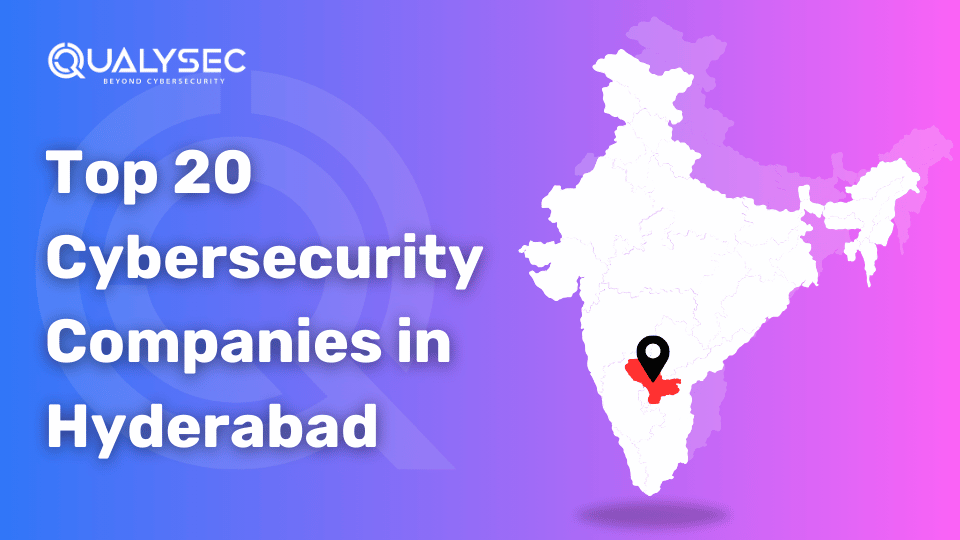

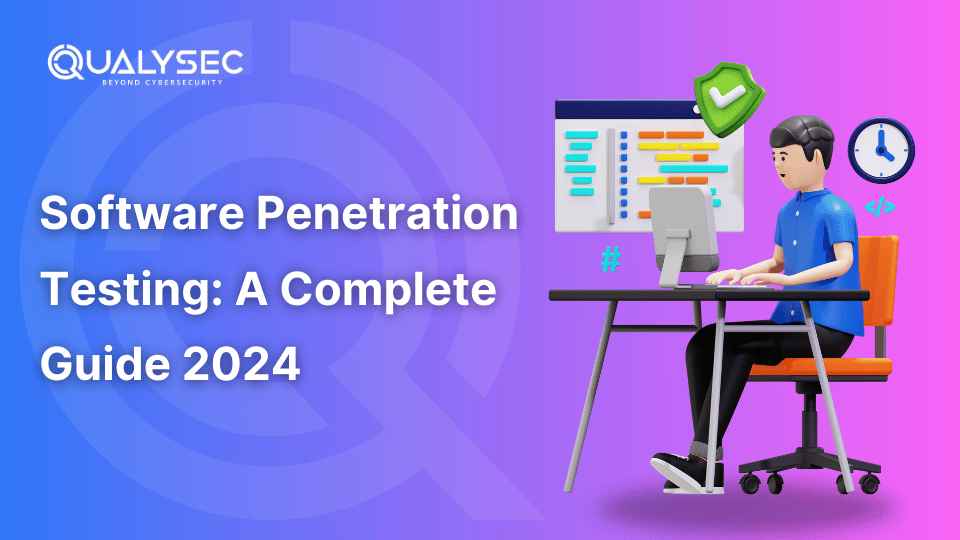
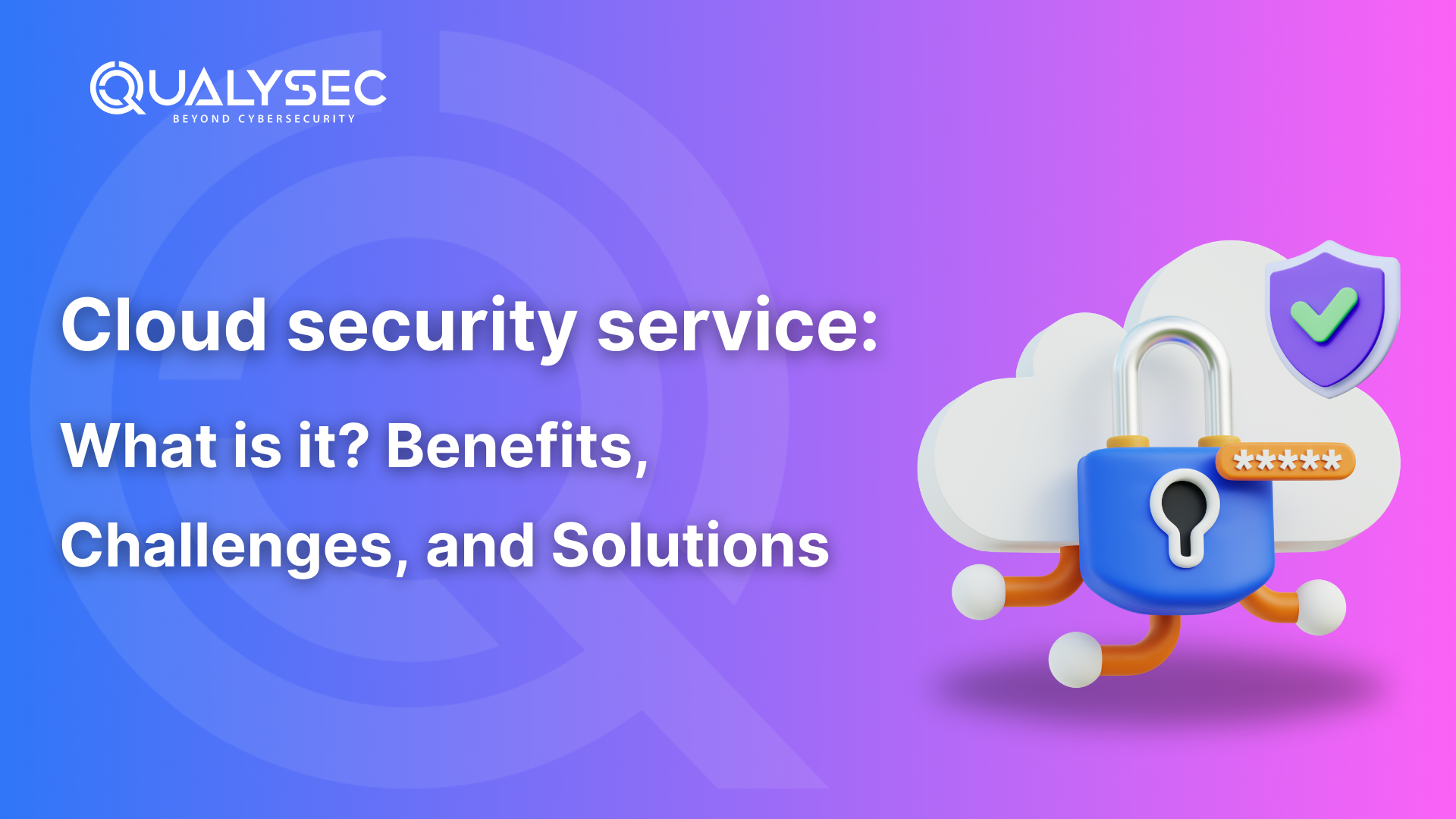

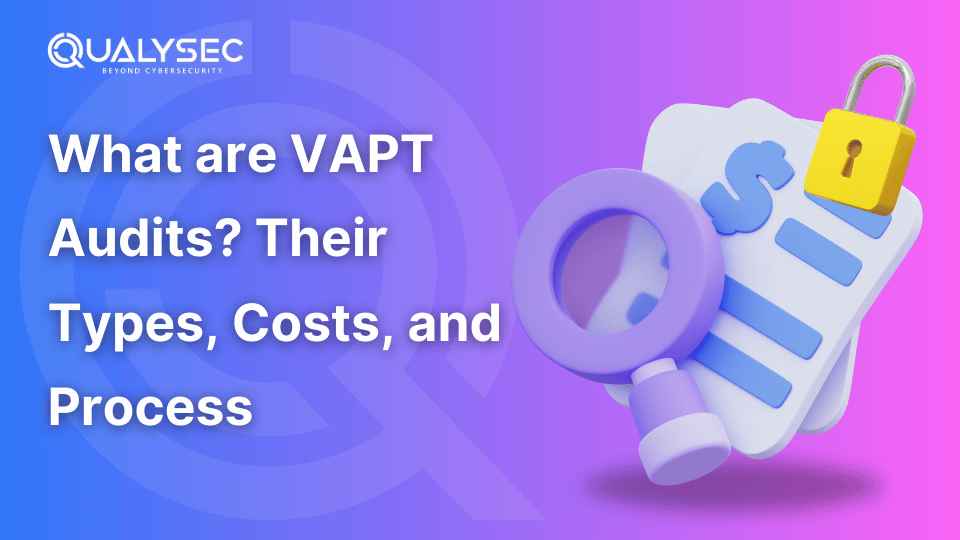
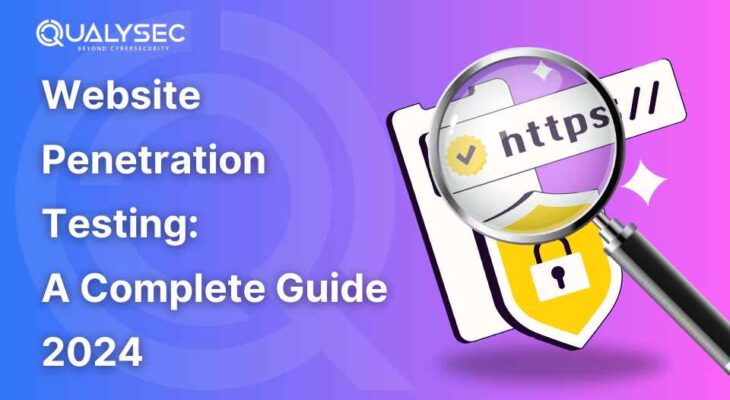
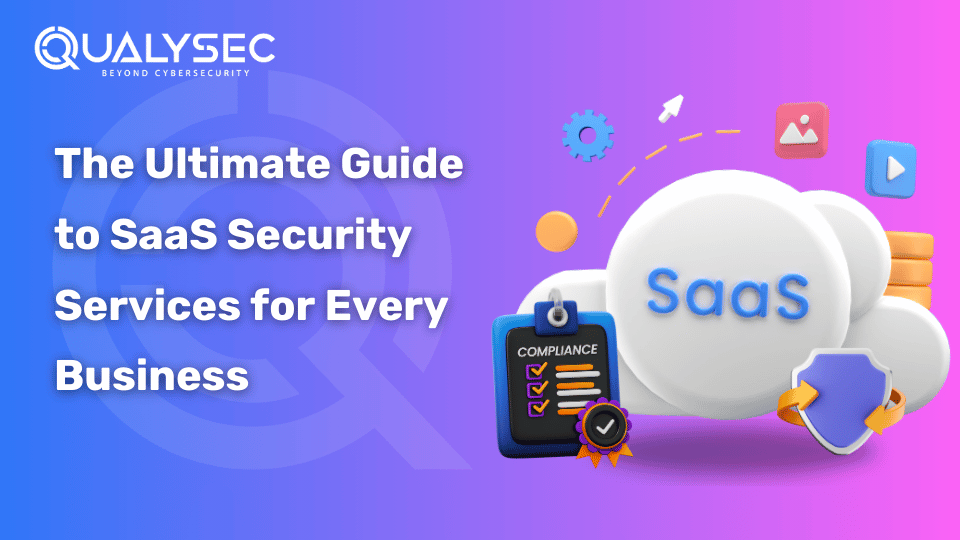


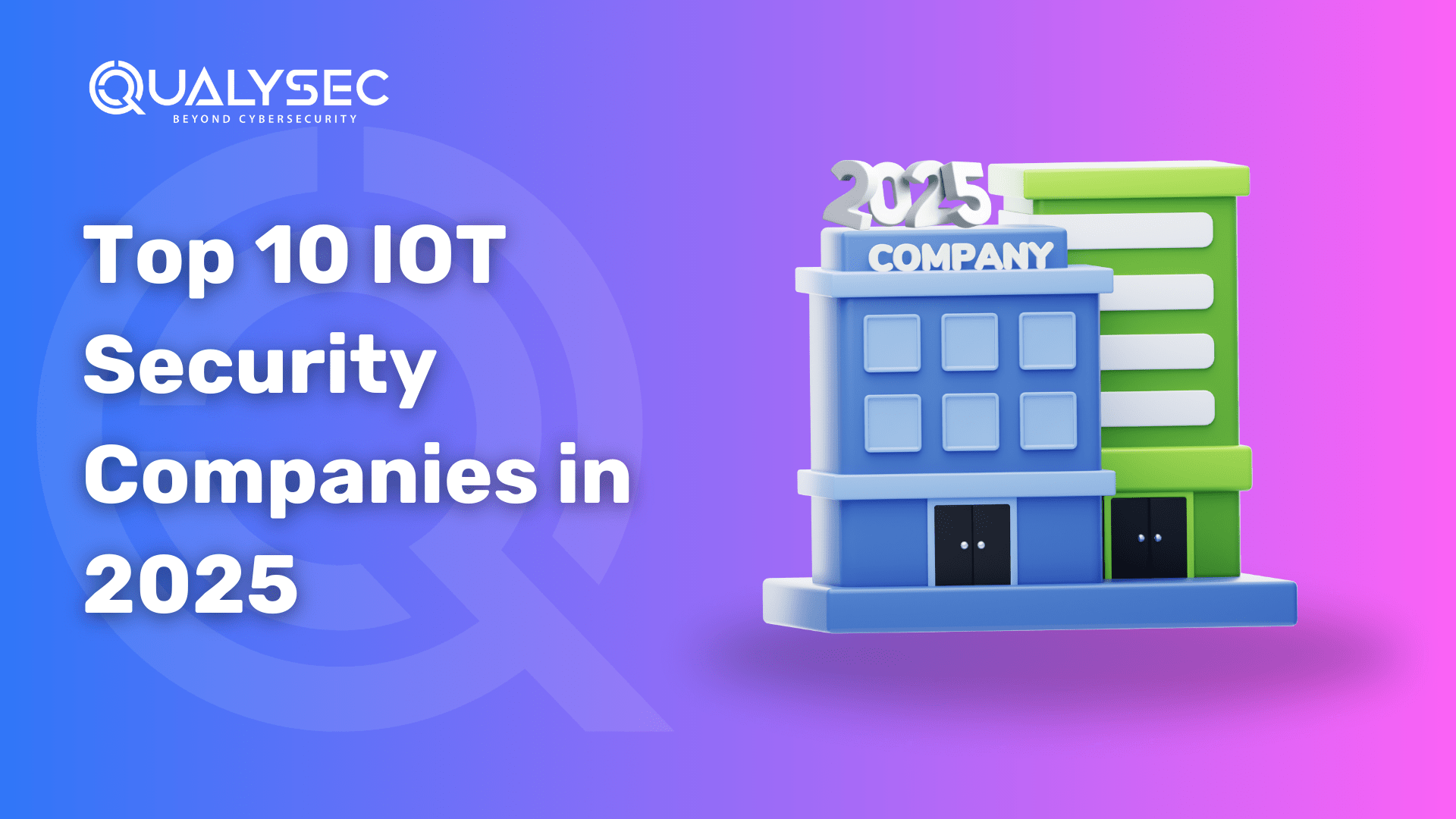
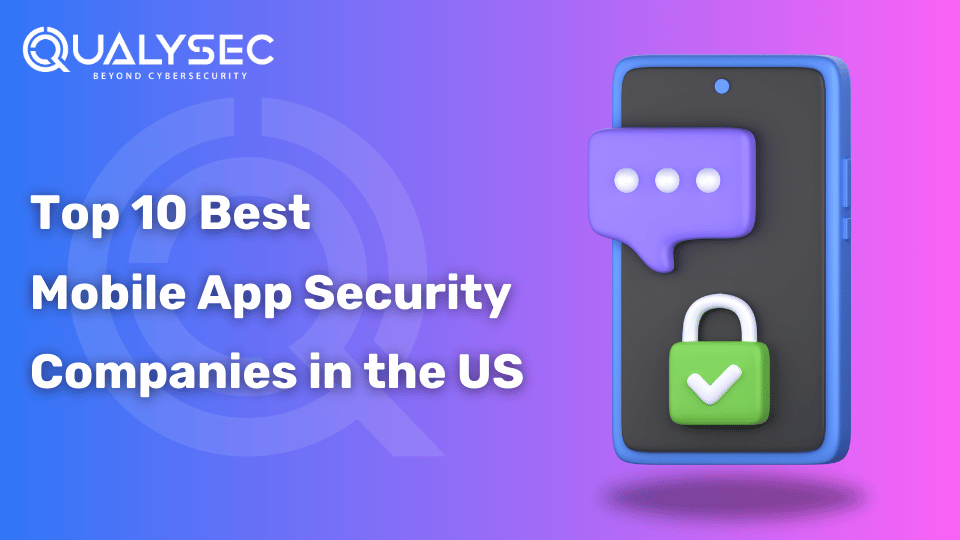
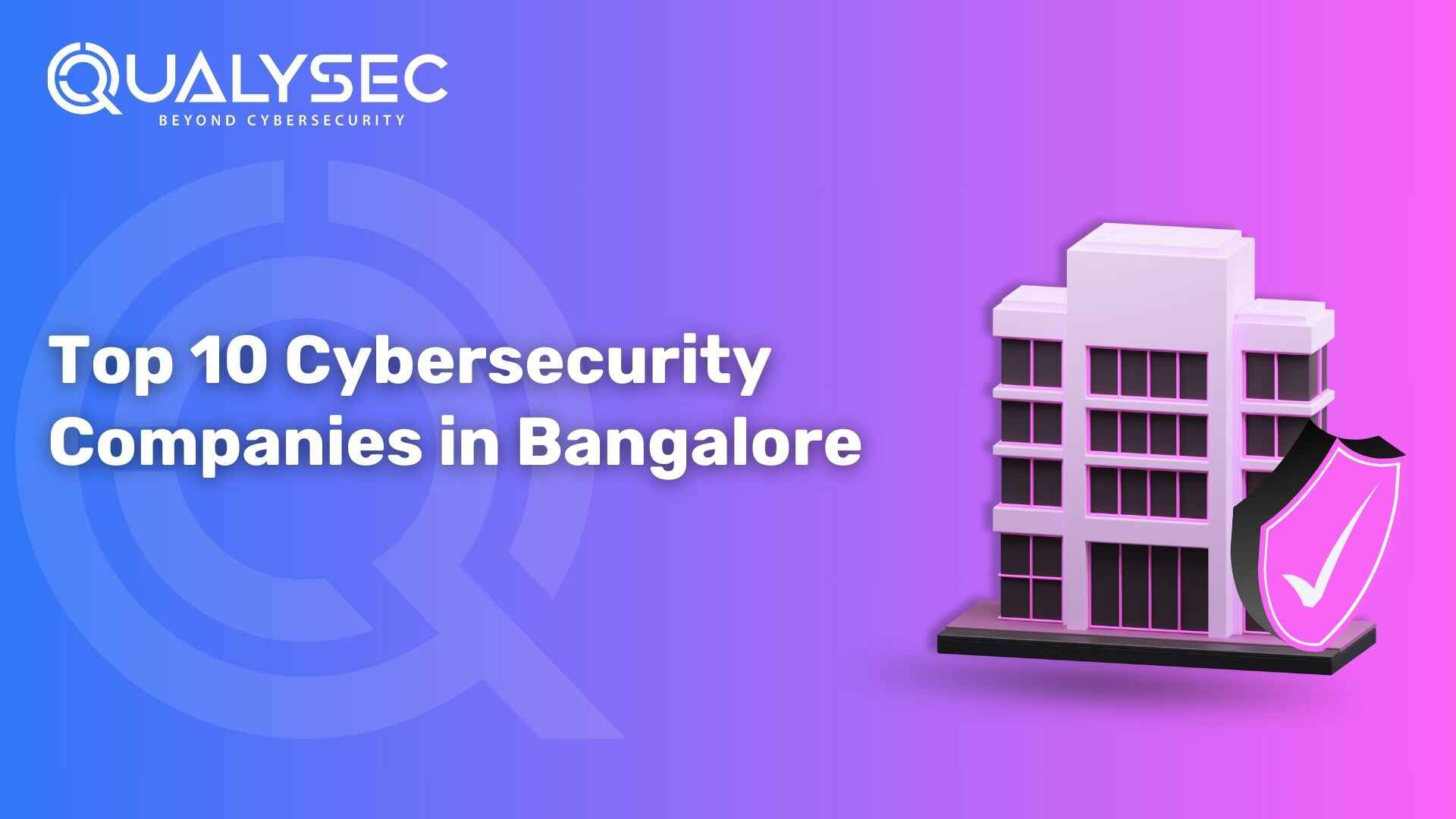
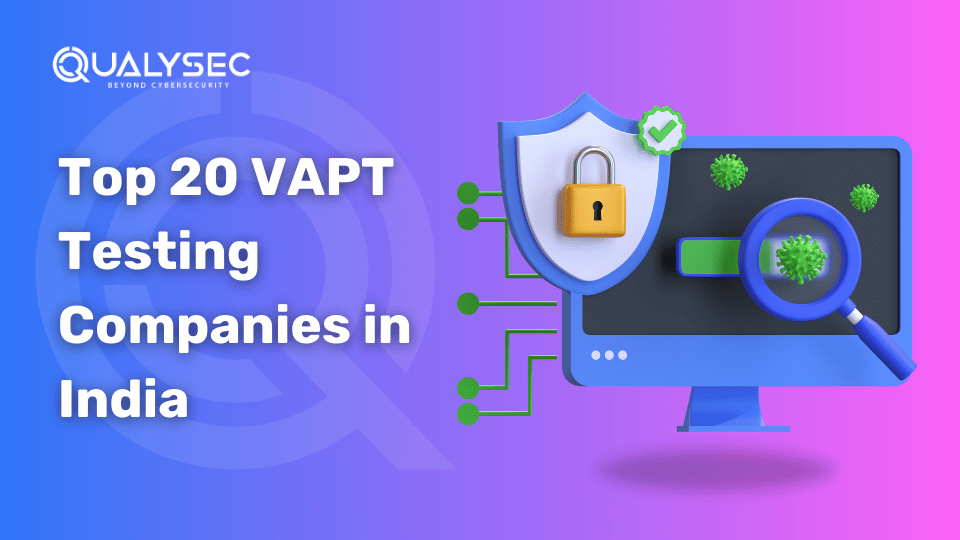
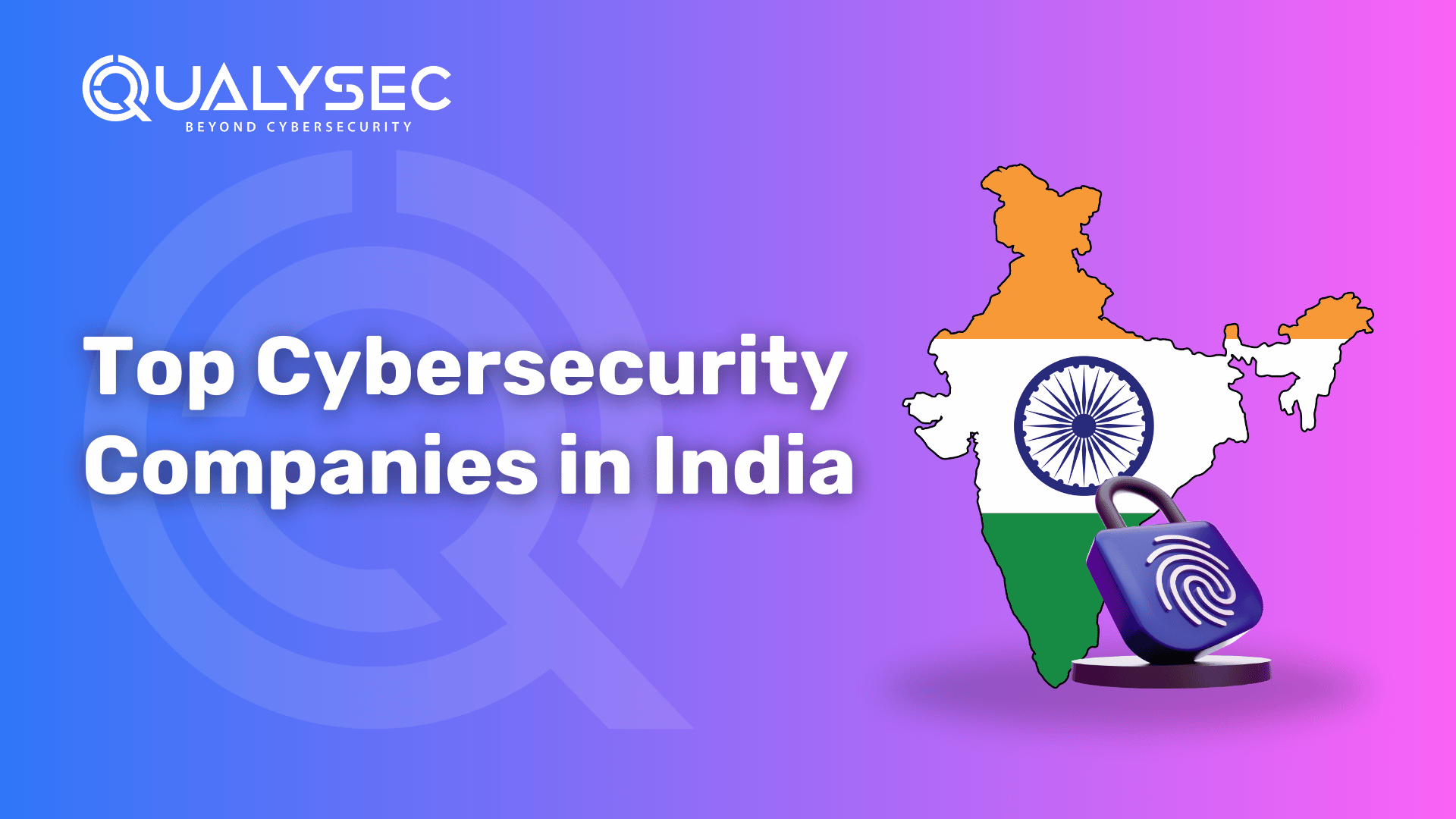
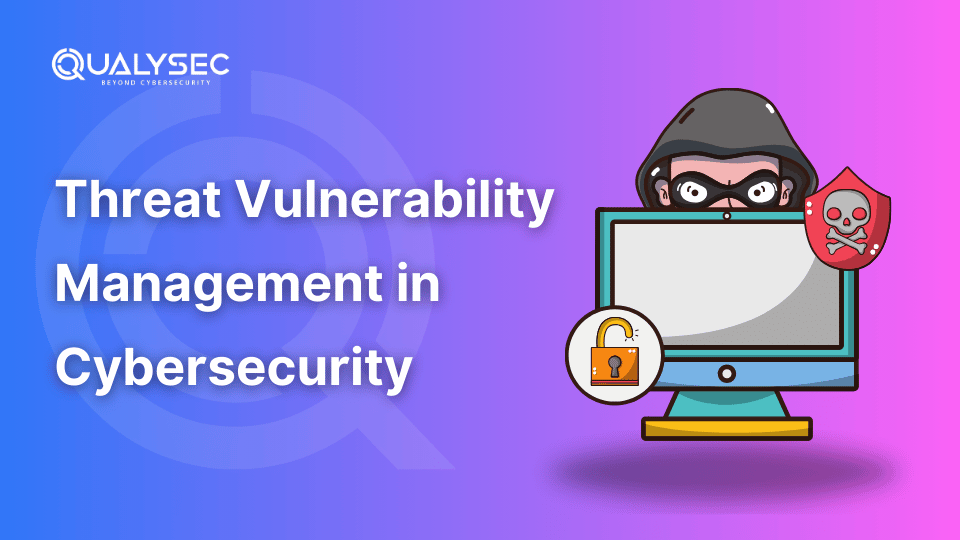
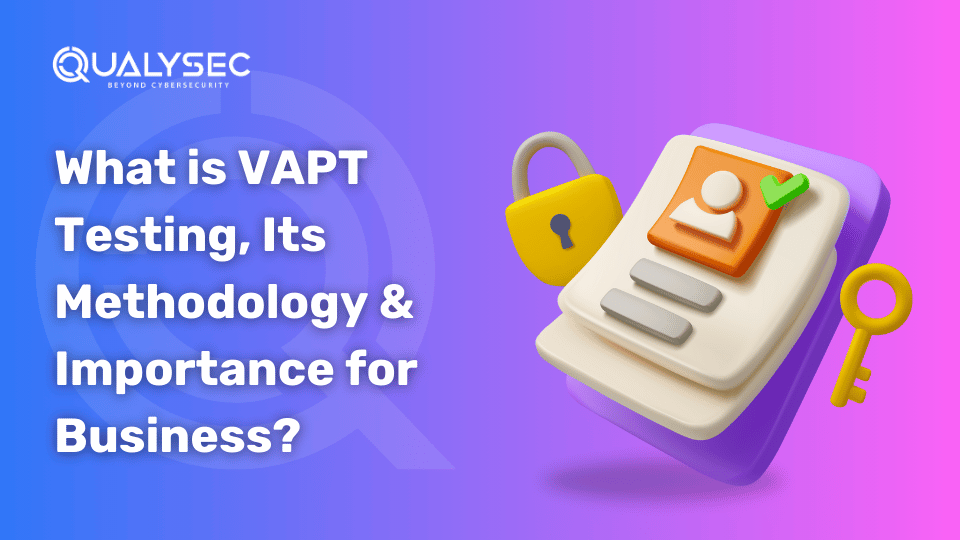
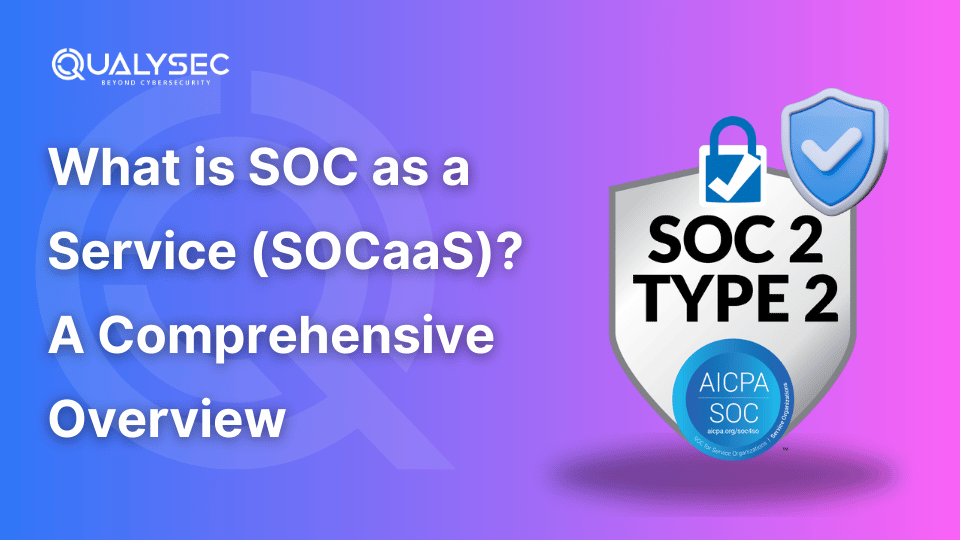
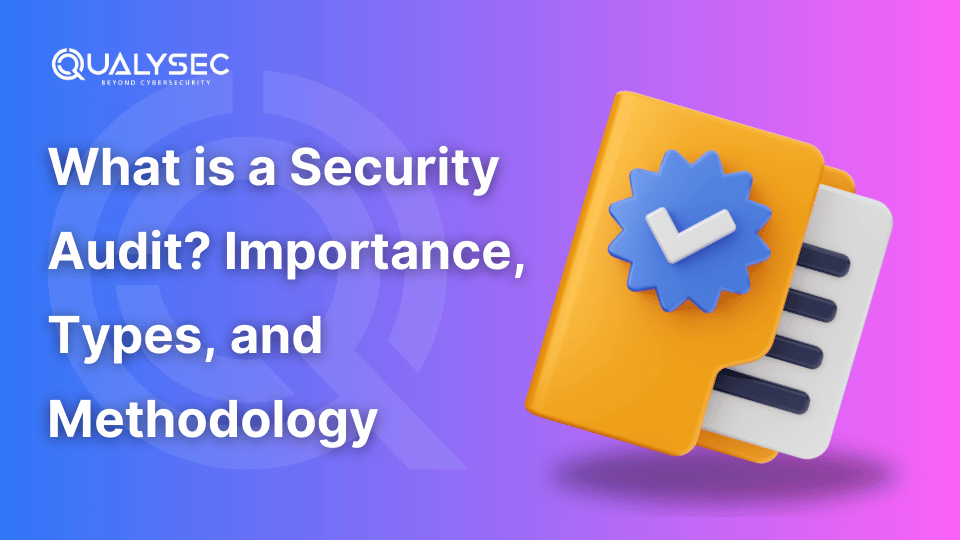
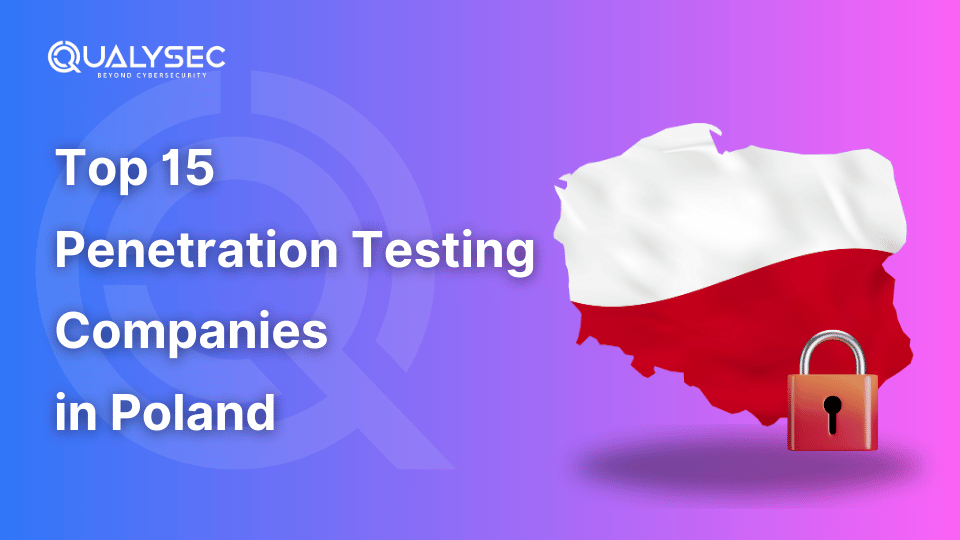
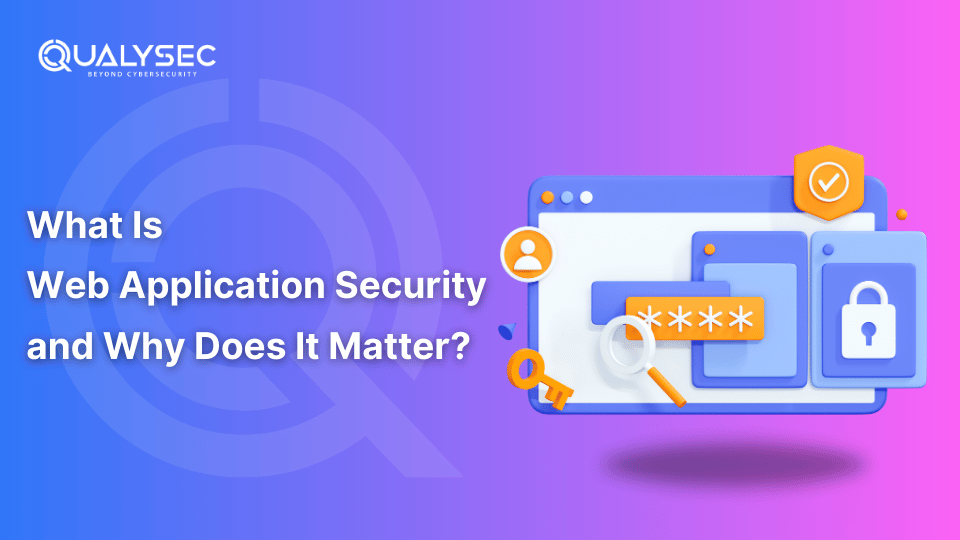
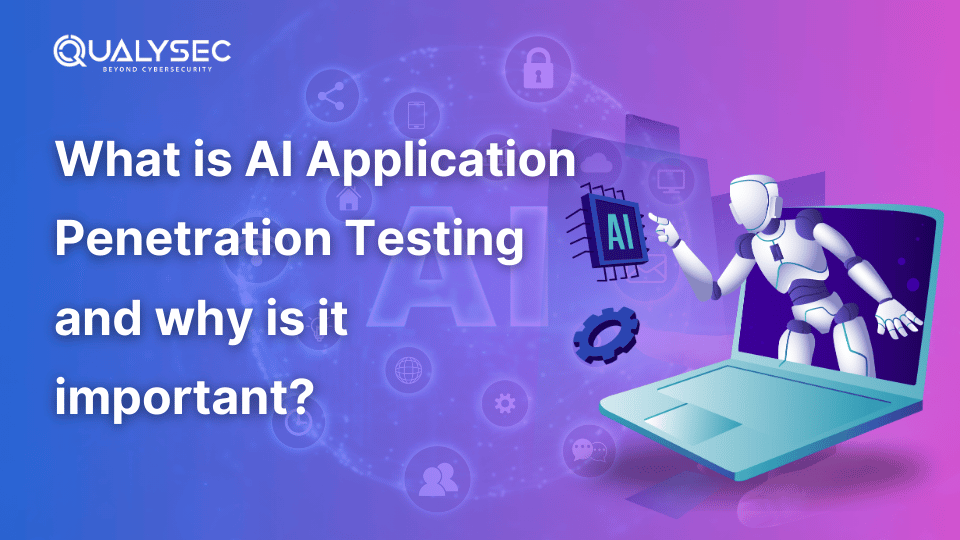

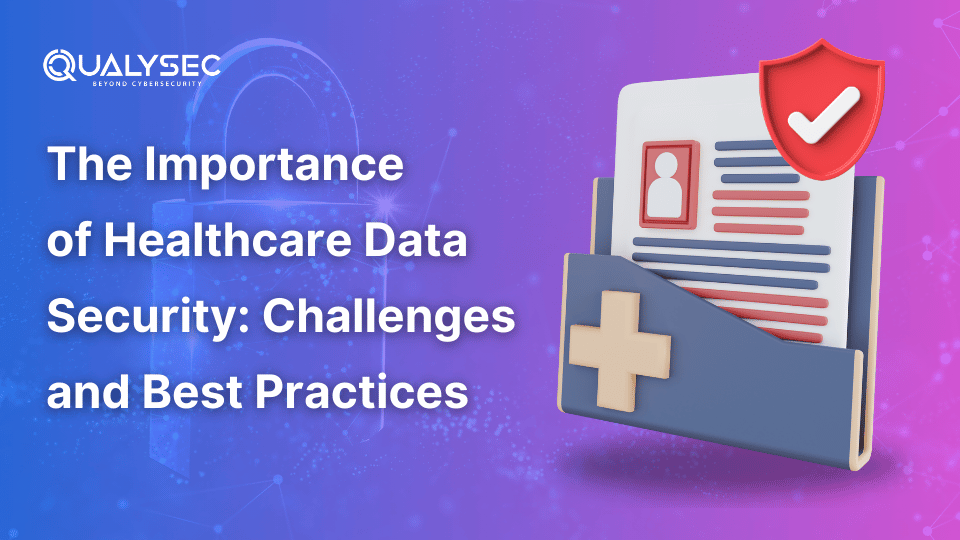
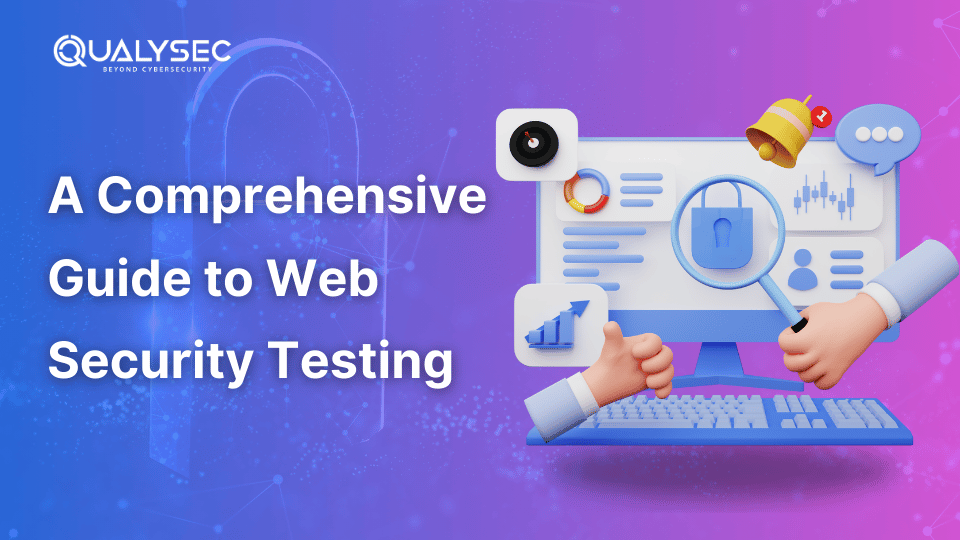
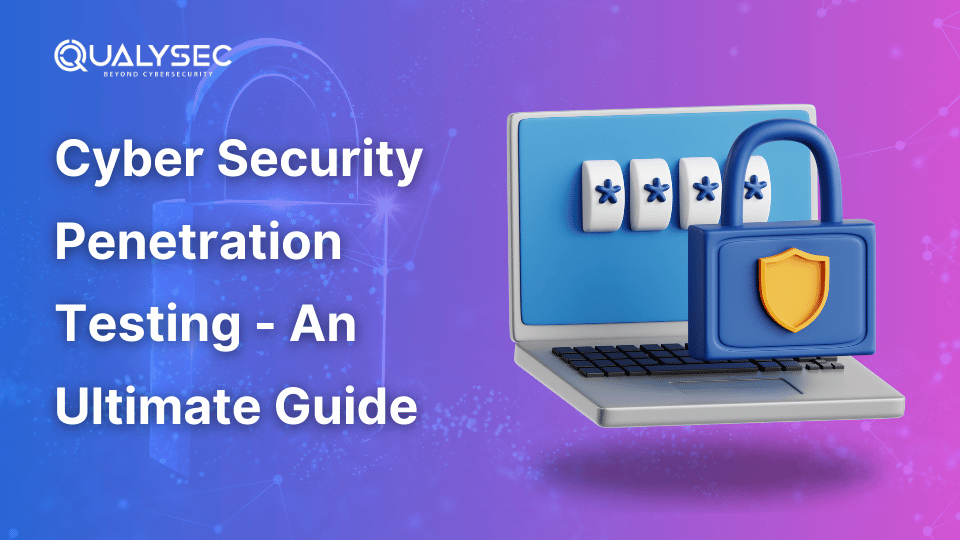
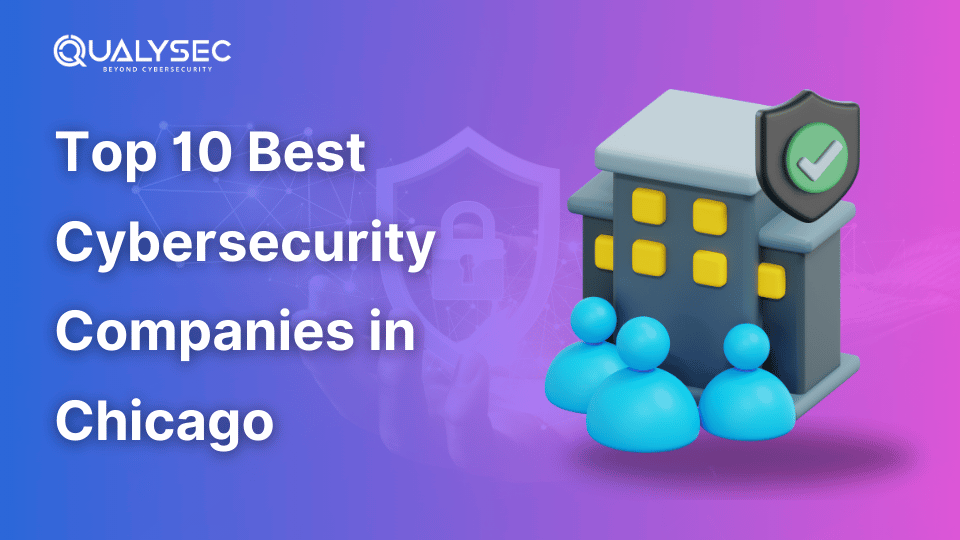
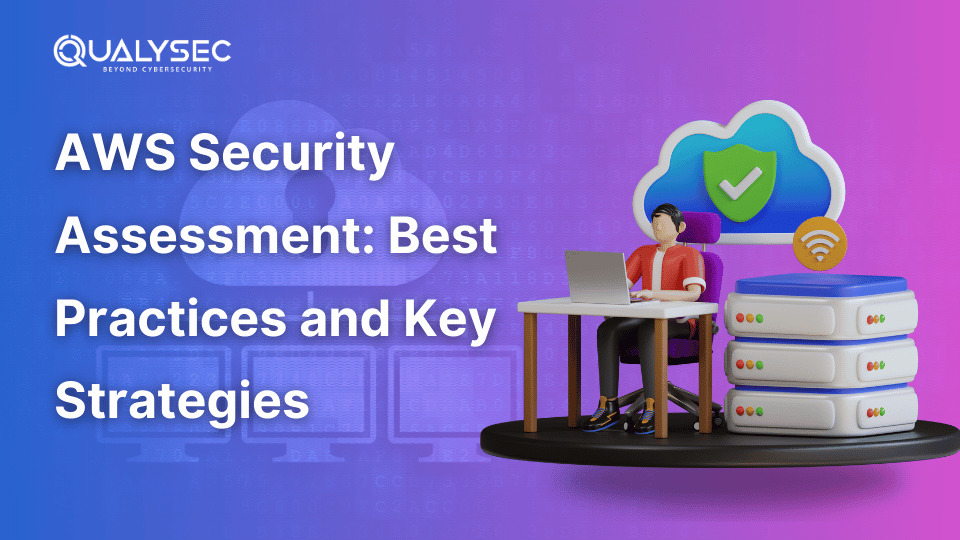
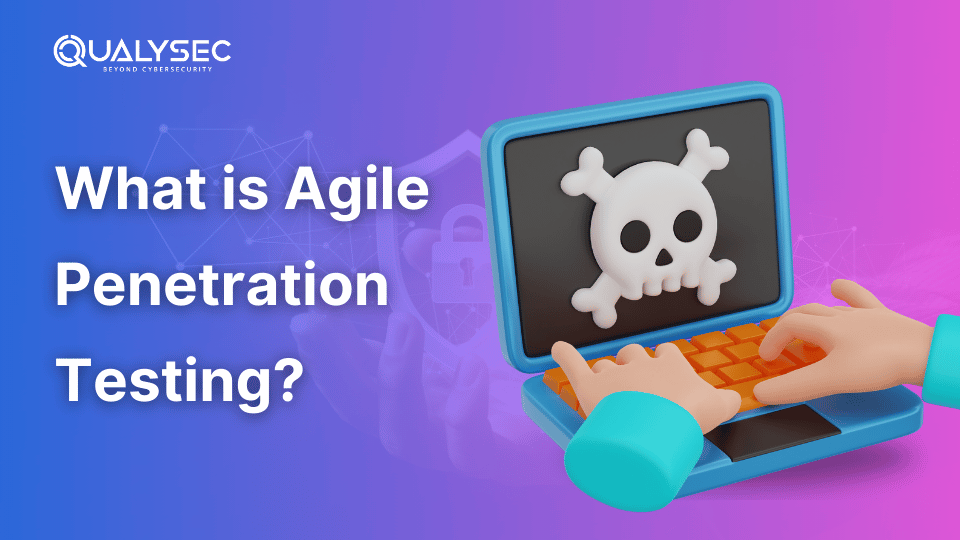
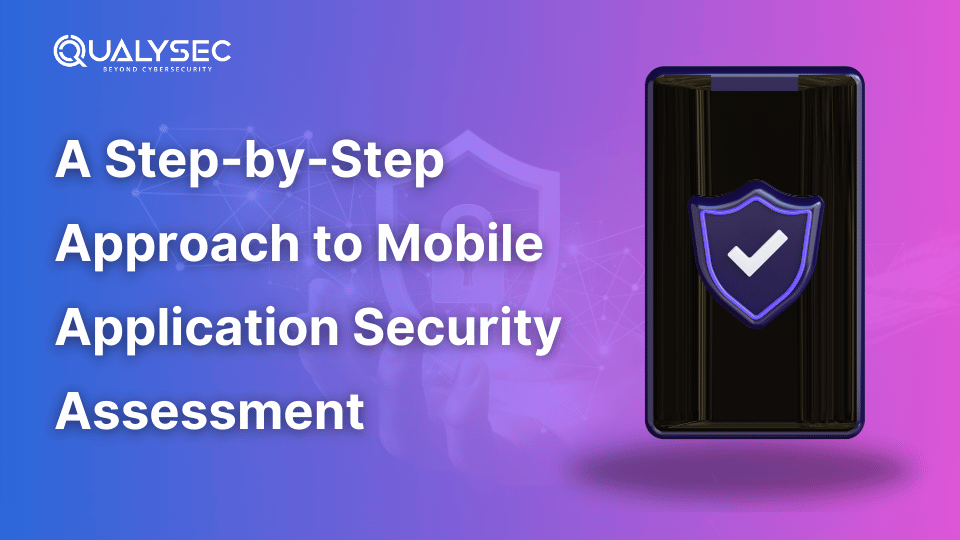
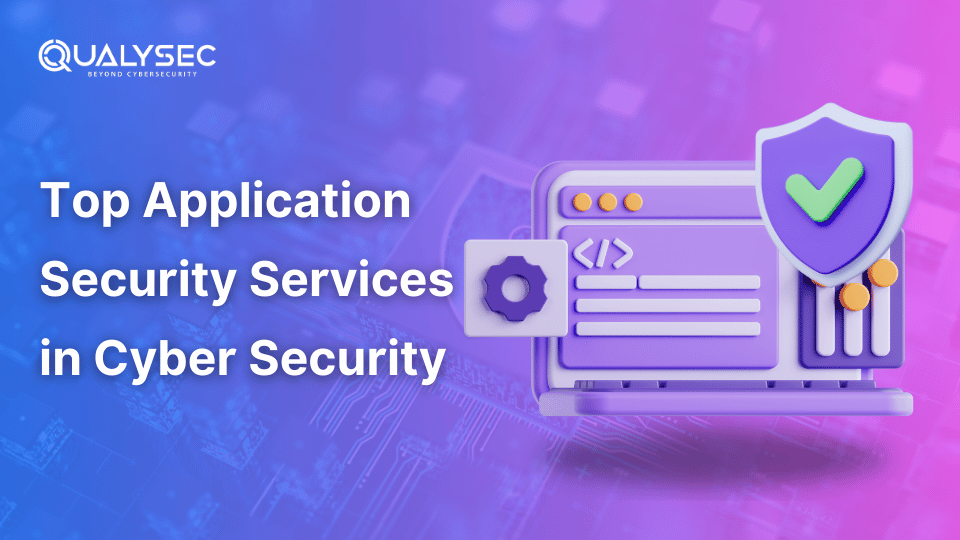
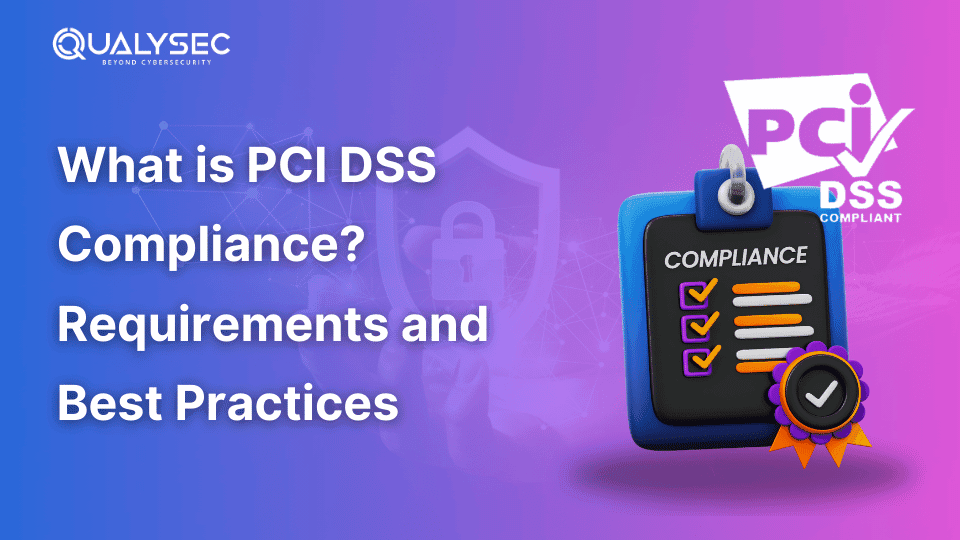
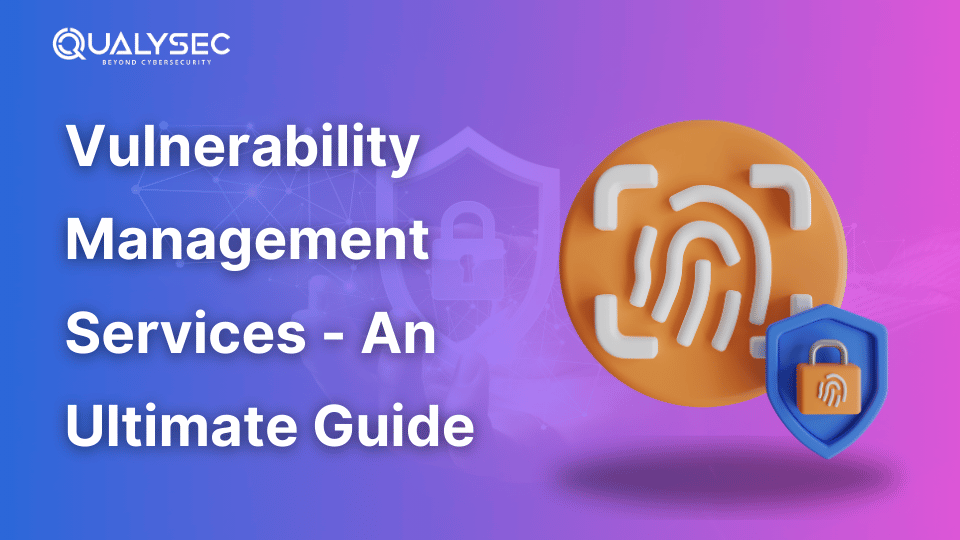
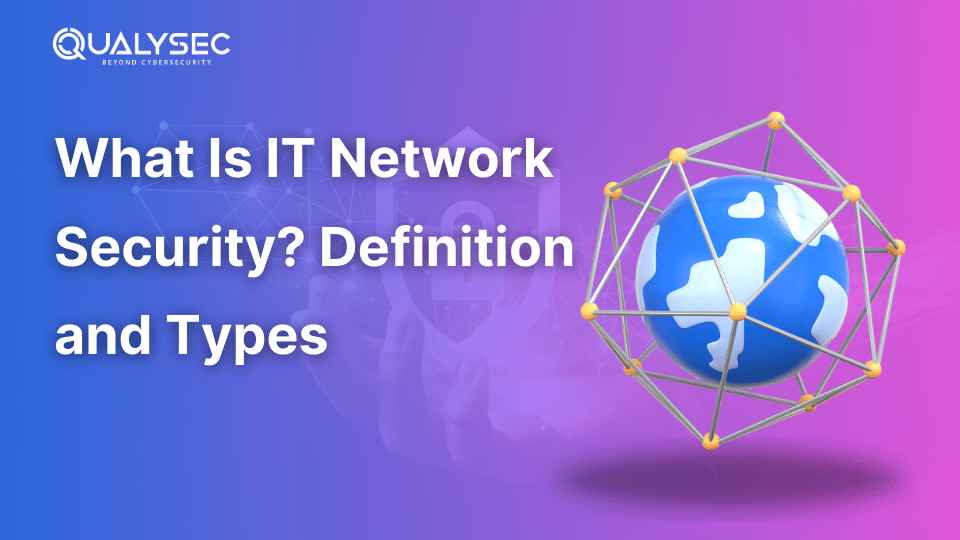
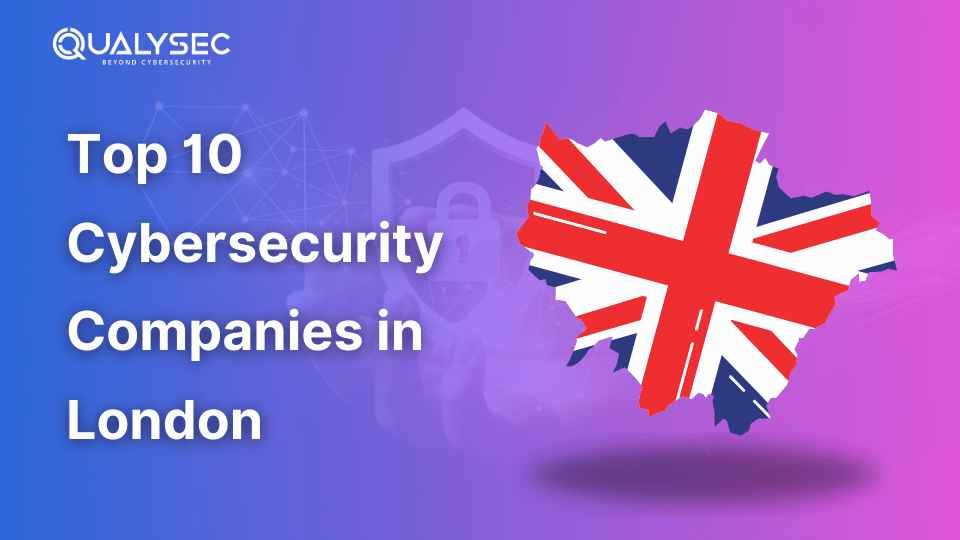
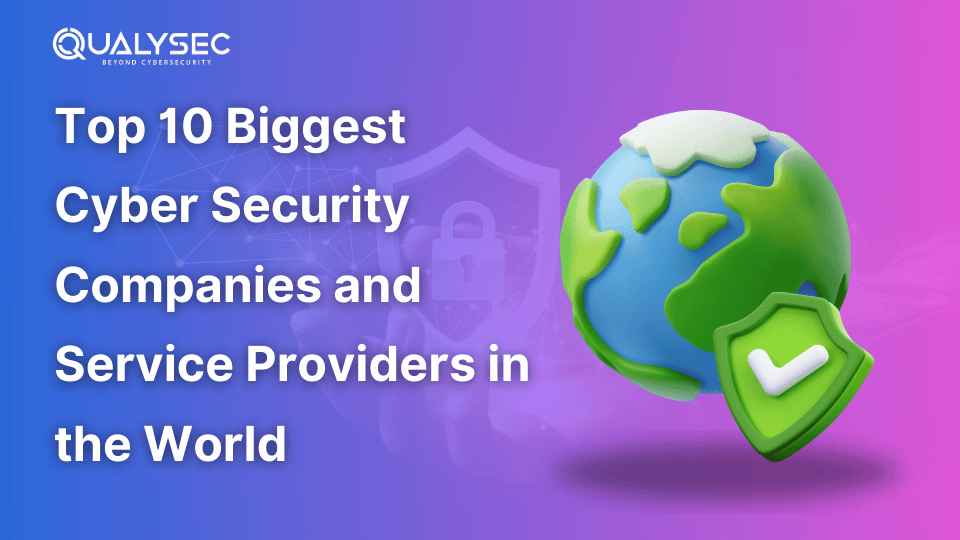
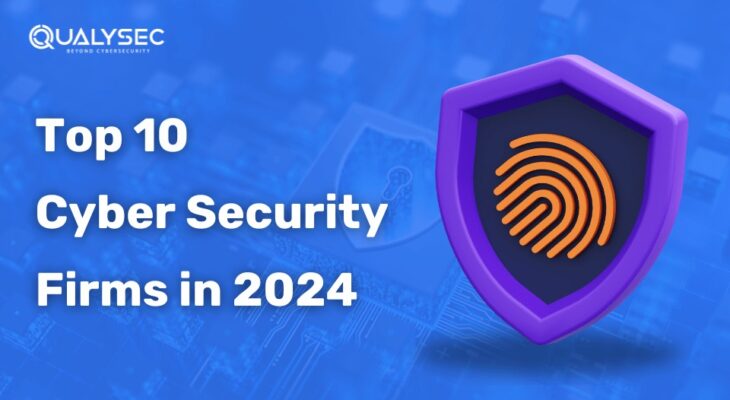
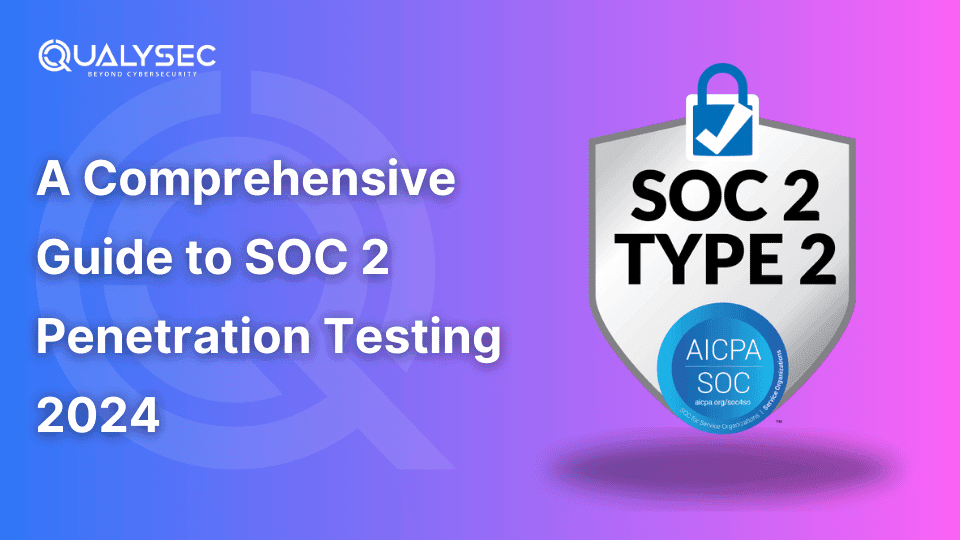
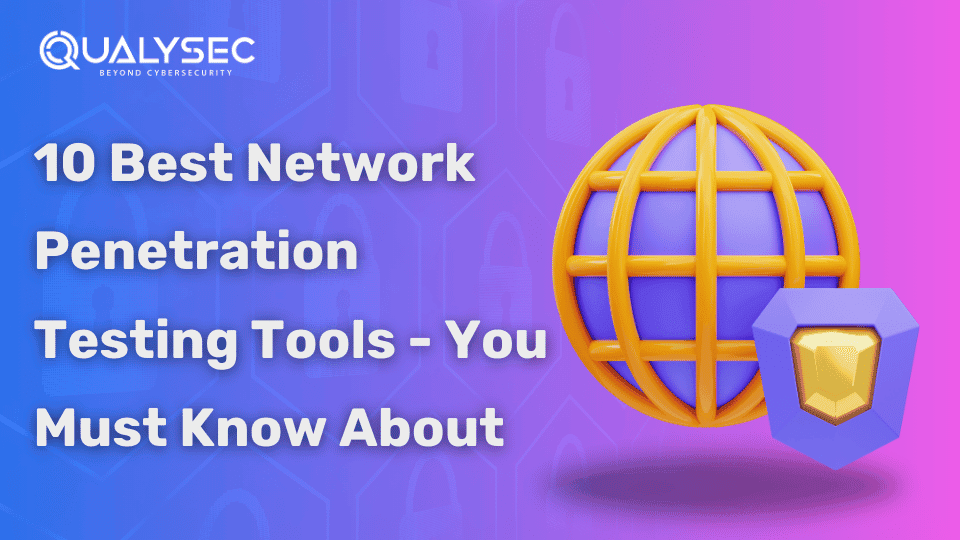
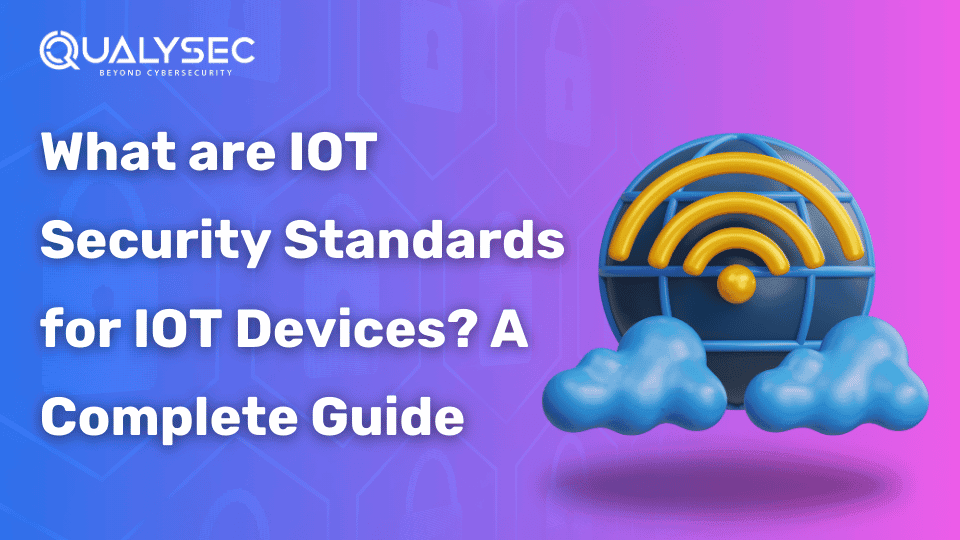
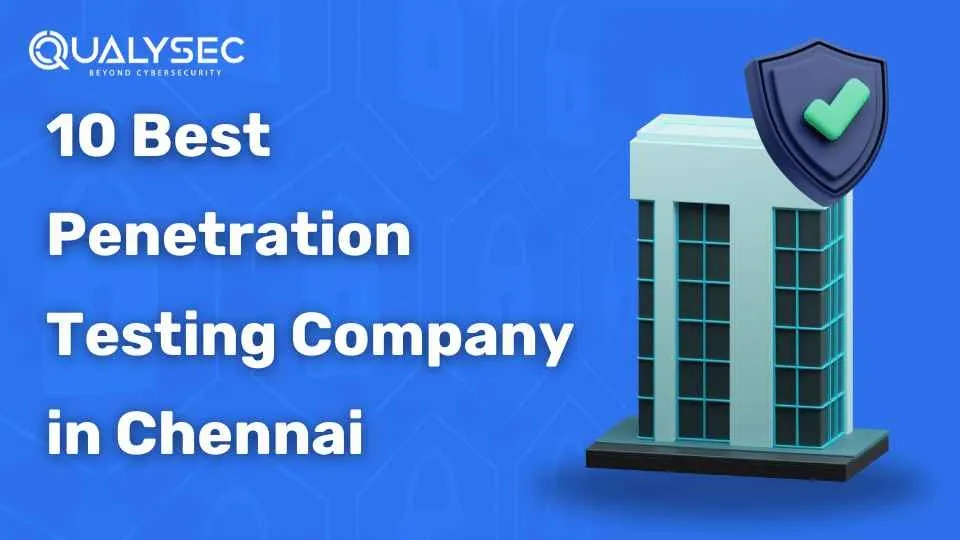
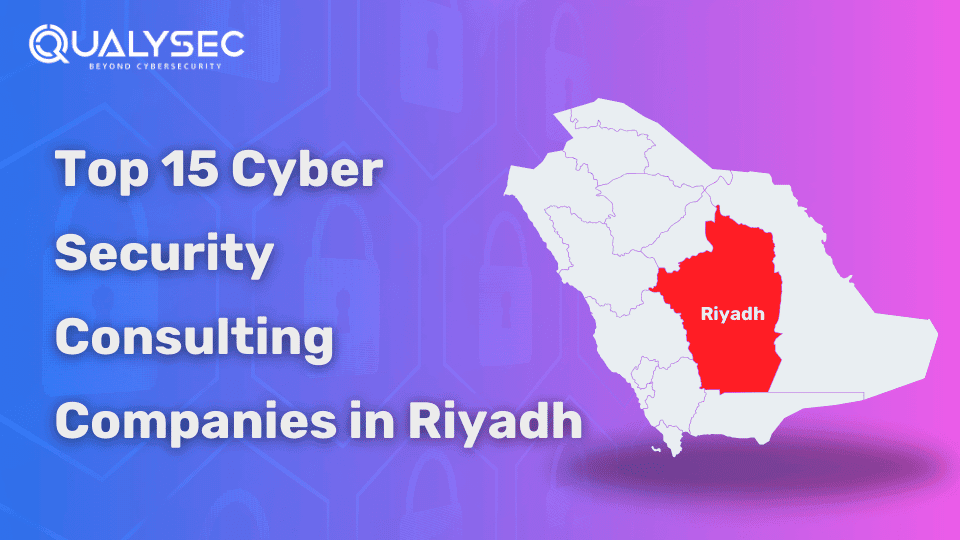
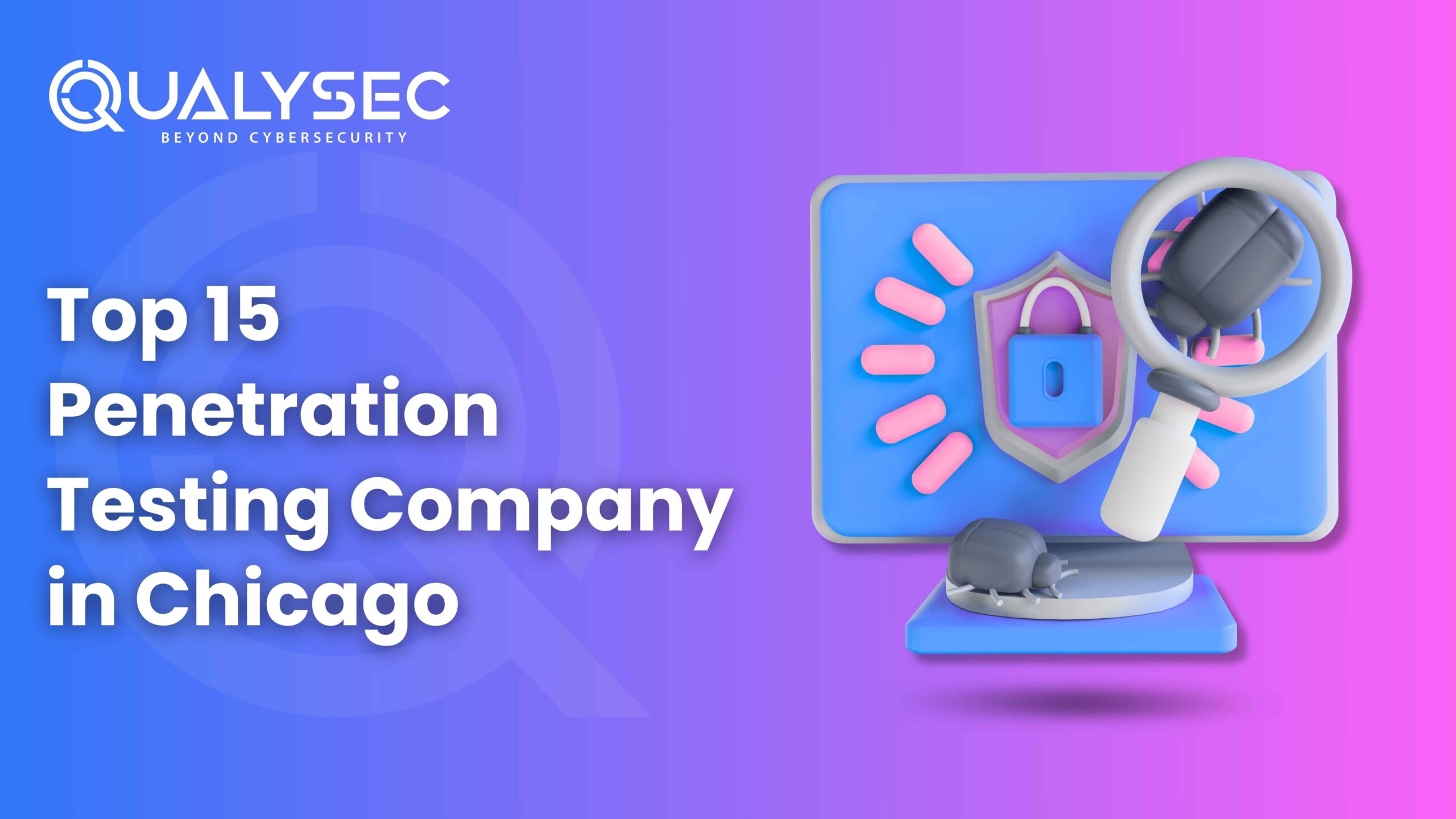
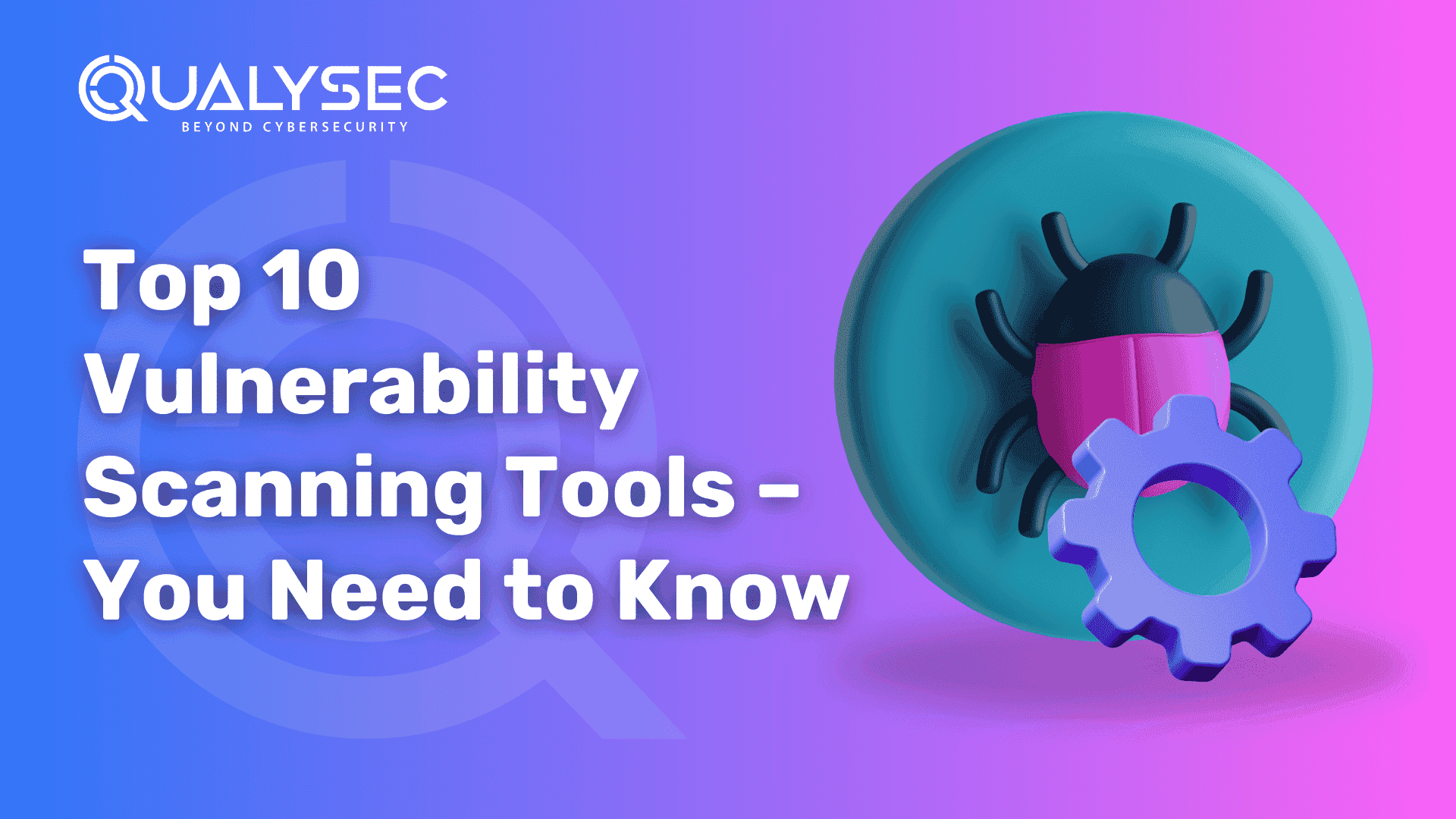
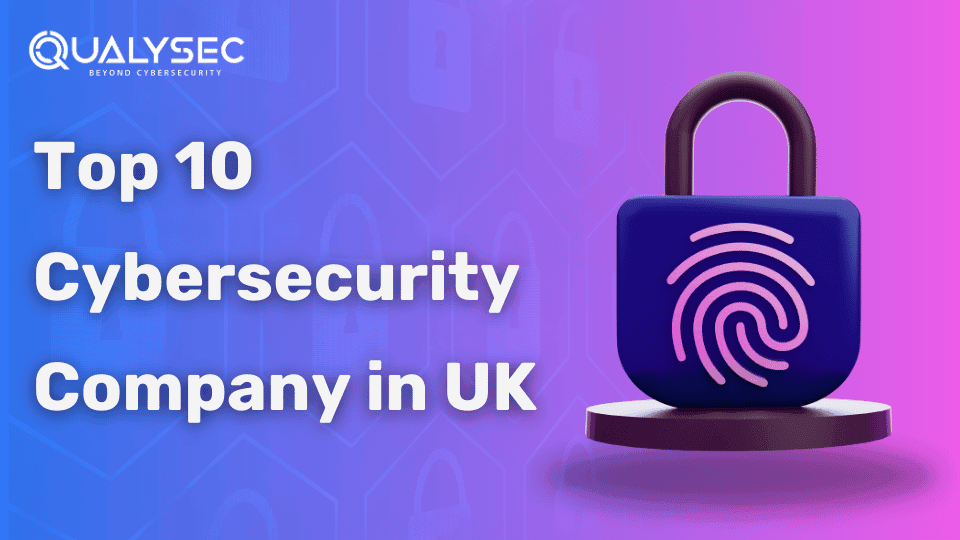
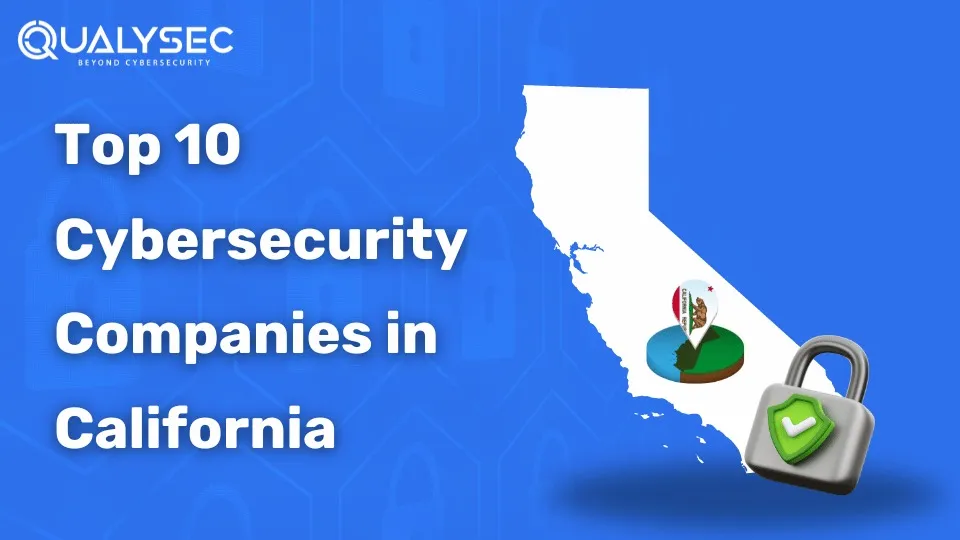
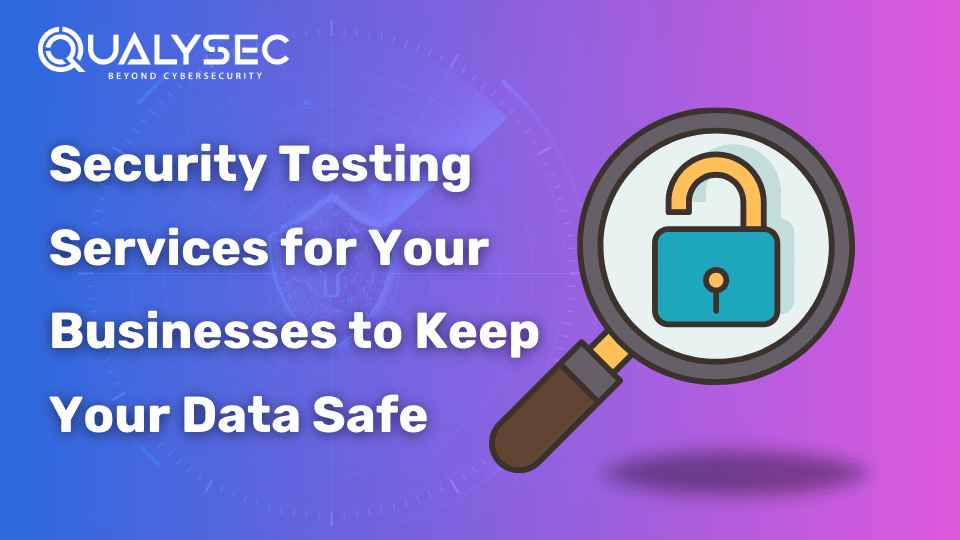
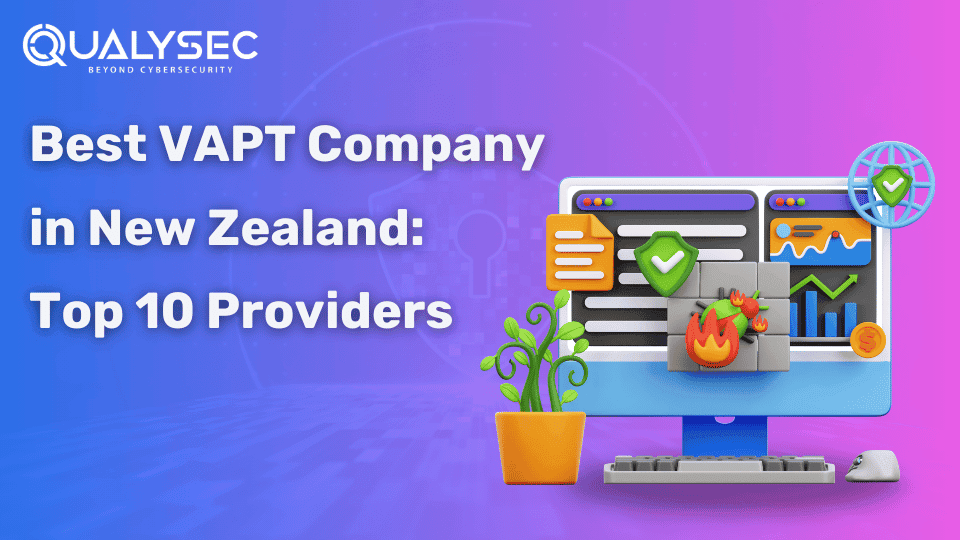
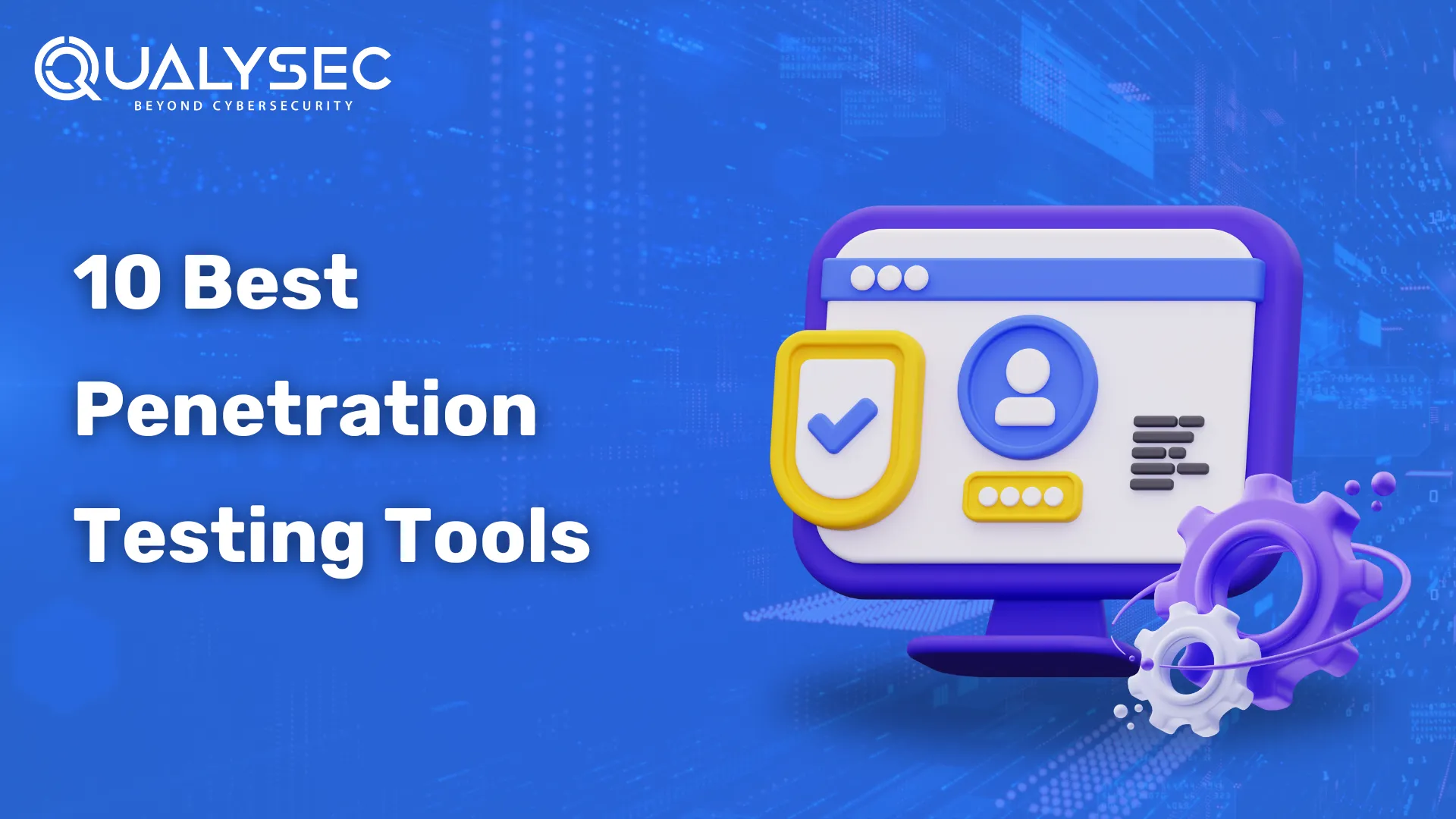
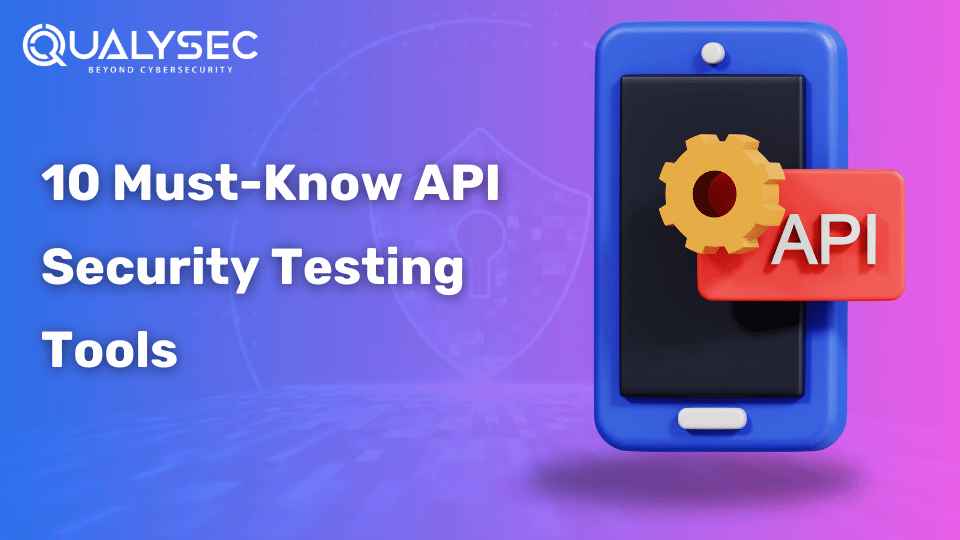
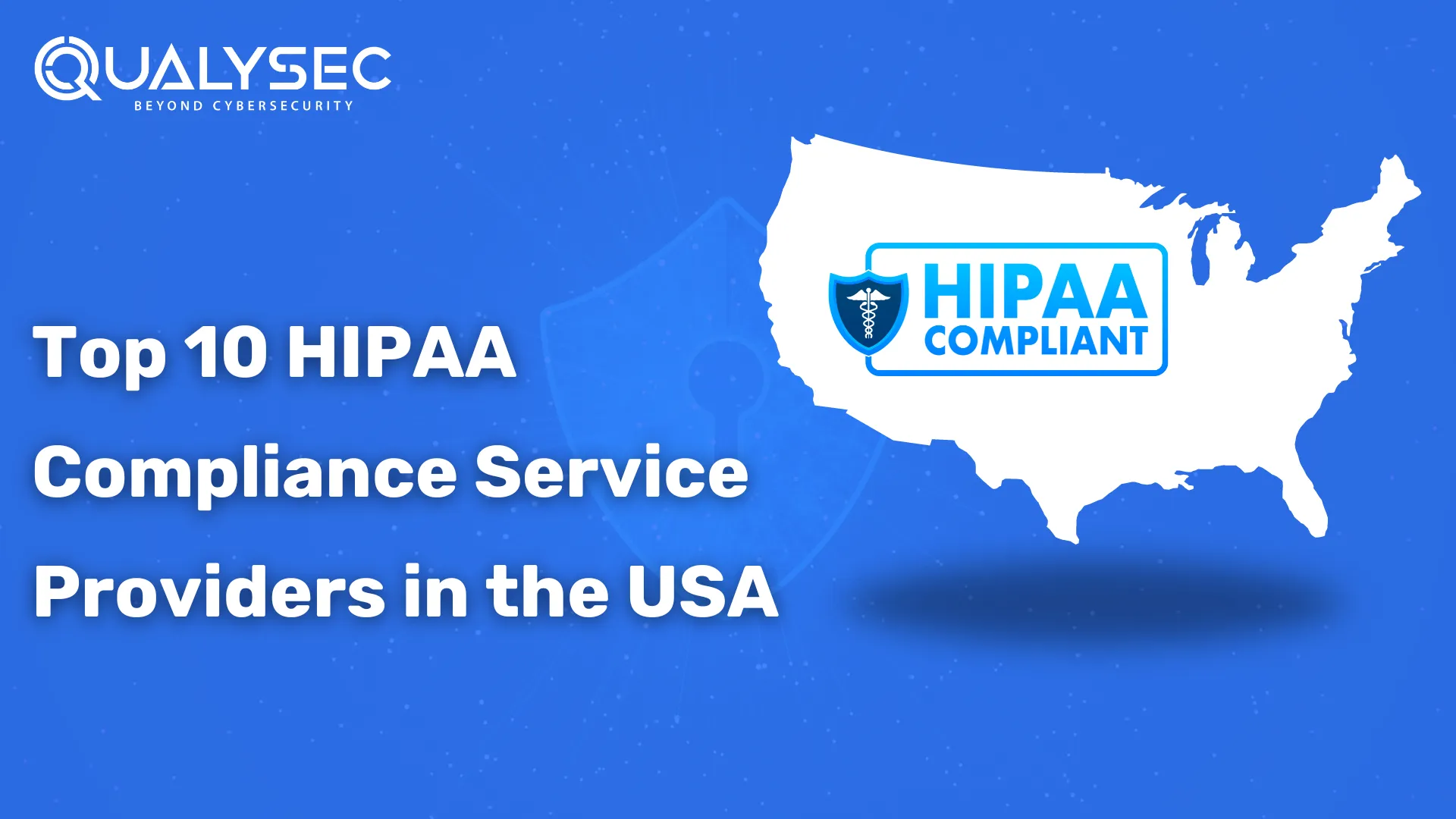
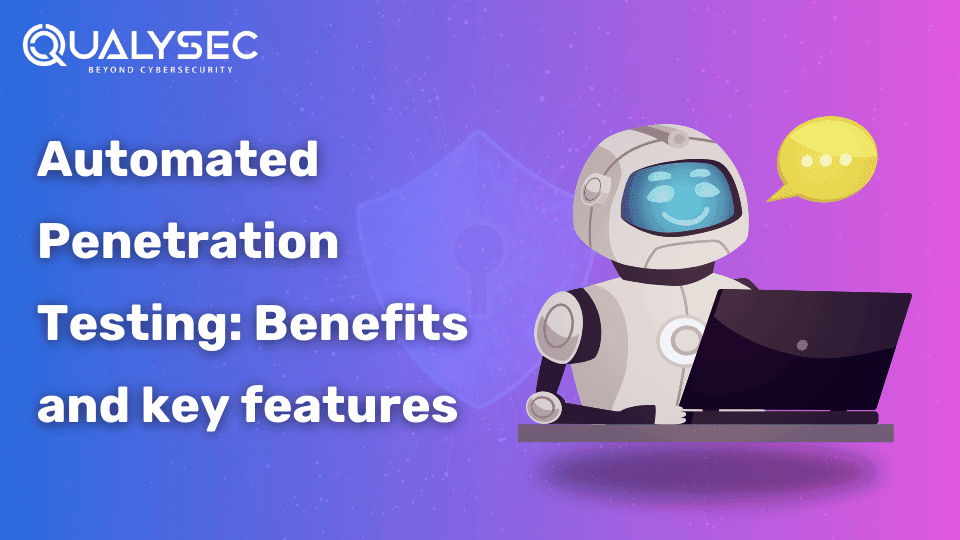
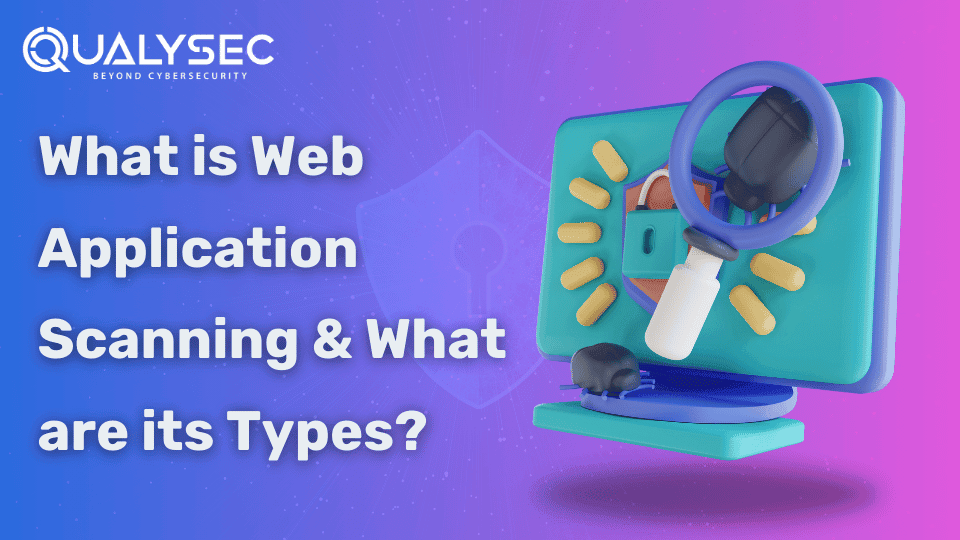
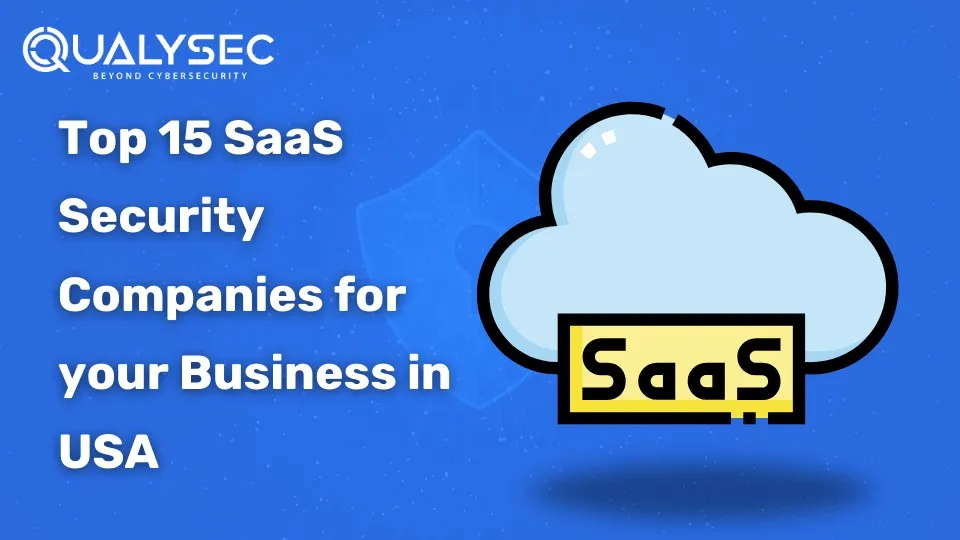

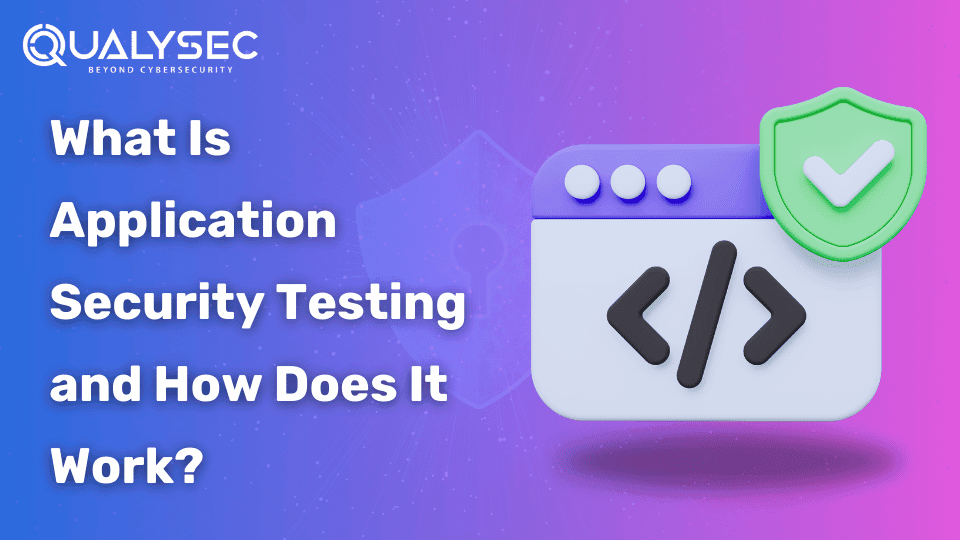
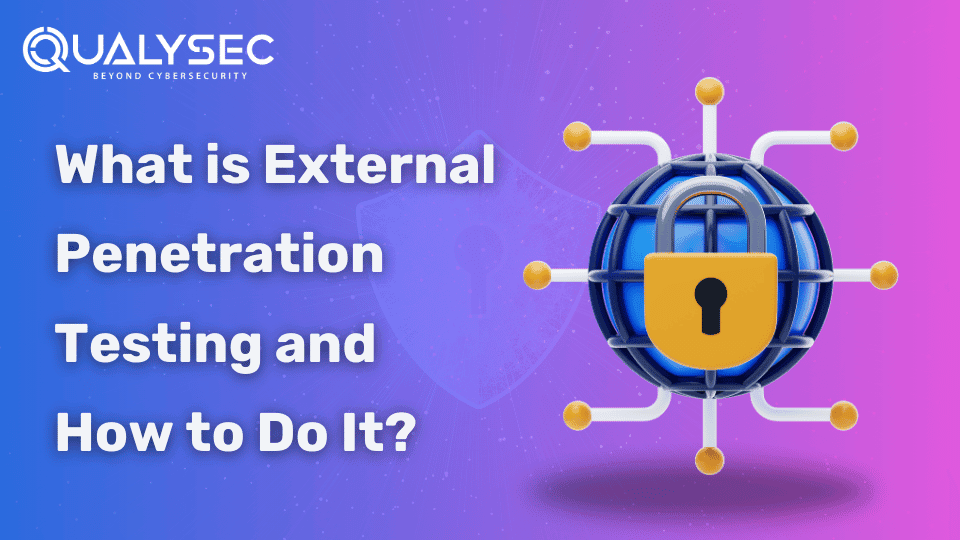
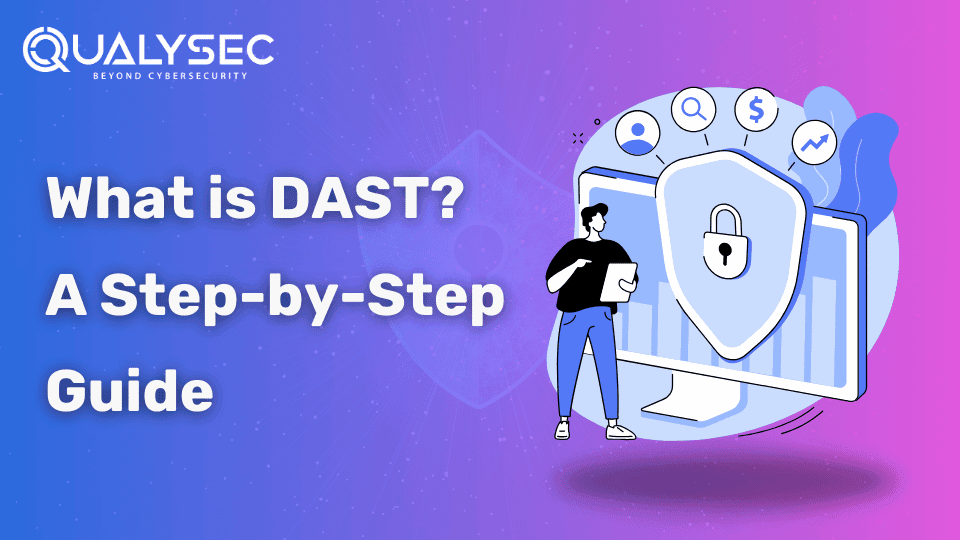
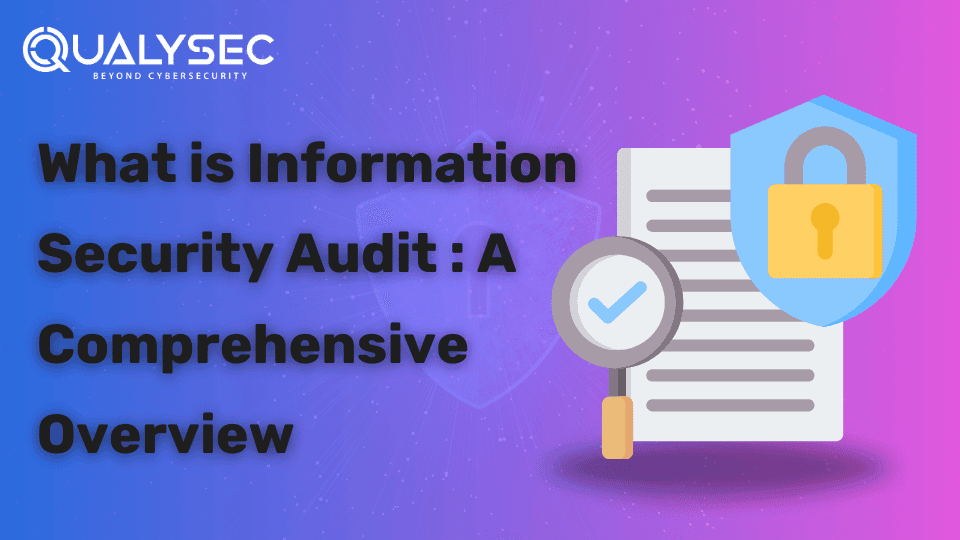
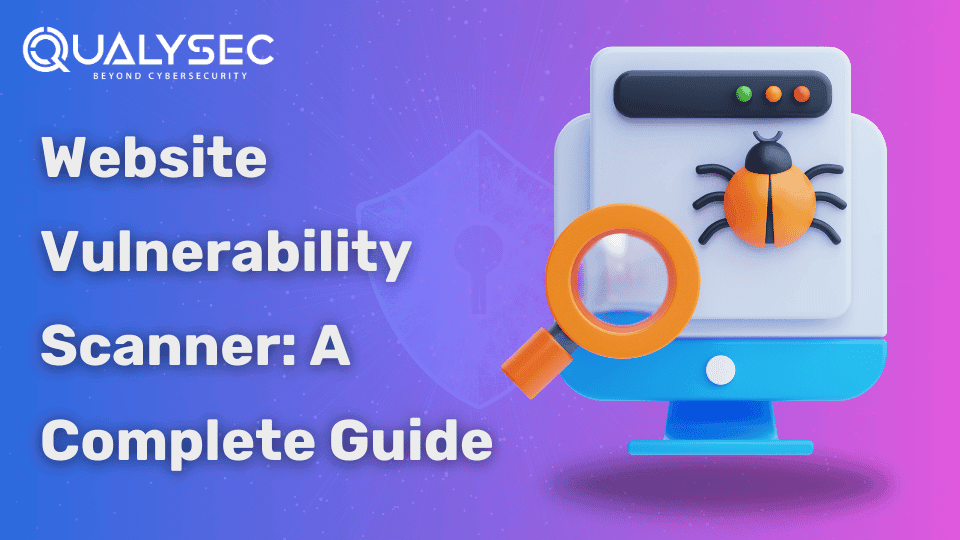
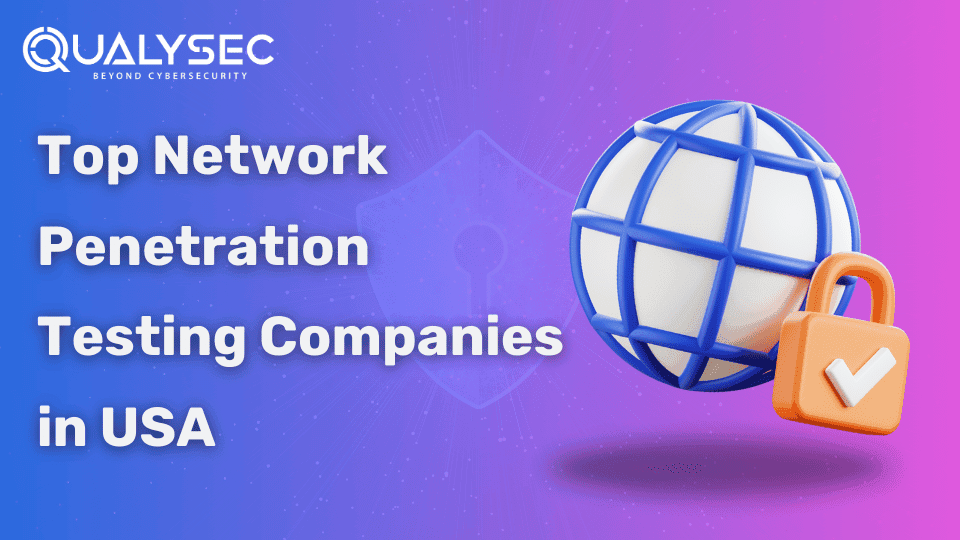
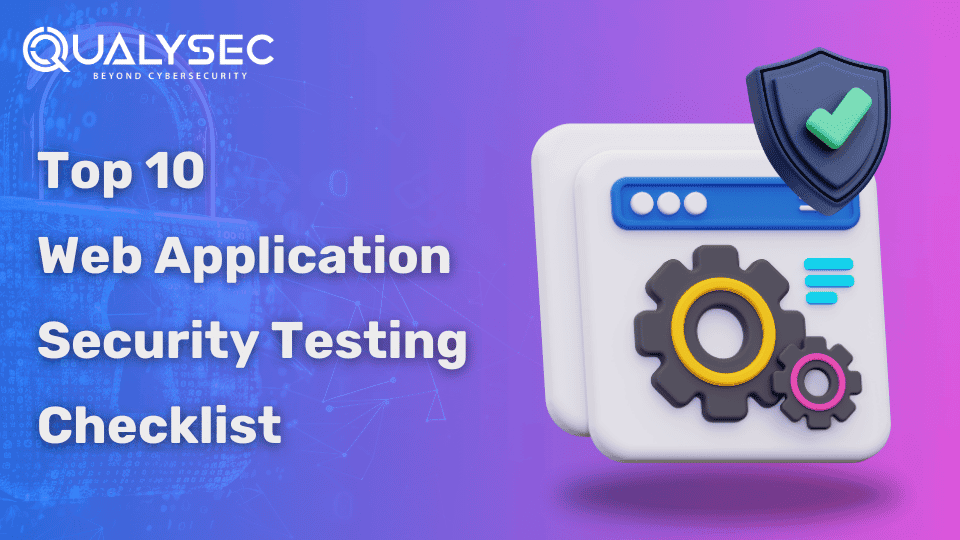
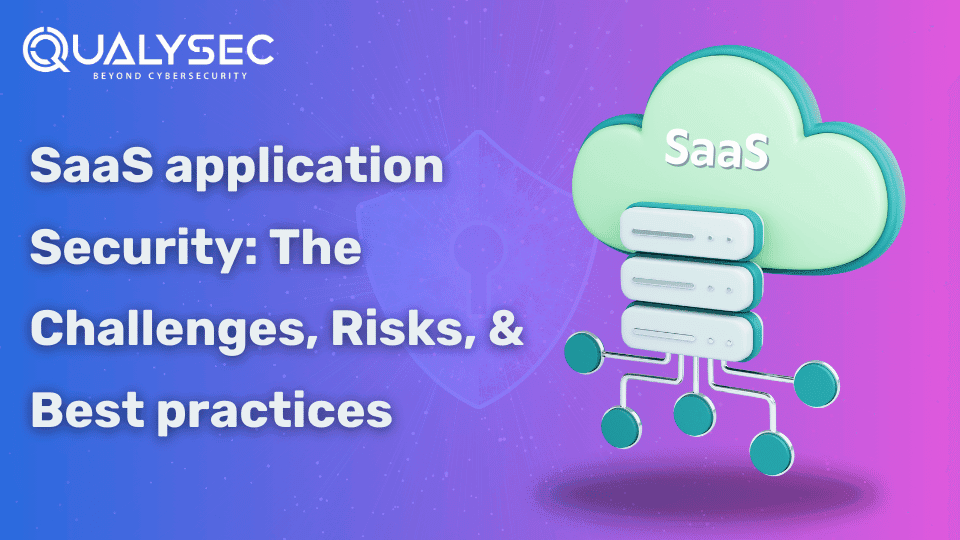
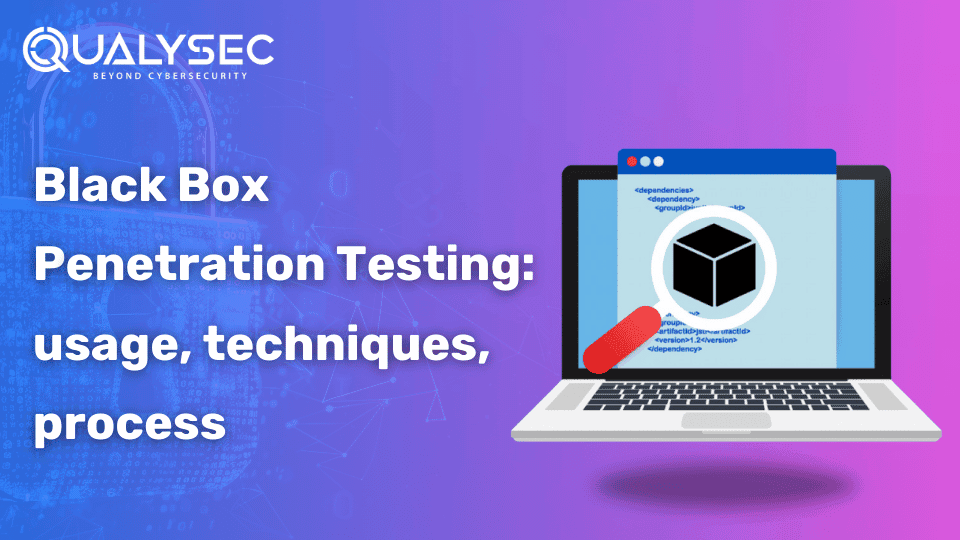
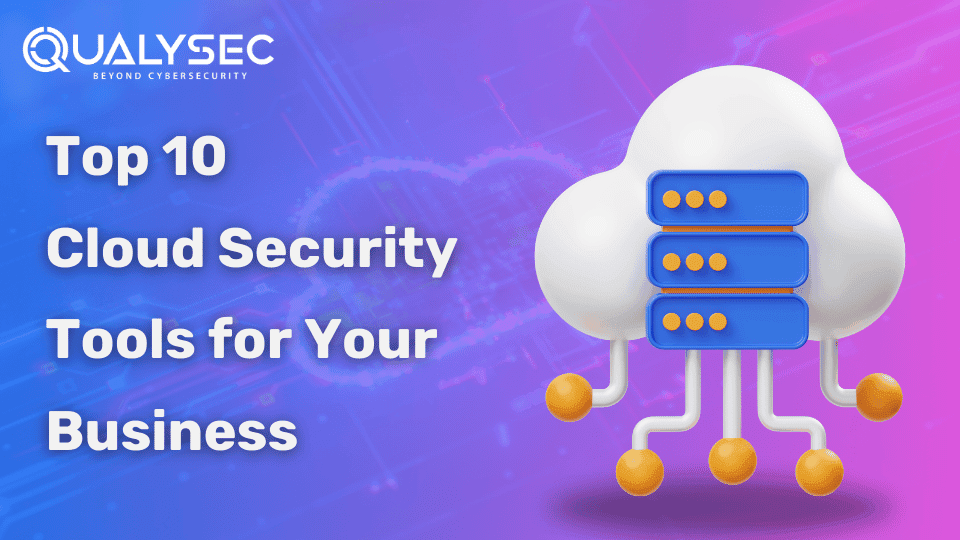
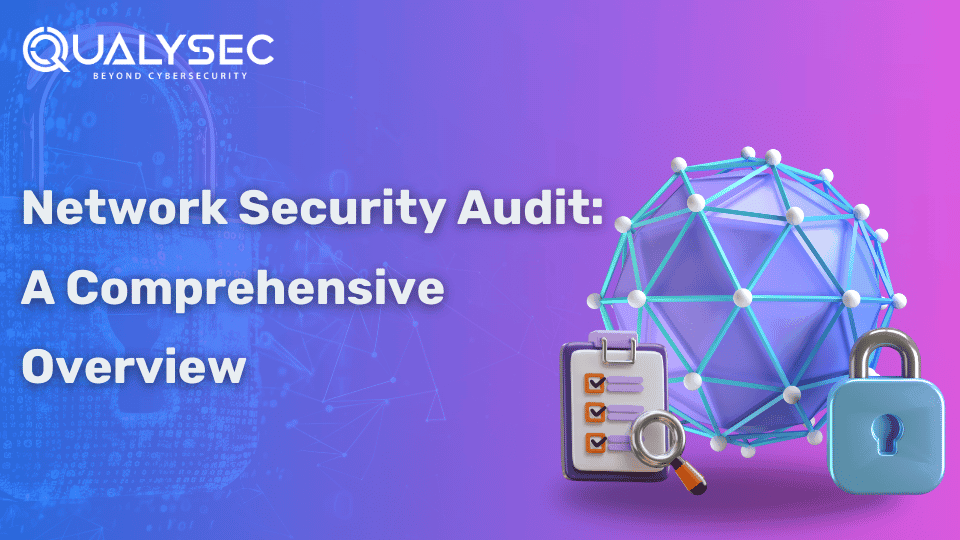

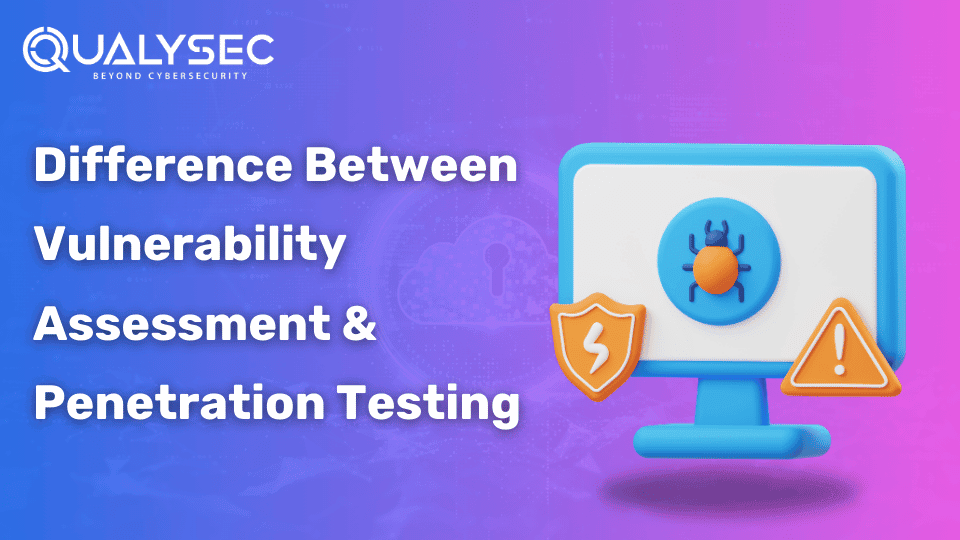
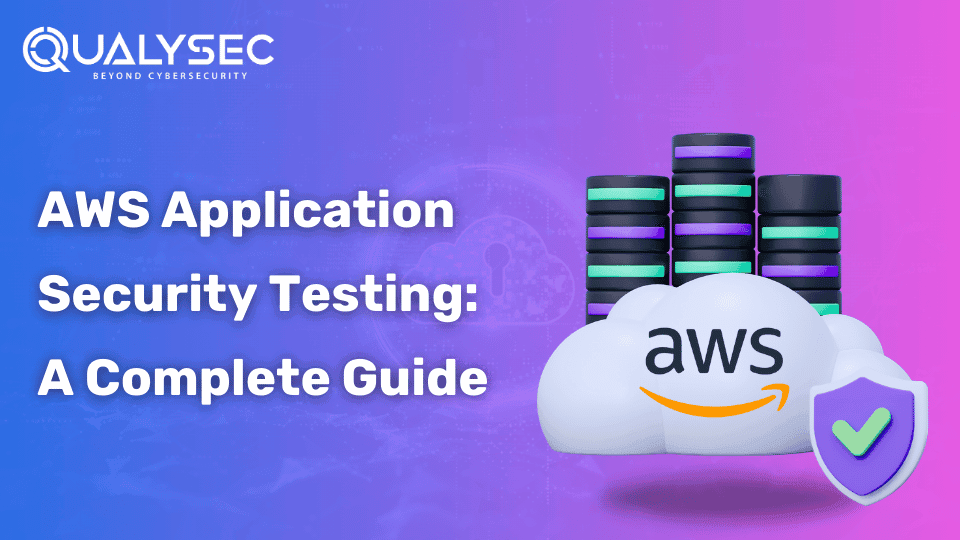

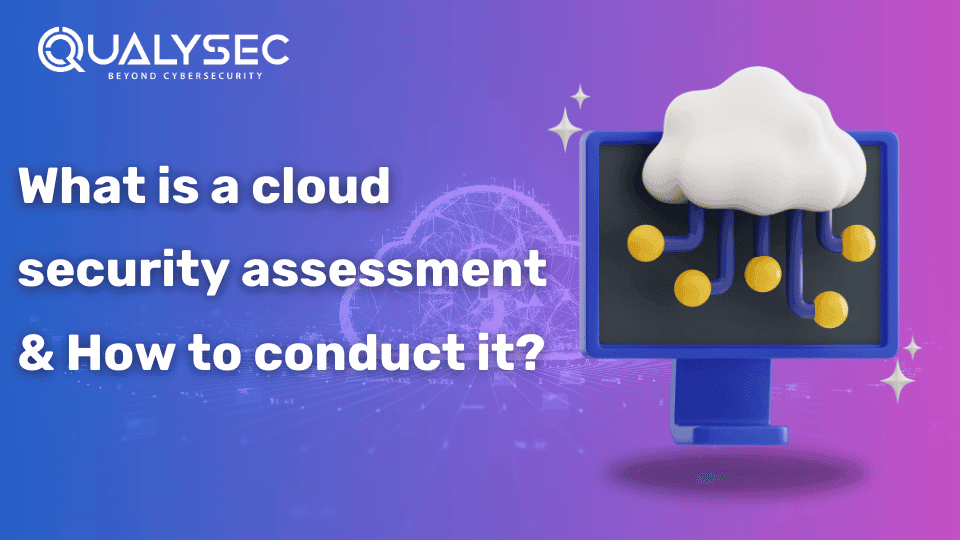
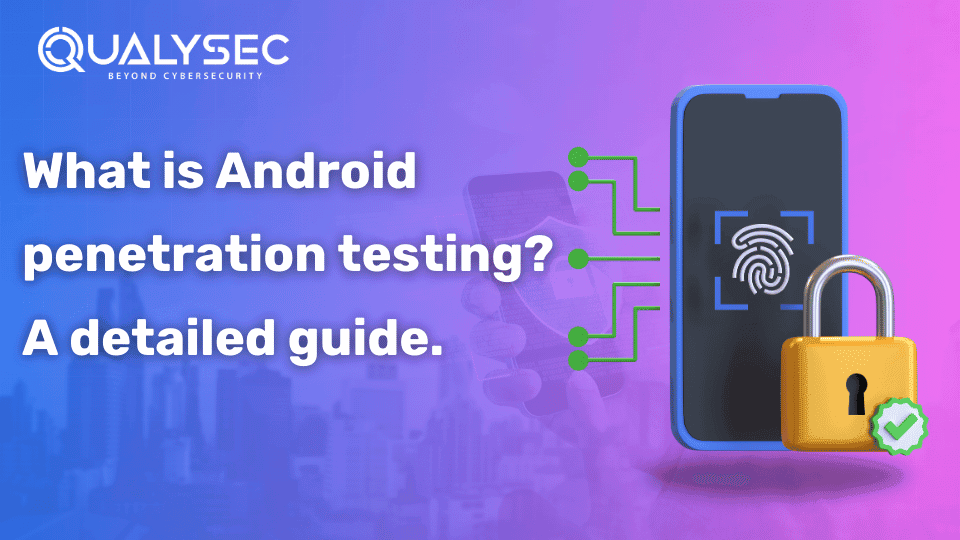
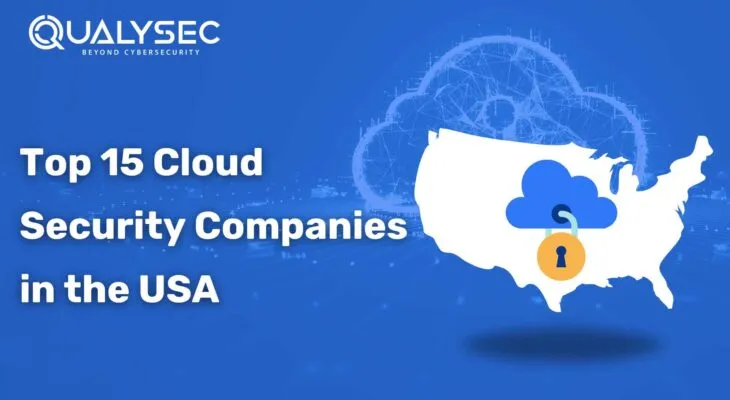

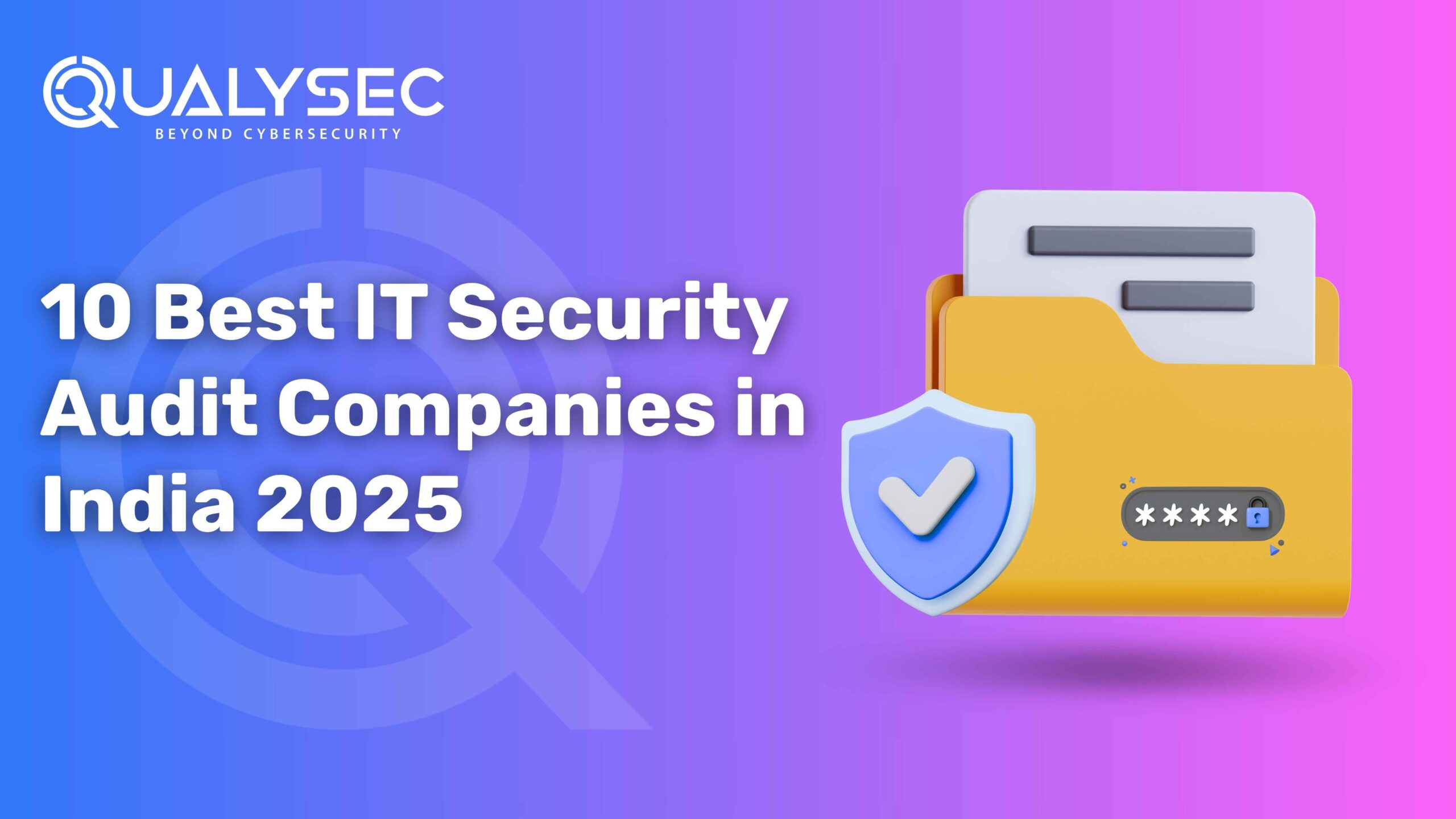

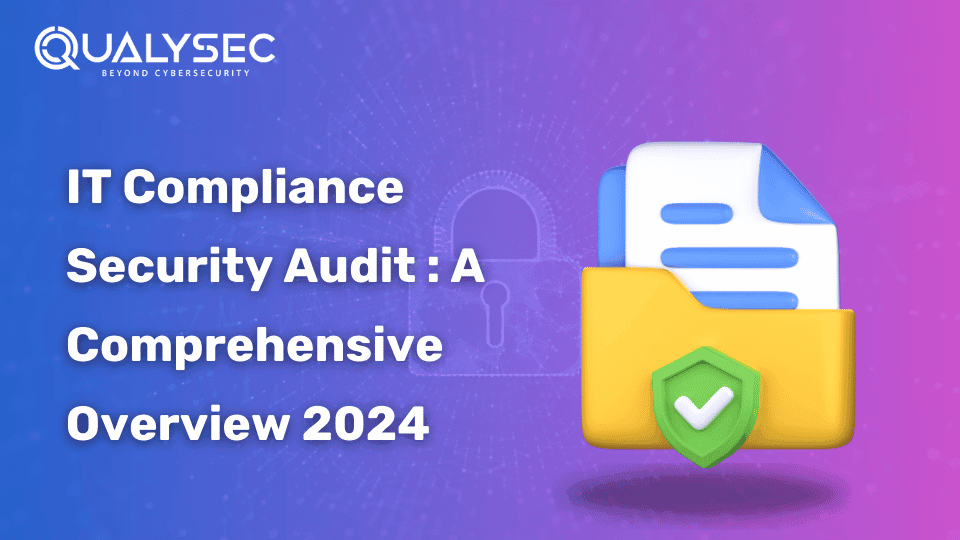
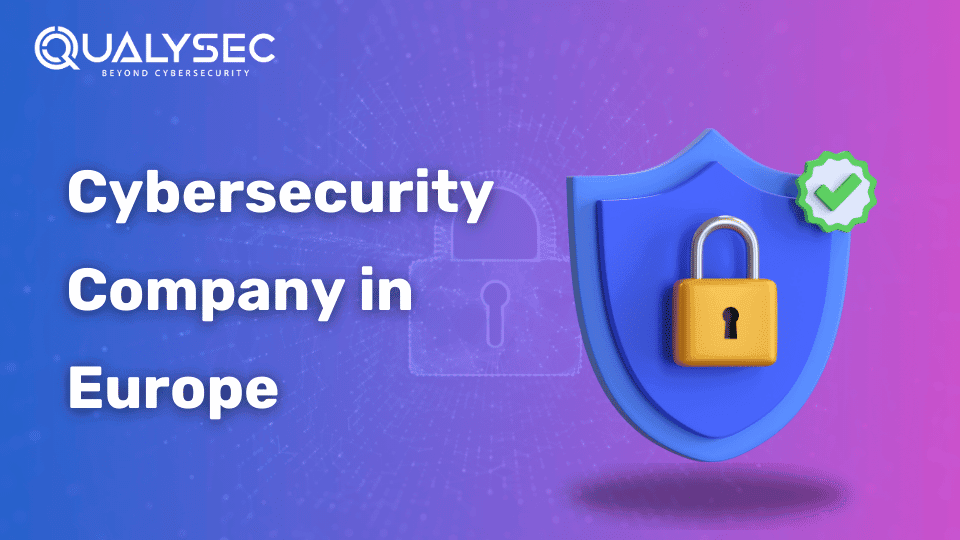

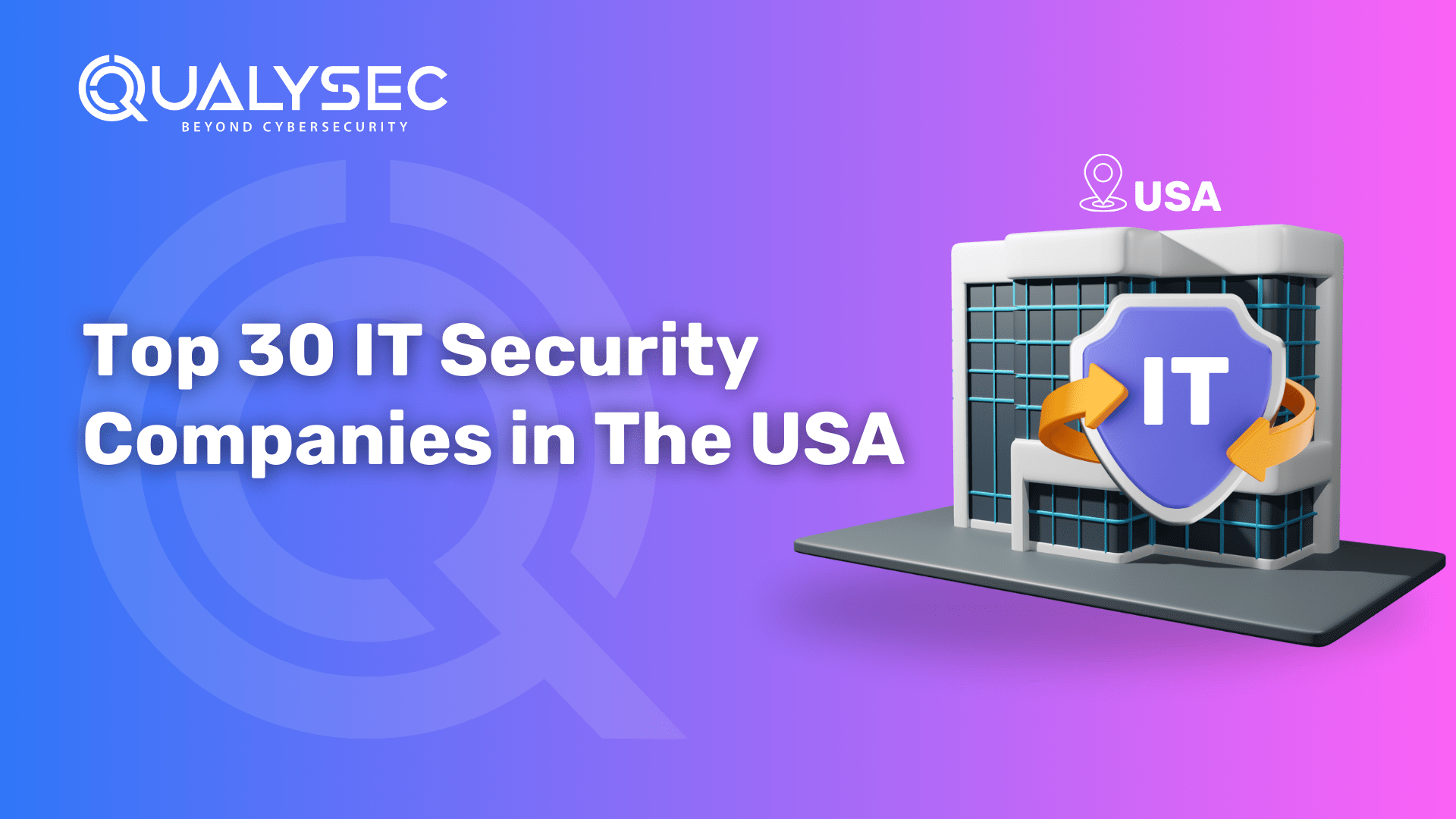
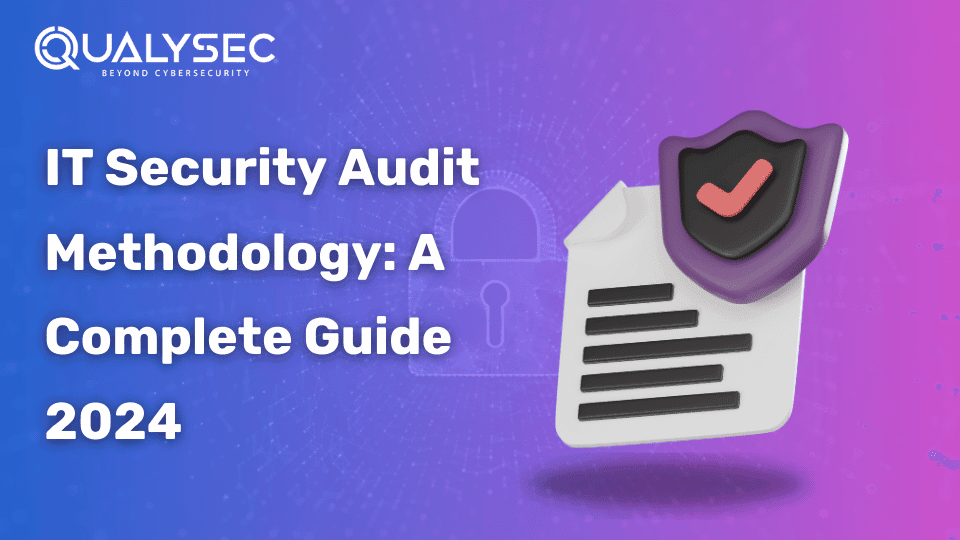
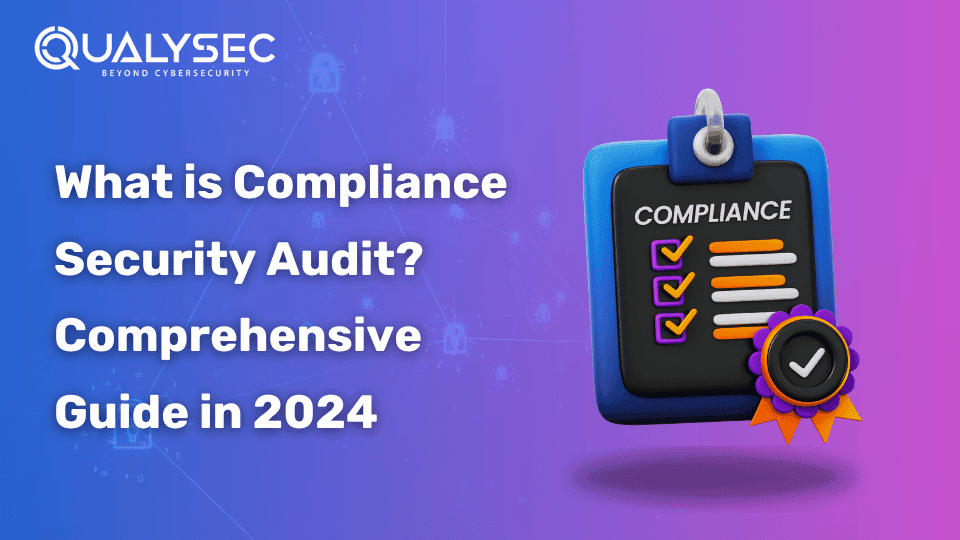
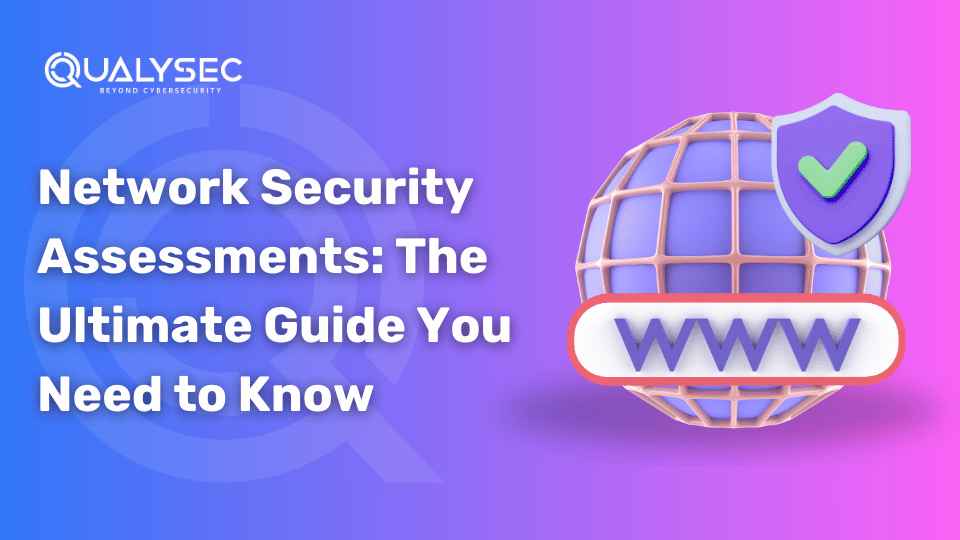
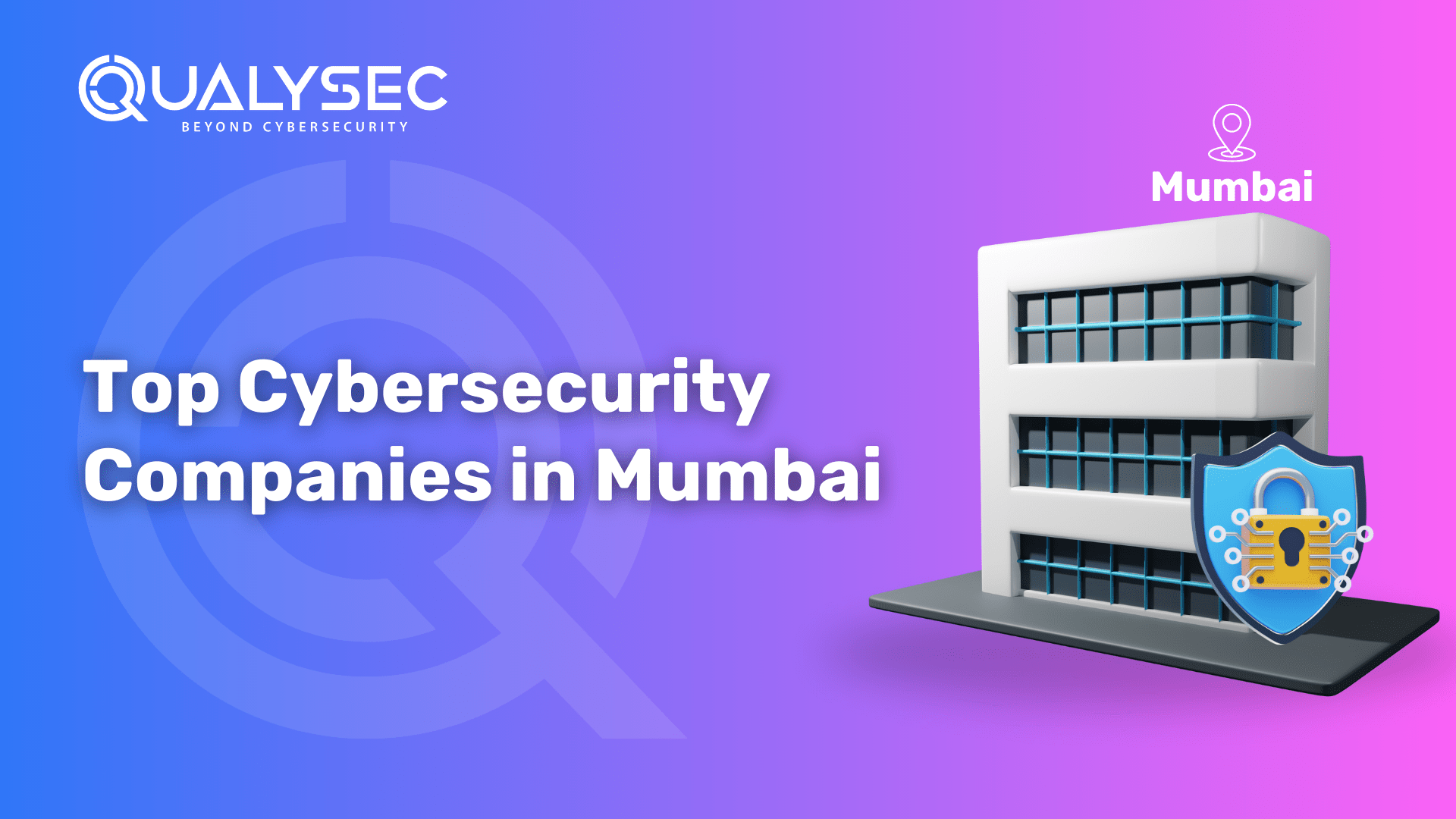

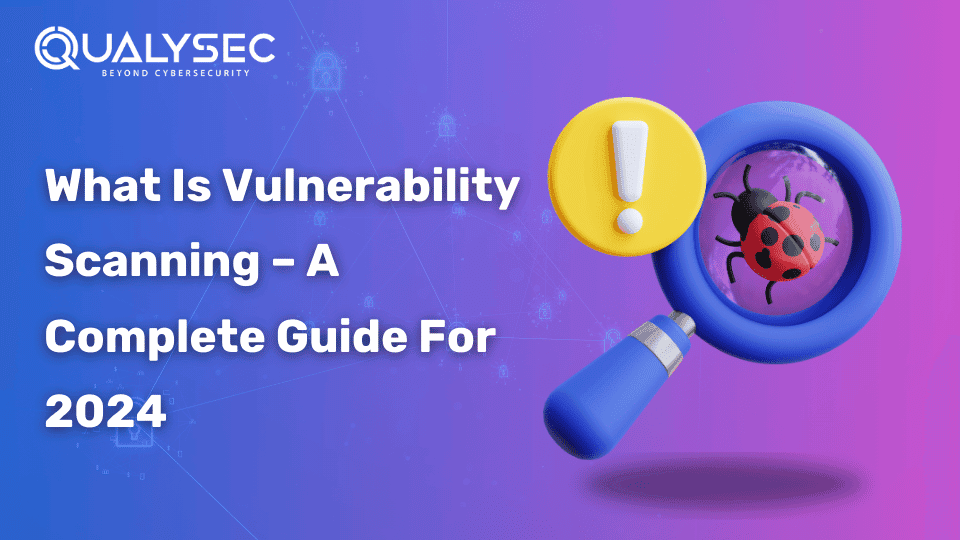
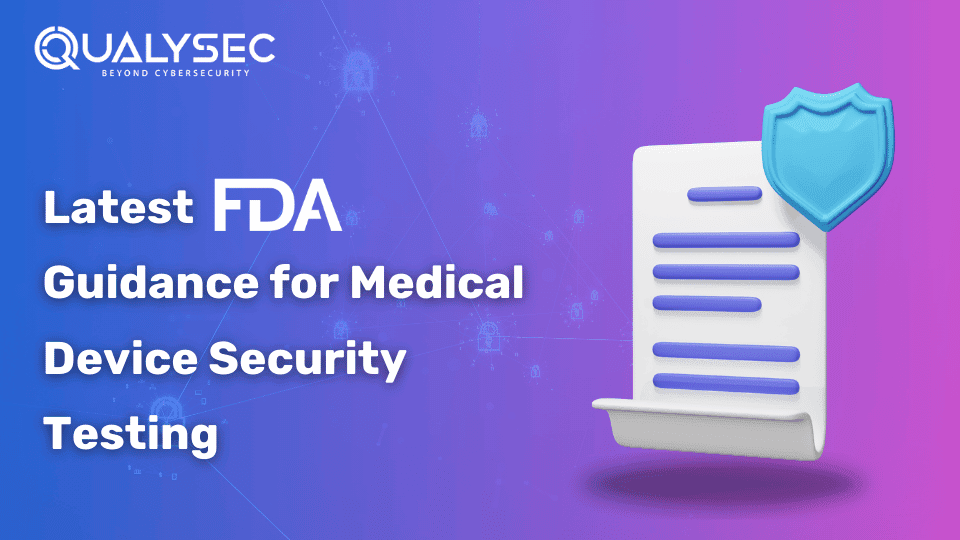
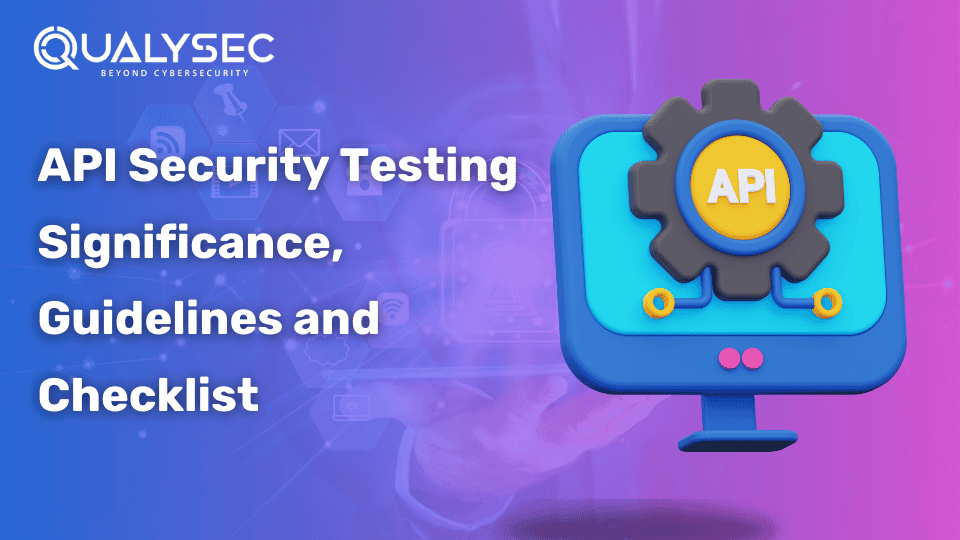
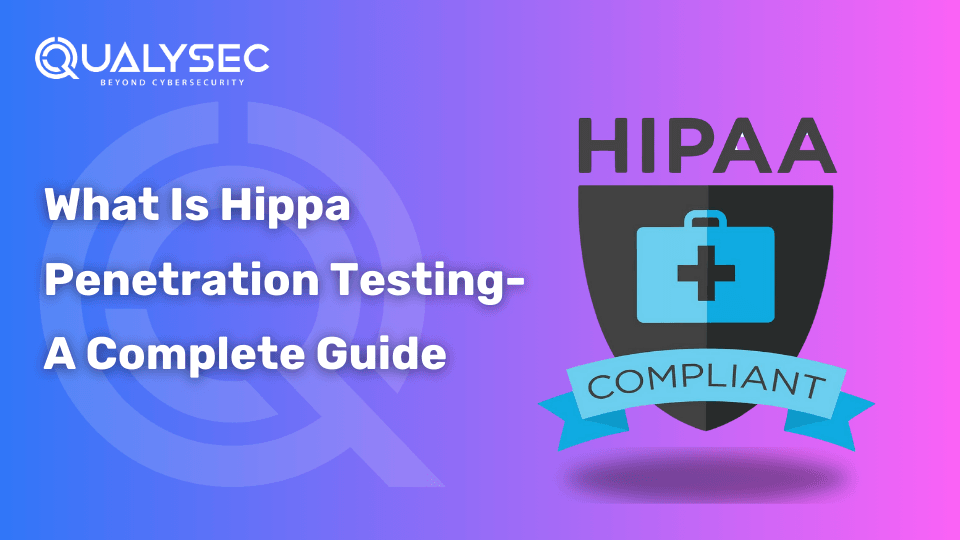
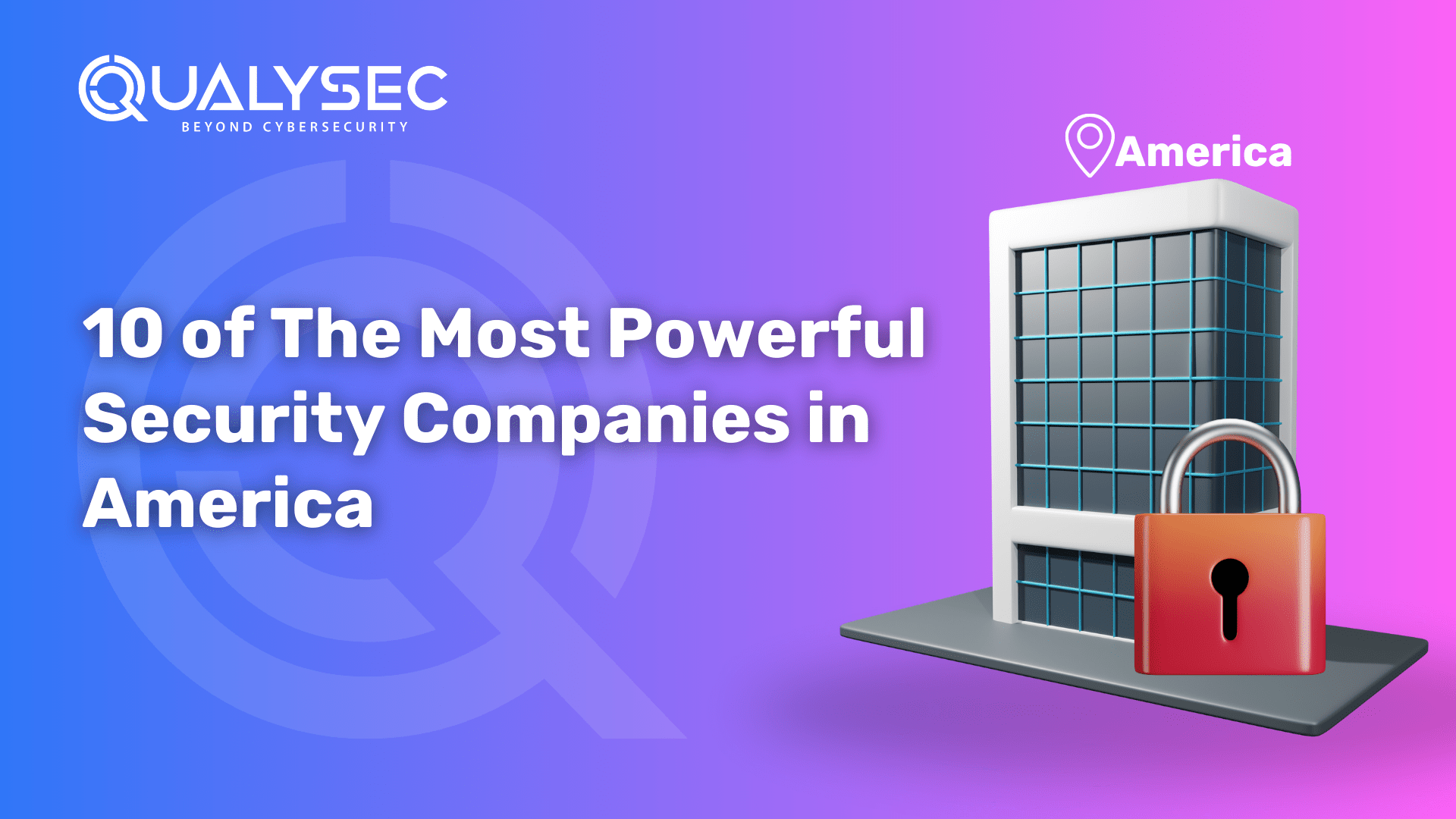

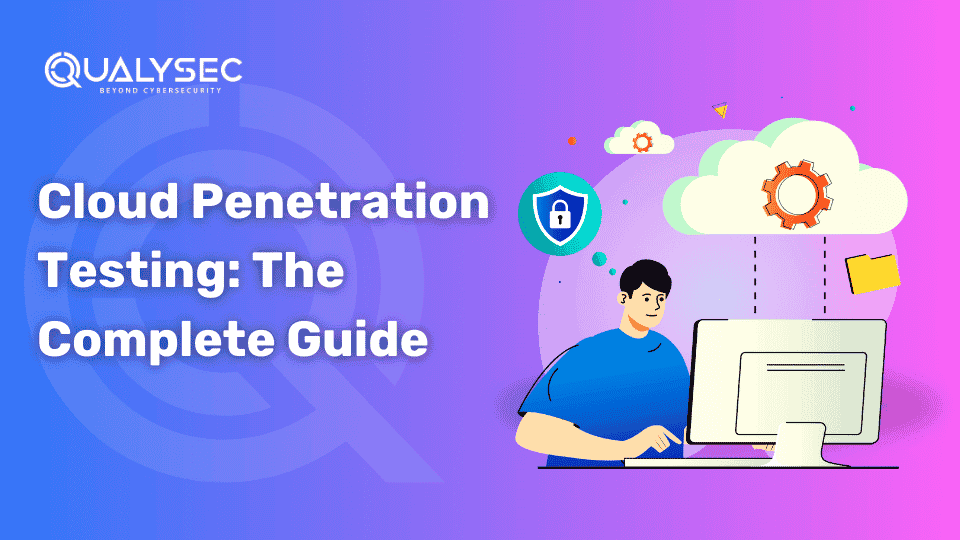
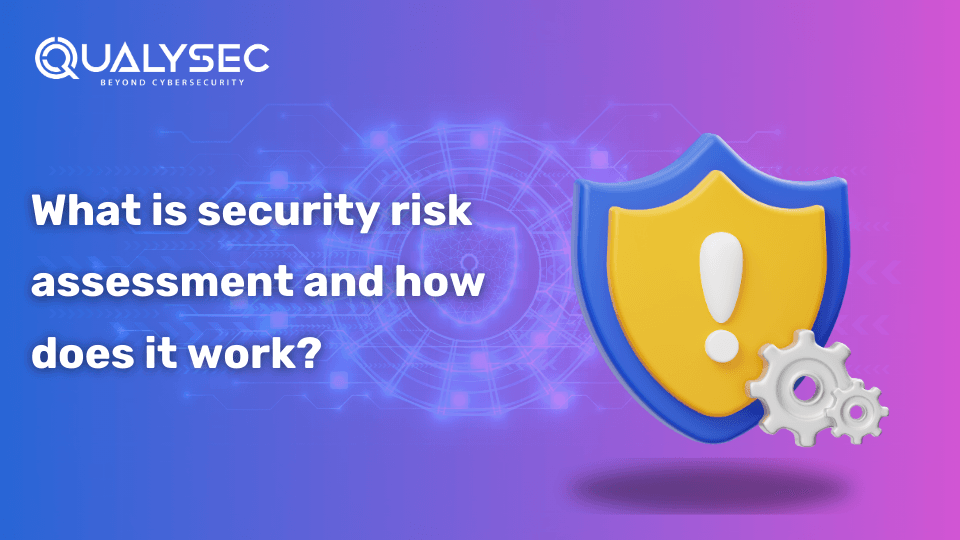
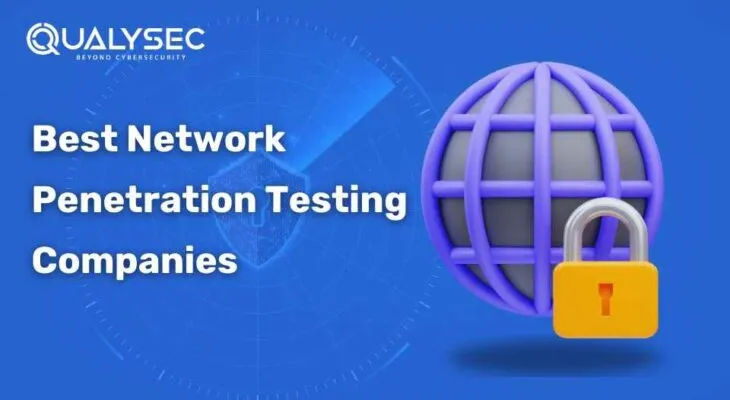
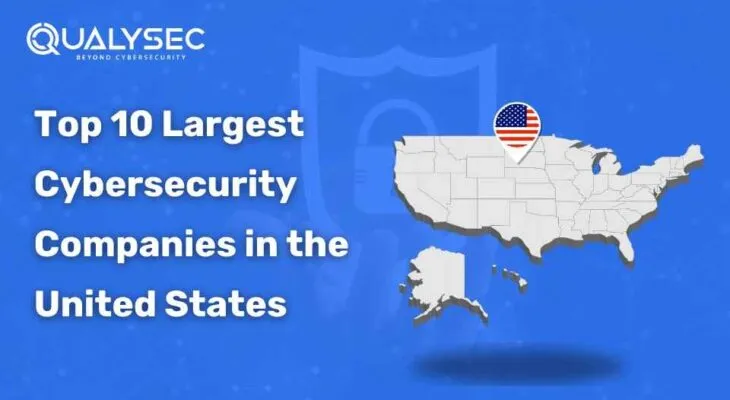

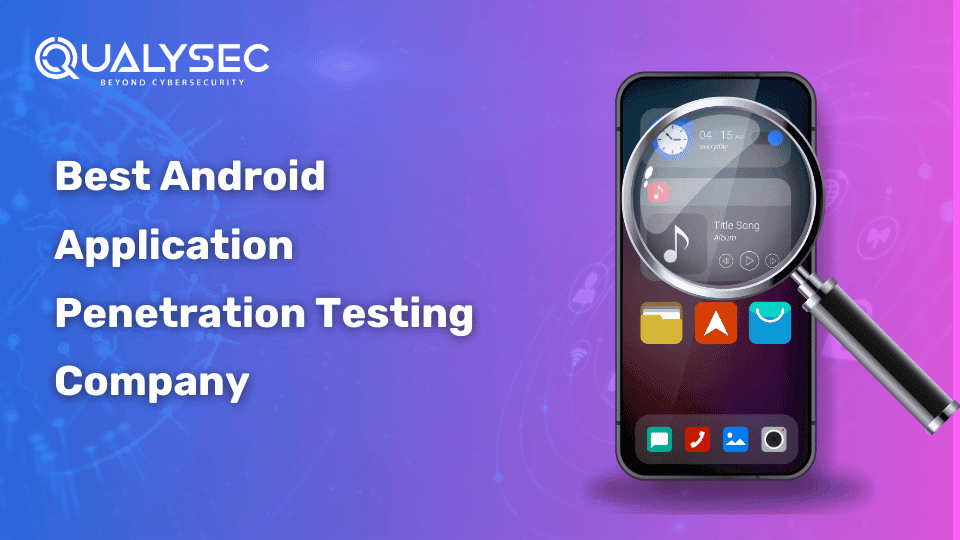
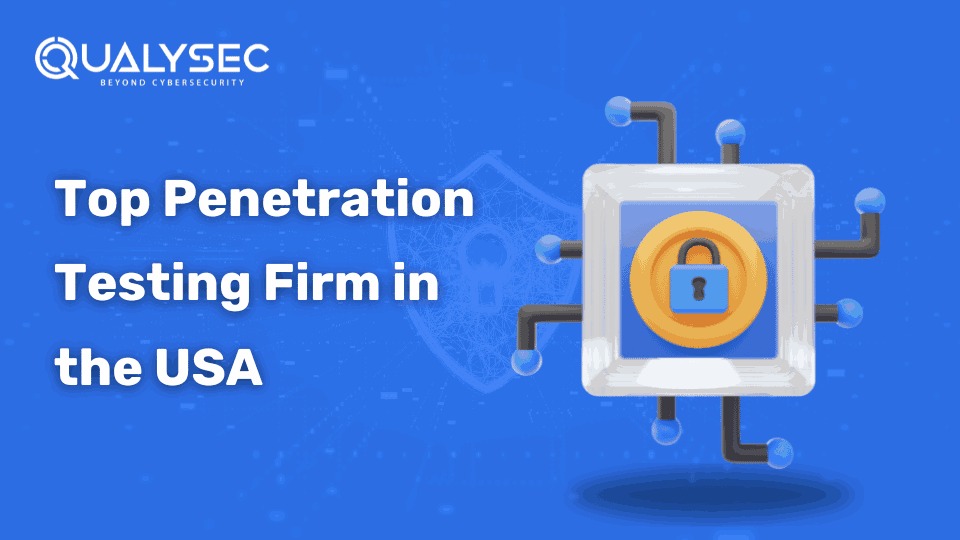

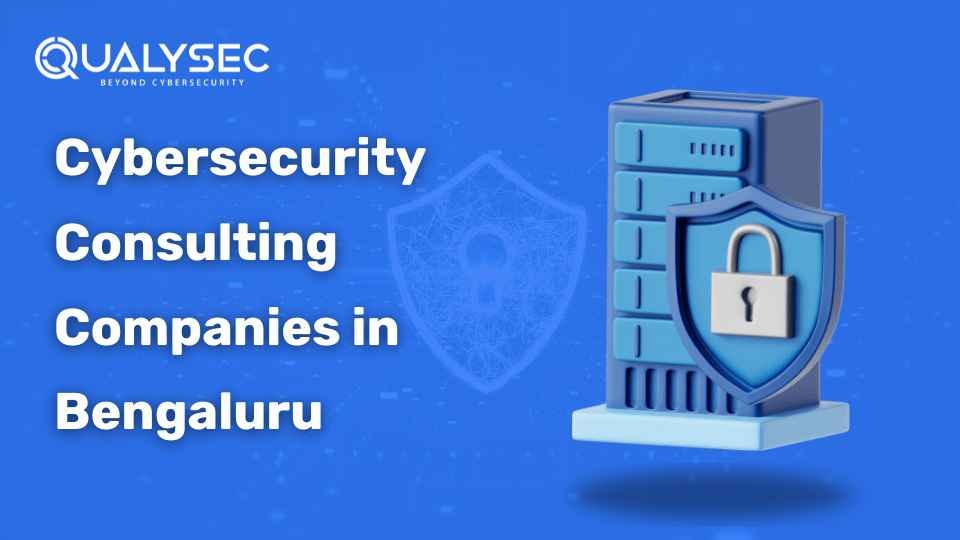


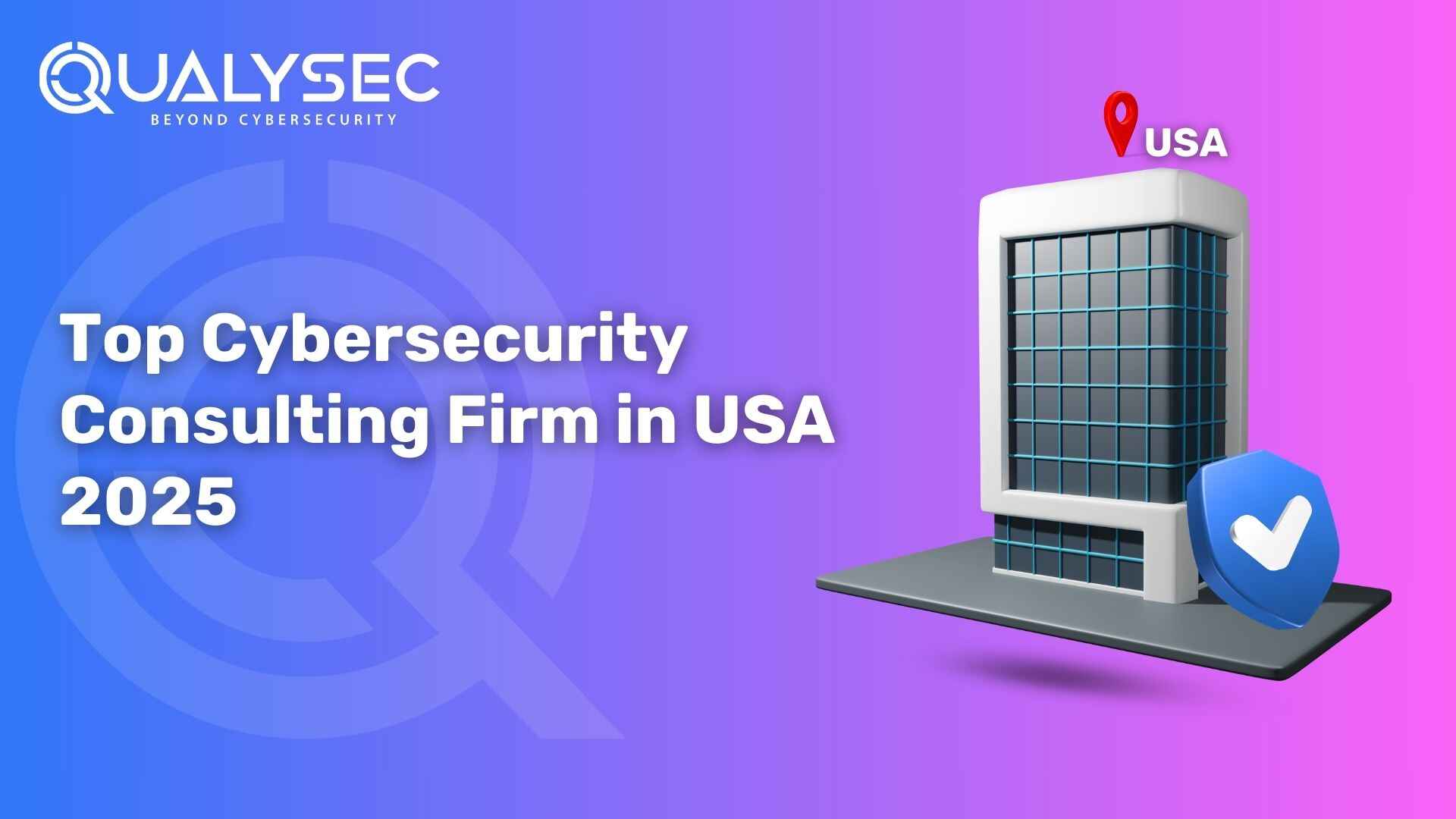


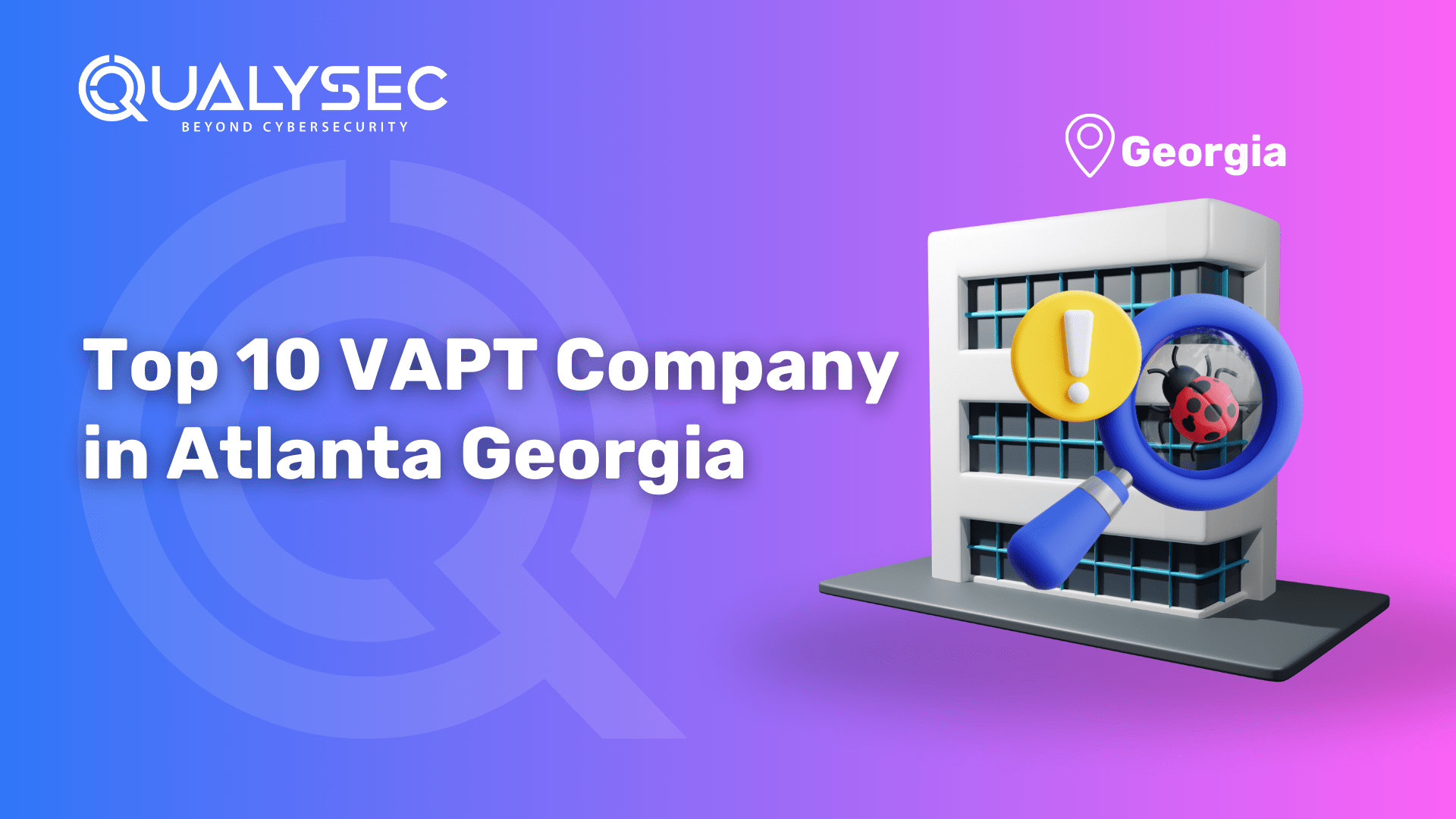
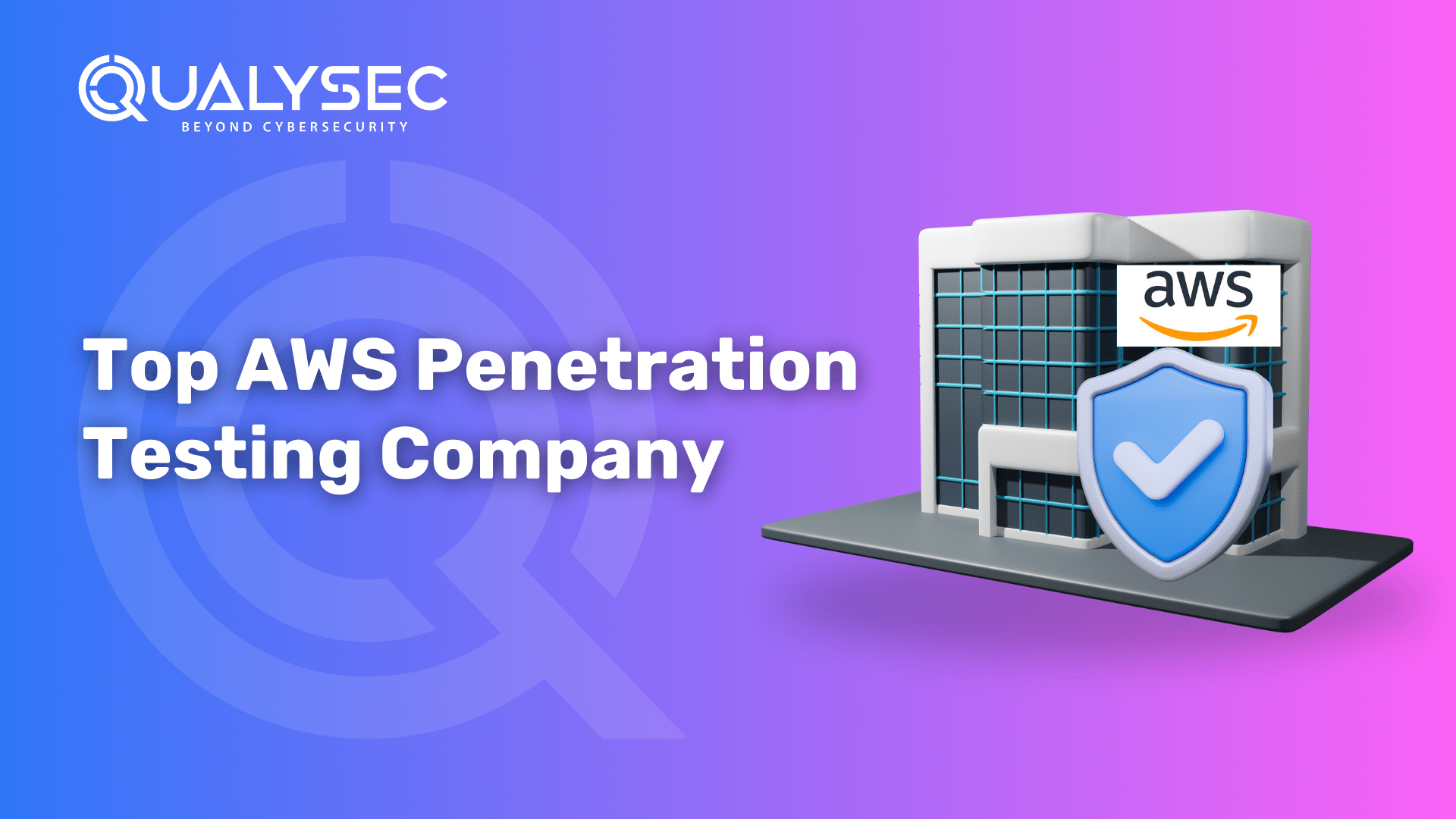
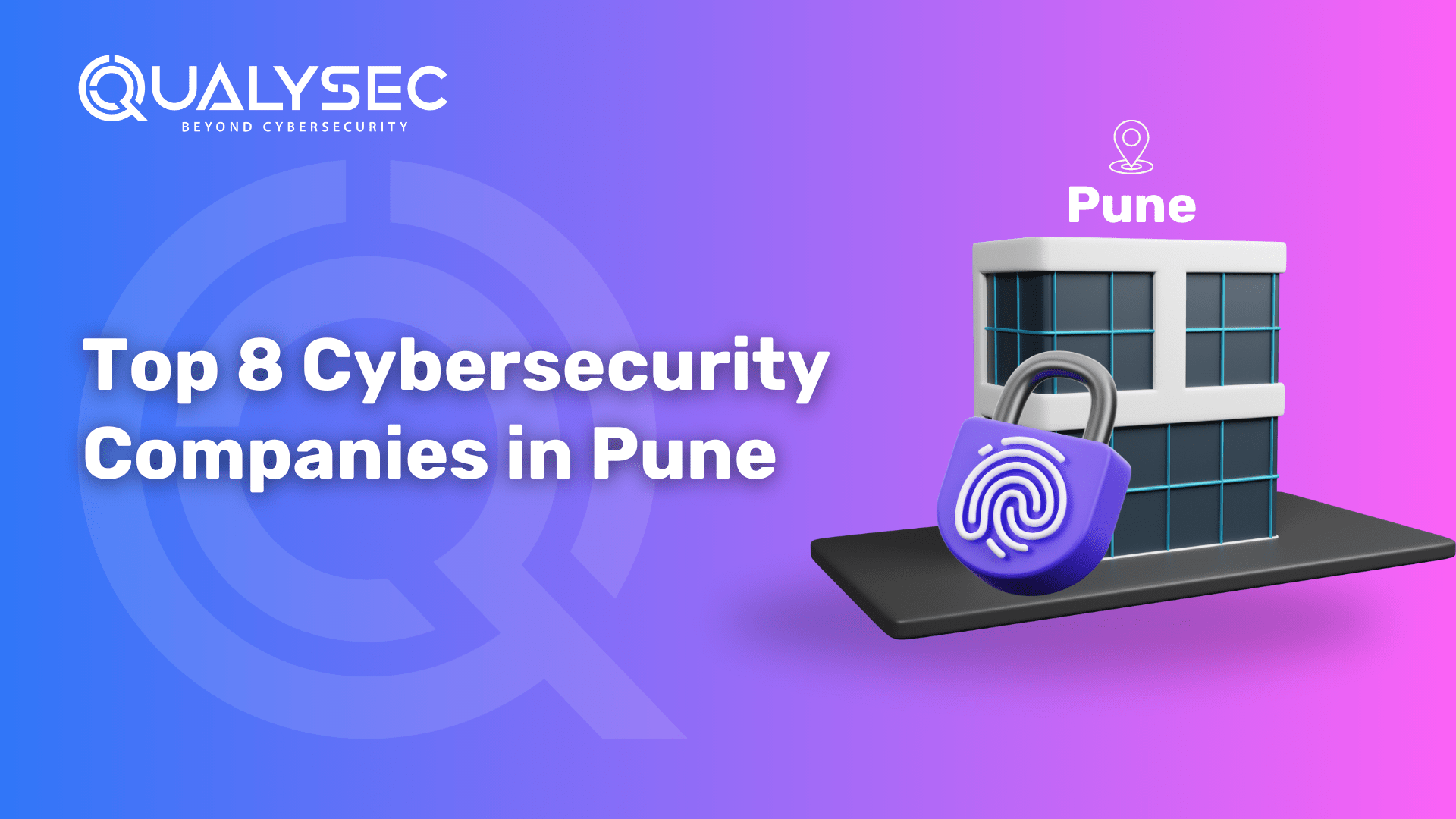
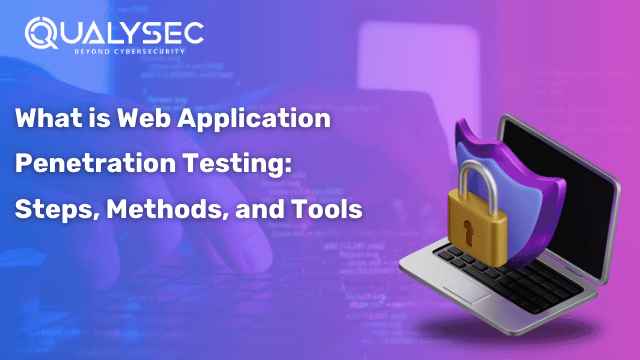
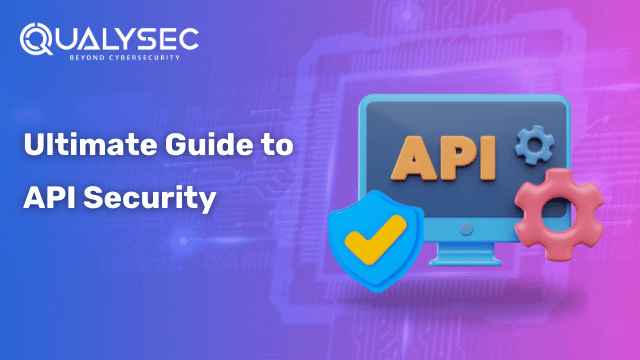
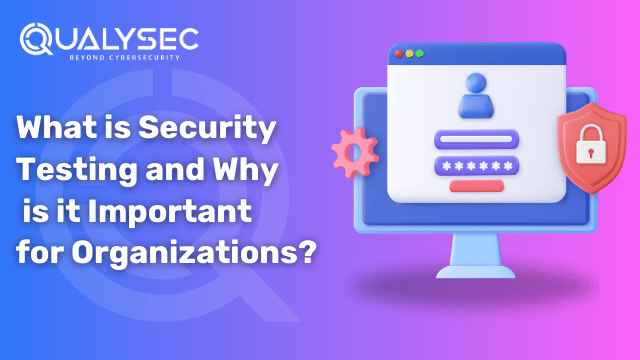
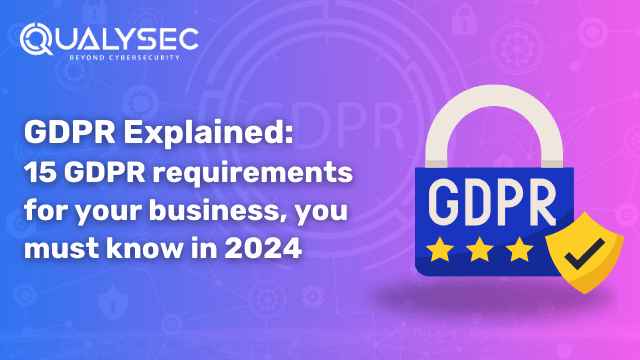

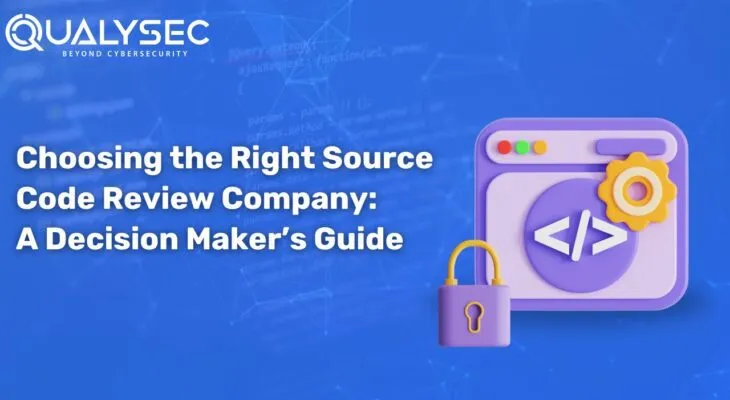
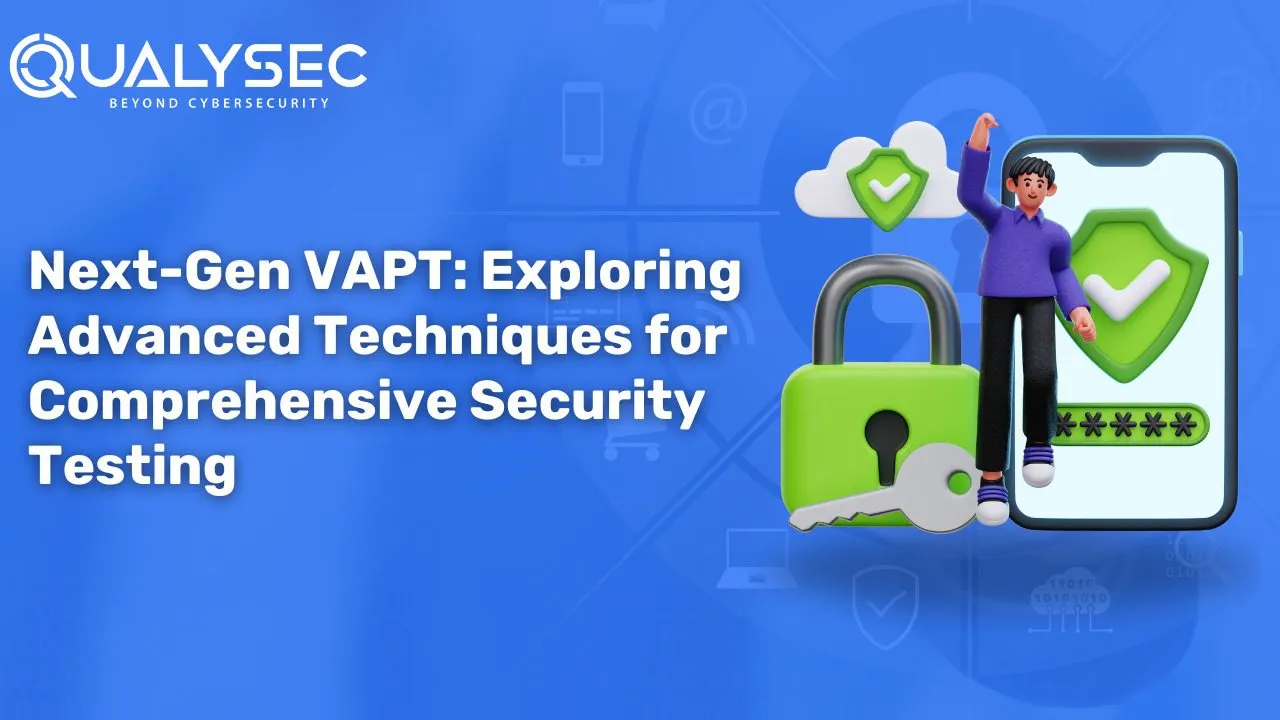

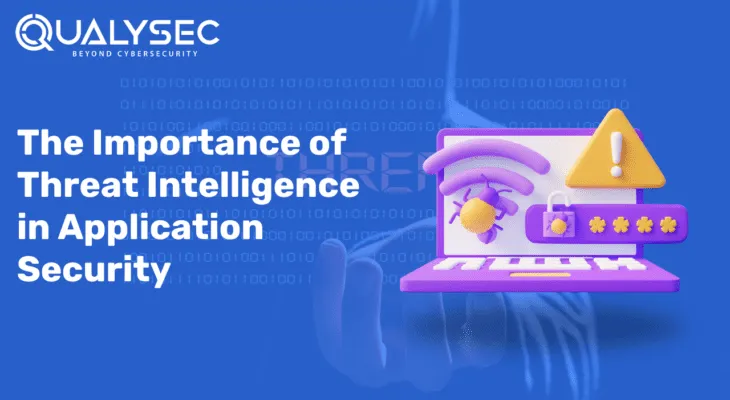
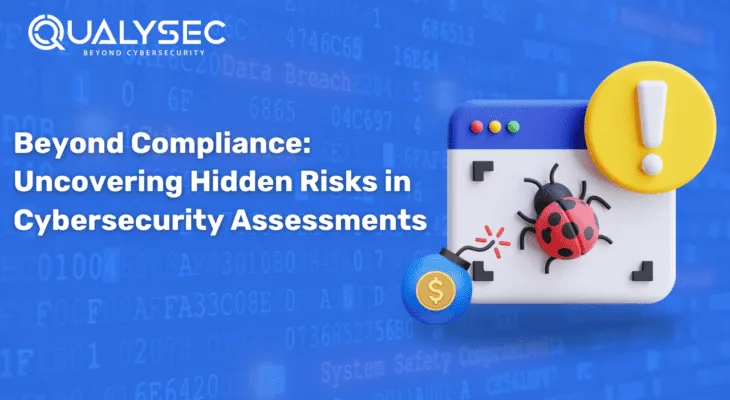
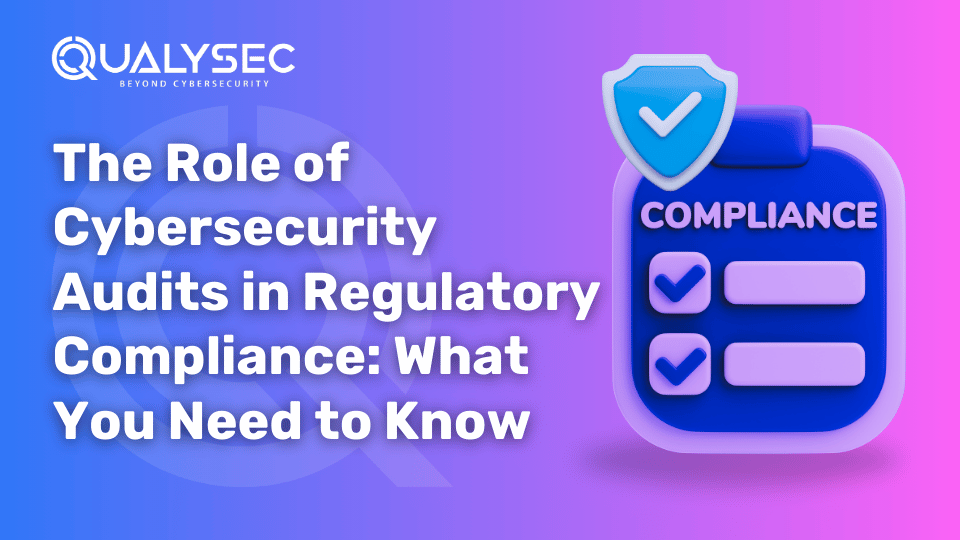
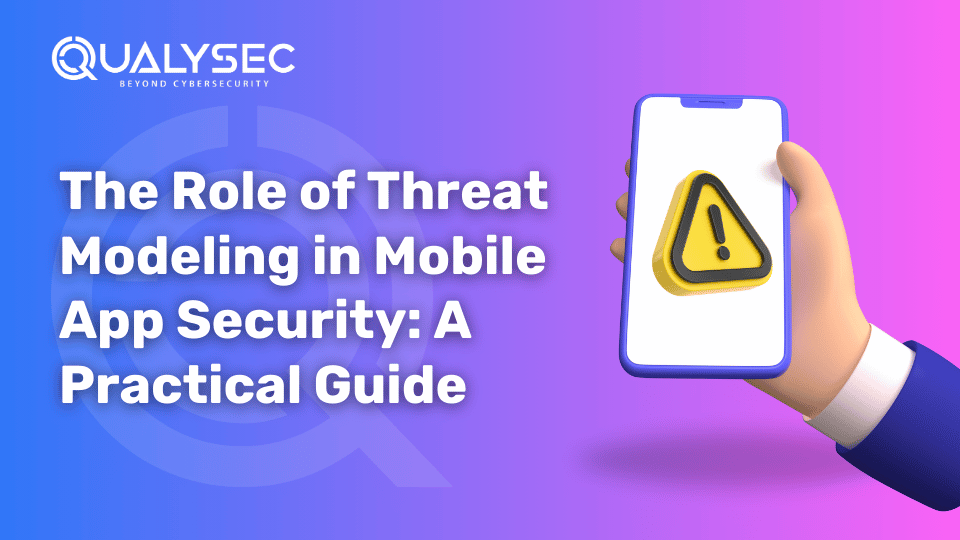

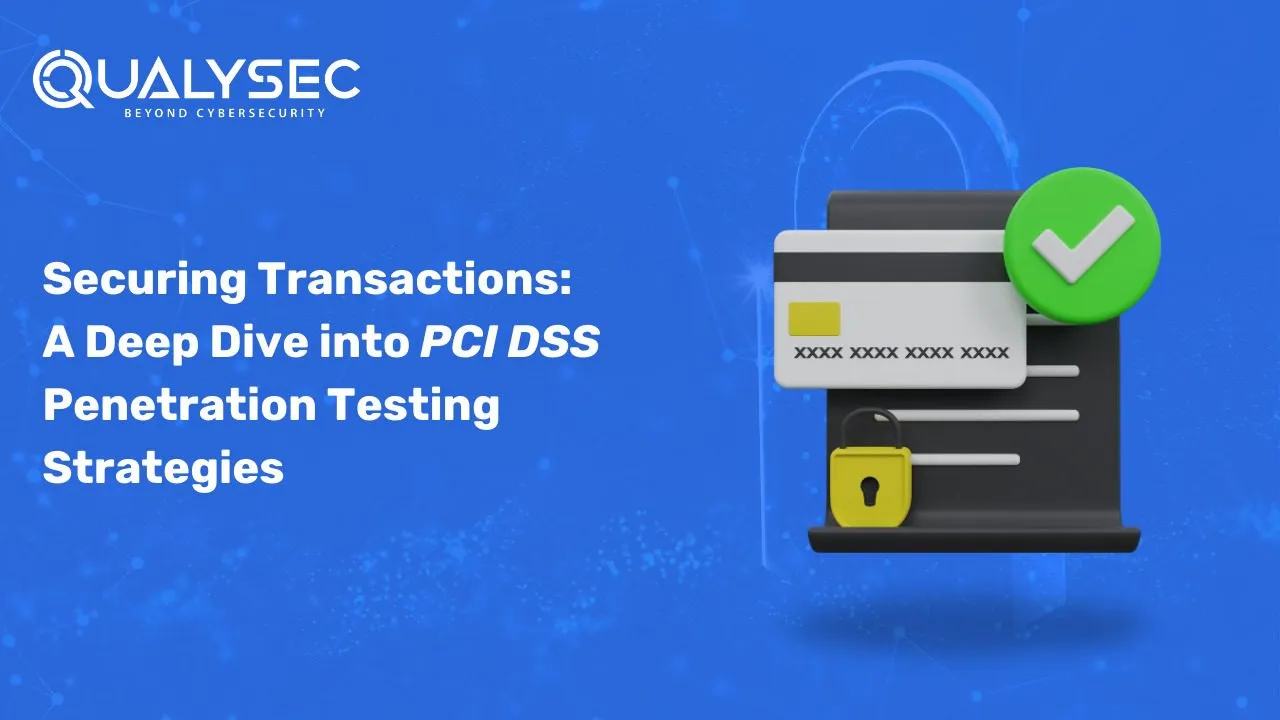
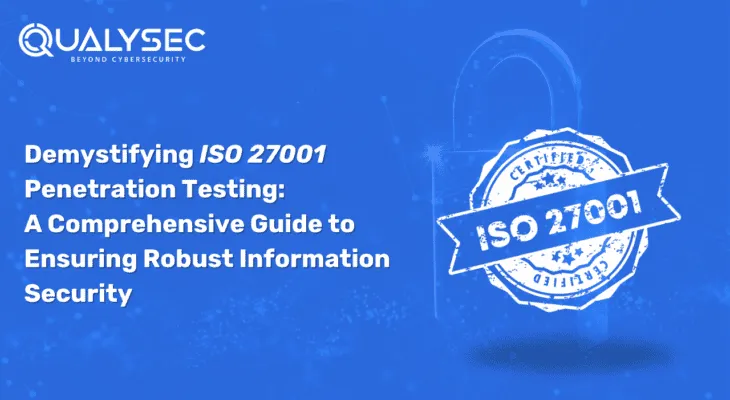
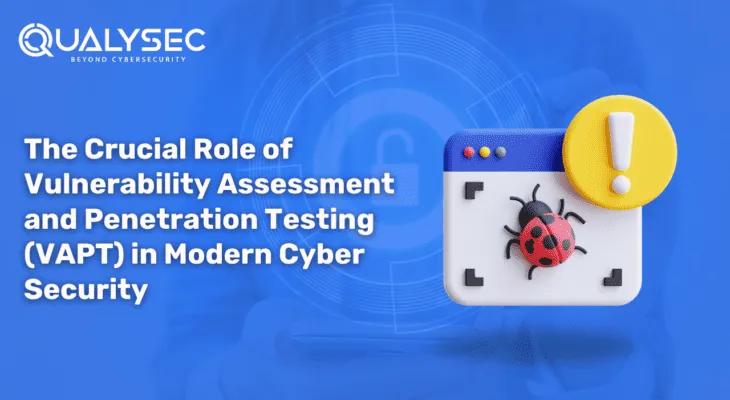
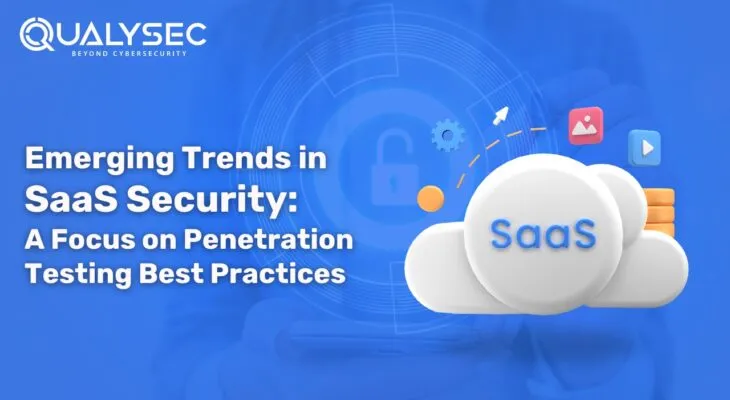

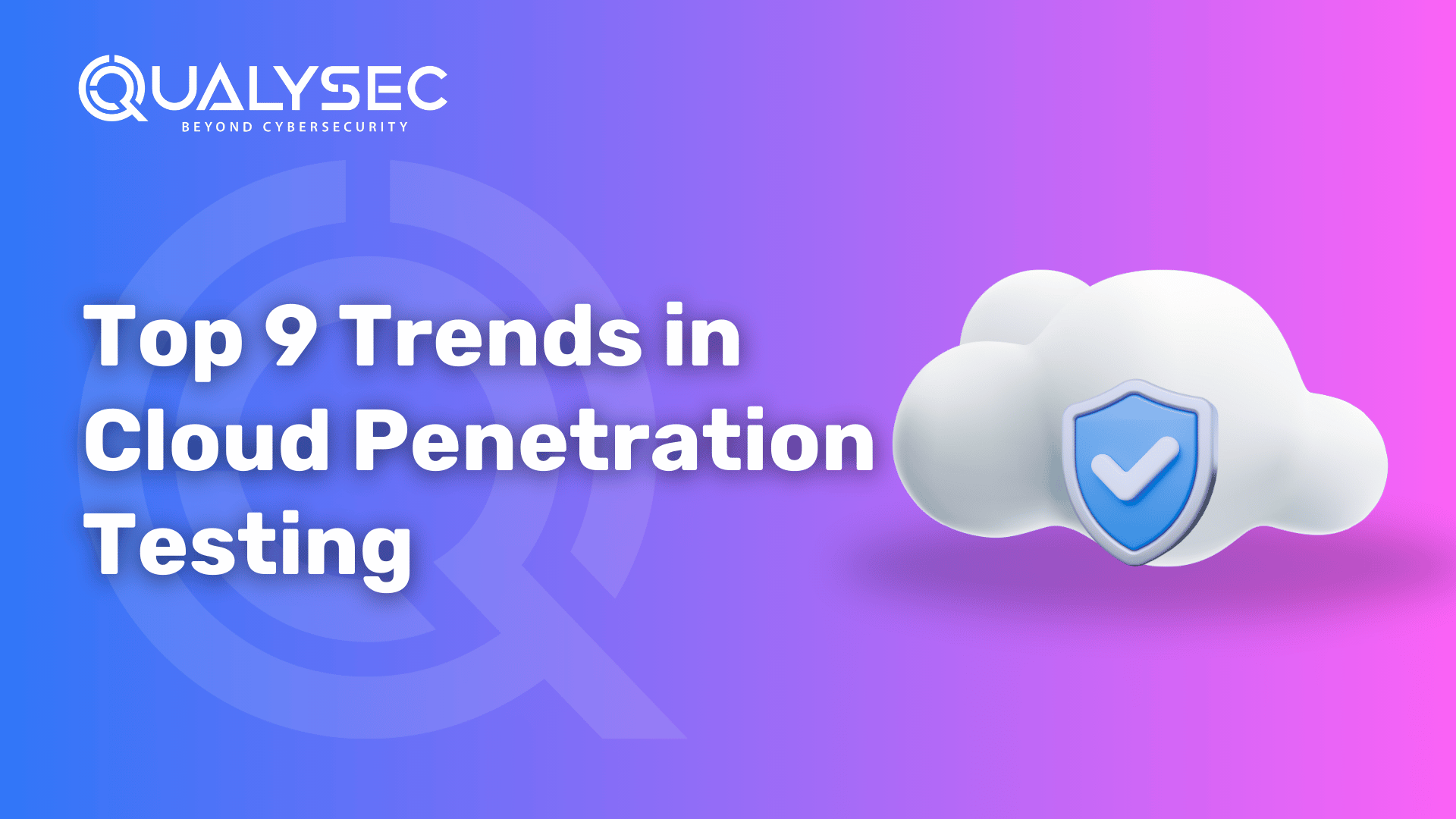
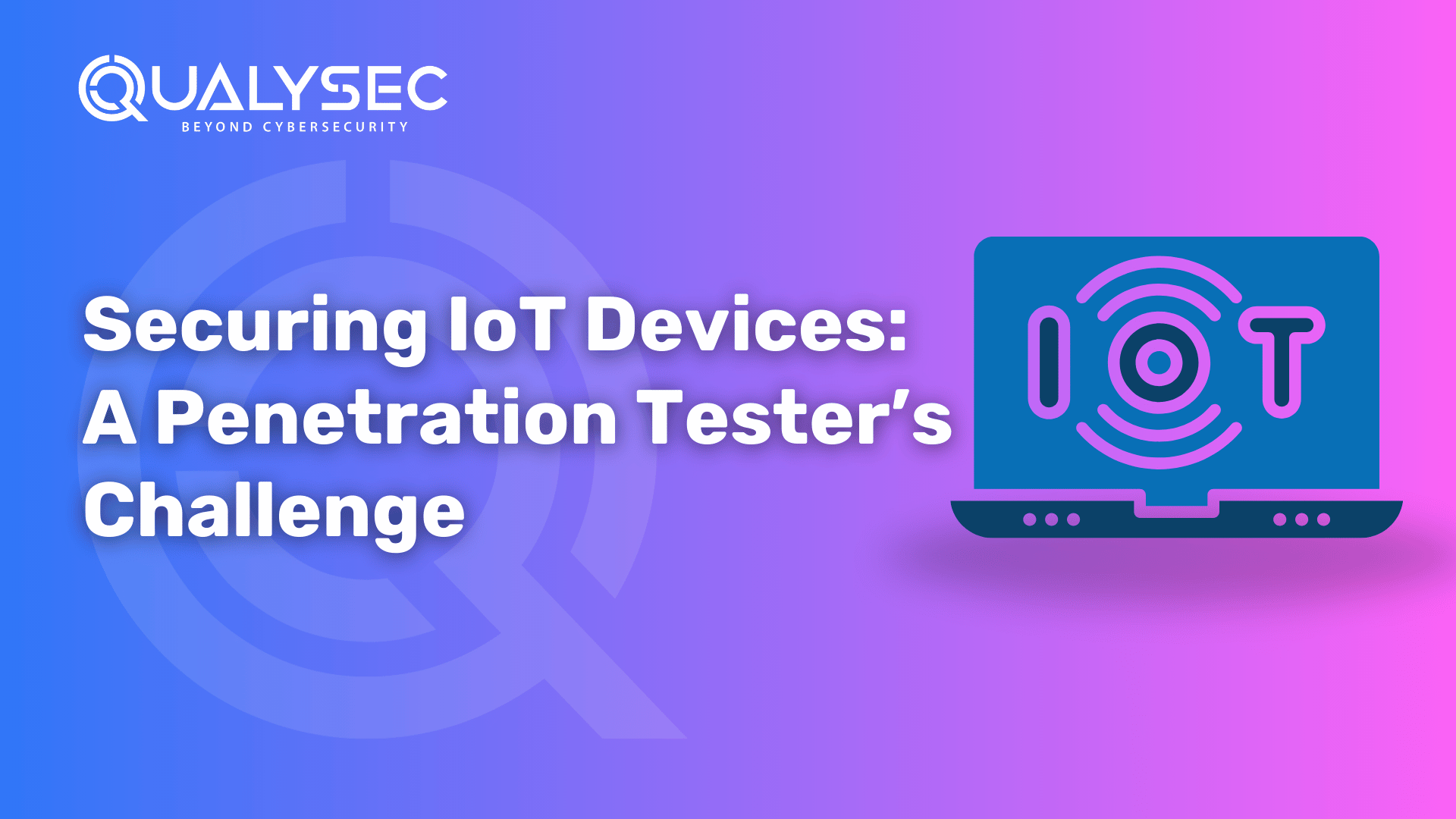
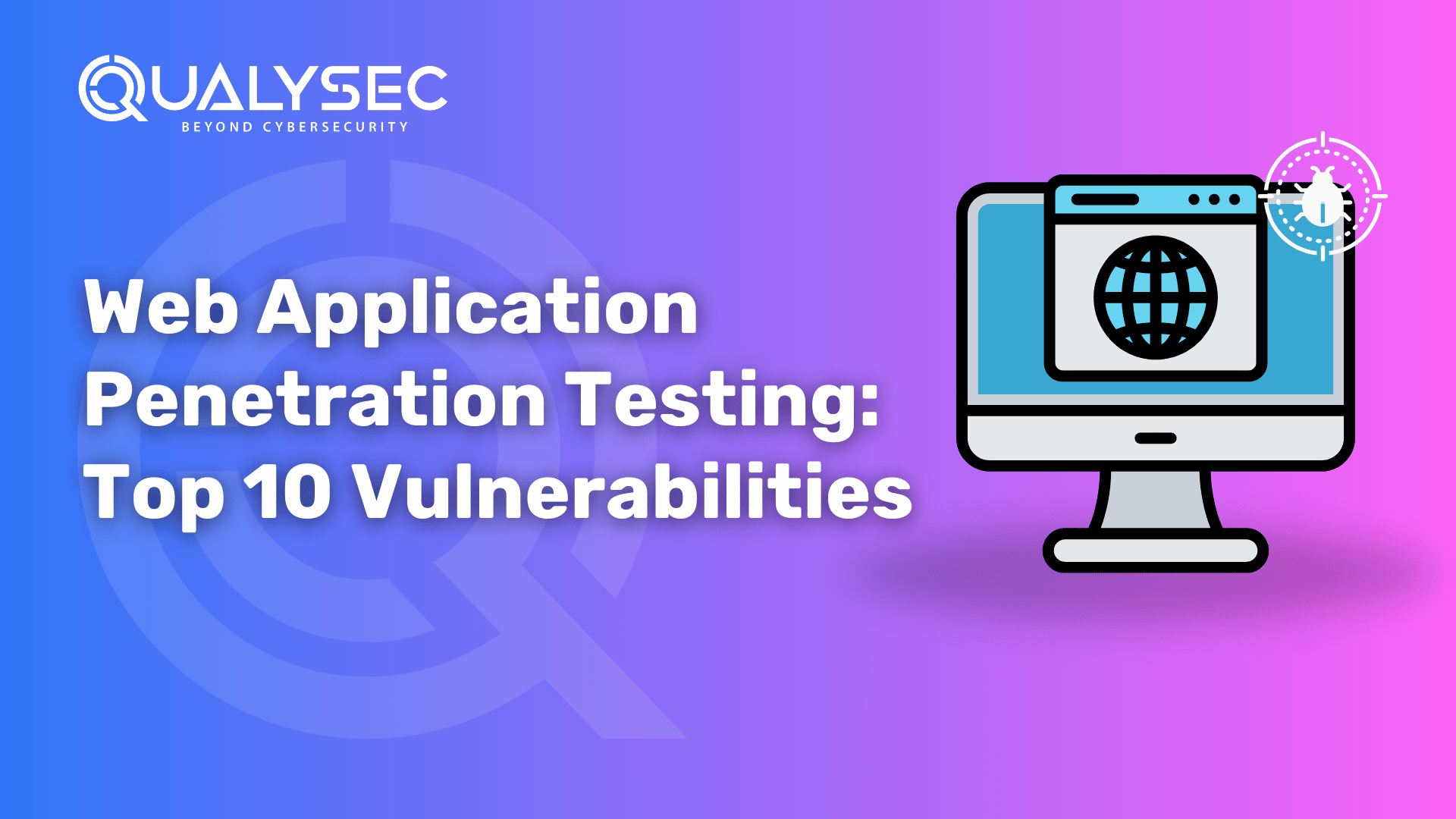
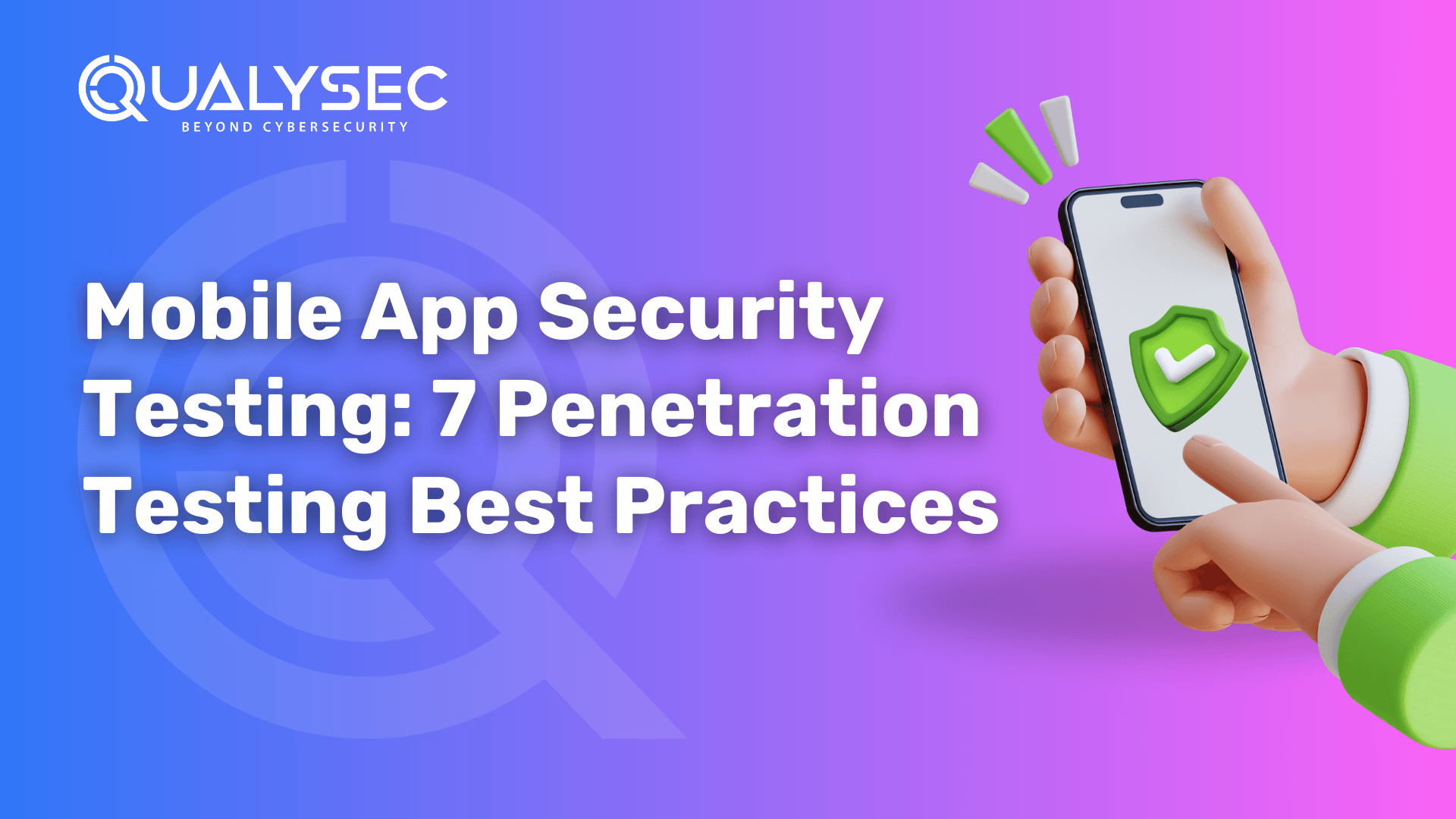
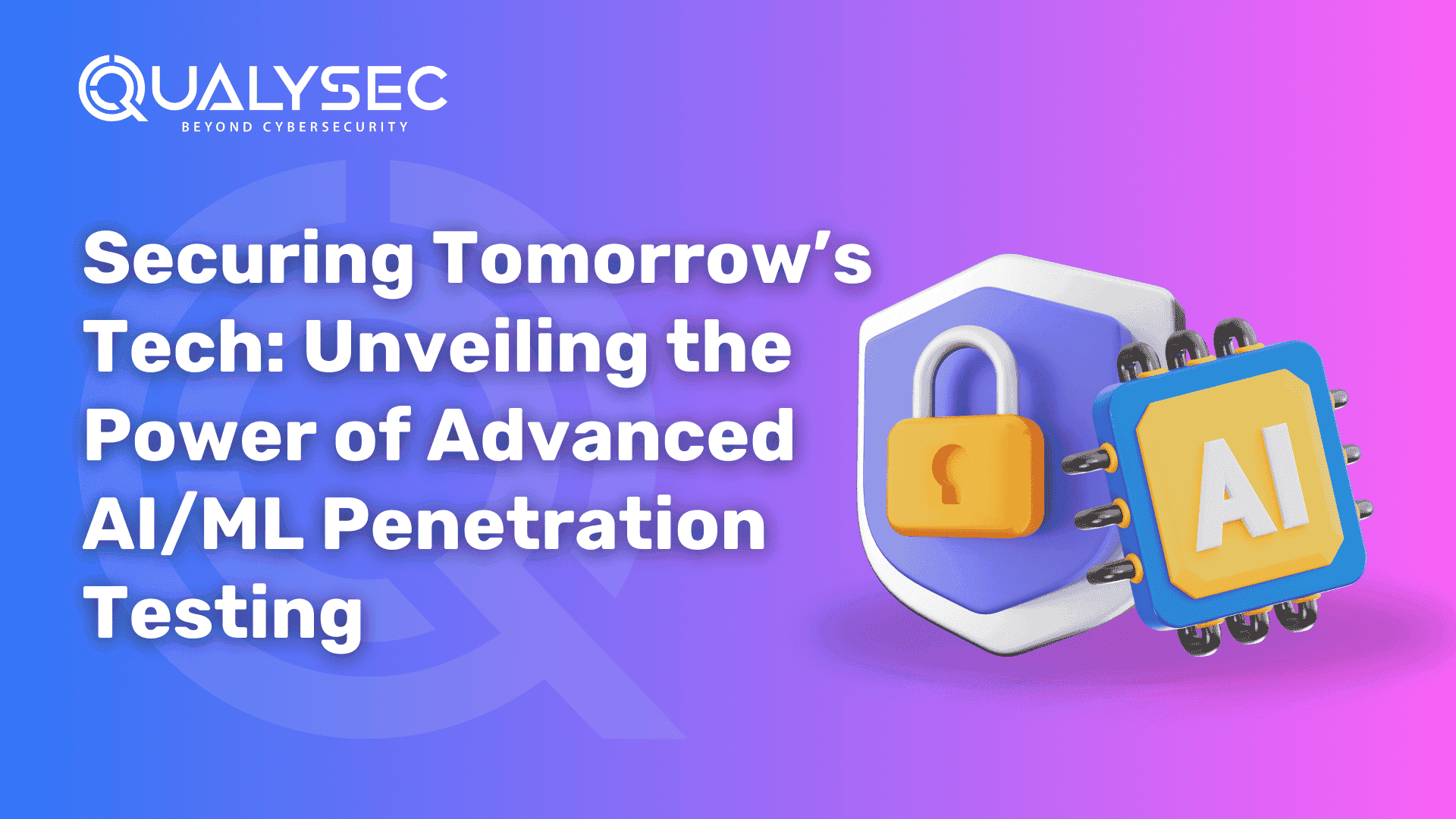
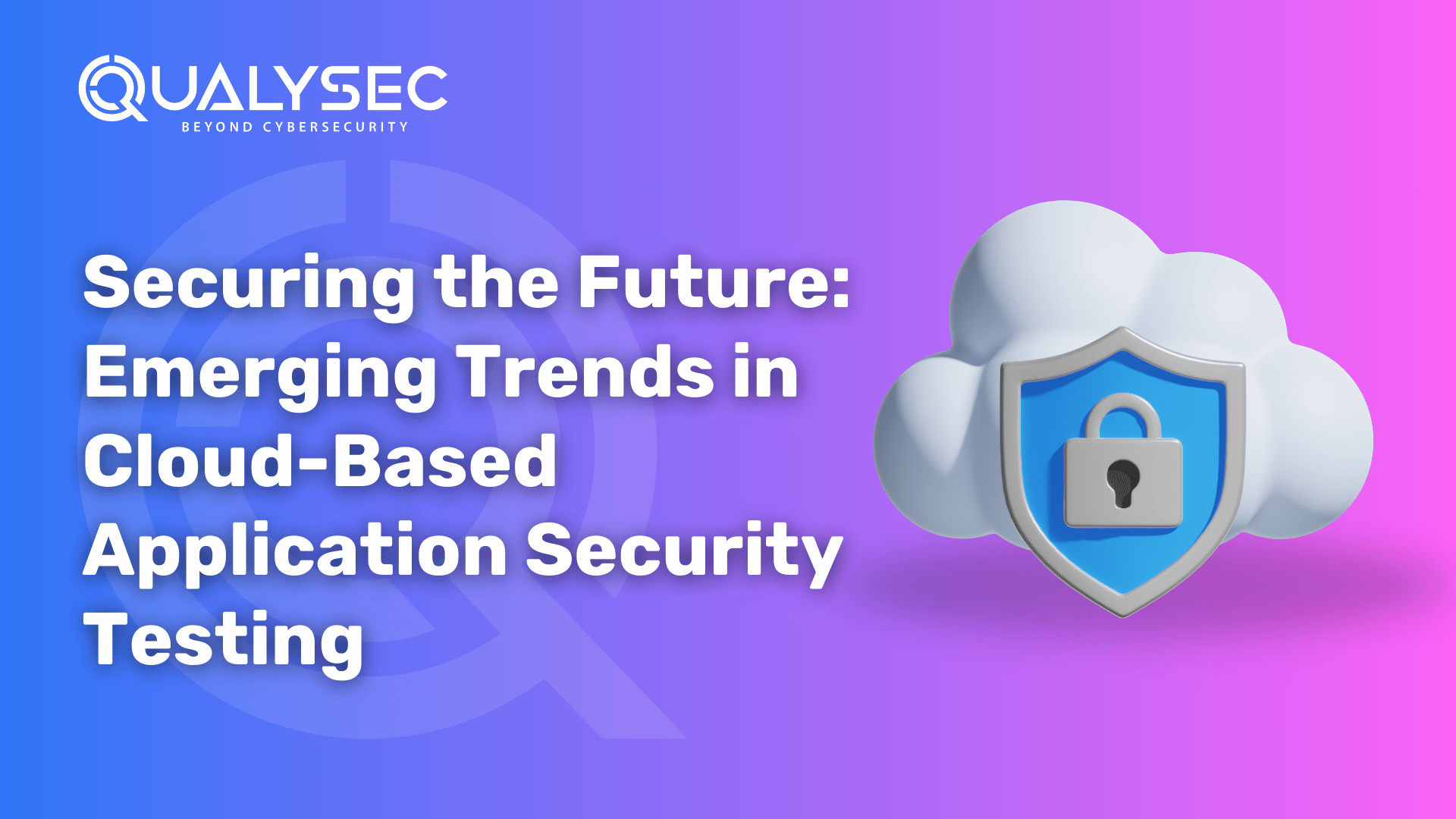
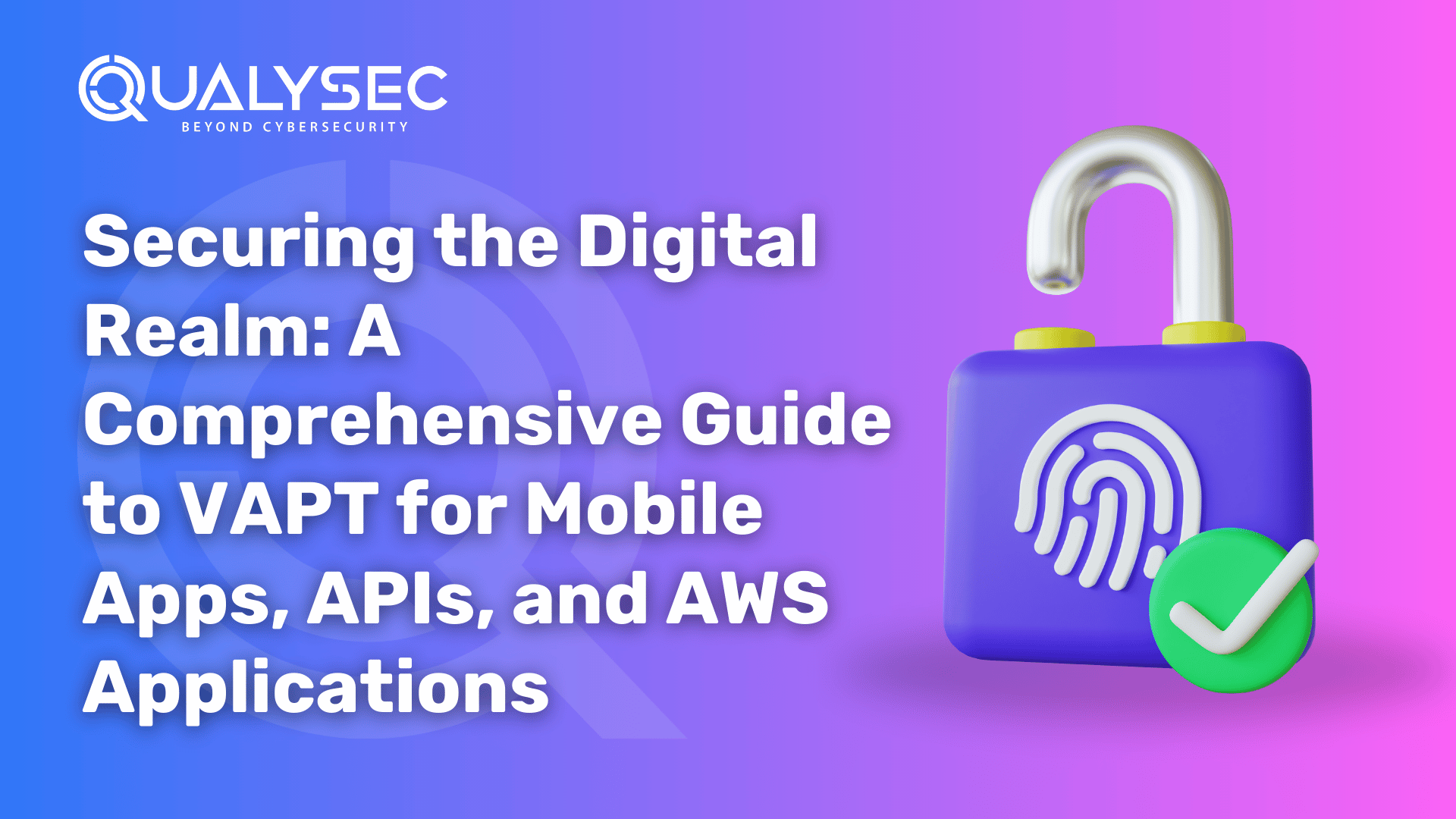
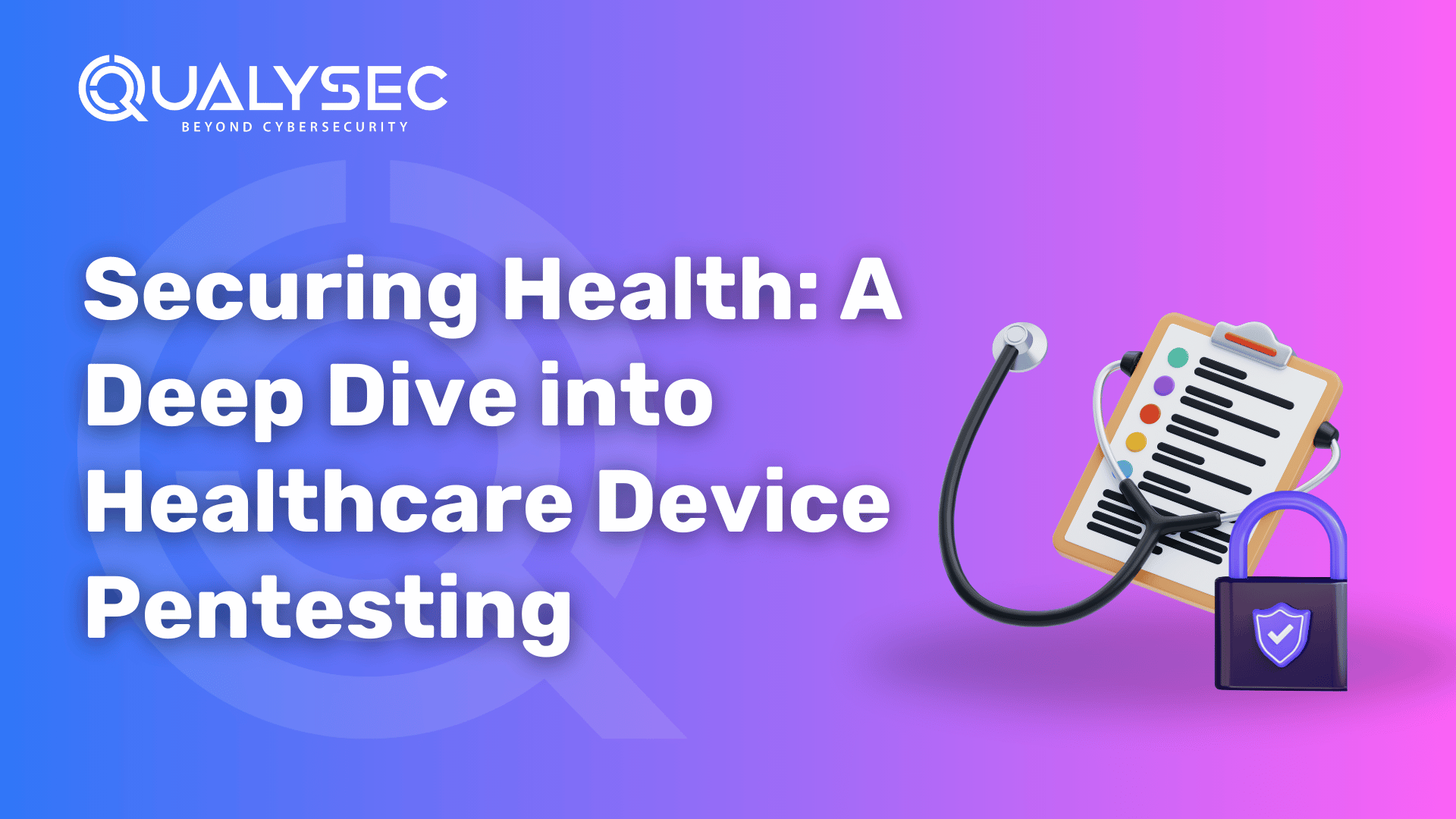
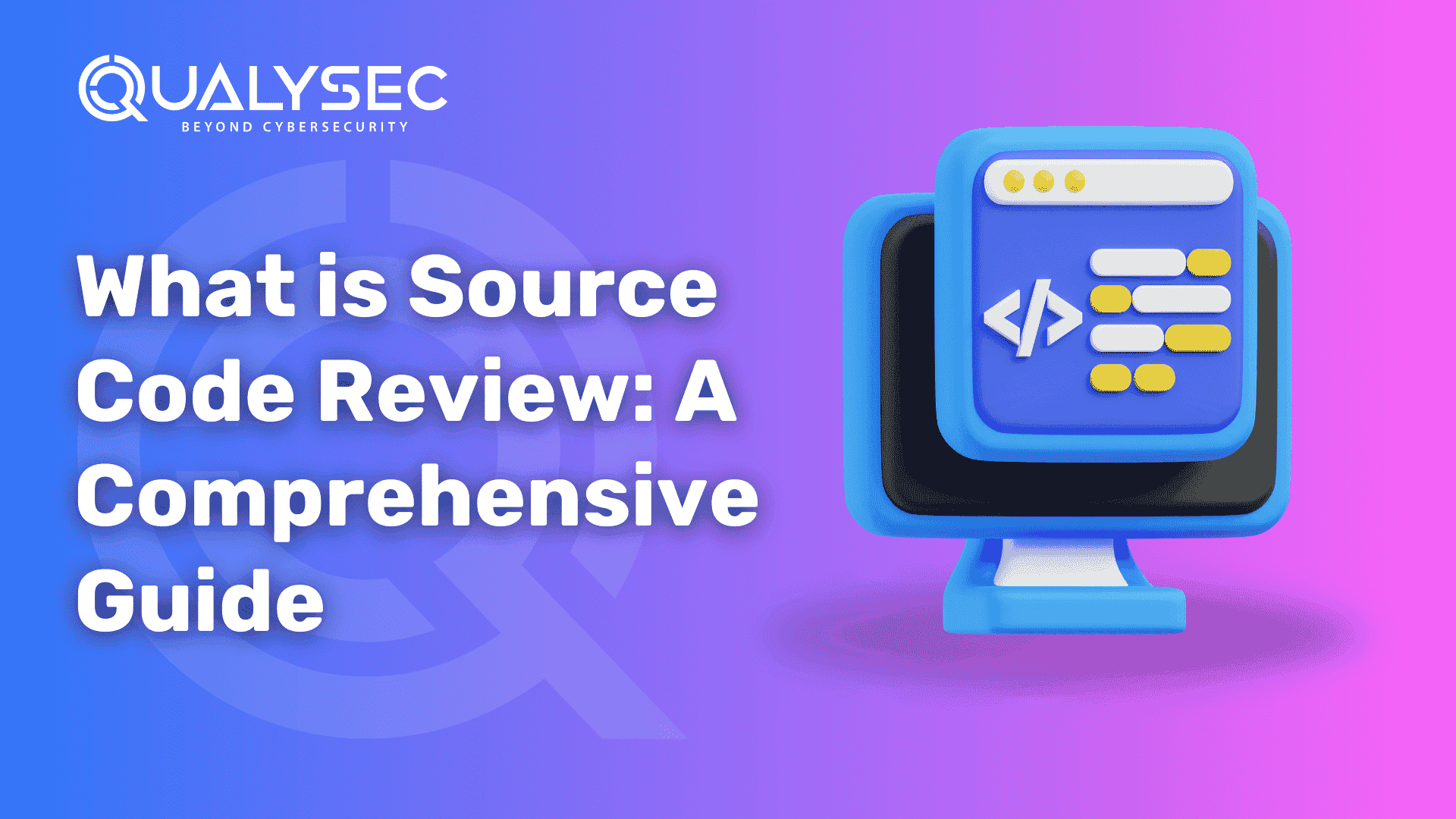
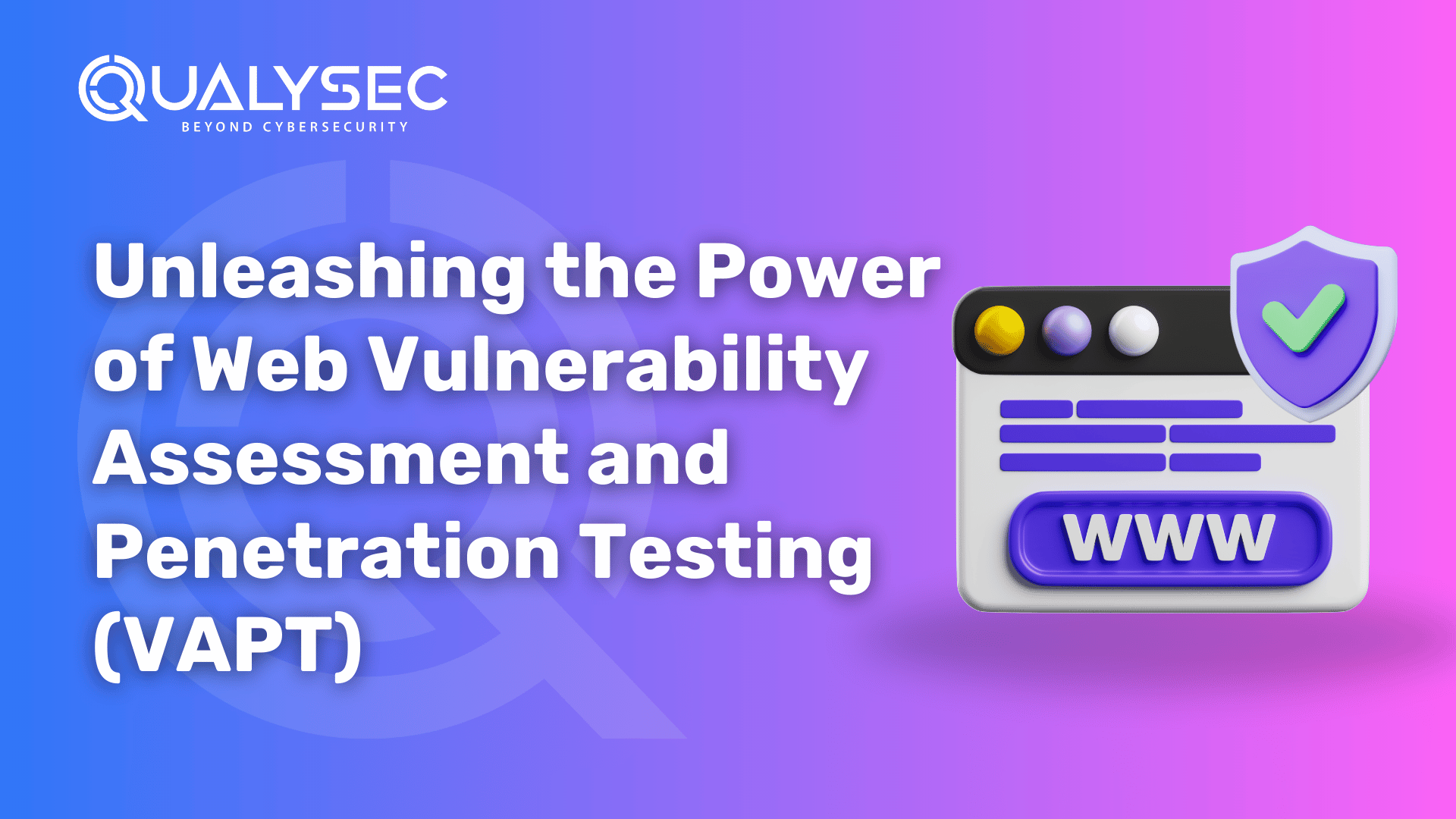
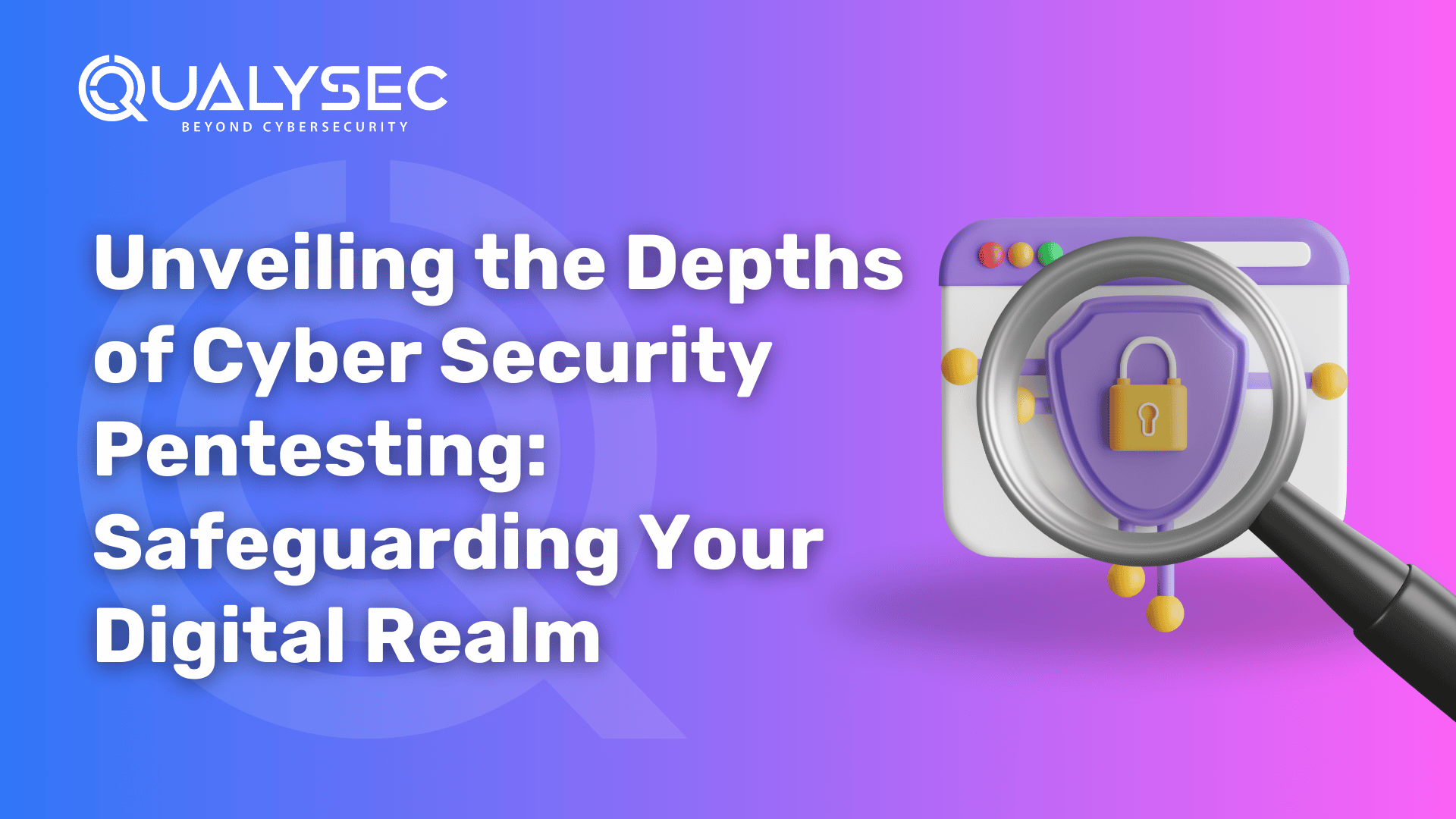
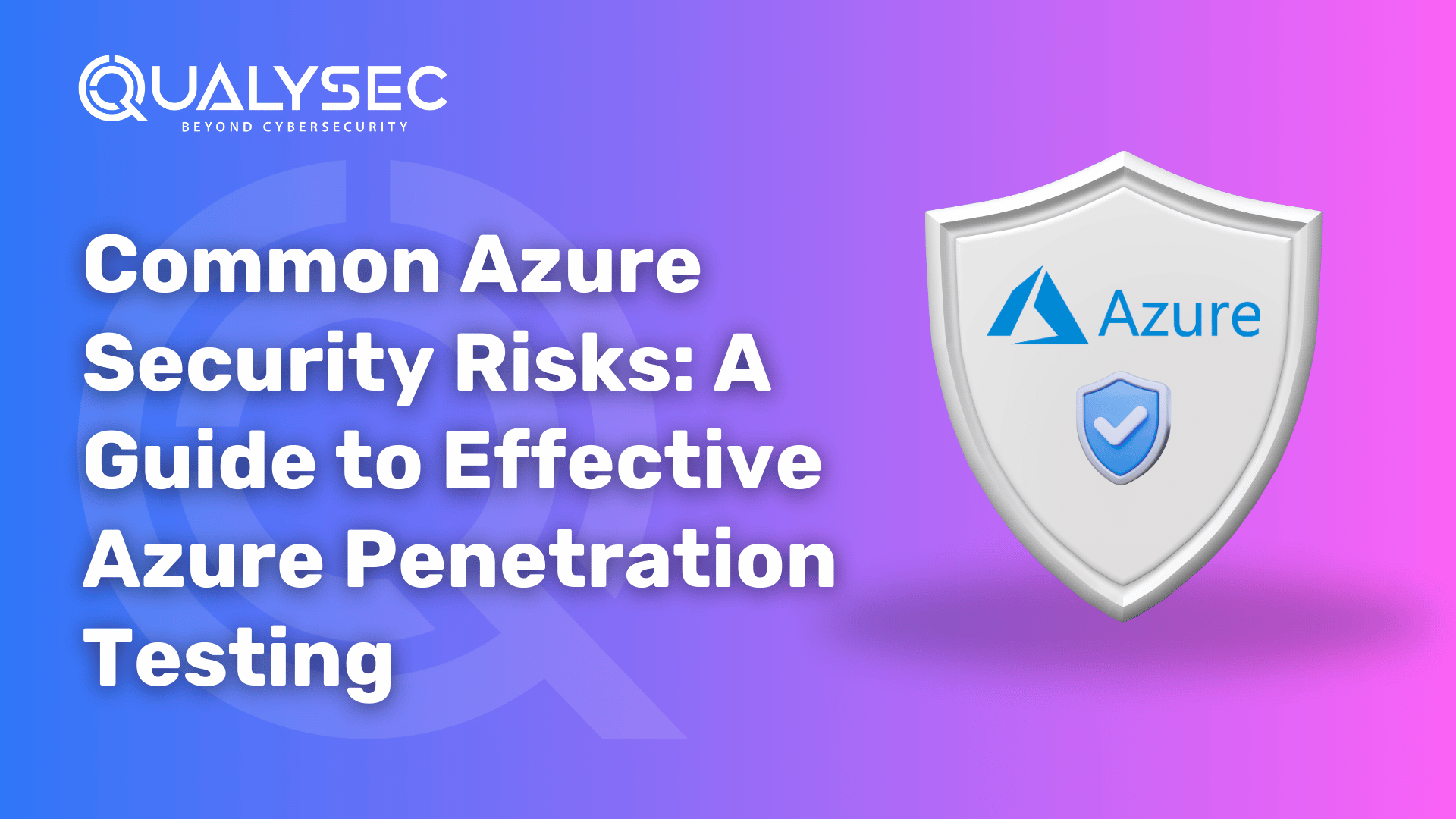
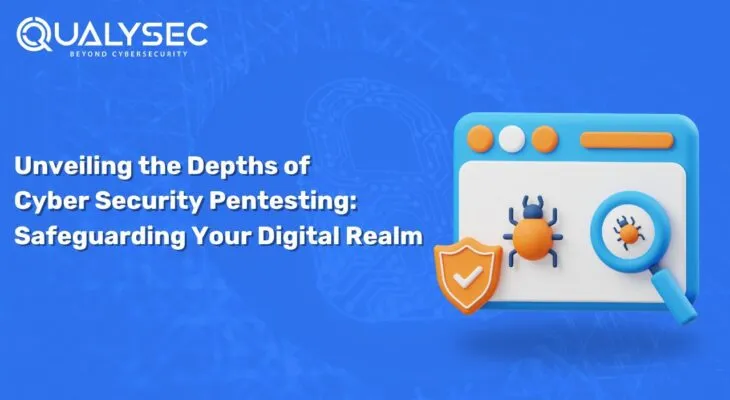
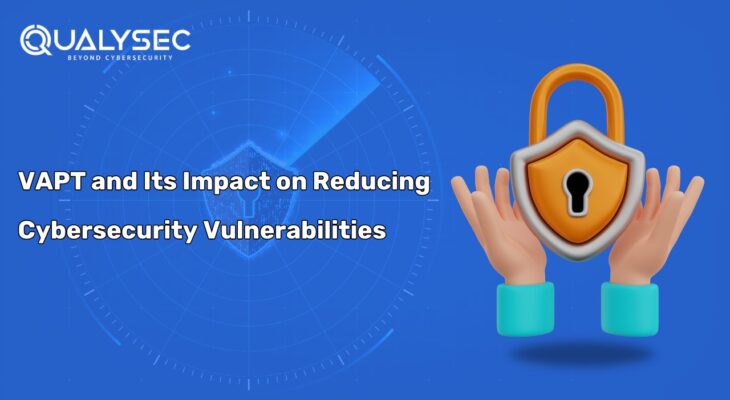
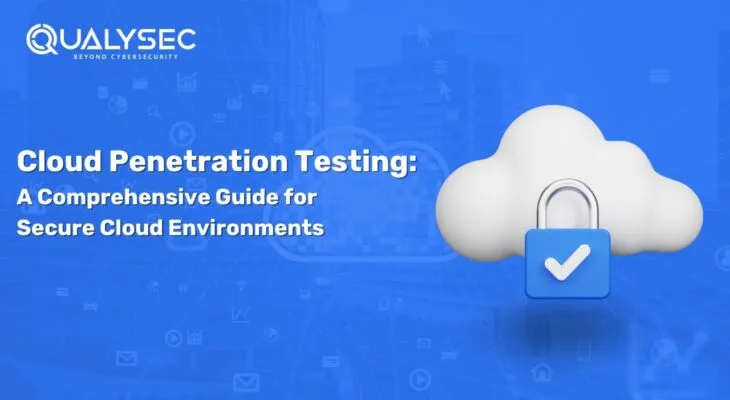
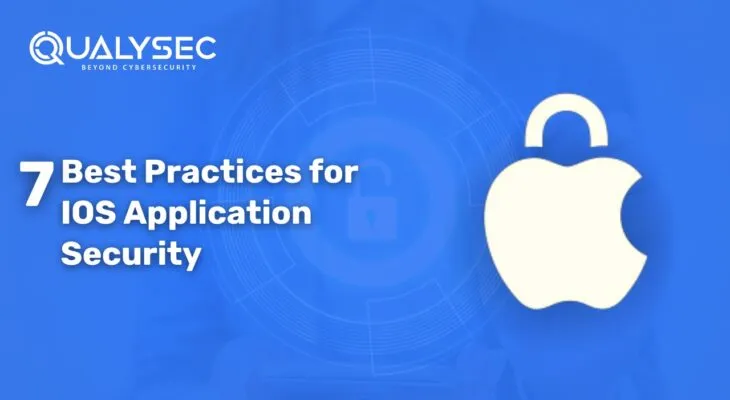
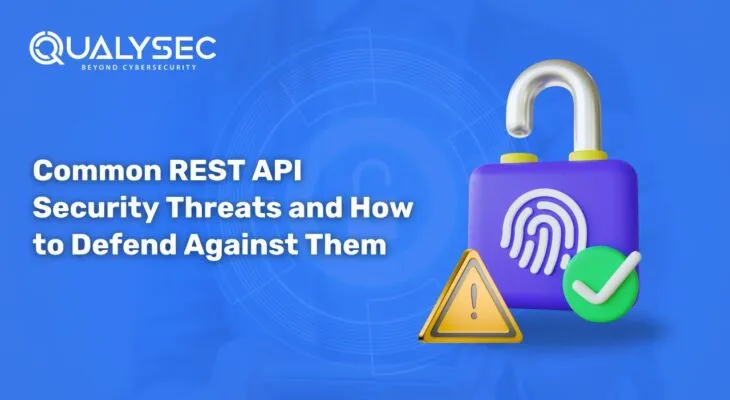
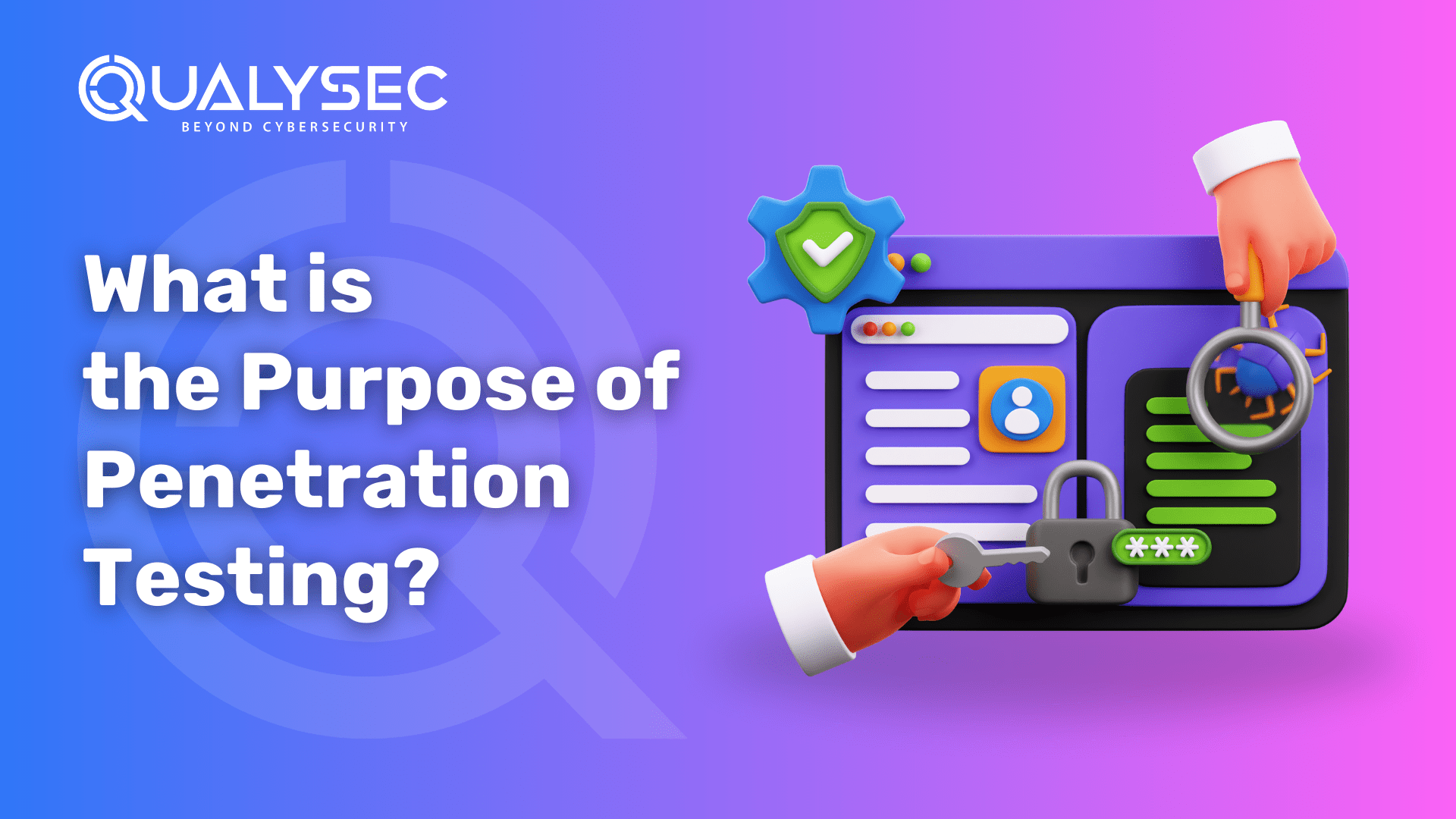
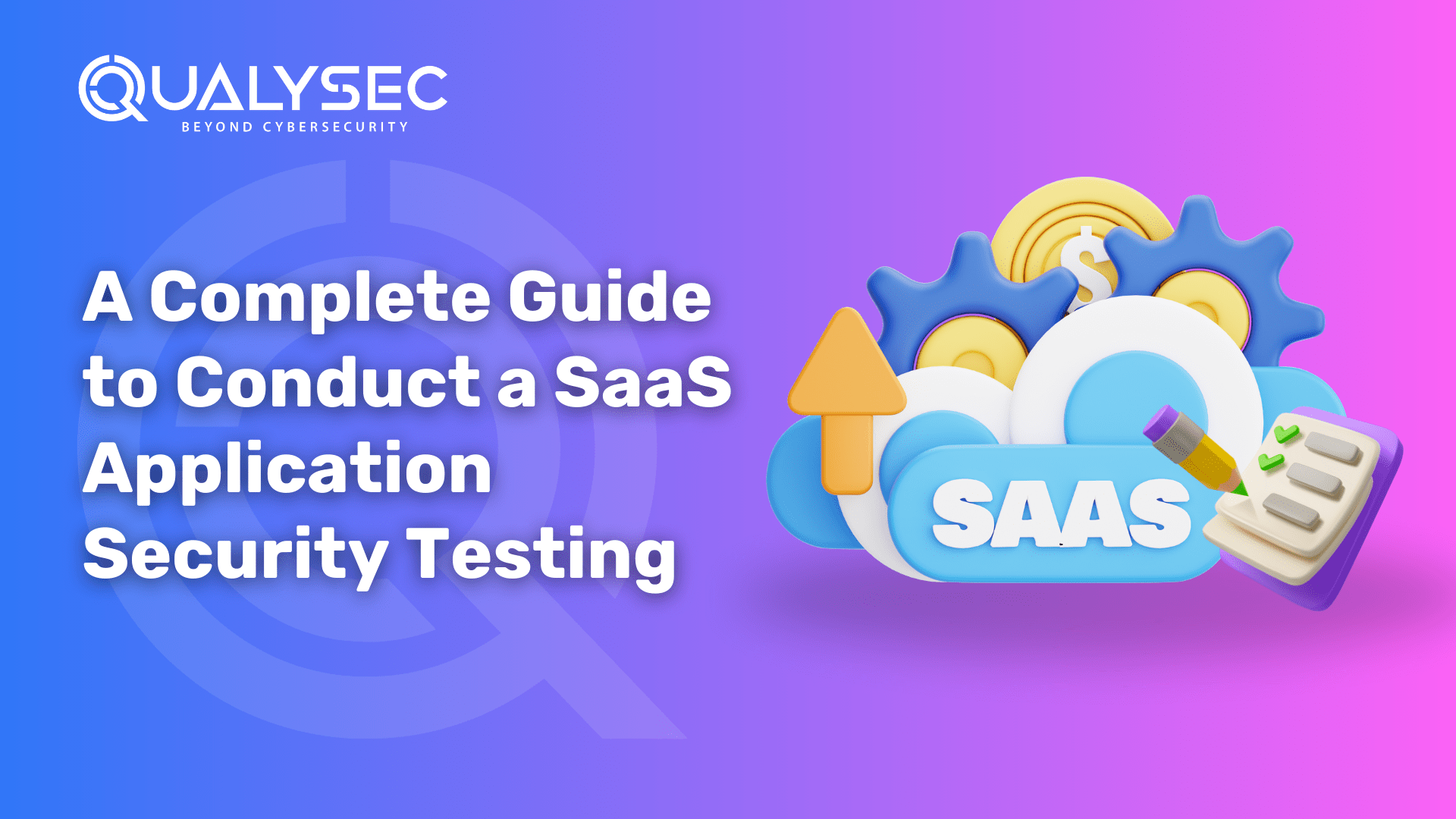
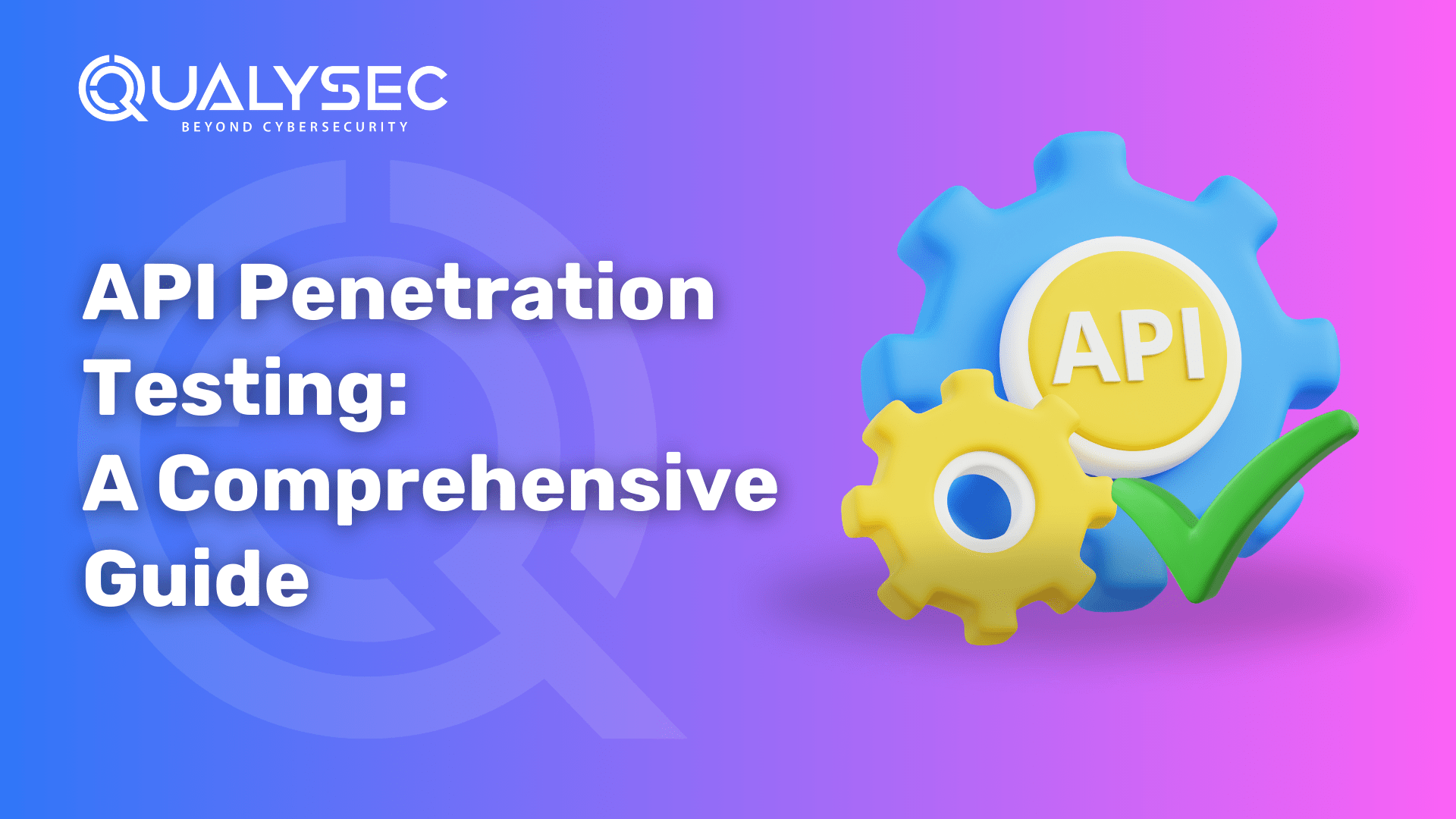
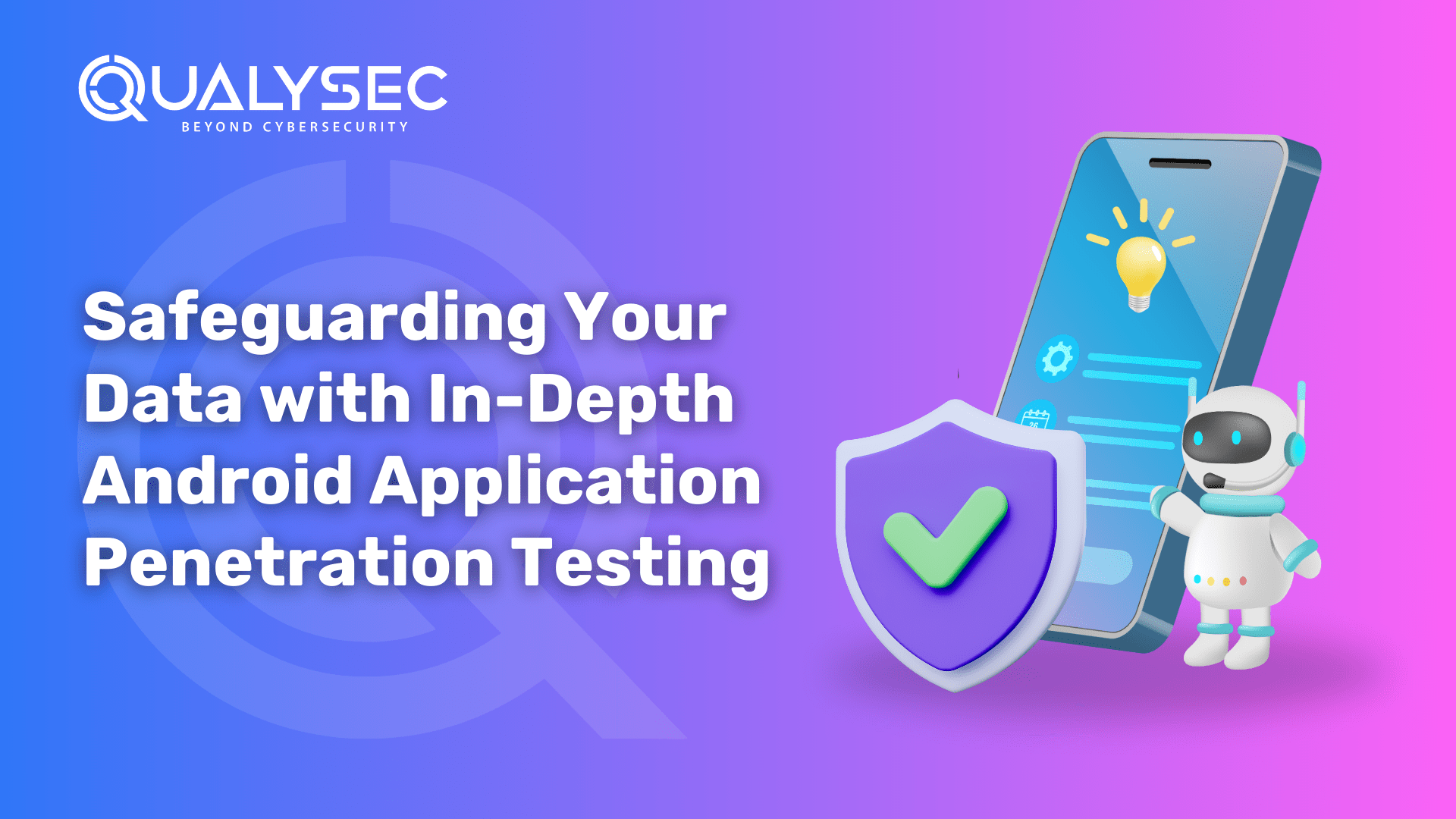

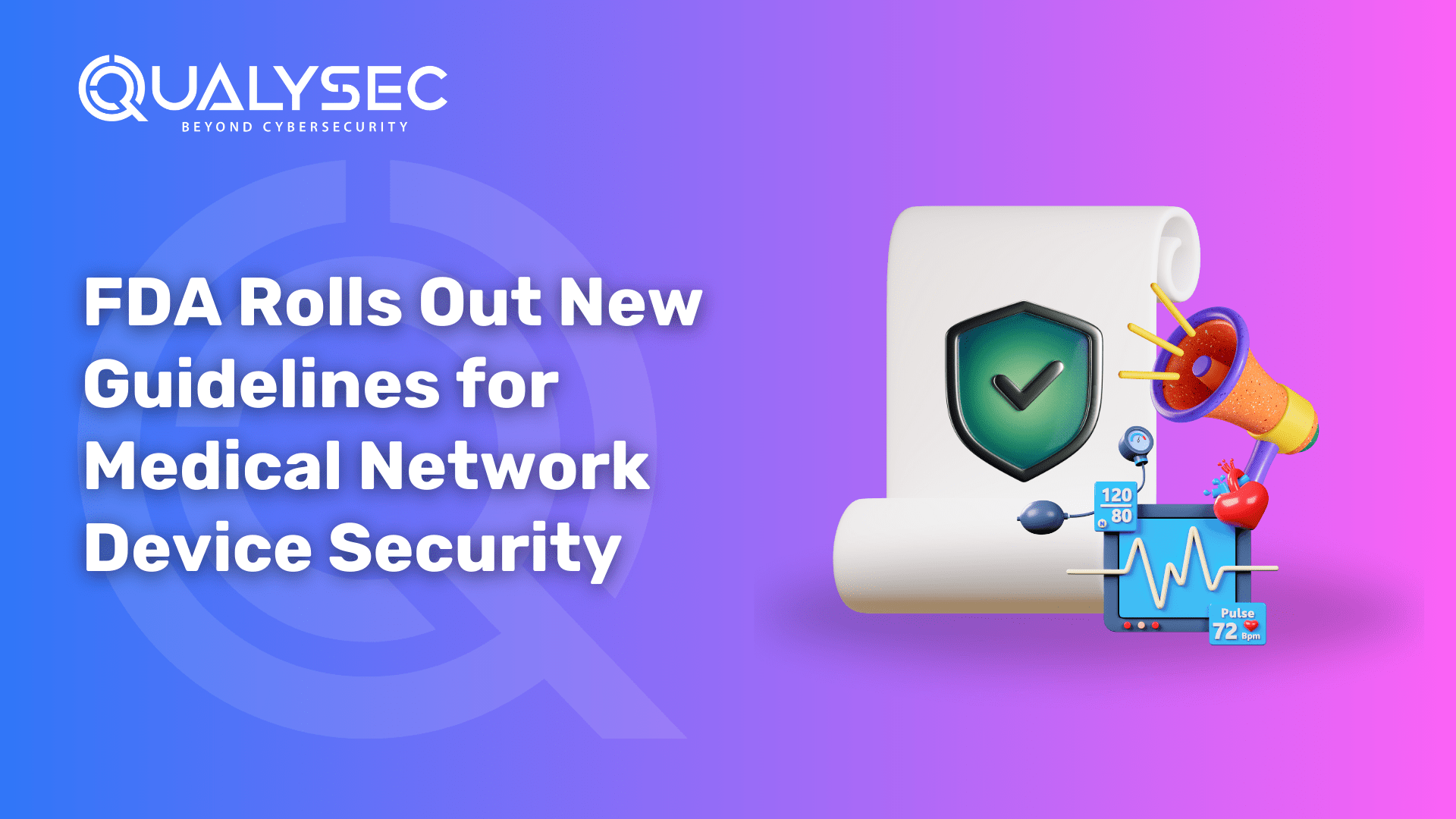

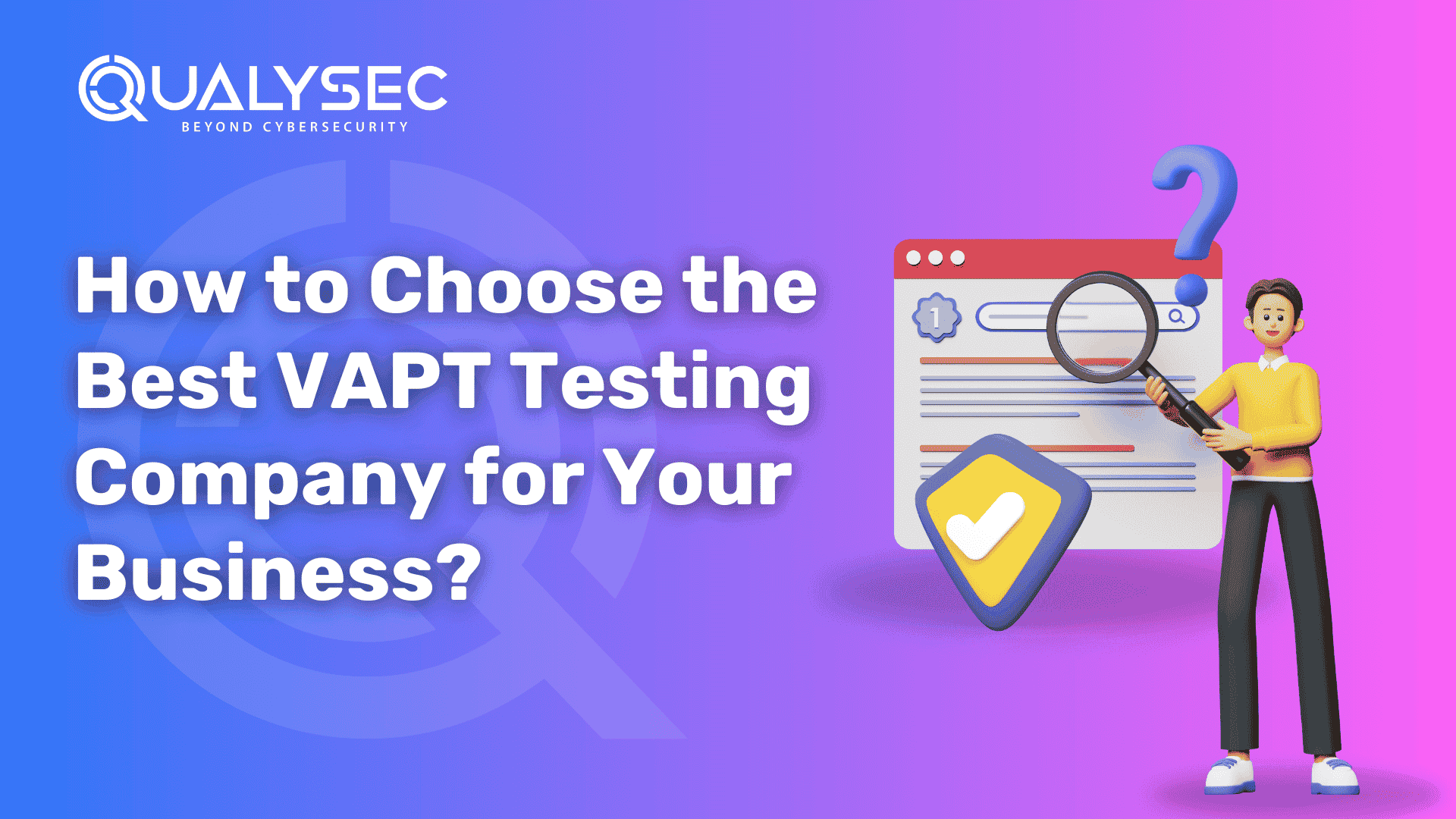
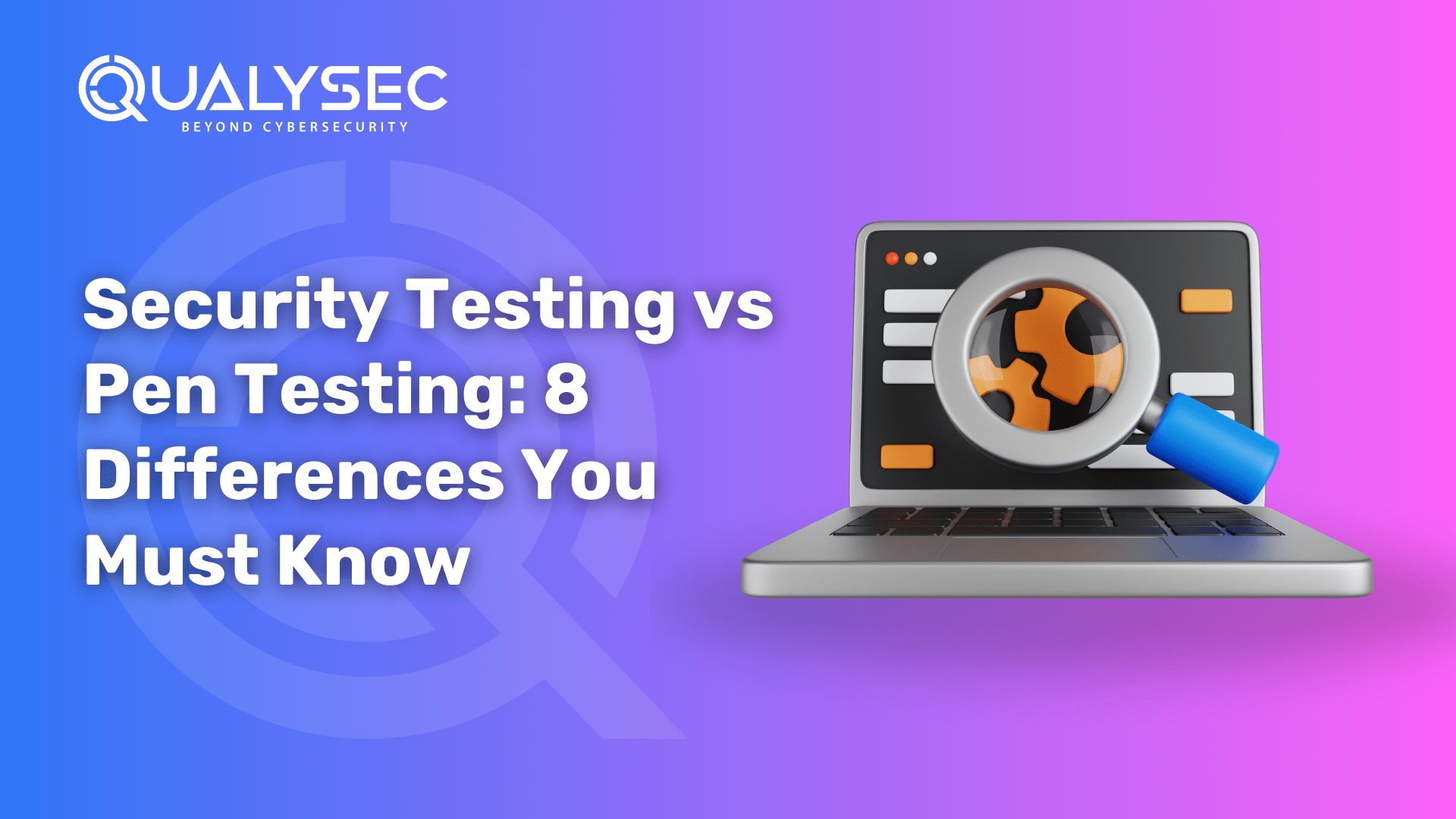
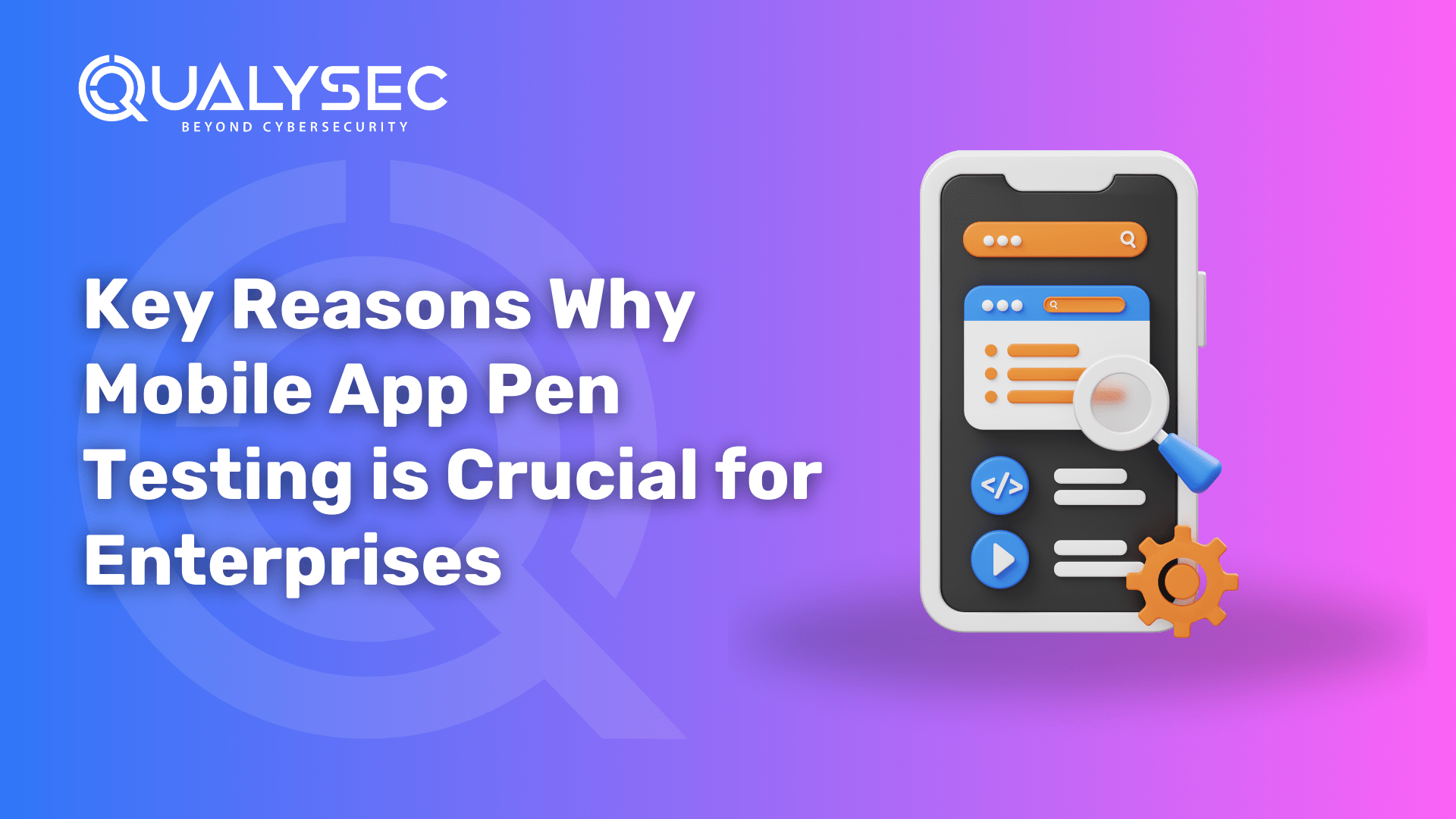
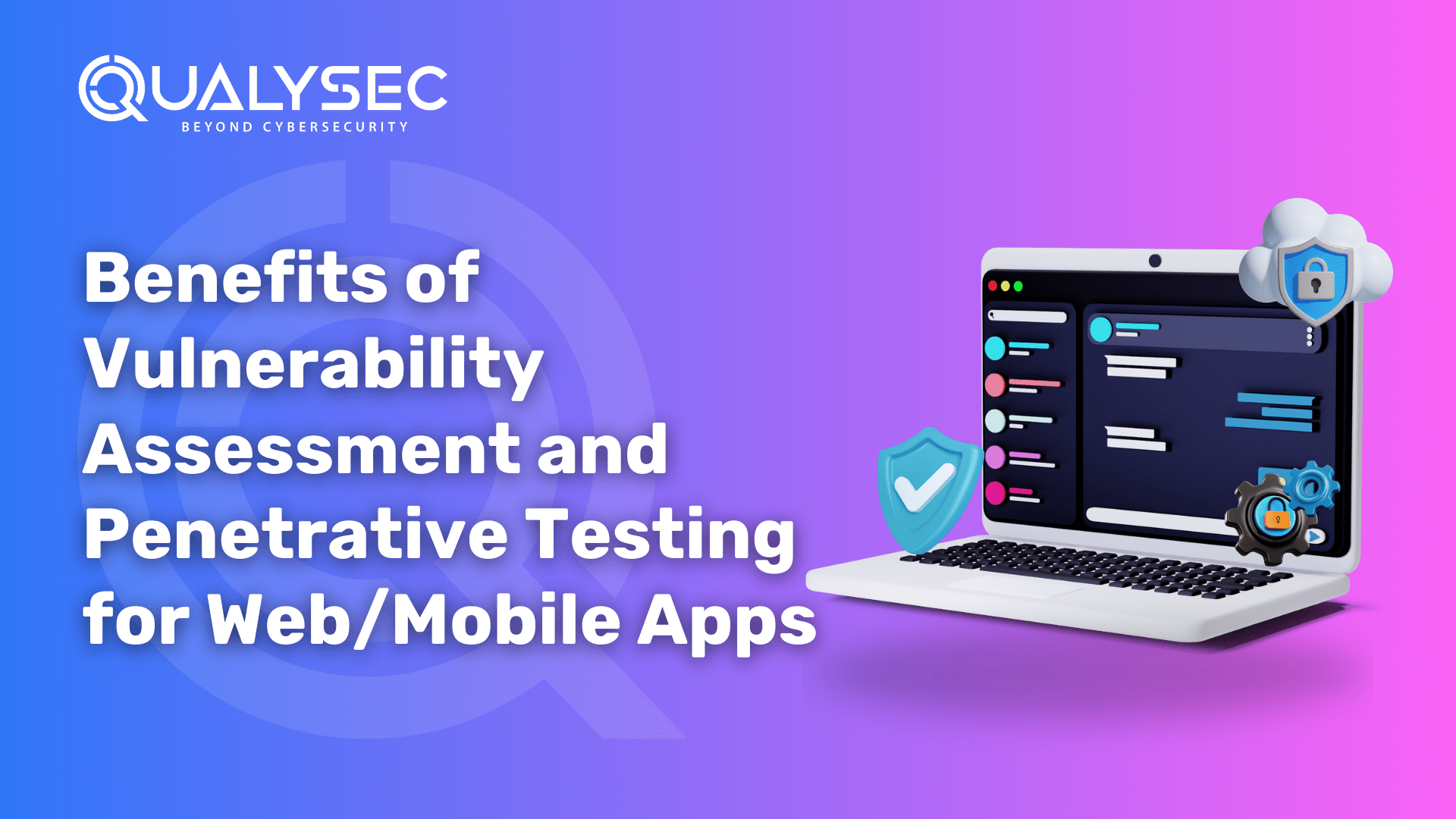
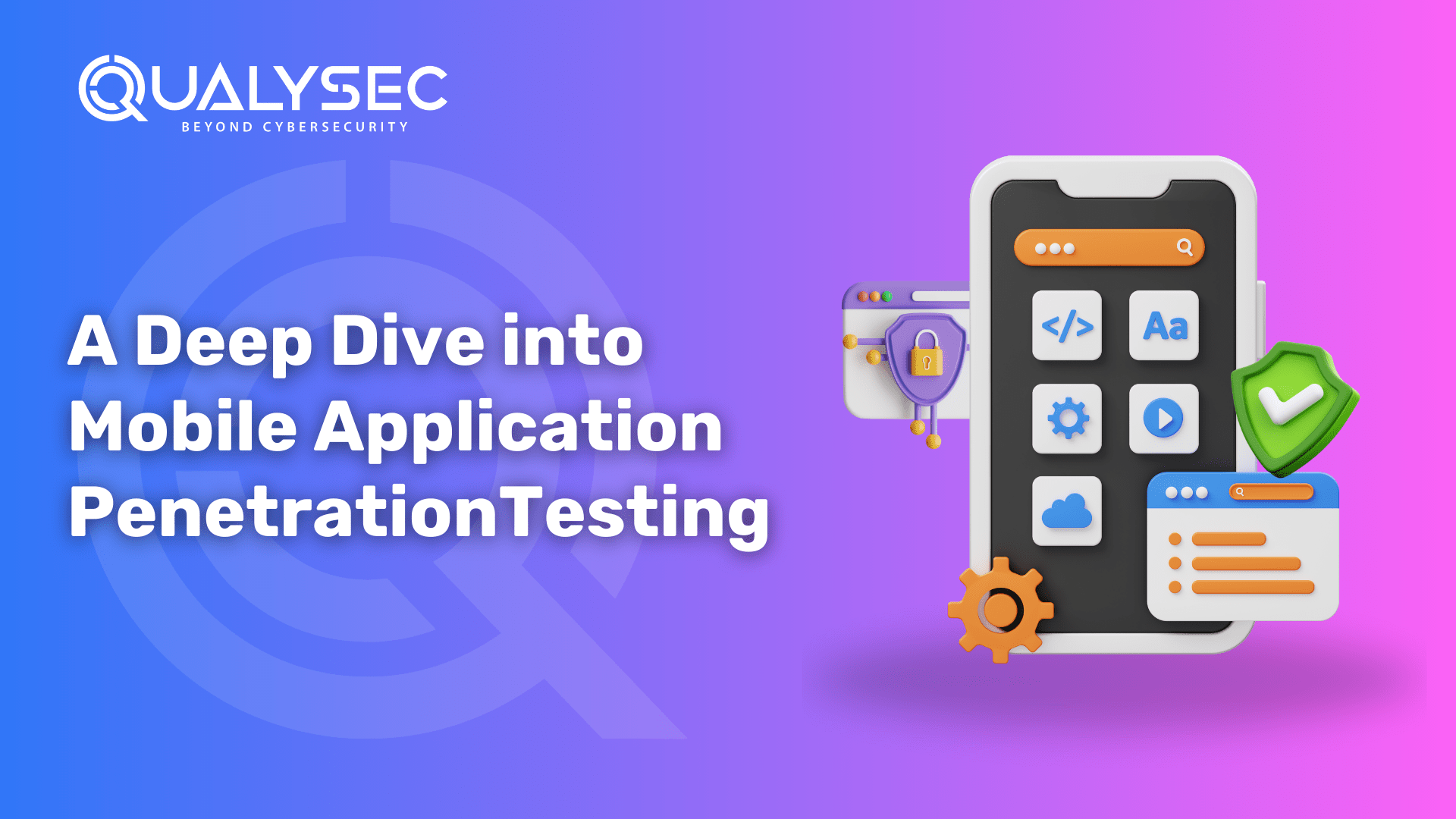

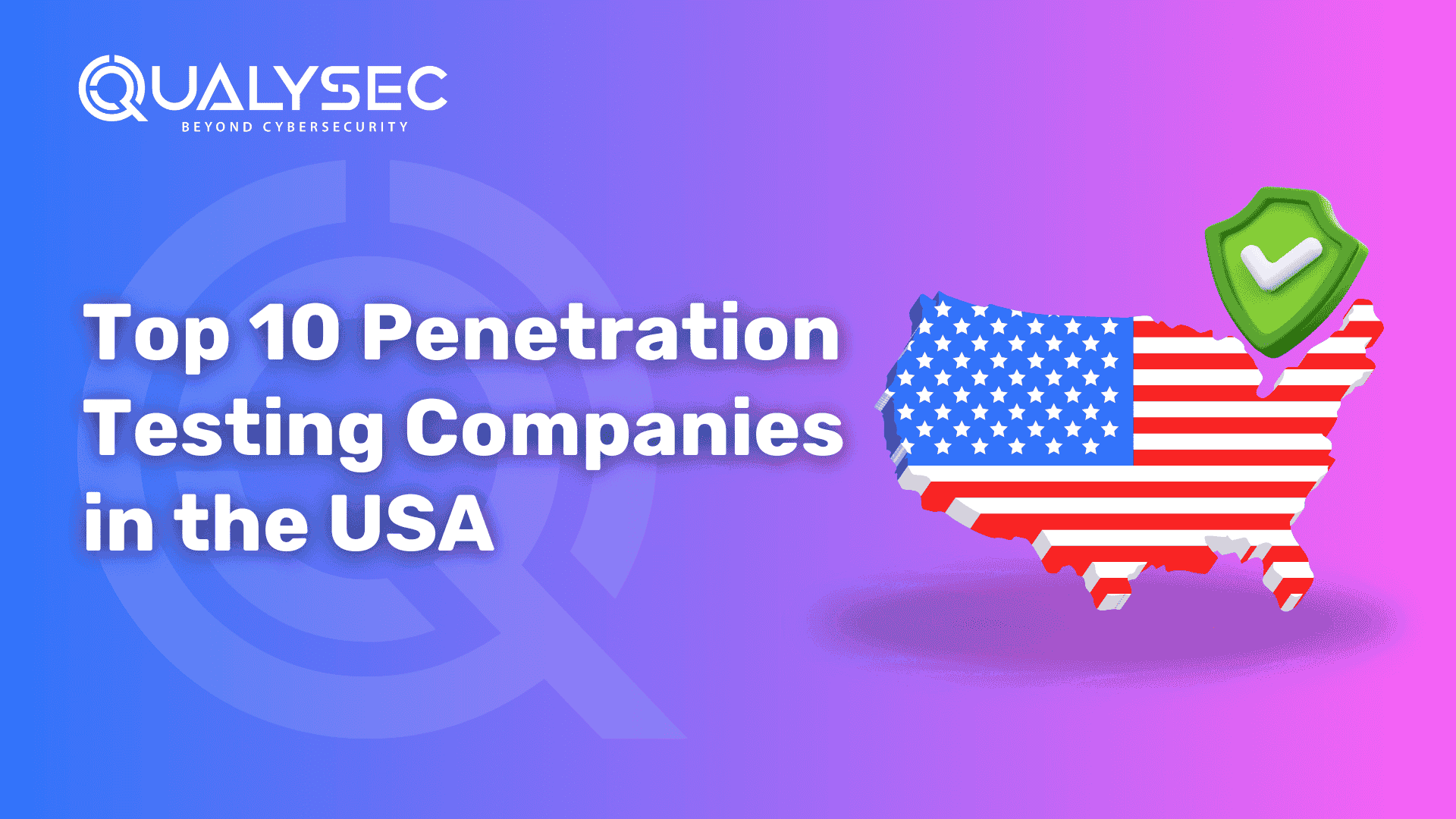
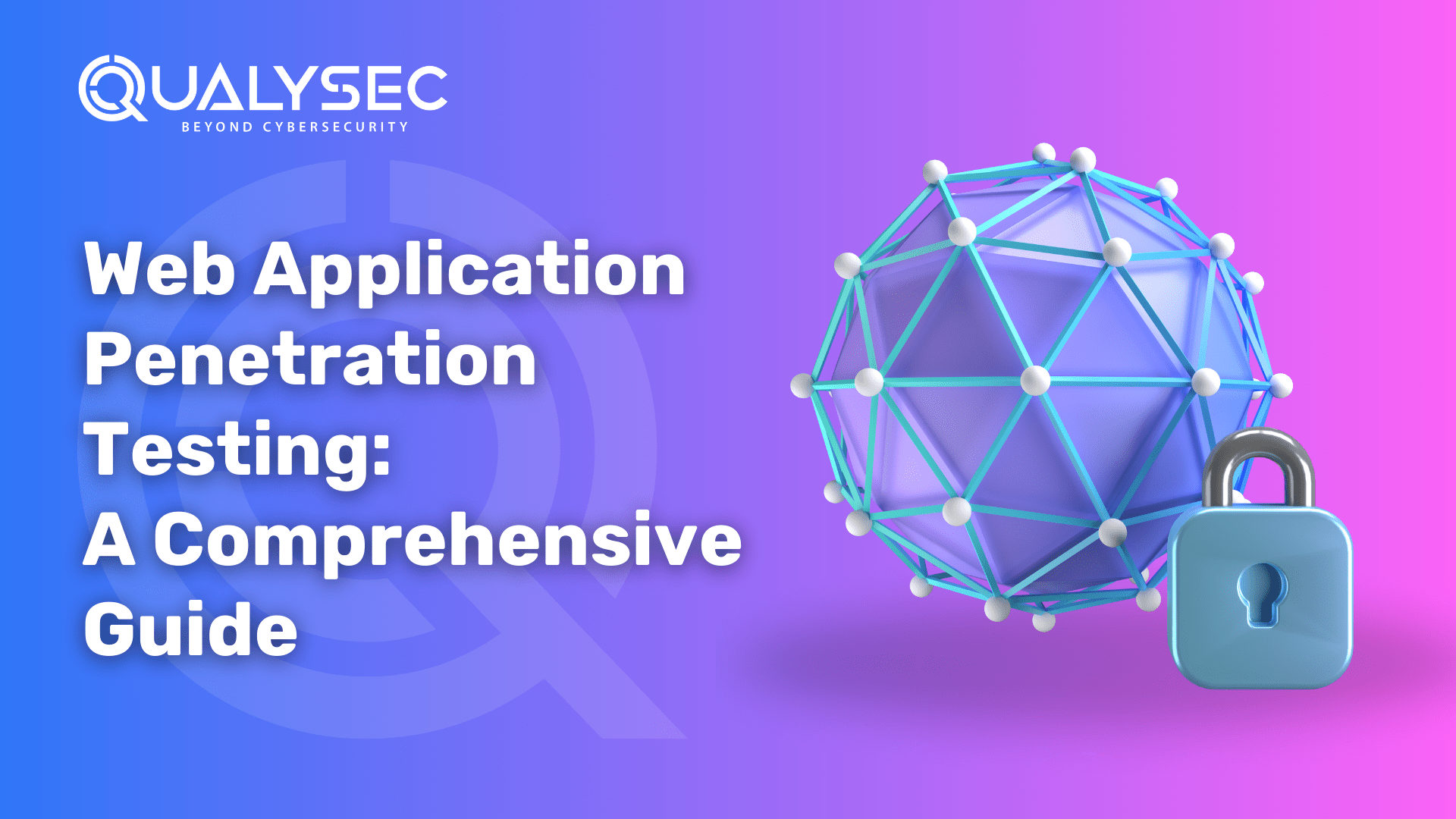
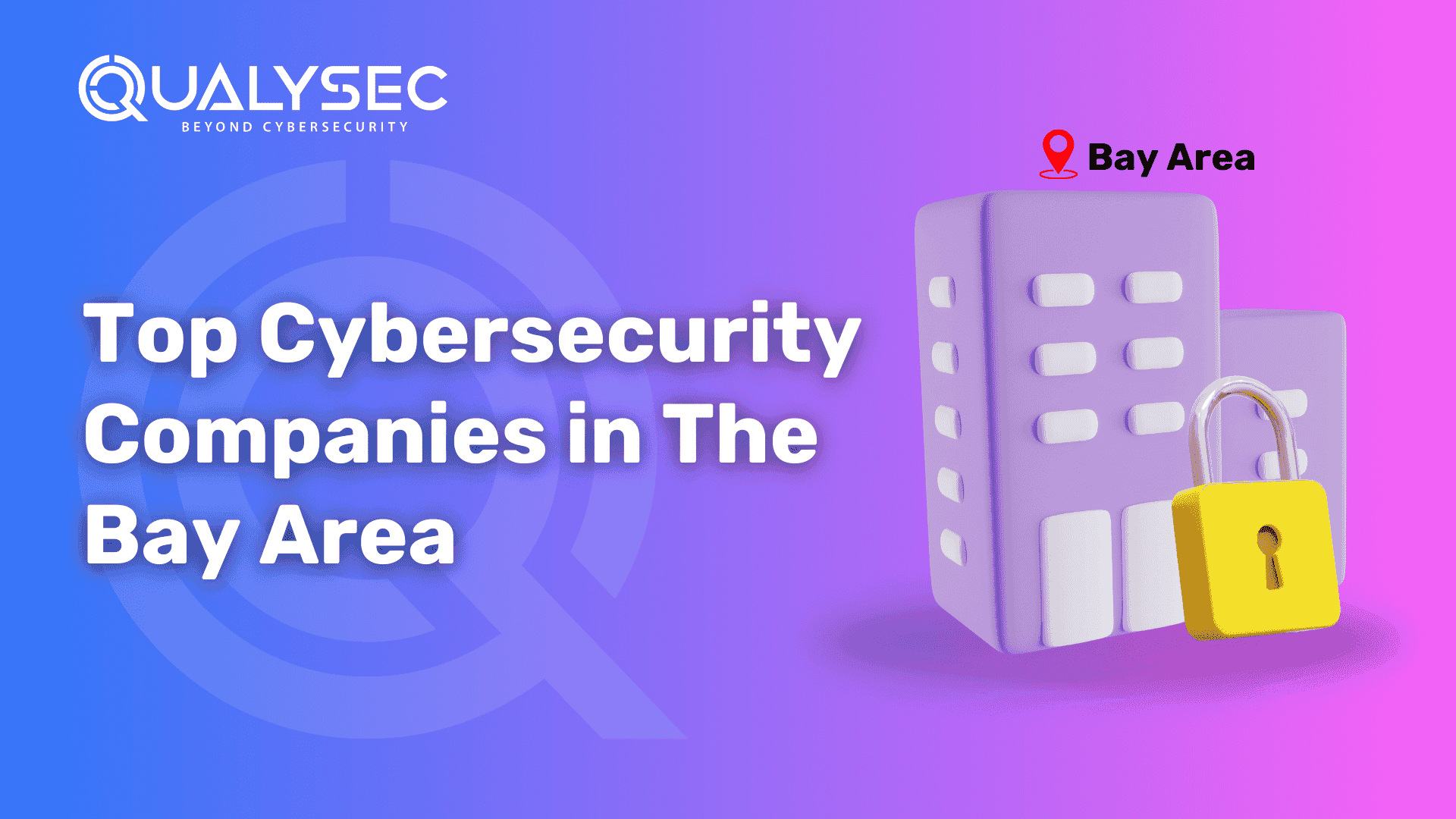
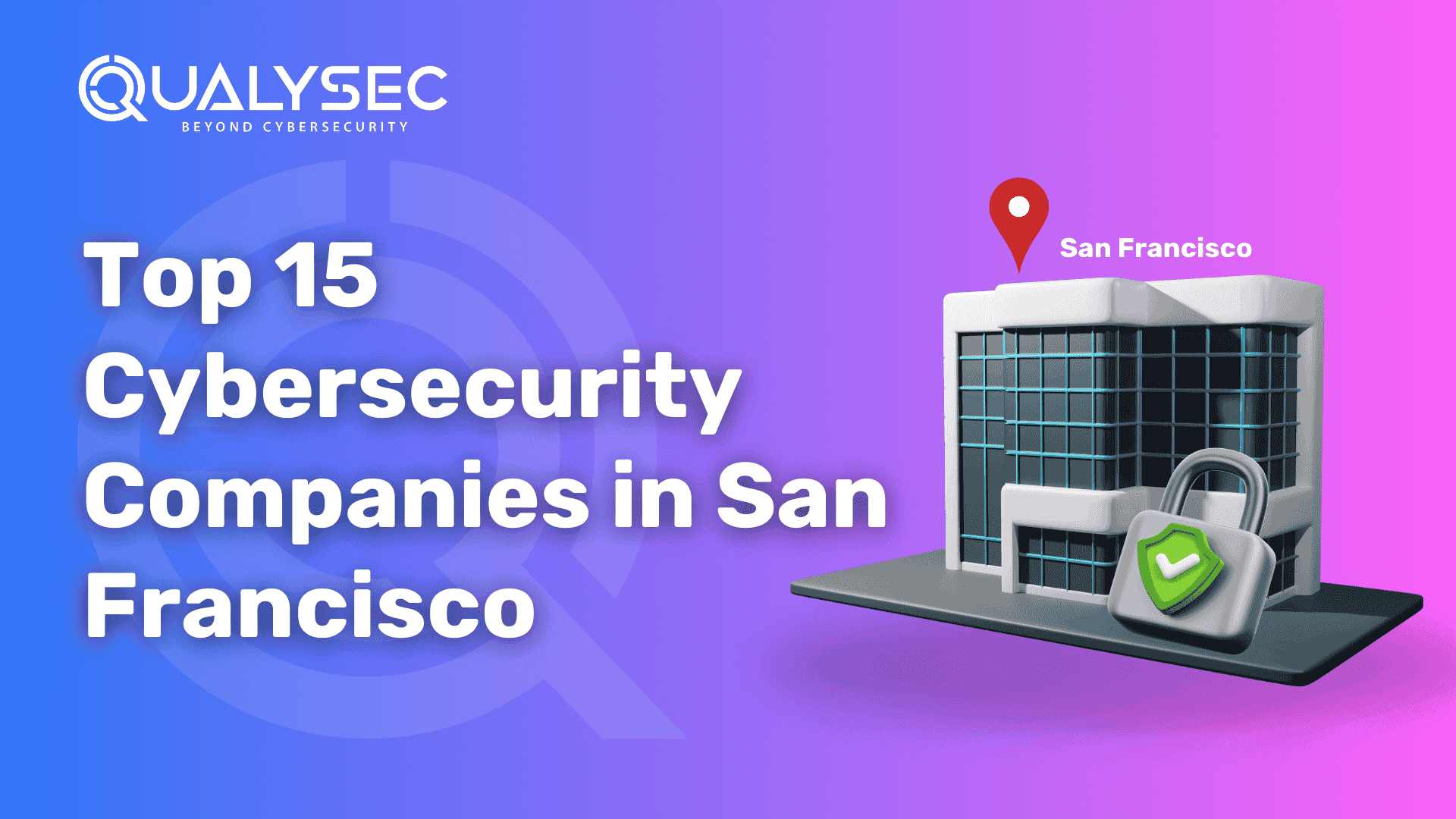
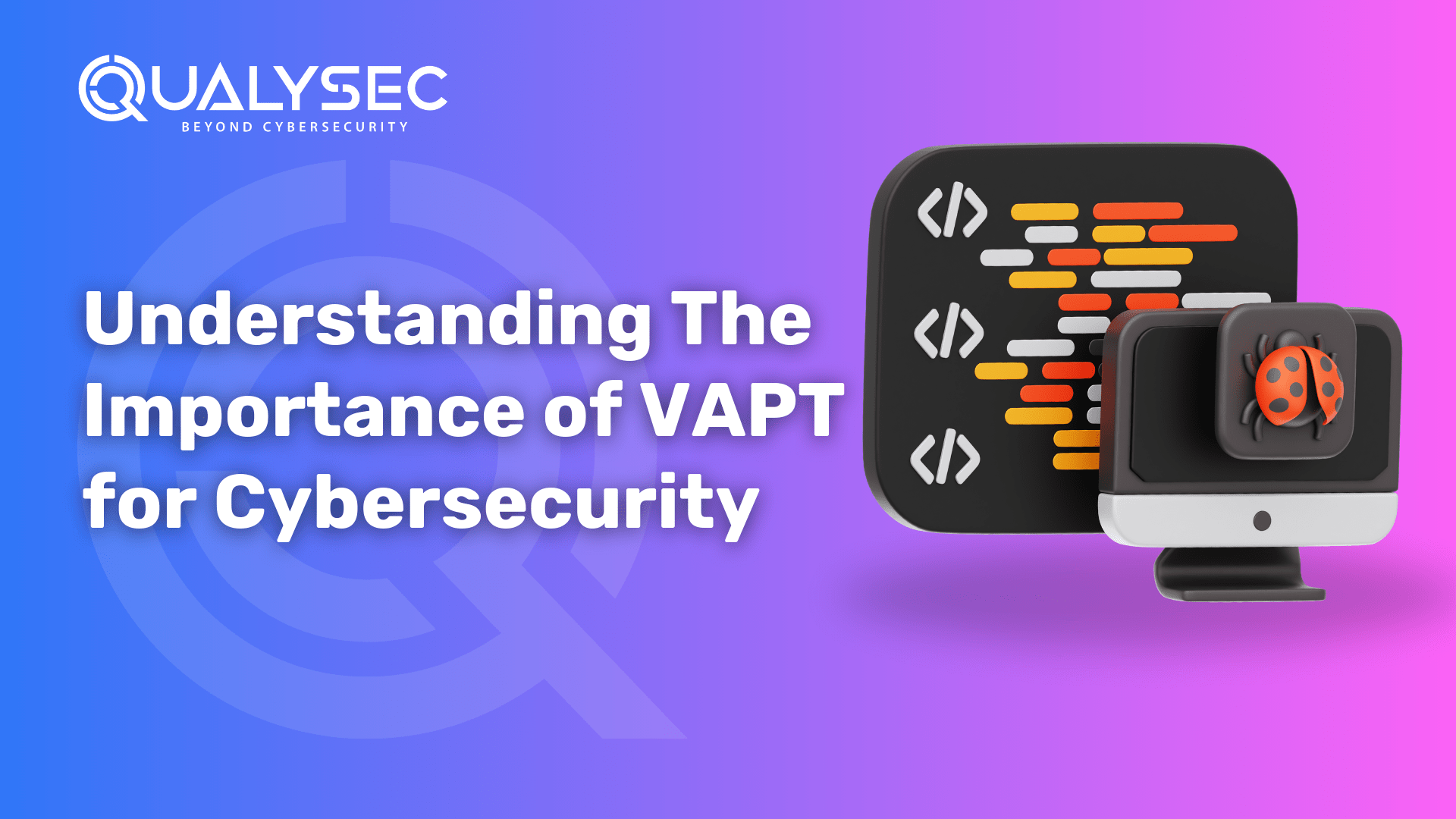
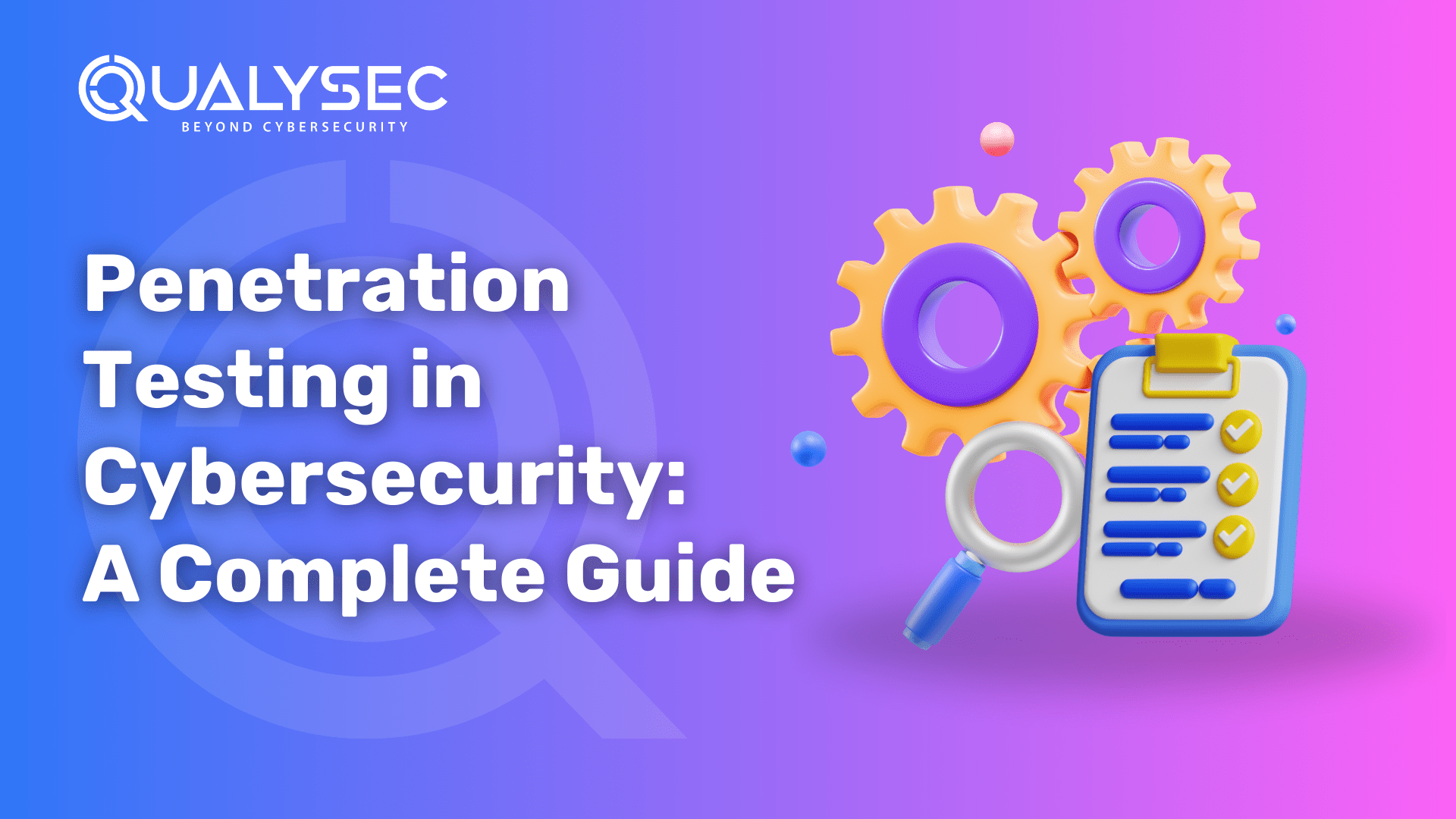
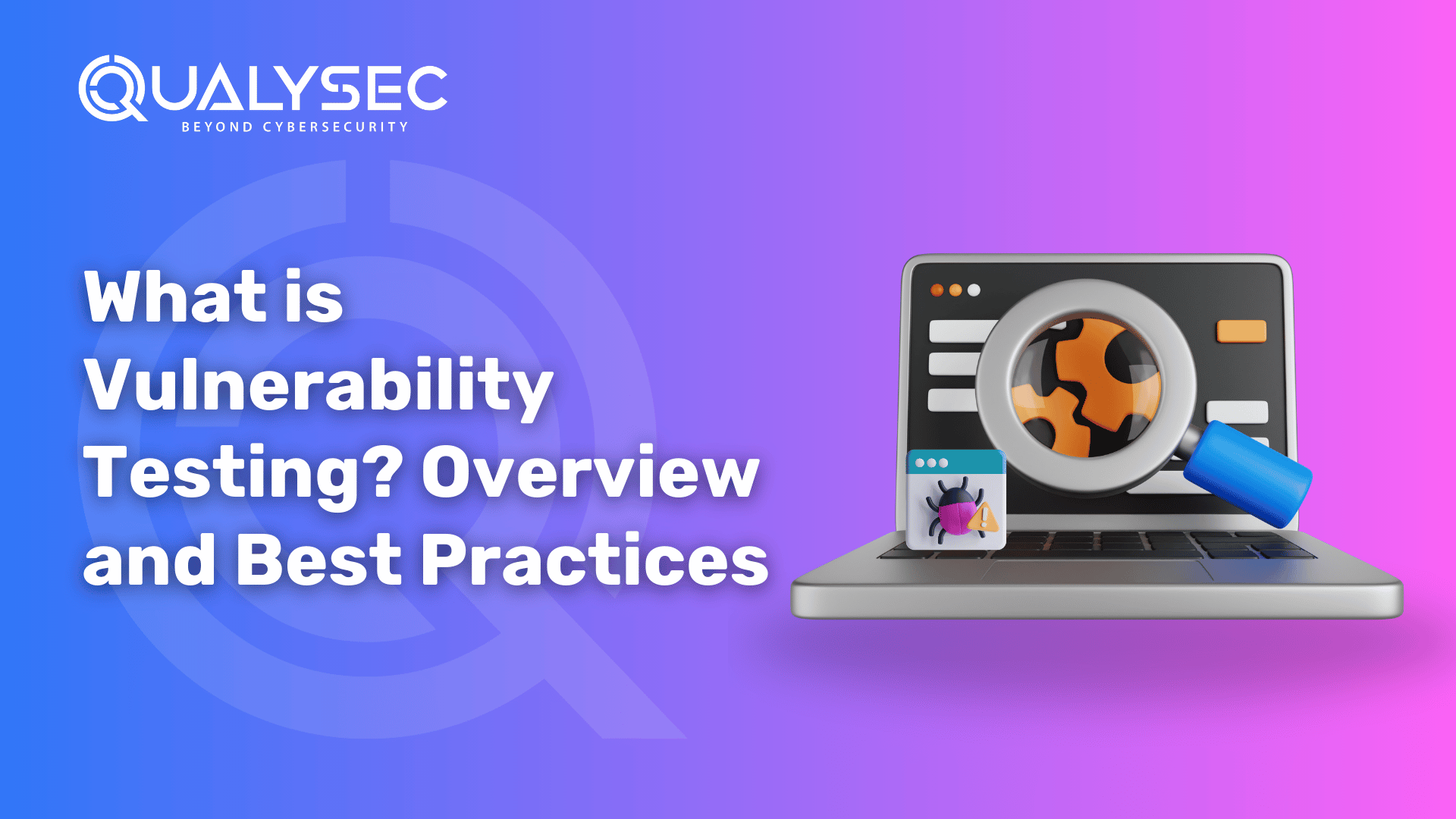
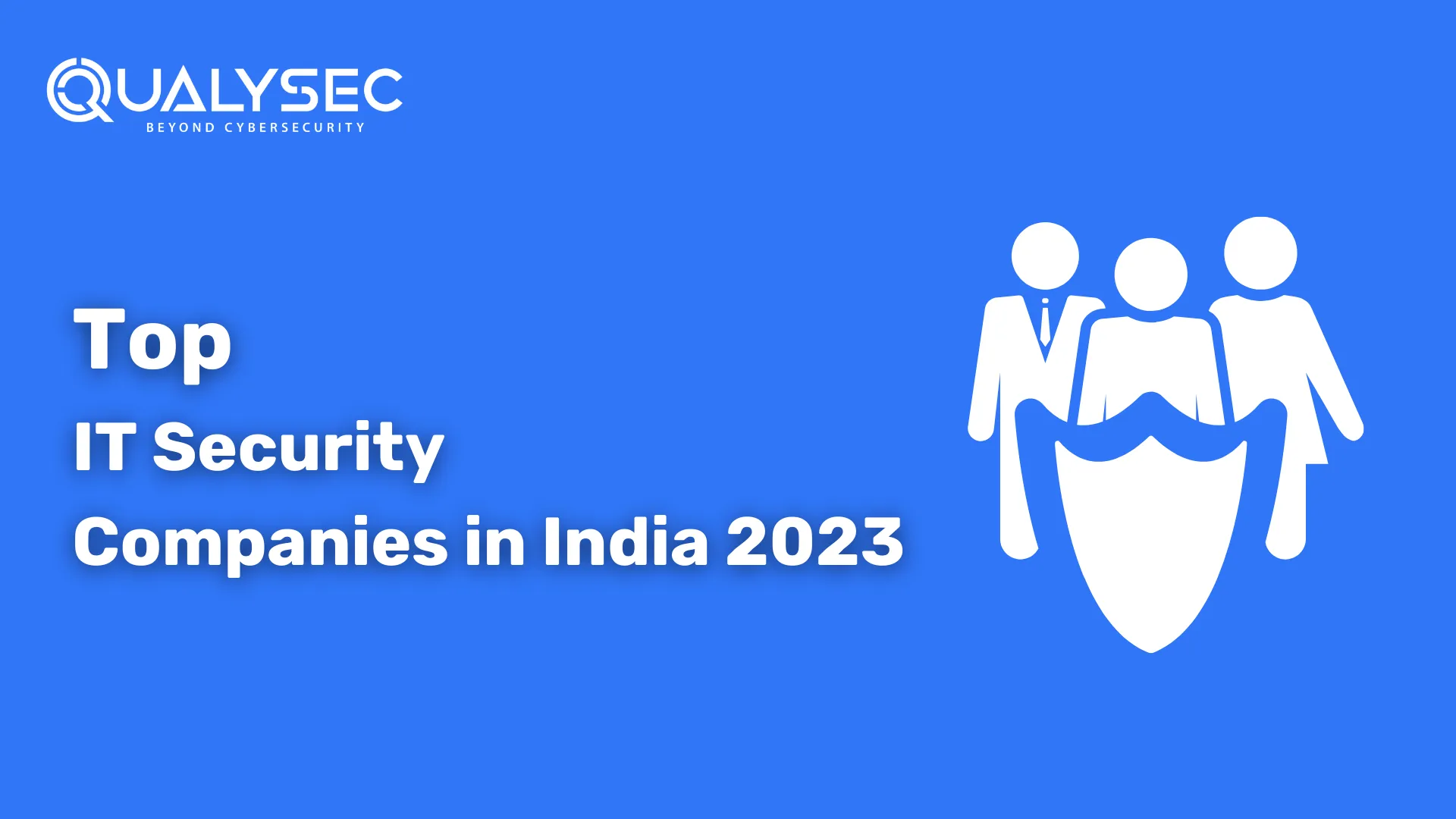
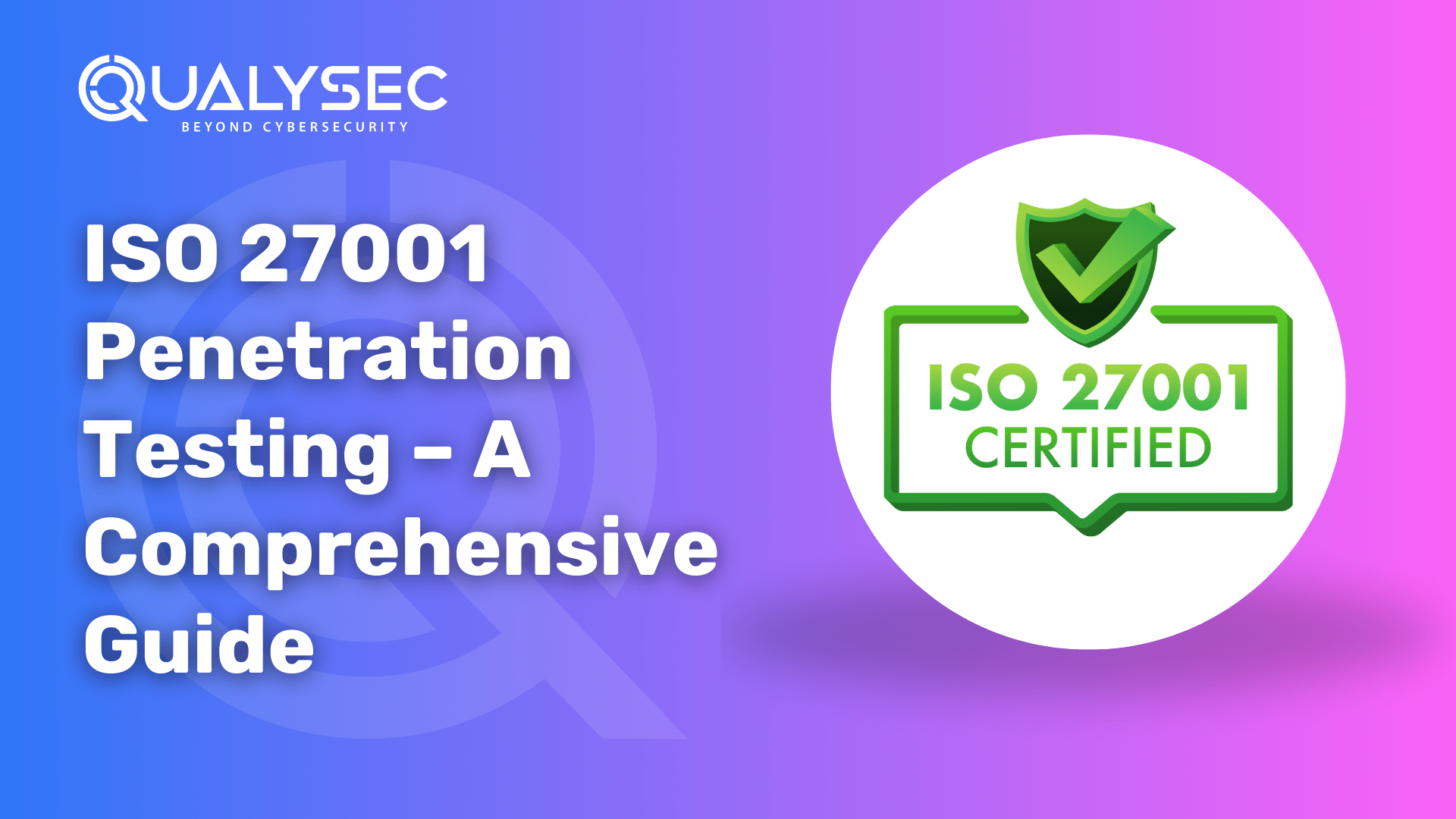
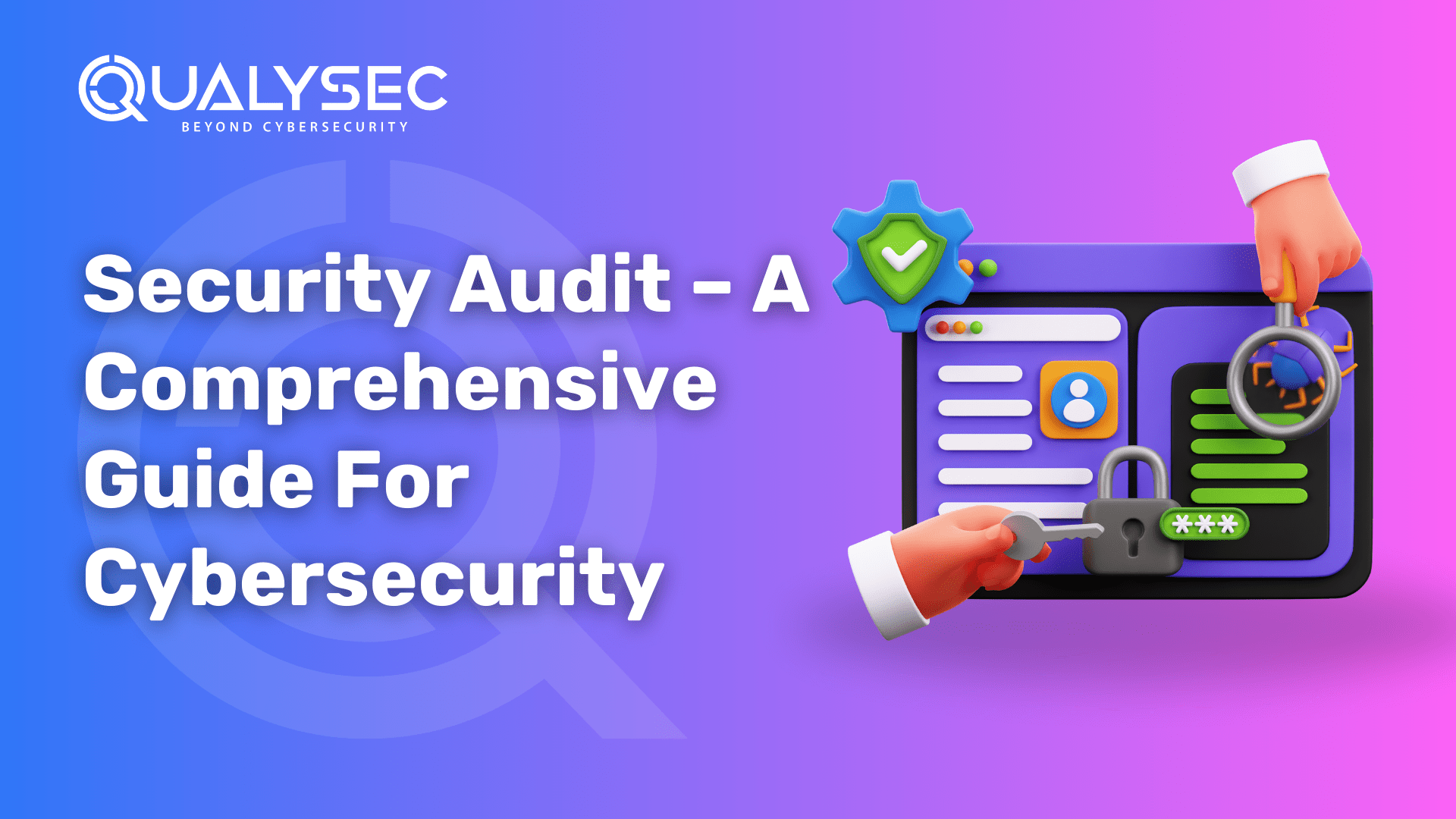
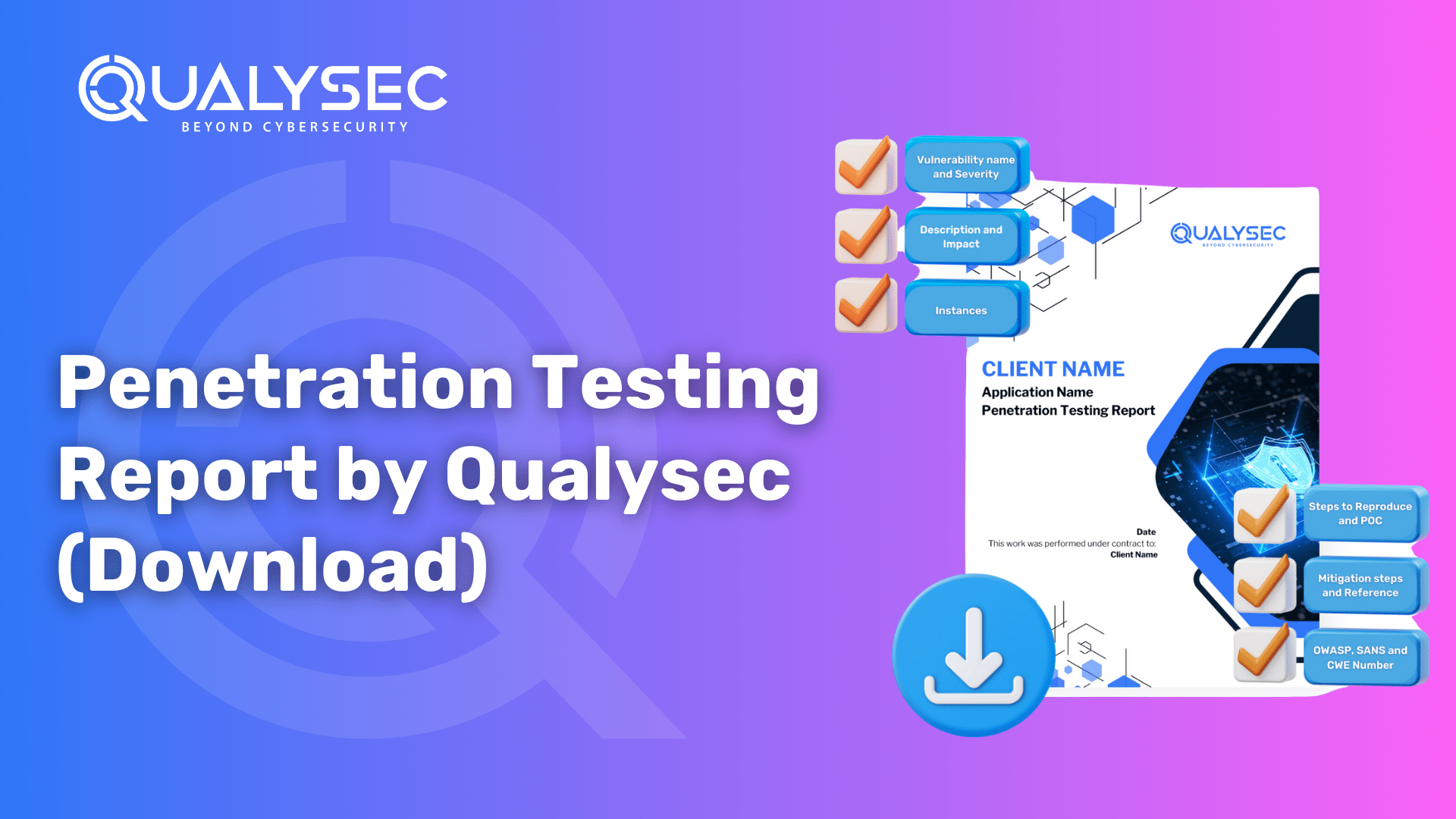
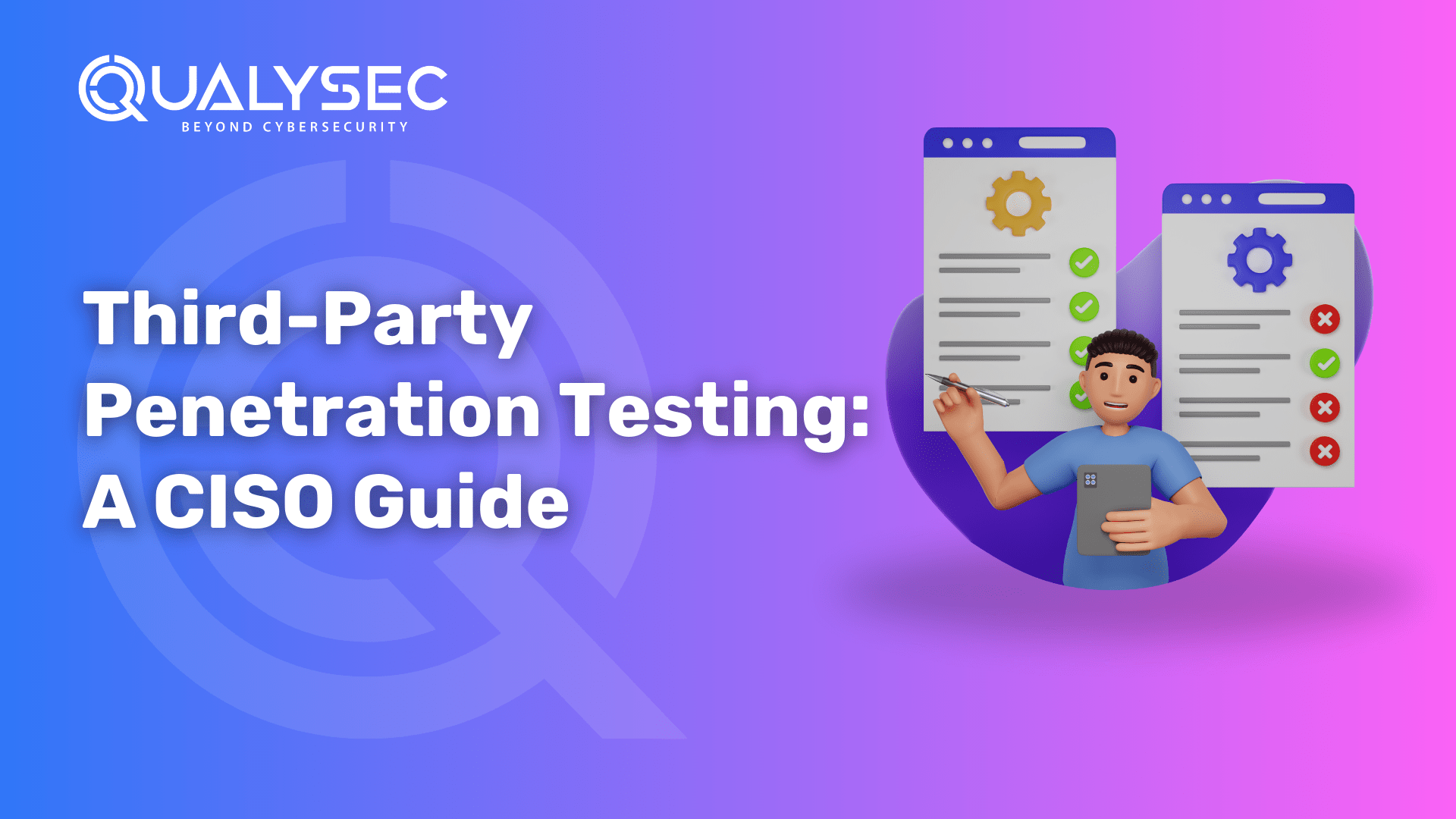
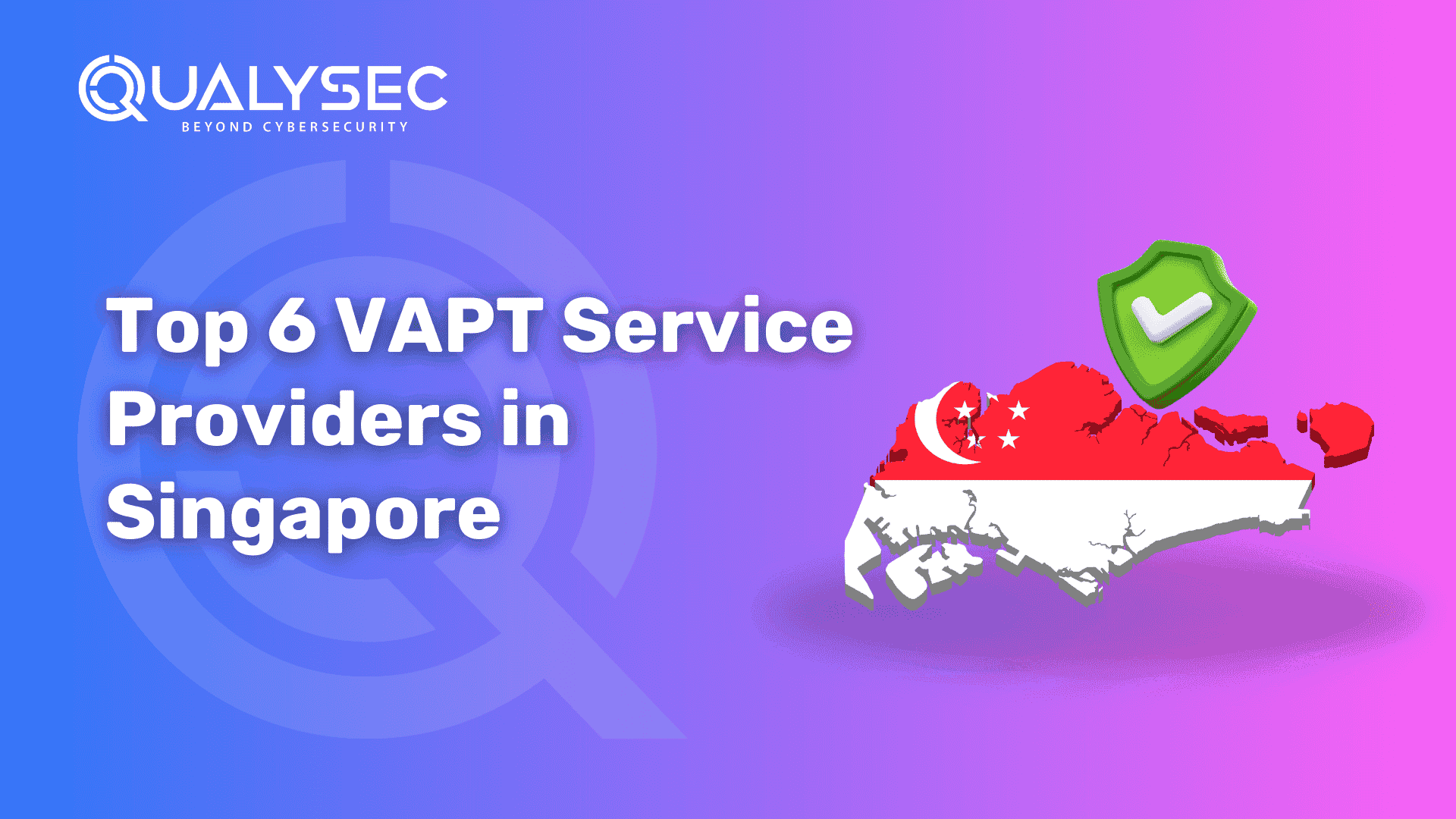
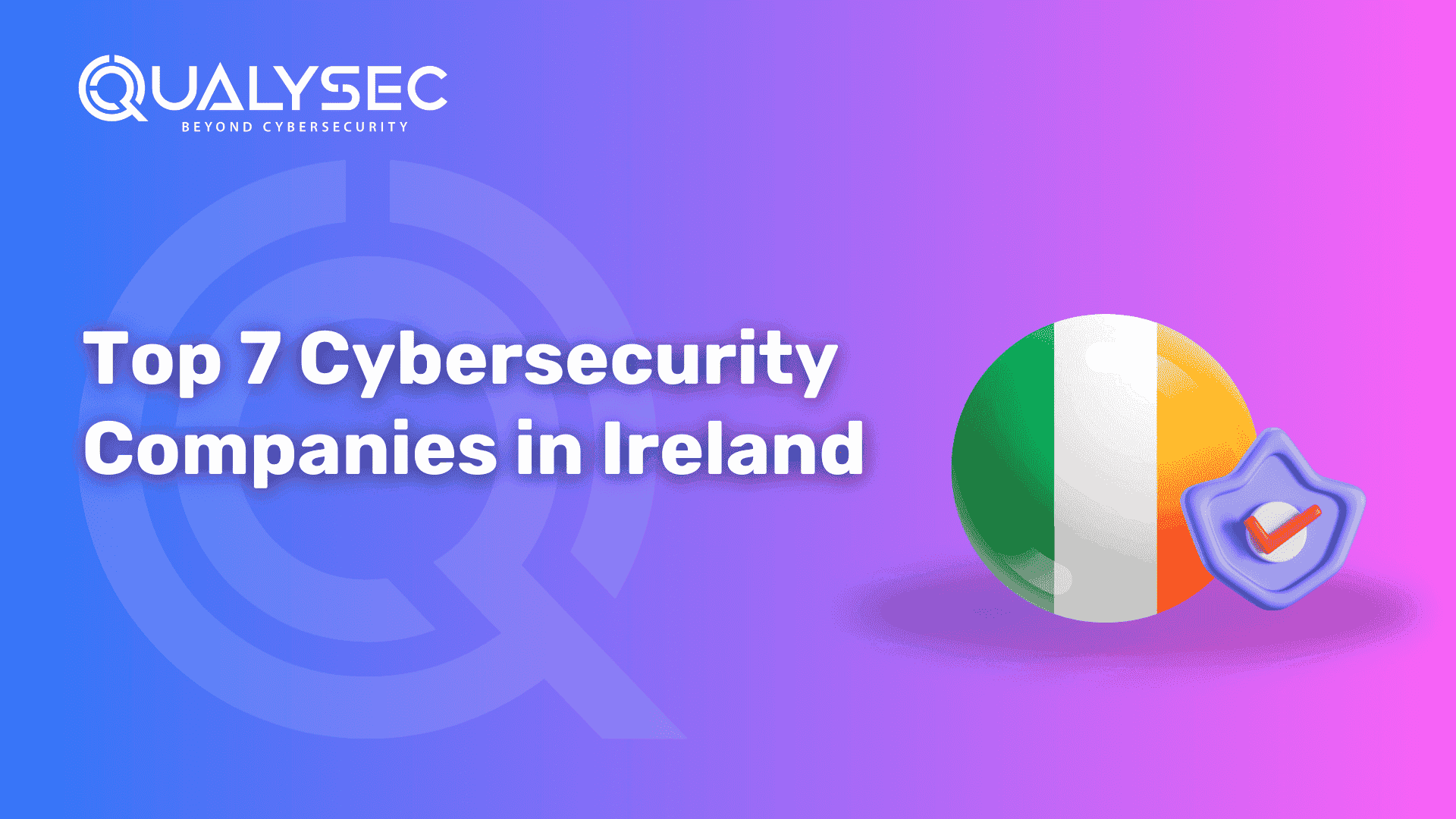
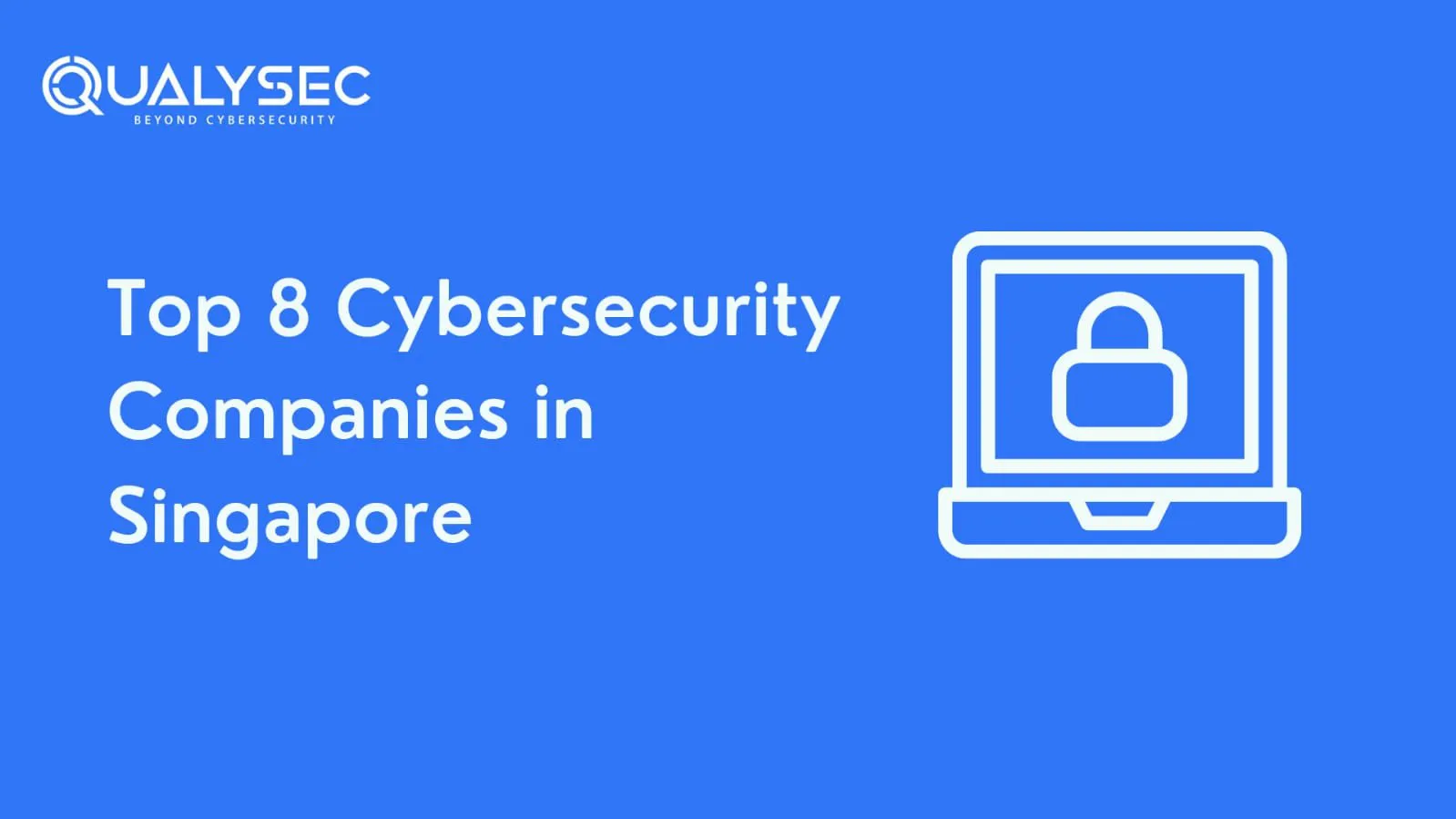
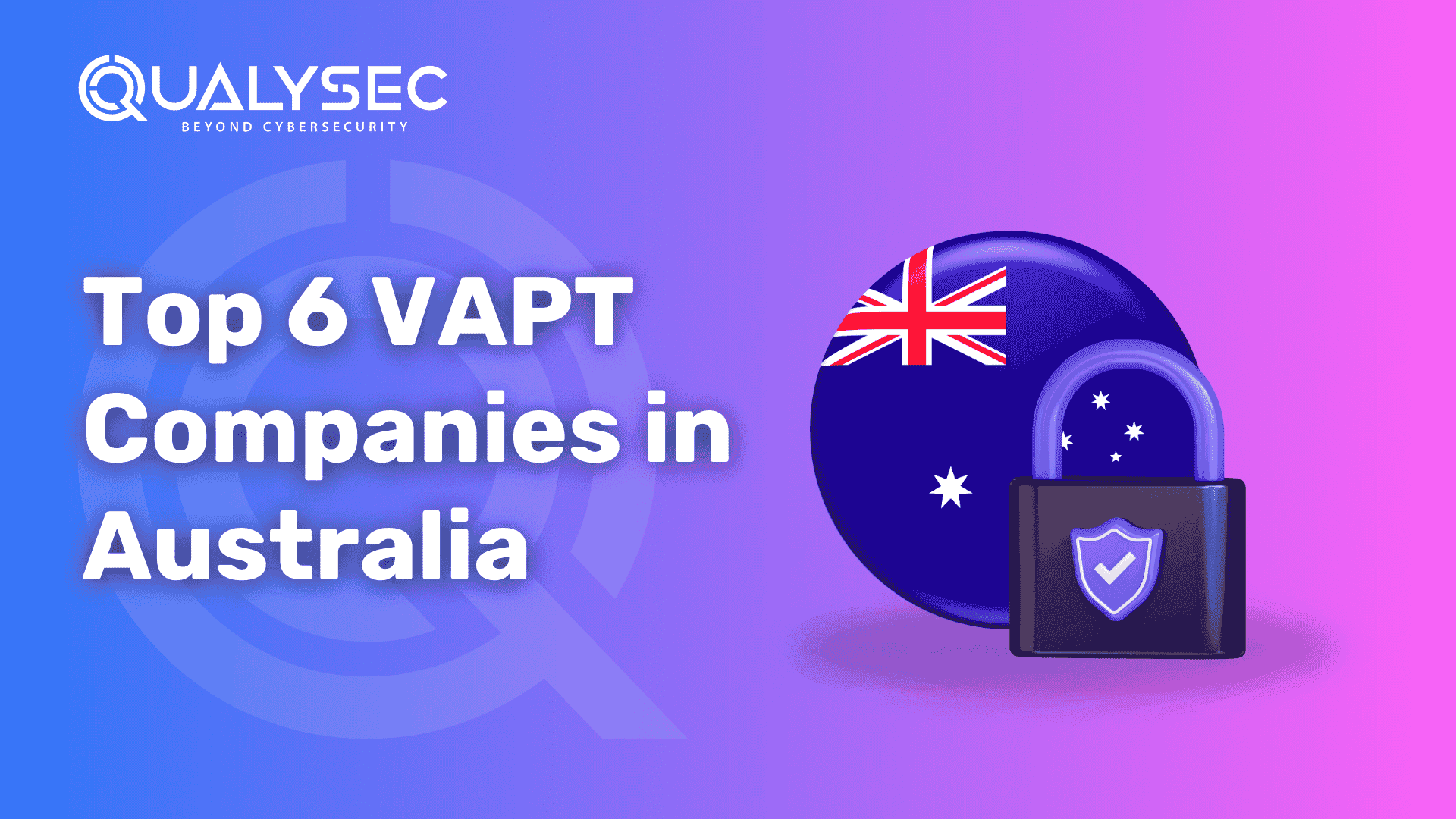
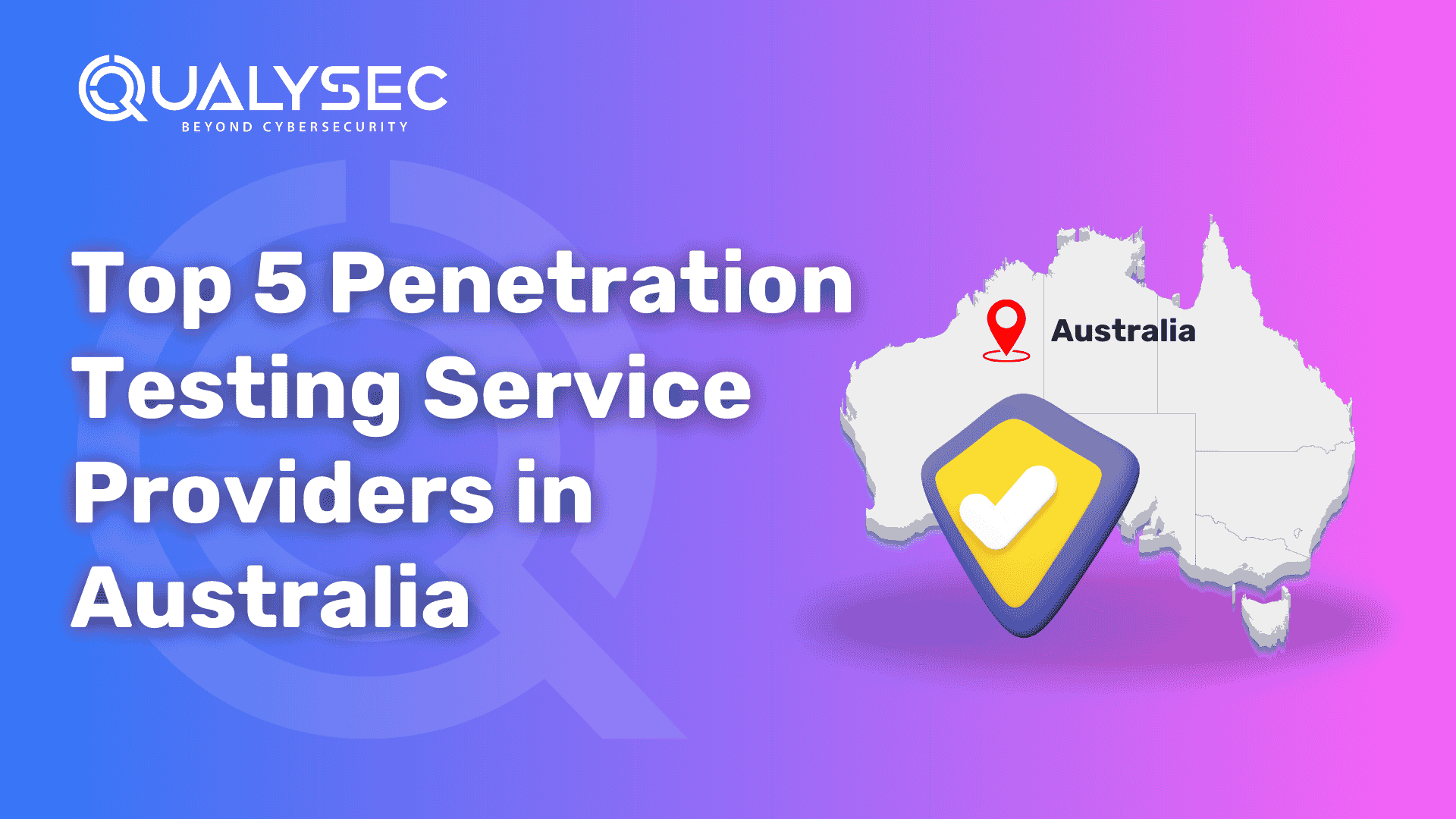
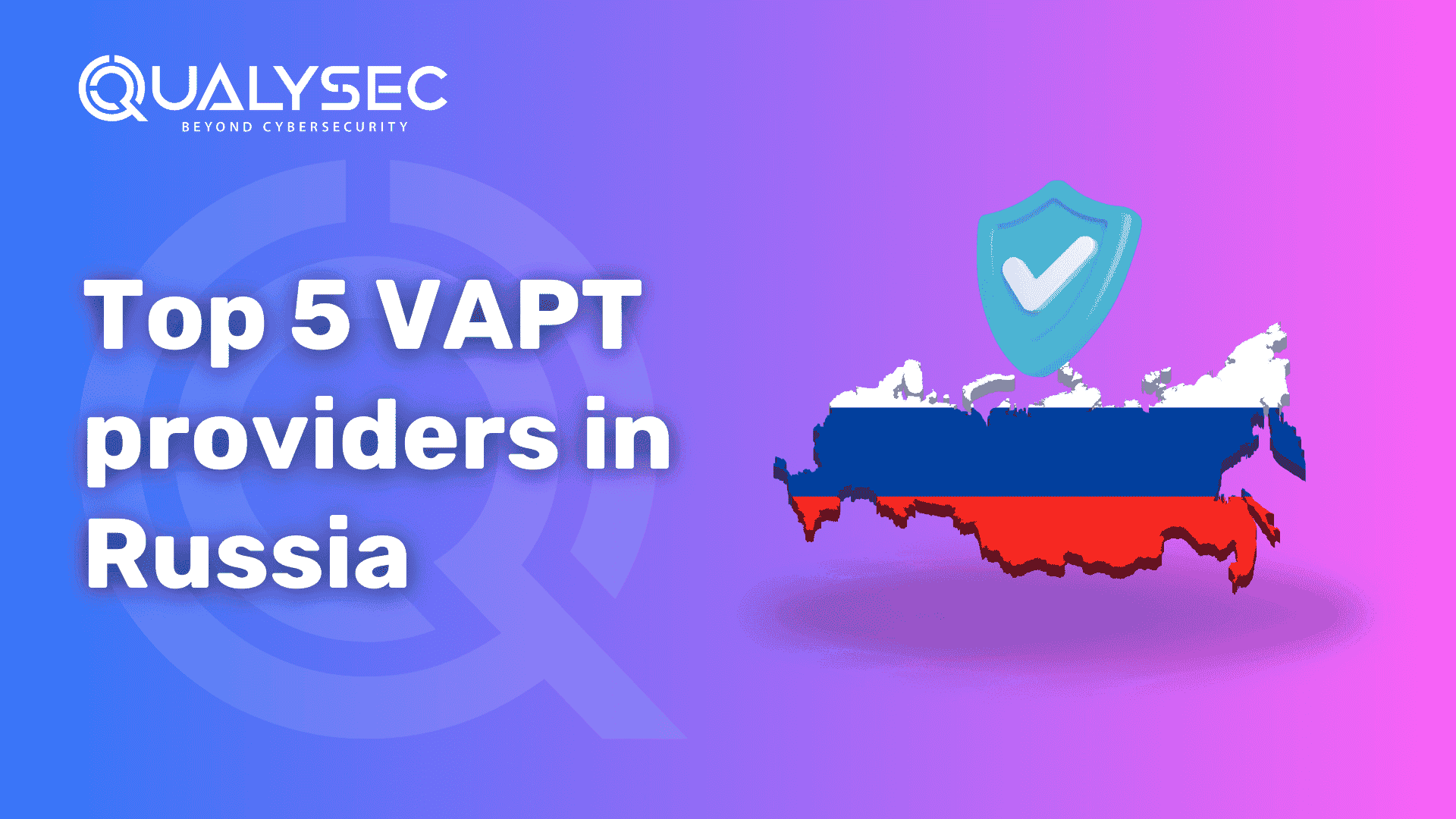
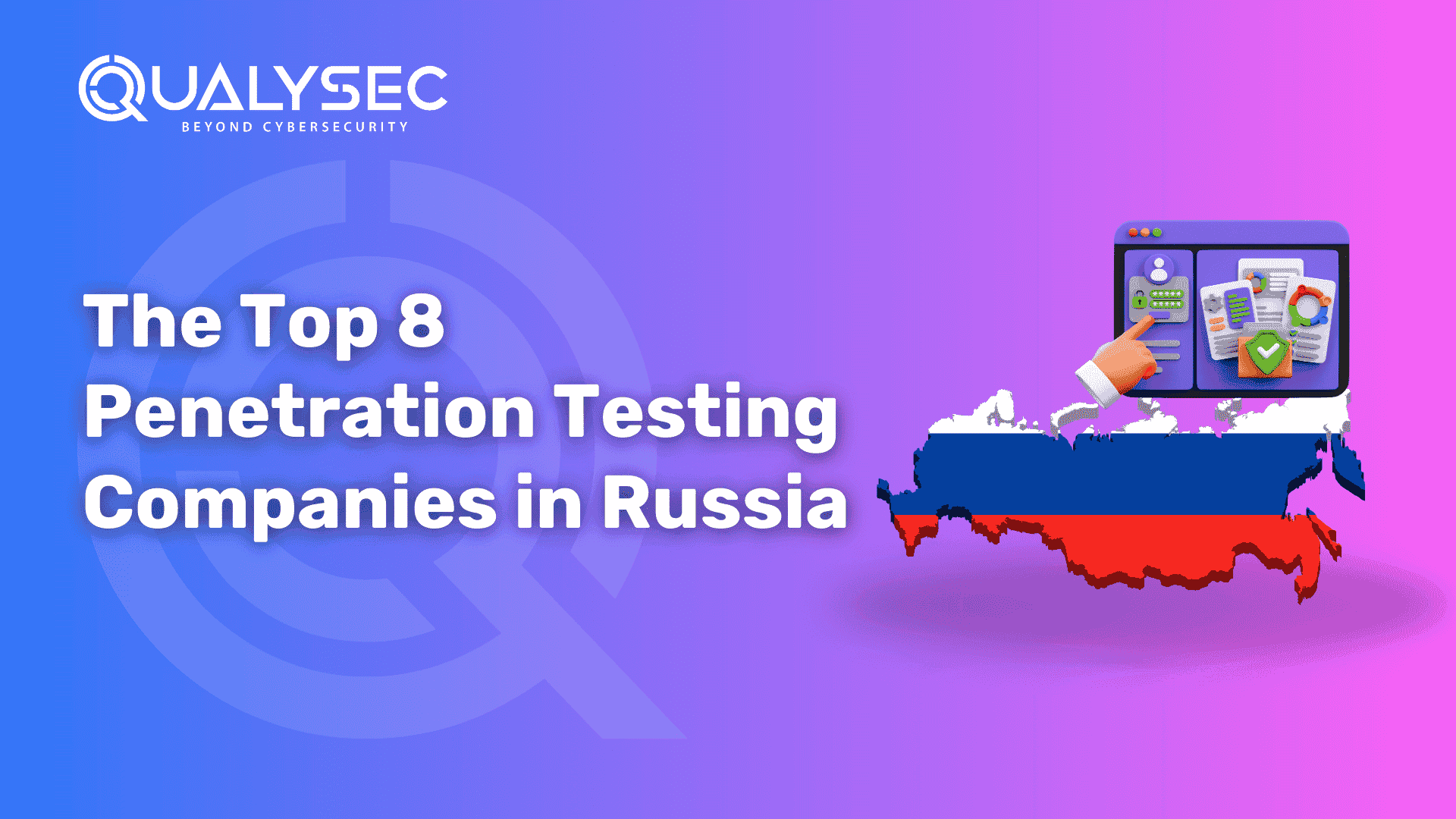



0 Comments